Christina Lonsdale—the artist behind our Color in Motion class series—is a force of nature behind the camera. A conceptual artist (and obé member!) who’s been profiled by the ranks of The New York Times, Vogue, Vanity Fair, GQ, and more, Christina has brought new life to aura photography—with a cult following to match.
Since 2014, she’s traveled across North America capturing aura photographs for her project Radiant Human, which studies the connection between color, energy, and identity through a collection of almost 46,000 photographs. Some of her most well-known subjects include Diane von Furstenberg, Alexander Wang, SZA, and Gwyneth Paltrow.
It was this on-the-road lifestyle that also helped her discover and fall in love with obé years ago. Now, she’s bringing her art to the Box by designing three new colorways for the Color in Motion class series—a mood-boosting journey that takes you through Joyful, Calm, and Energetic workouts.
Here, Christina gives us the 411 on her obé routine, her design process, and how to bring the power of color into your everyday life.
What inspires Radiant Human?
I’m really inspired by layers of self, identity, and self-discovery through creative exploration. Cindy Sherman, James Turrell [editor’s note: this artist was also an inspiration to the obé founders!], and Niki S. Lee were all huge influences for me.
Tell us about aura photography—what does one’s “aura” signify? How can a camera “capture” it?
This camera is basically like an interactive filter—but it was invented in the 1970s! The camera works on the principle that we all have electricity in our body and that electricity radiates past our skin’s surface, which is basically what an aura is. This camera uses hand sensors that pick up this electricity. Through a proprietary algorithm, it matches the wavelength of this electricity to a wavelength of a color, and then that color comes out as a second exposure on a dead stock polaroid photo.
It takes just about 60 seconds for the photo to develop on film and I think that is really one of the treasures about this process. This is on film! It’s one of a kind! There are no doubles, no jpegs that can be duplicated and therefore become disposable. This photograph is as unique and singular as you are.
What connections have you seen between people and color in your aura photography?
Right away, I started seeing amazing consistencies with the colors people were photographing with and what was going on for them in their lives. For example, red shows up for people that are going through changes like pregnancy, job loss, or a move. I just published a book titled Radiant Human sharing all my favorite images and a deep dive into the colors and what they represent.
Tell us about your process for developing the three new colorways for the obé Color in Motion series. What was the first step?
Color in Motion was a really fun project for me. It felt a lot like cooking (which I love to do), and very much like cooking with ingredients, colors play off each other to either enhance, support or clash with the overall flavor. So when I was asked to come up with colors that represented a joyful mood, an obvious ingredient would be a happy yellow. But a good cook knows that you can’t just have one ingredient. You gotta have a little bit of this and a little bit of that. Each color and hue has been specifically selected to support and enhance each other.
How did you know you’d landed on the “right” colorways for the Color in Motion moods?
Not to overuse the cooking analogy, but when you have that taste test and you get that umami zing, you know you got it right.
We love that you’re a member of the obé fam! How did you first discover obé?
There was a point in Radiant Human where I was traveling so much that I was lucky to be home 4 days out of the month. That’s not sustainable unless you can create some type of normalcy on the road. I compiled together travel hacks that I would call “secrets of the road.” A big one for me was daily exercise: I loved that I could just log onto obé wherever I was, no matter how much time I had, and there would be a class waiting for me. I’m just that type of person that gets too in their head if I don’t have some kind of physical activity. Even if it’s a 10 minute stretch, I just need to do something so I remember I have a body.
What’s your favorite thing about obé? Go-to class types + inductors?
The classes are so versatile—you really do have something for every mood and every schedule. Some days I’m about the workout, but other days I just need the connection so I’ll get down with a meditation with Lulu or Liz. Pilates and Barre is my essential go-to for hotel rooms because there’s very little equipment or motion required and you still get a great workout.
For me, the most obvious favorite part about obé is that it’s beautiful. Not just aesthetically—I mean, I’m a sucker for a good gradient—but it feels beautiful to interact with the obé space. It’s not some yolked-out gym instructor in beast mode. Your instructors are so diverse but they all have one thing in common—they all come across really open and accepting. Which feels like home, even when you’re far away all the time.
Do you think color can impact your workout? If so, how?
I think it depends on the person. But for me? Definitely. If there’s a really mellow color paint or backdrop, I have a hard time getting motivated to push myself. Same goes for my clothes.
I have these great fire-engine red fly-knit Nikes that I only wear when I’m going to challenge myself to beat a previous record. Red symbolizes manifestation and transformation. Whenever I get tired and think I can’t do it, I just look down at those shoes and it reverberates that intention and I get juiced again. Color for me is like a secret language, or better yet, a secret power. Most people won’t know, but you will, and that changes everything.
What are your favorite ways to bring color into your everyday life?
Interior paint has been a game changer in my house. Each room has an action that I associate a color to and, just like the red Nikes, it helps guide the energy so you can focus on more important things.
Bed linens are also great because you can change them easier than paint color, and it gives you the opportunity to communicate with your partner or even yourself in more nuanced ways.
Those are the essentials but you can build on that—and most importantly, have fun! If you want to dig deeper on what each color means, then pick up my book. But really, this is all about having your own dialog with yourself and how you can design your life to support your best self and the ones you love.
To stay up to date on Christina’s projects, follow her adventures on Instagram.
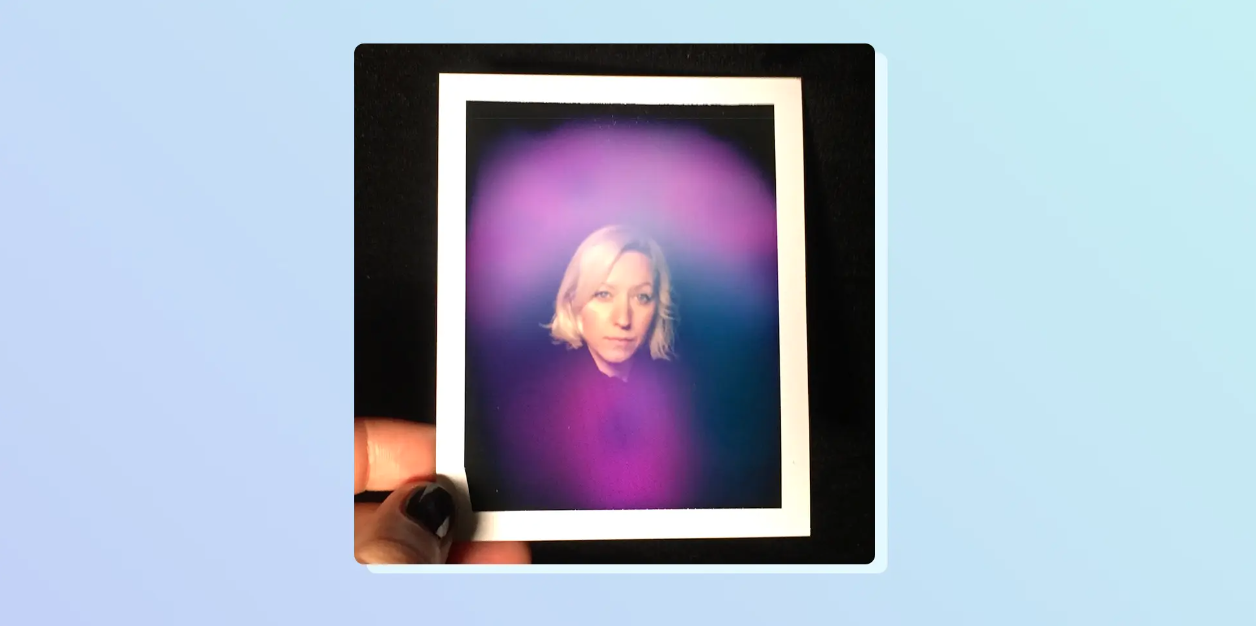
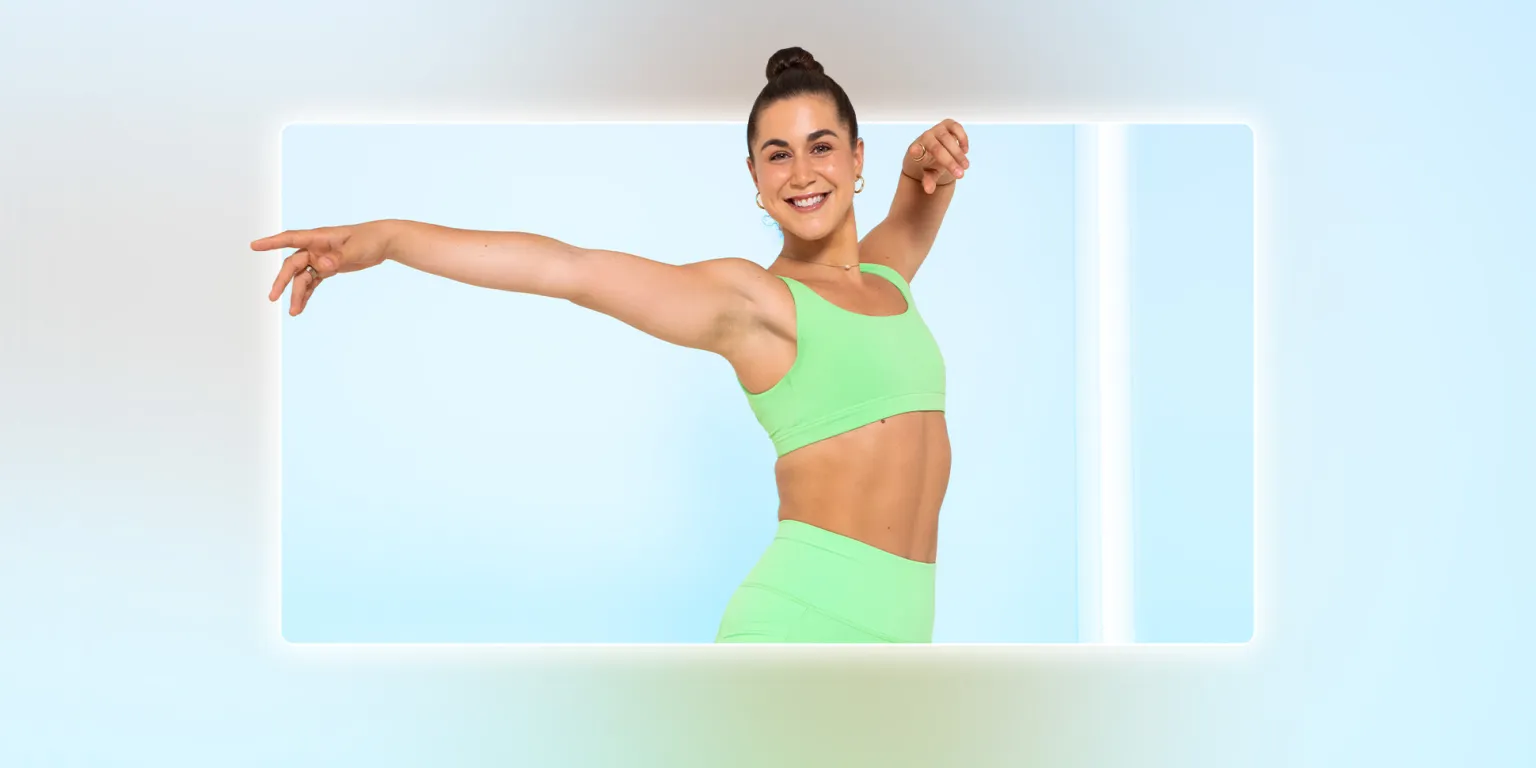
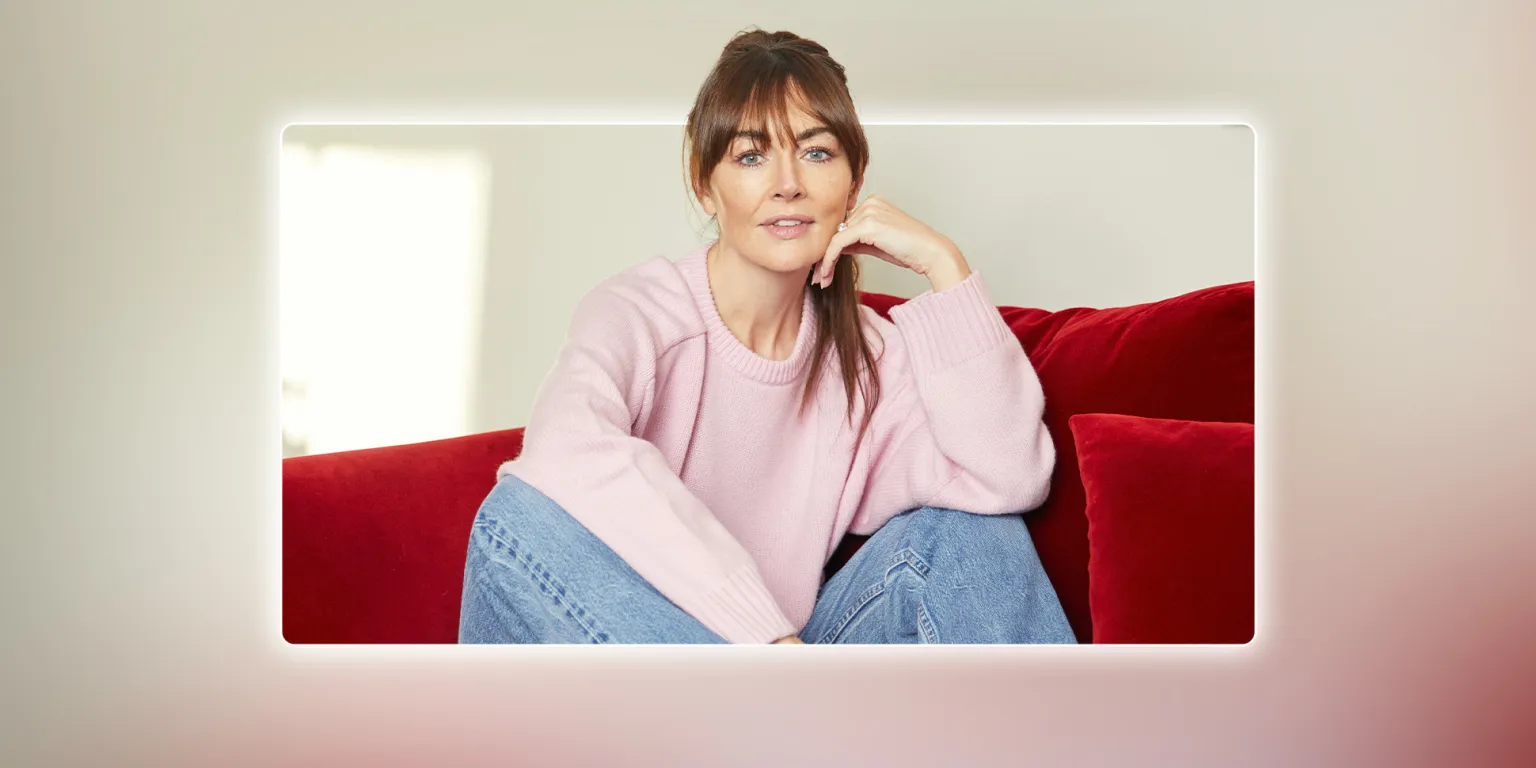

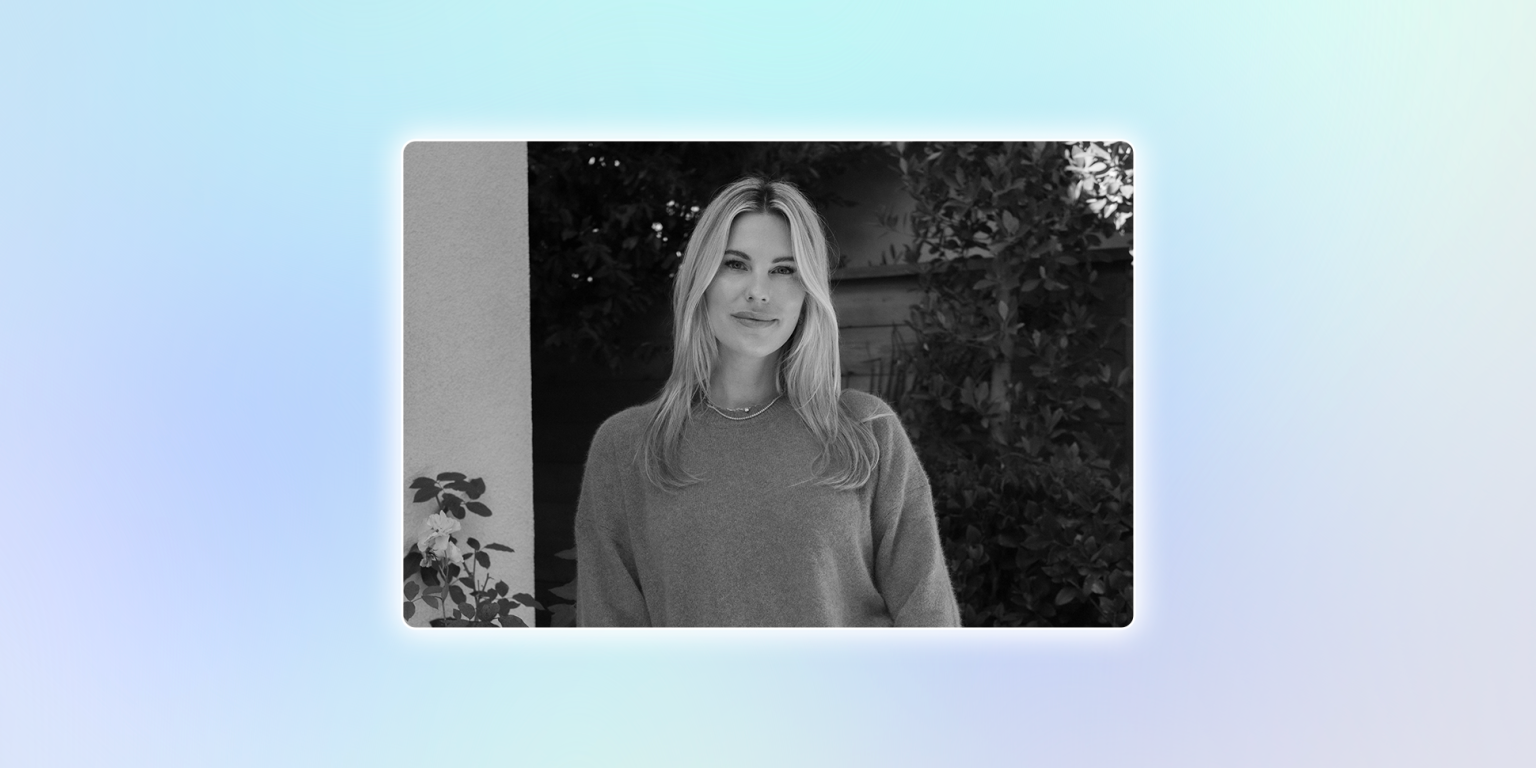
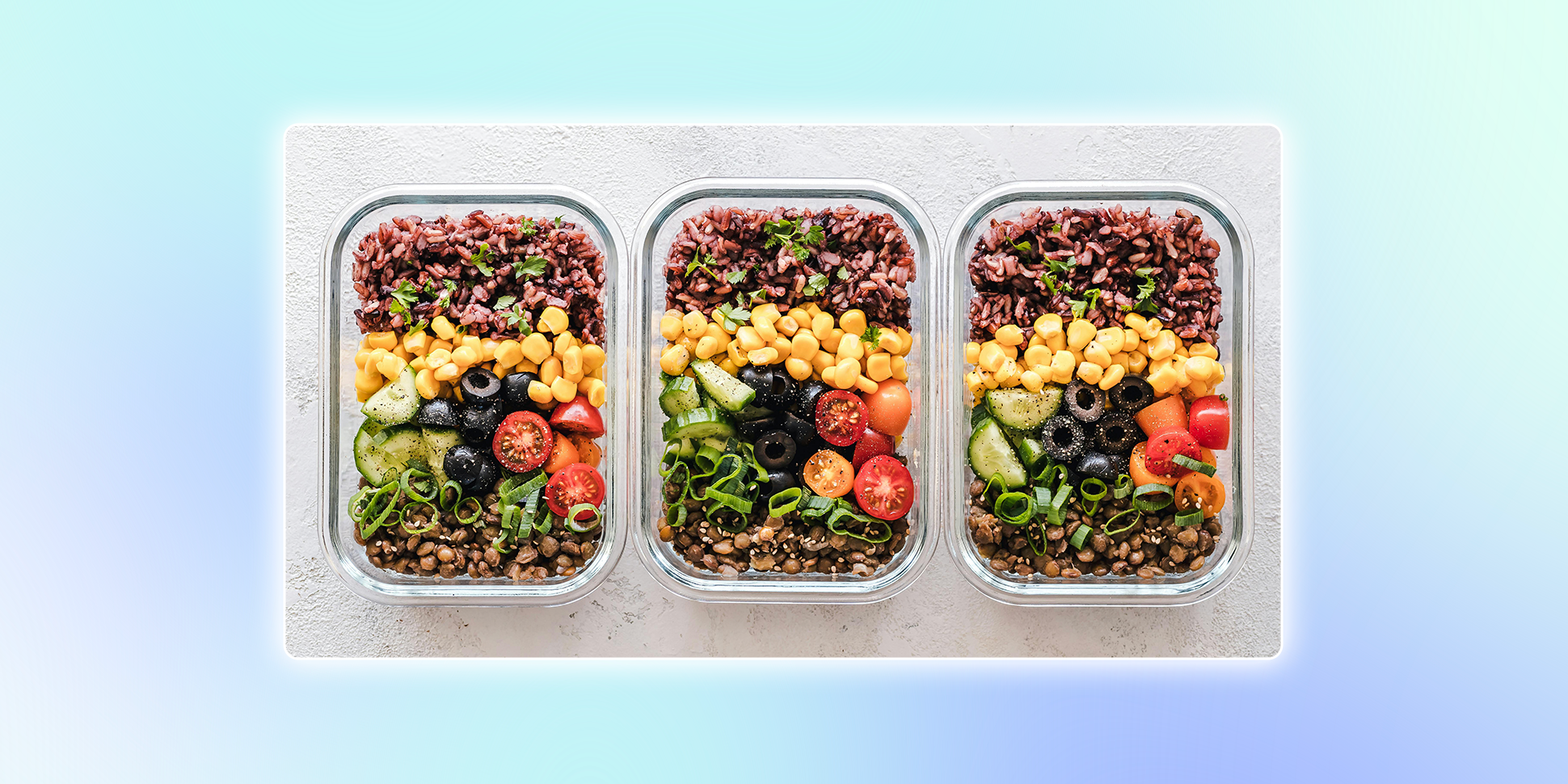
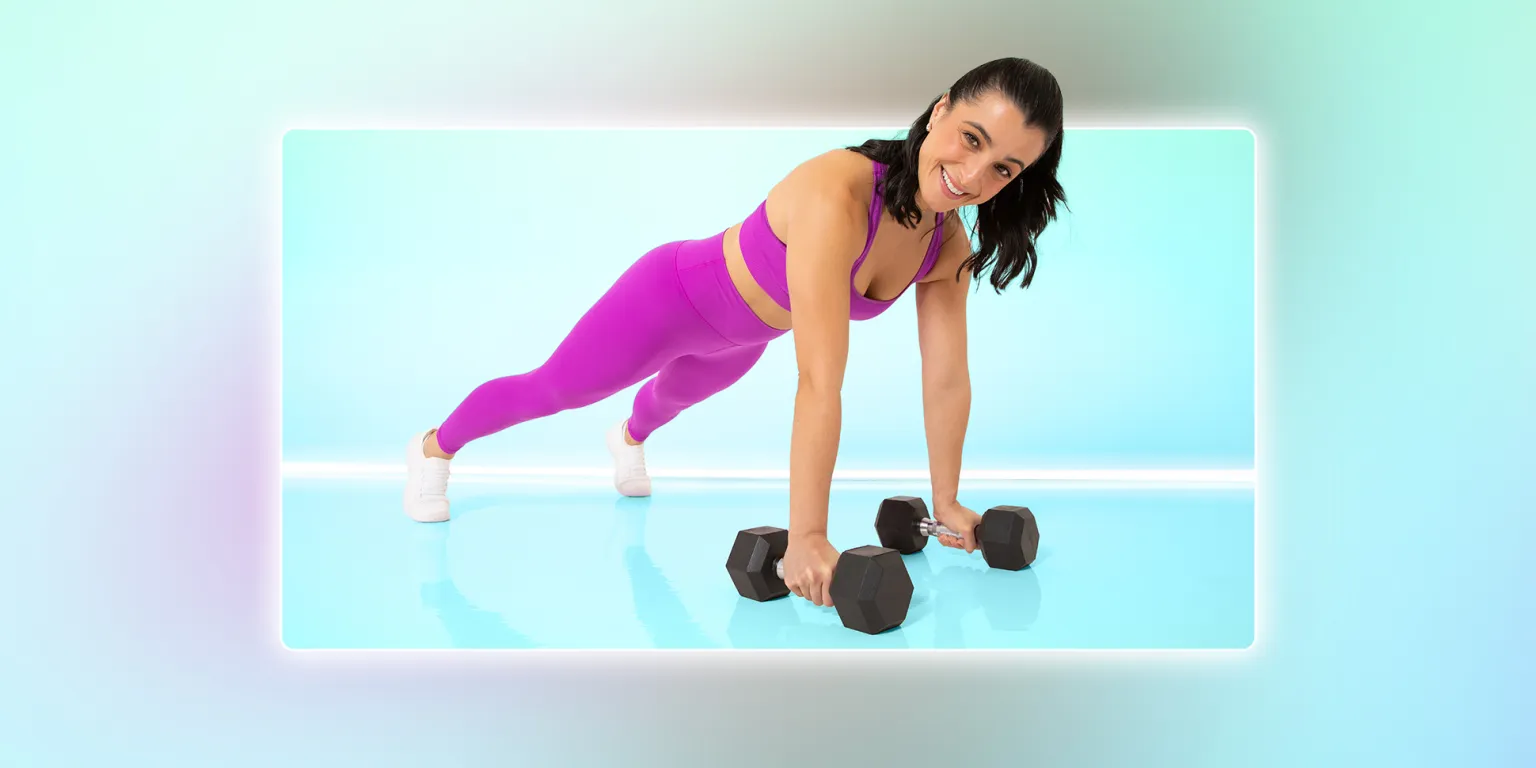
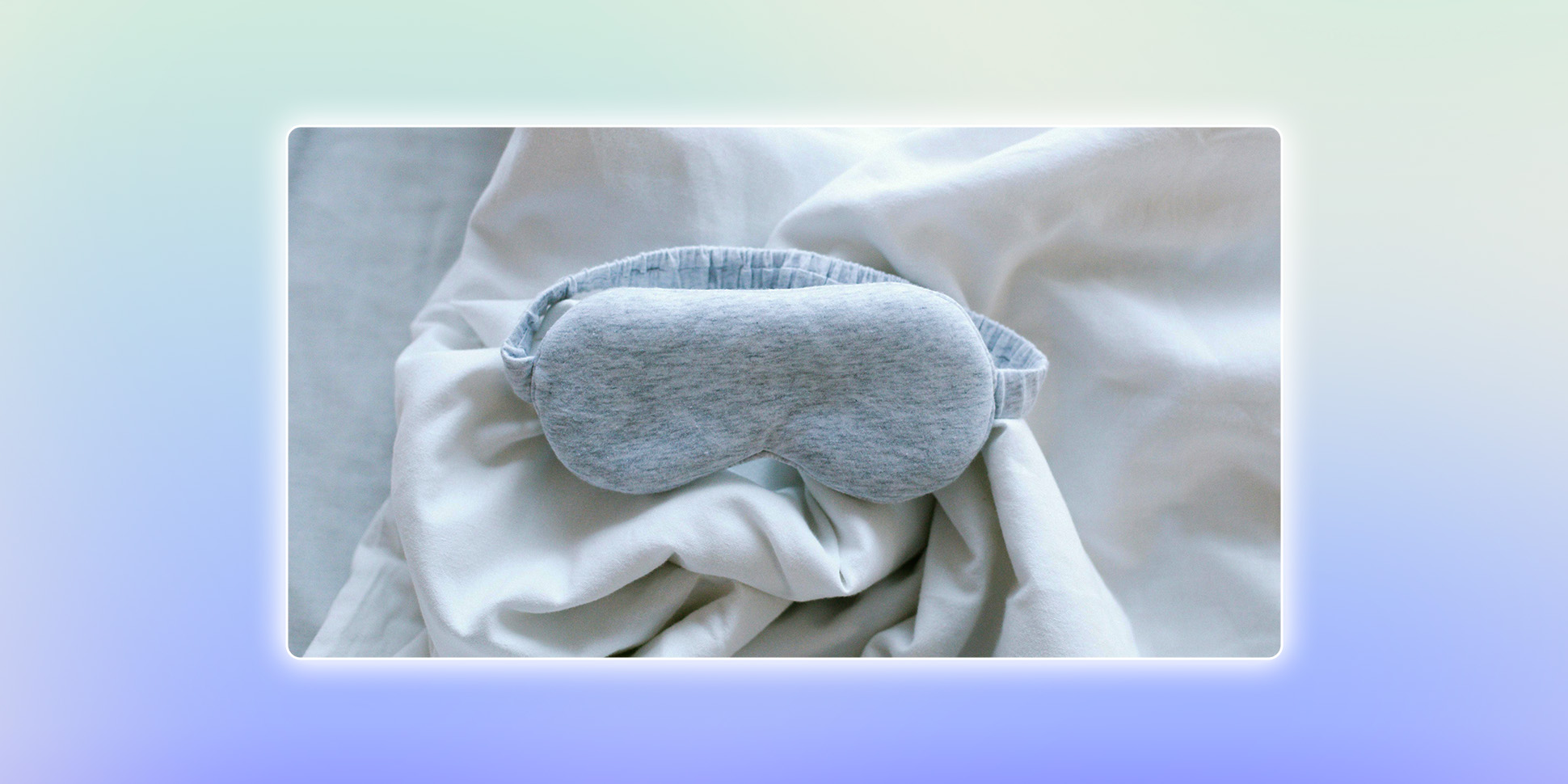
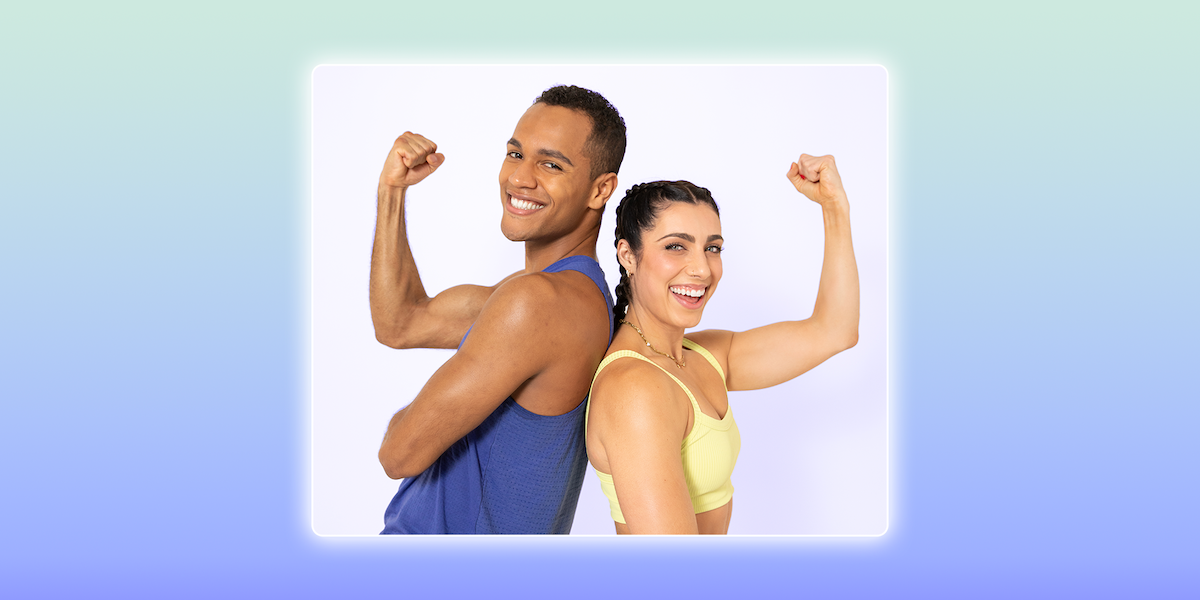
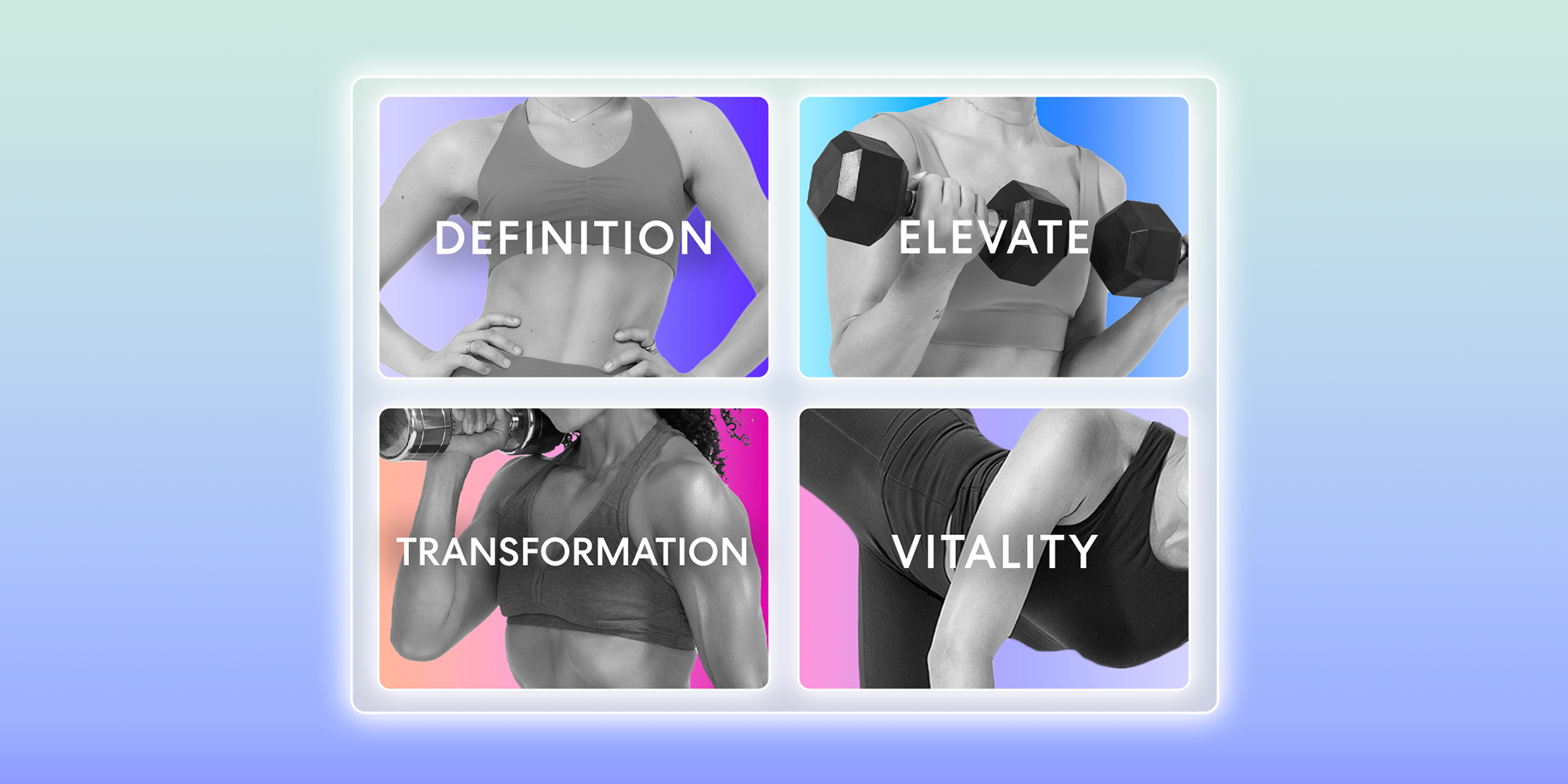
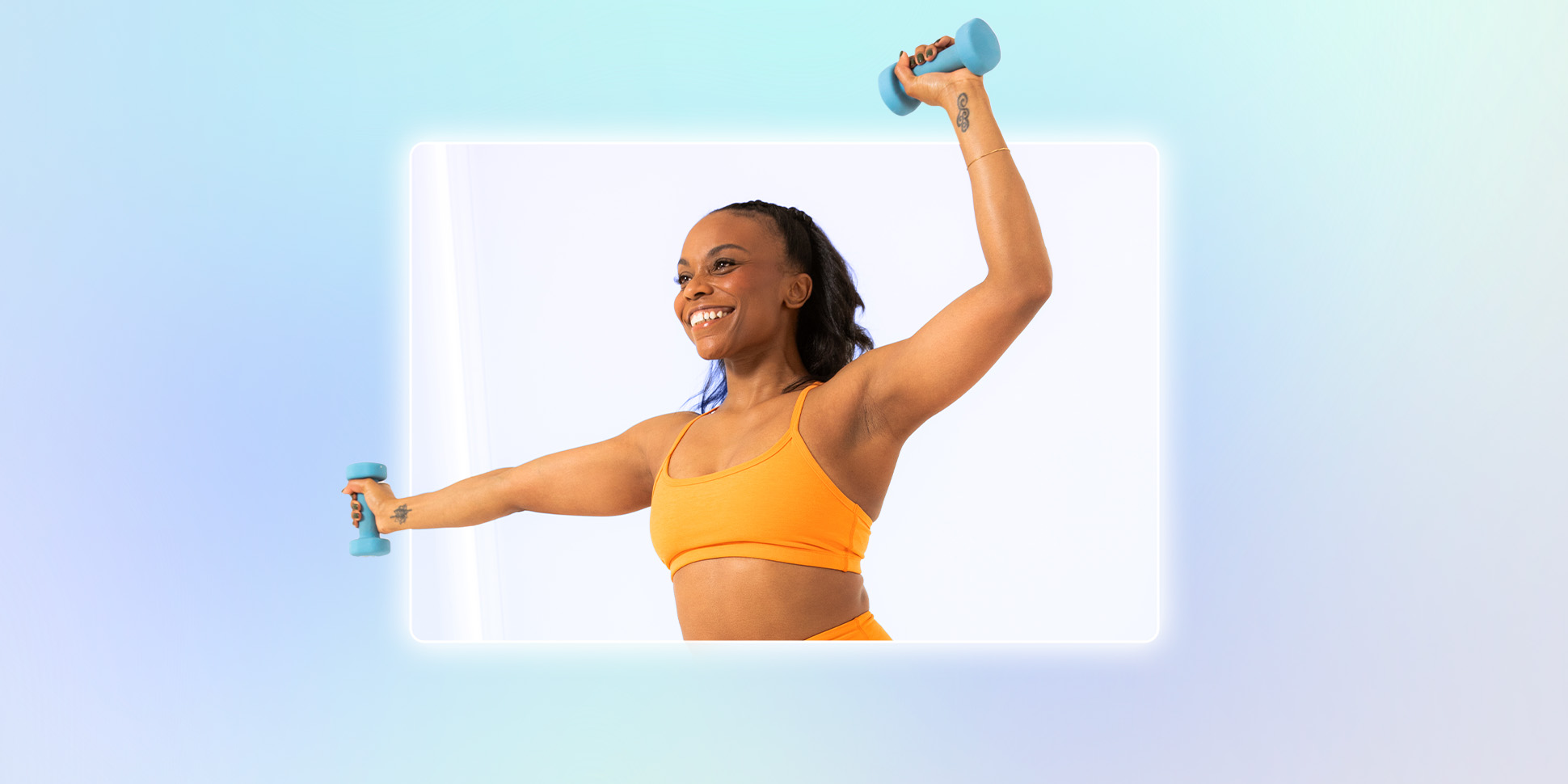

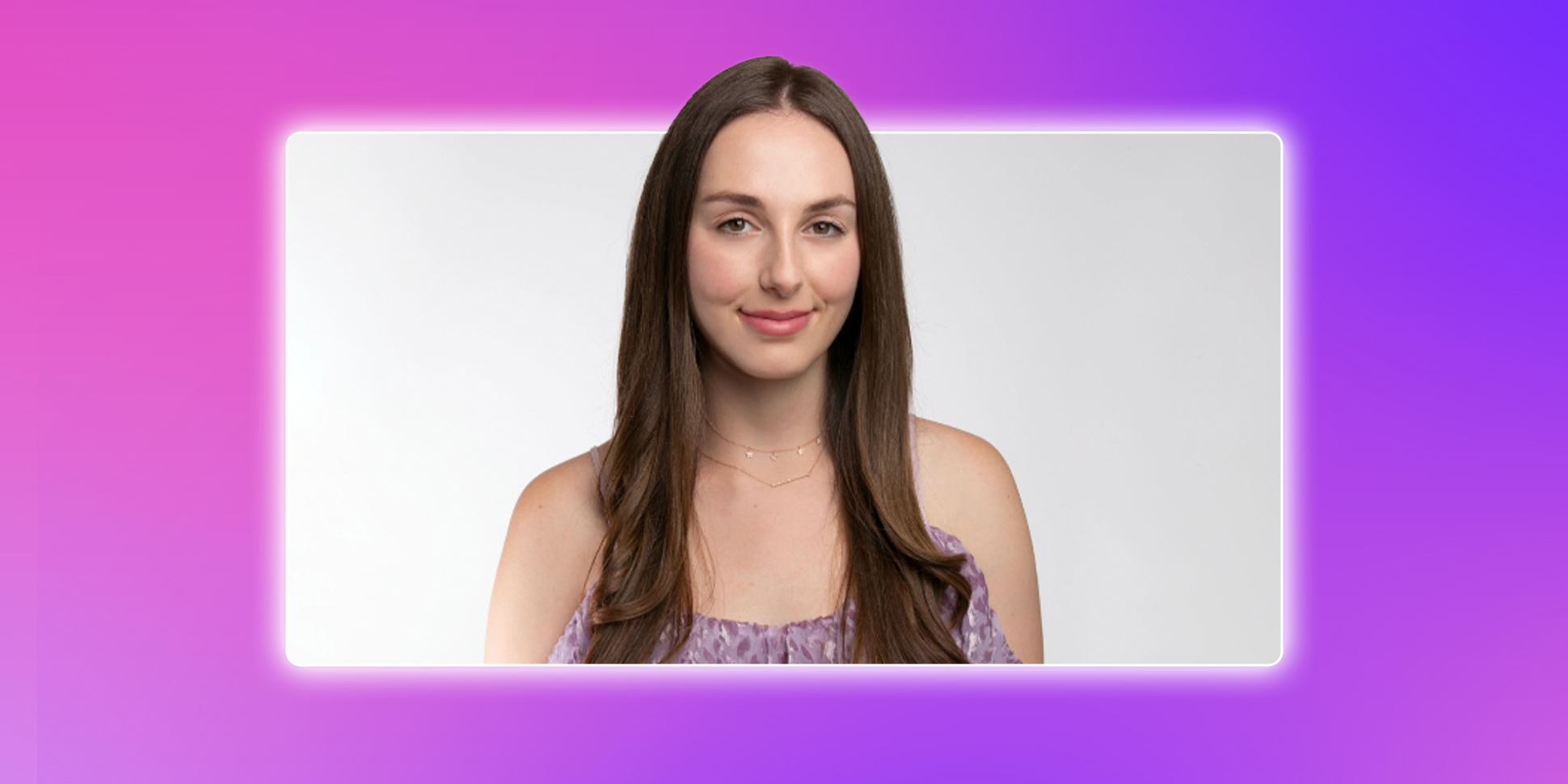
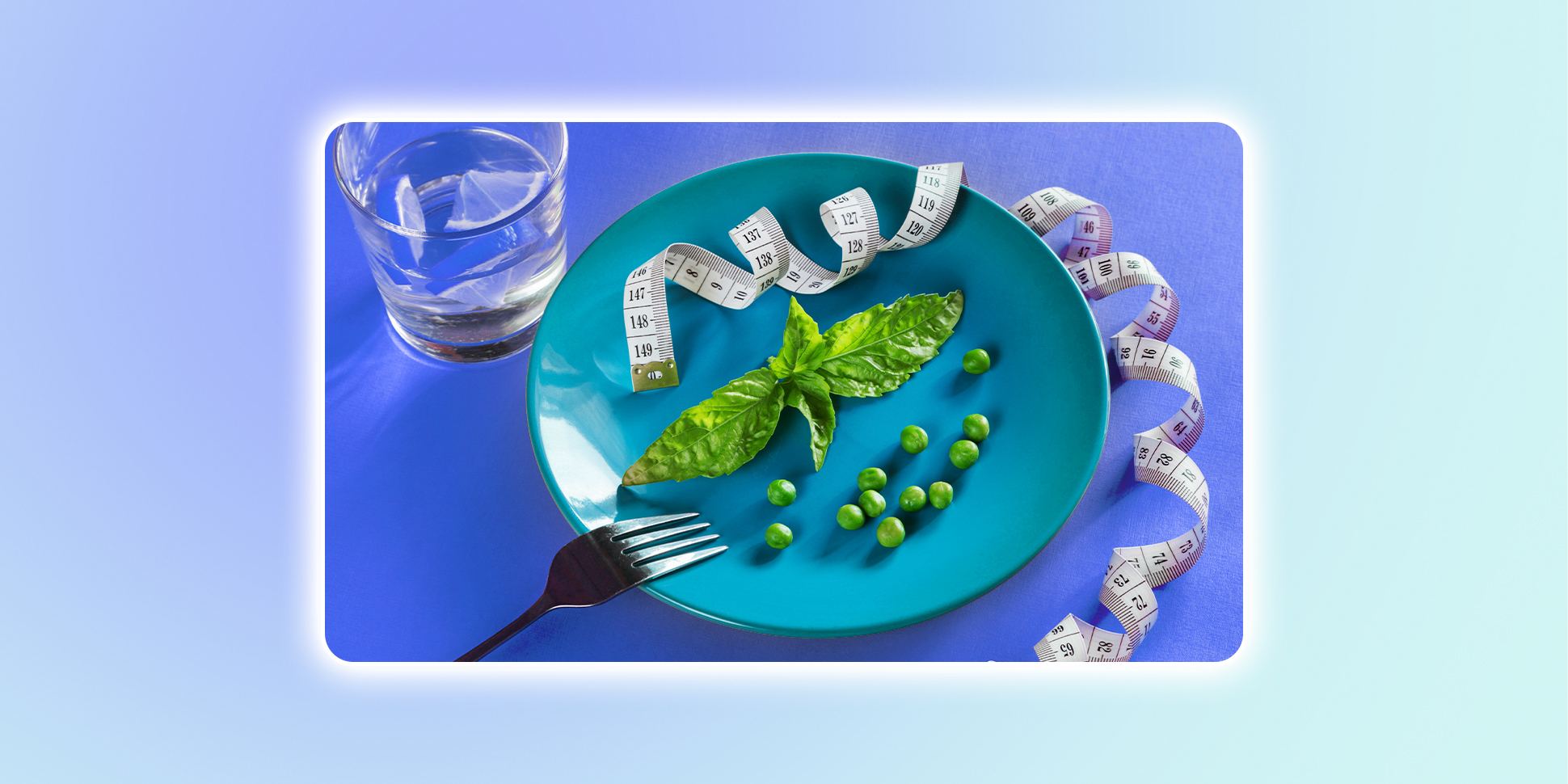

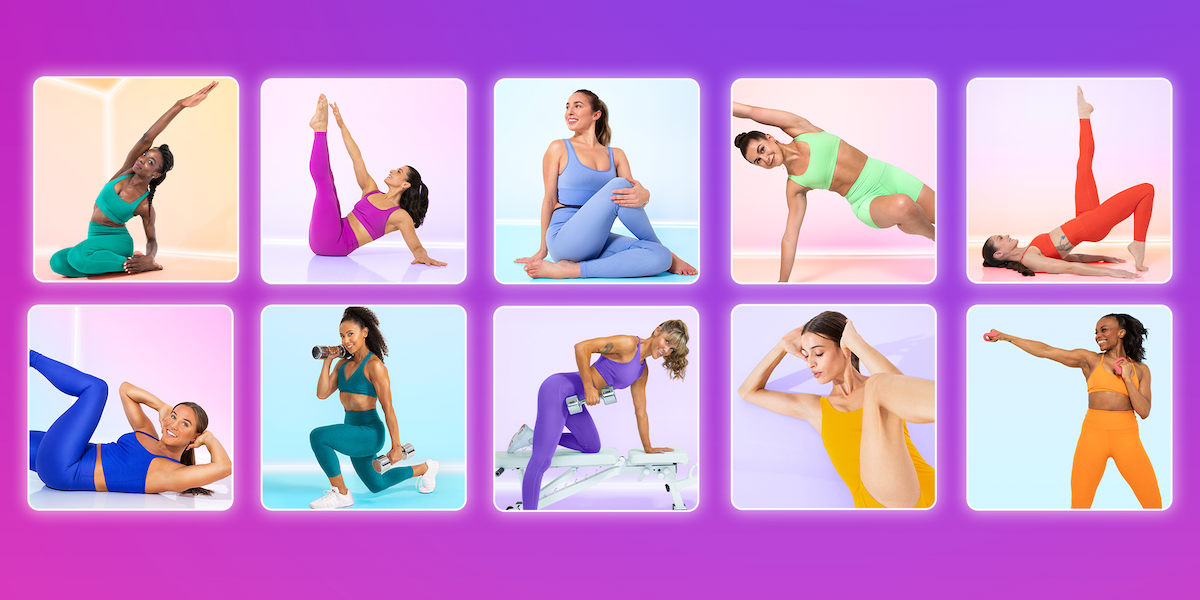

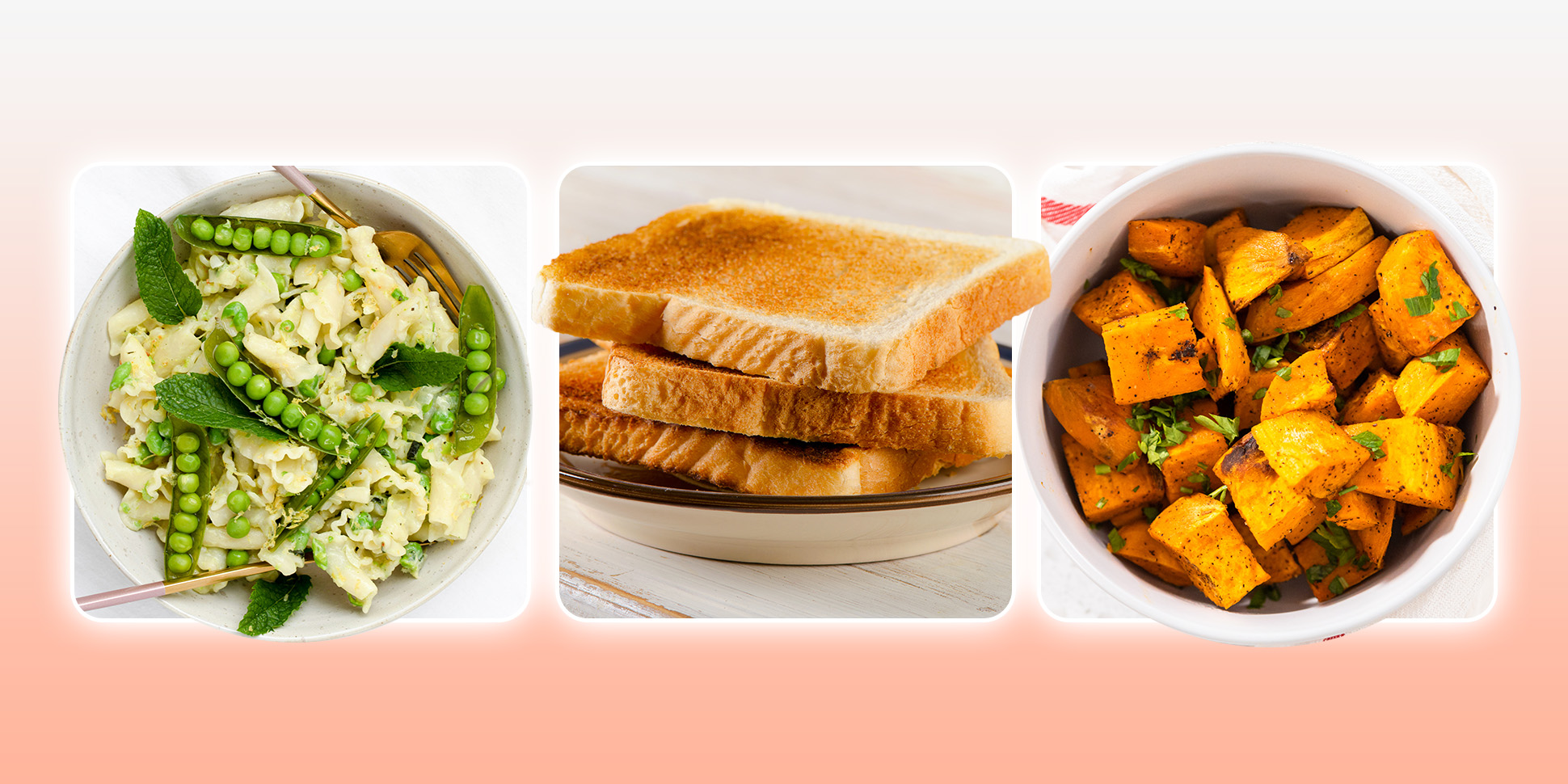
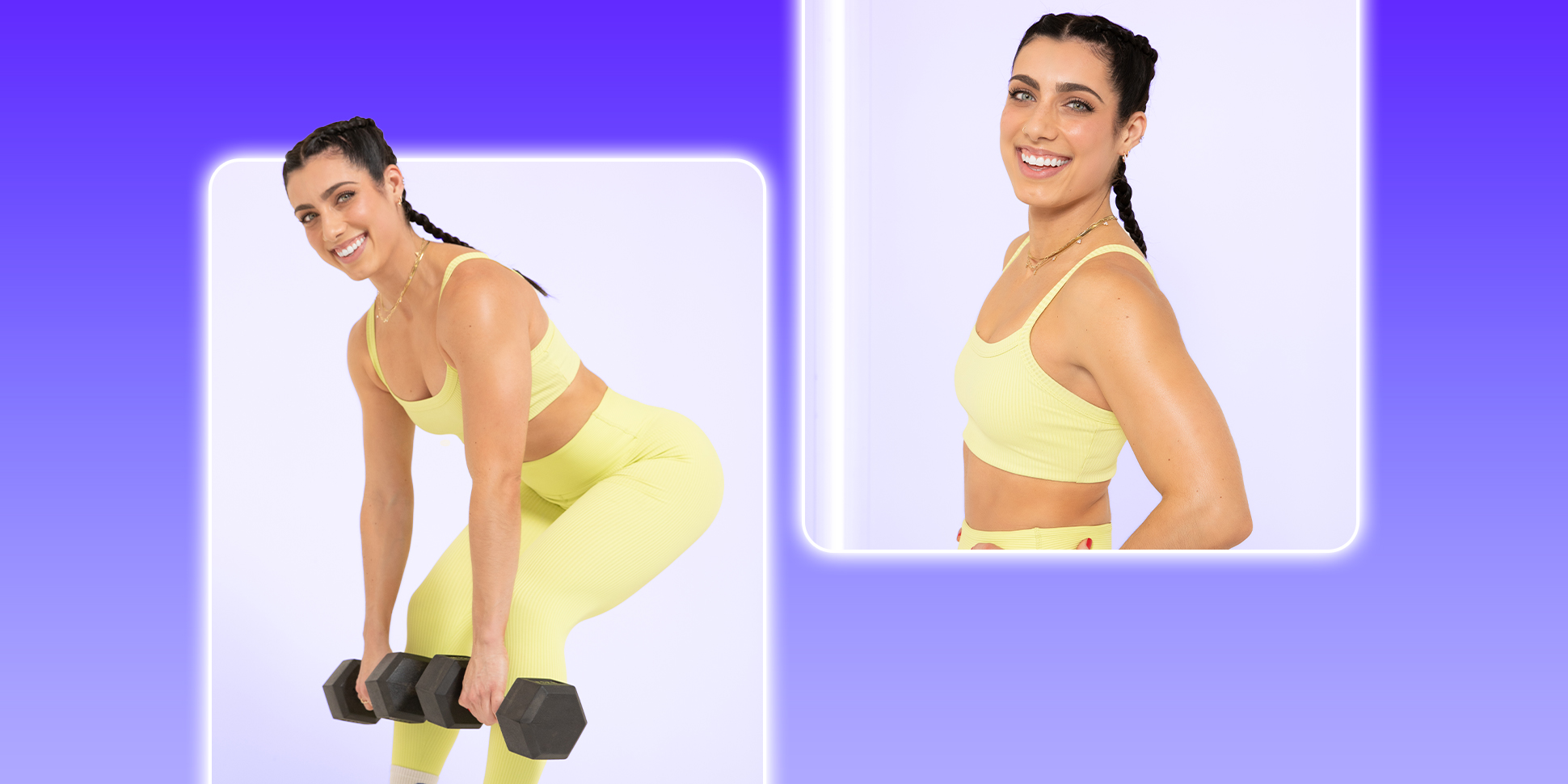
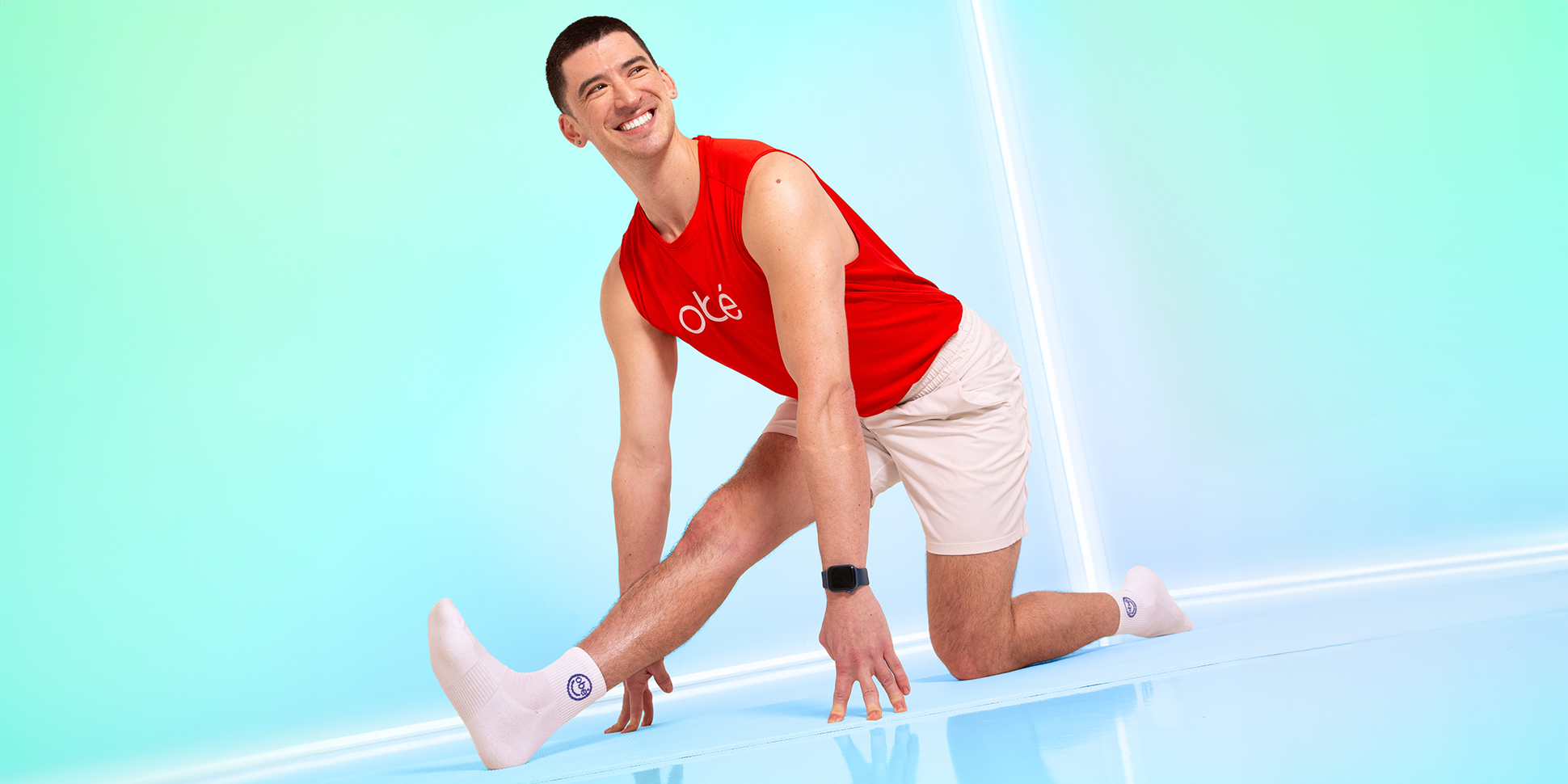

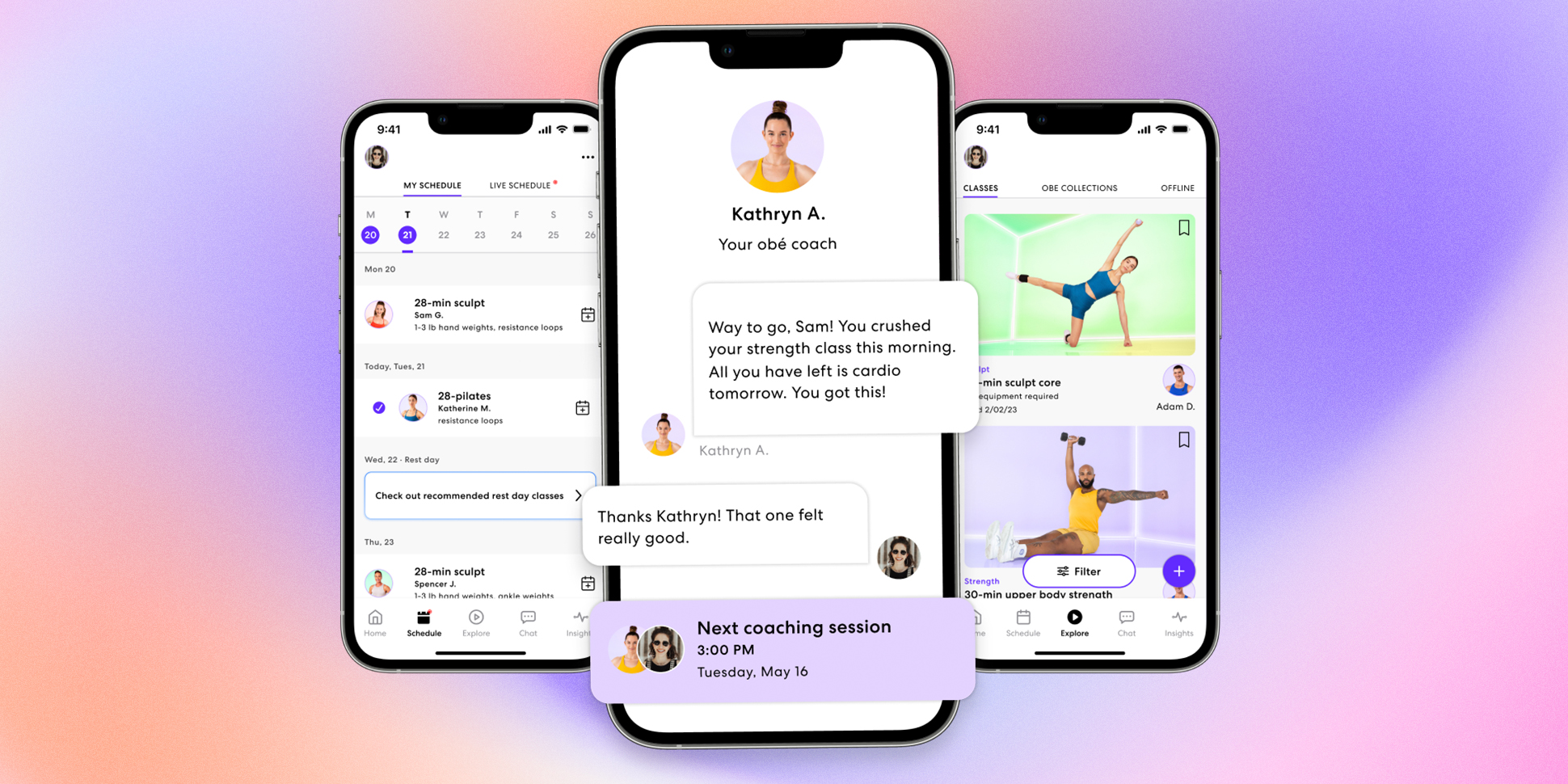
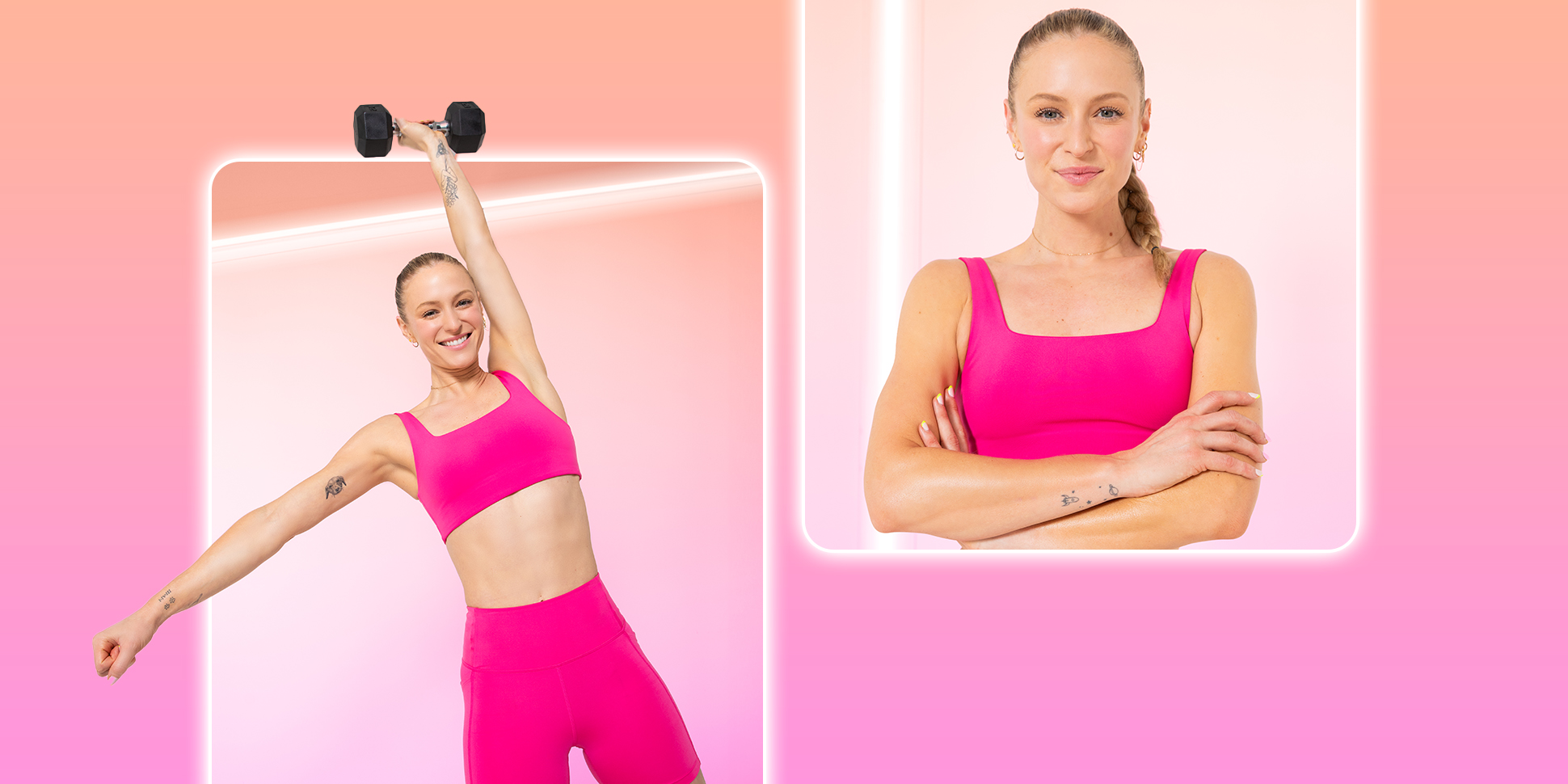
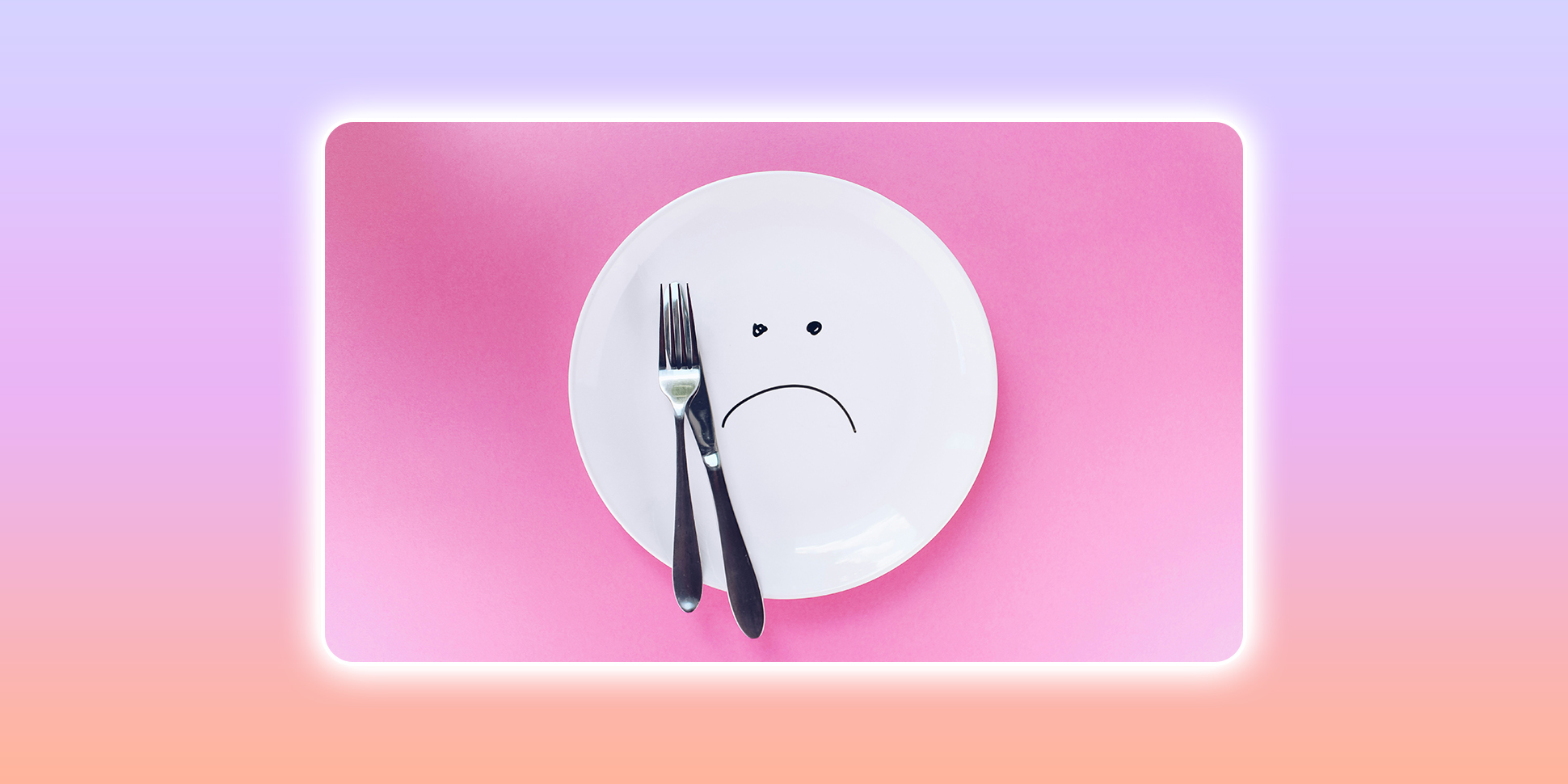
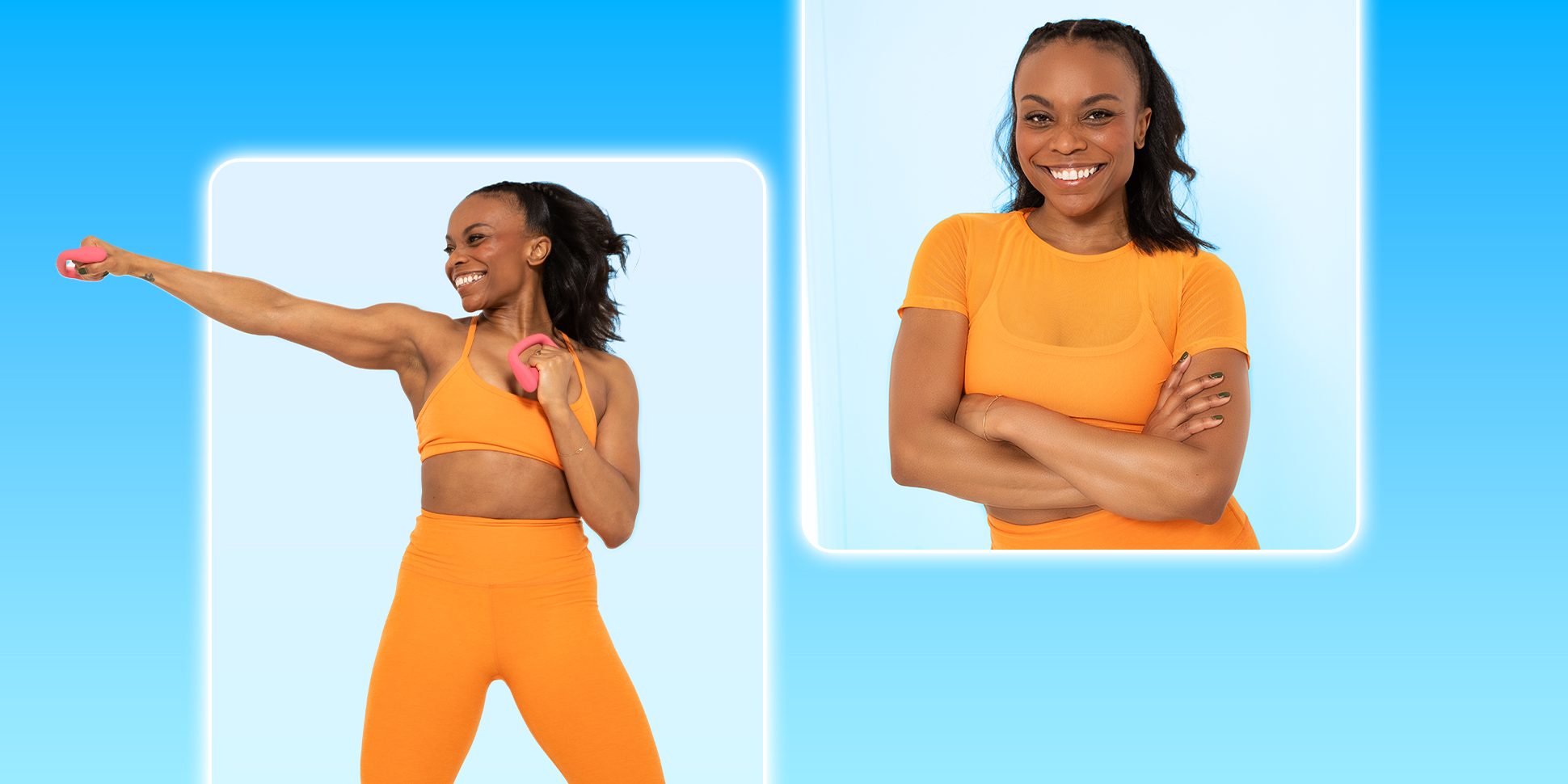

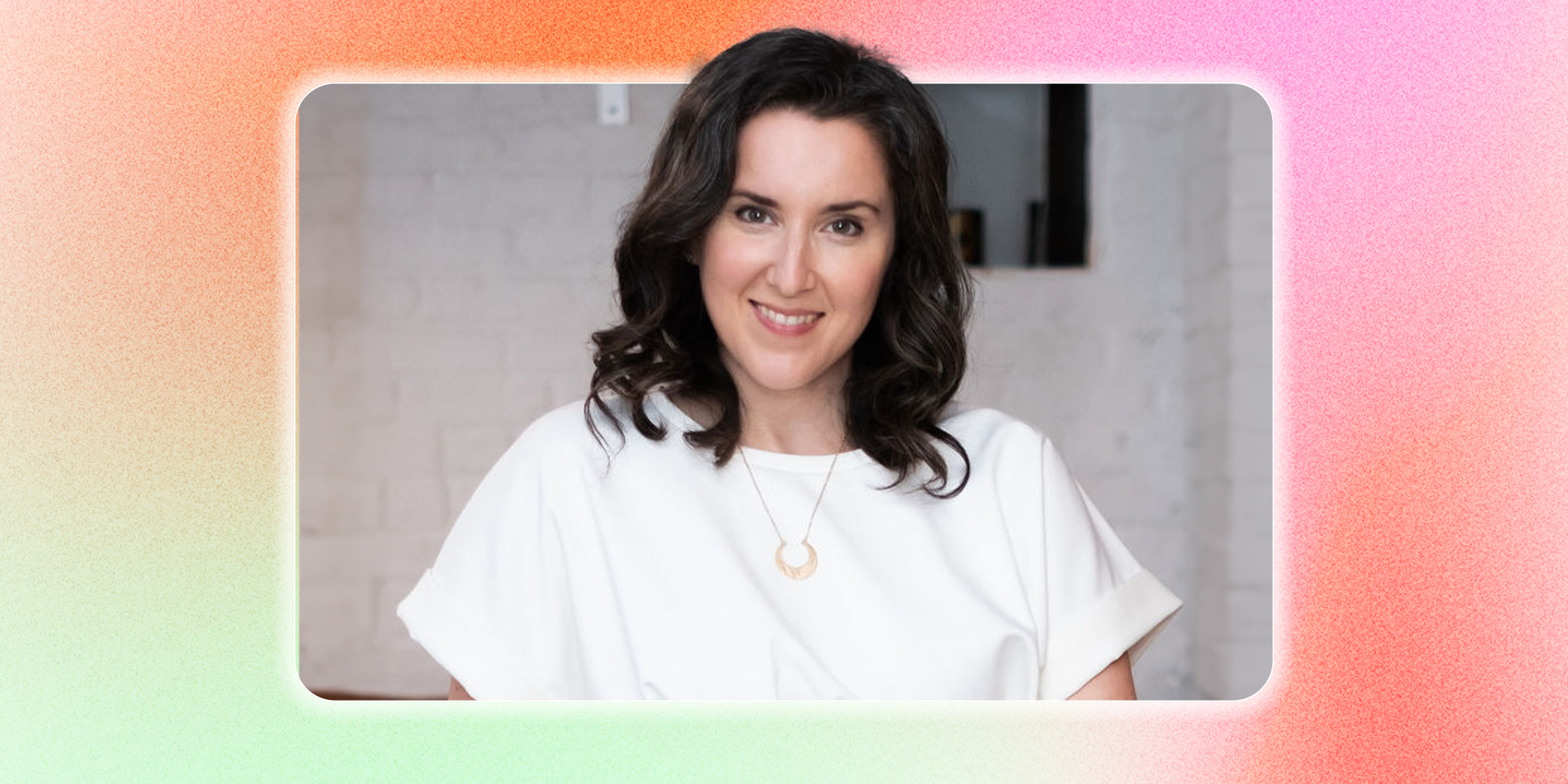
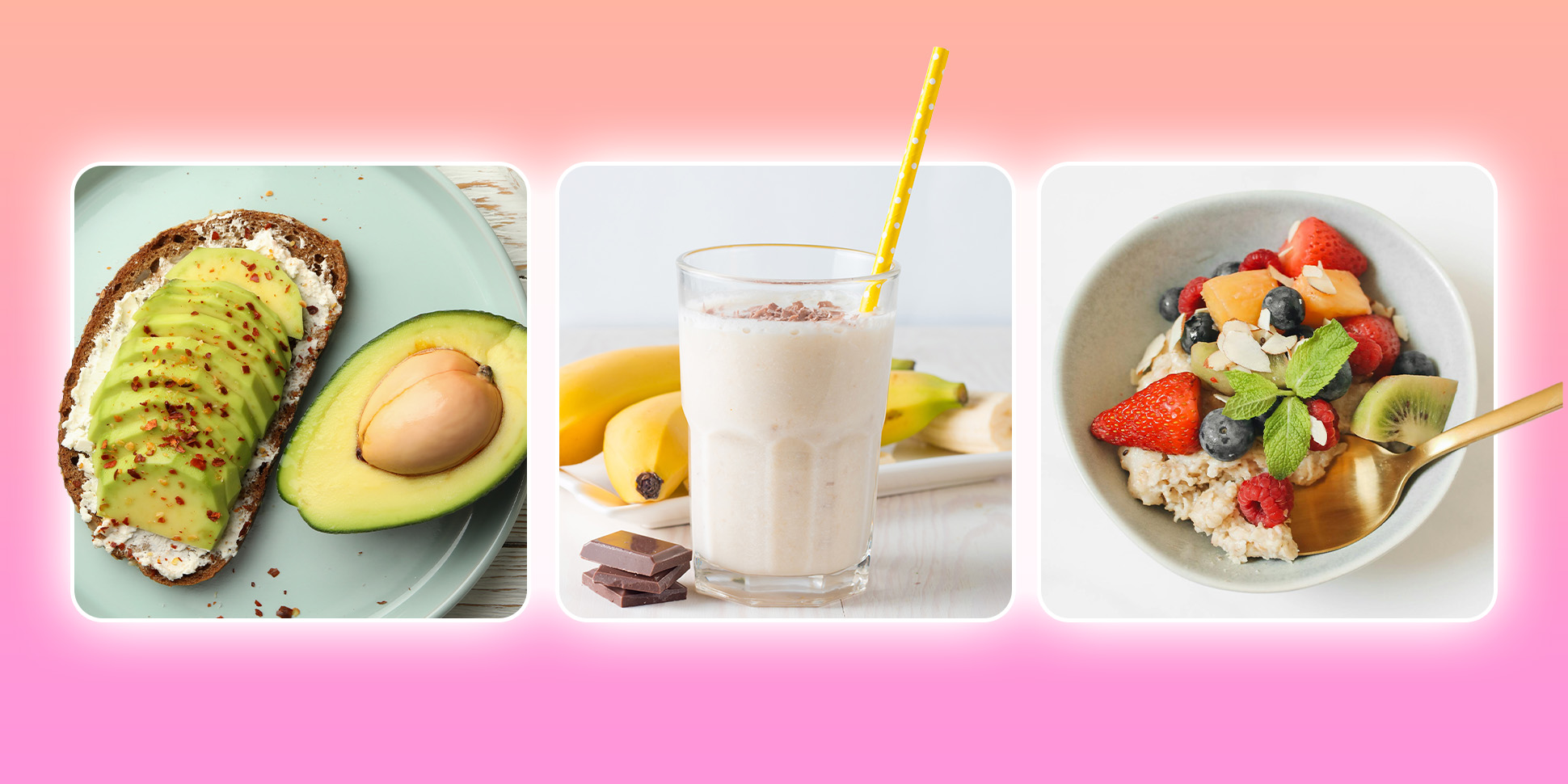
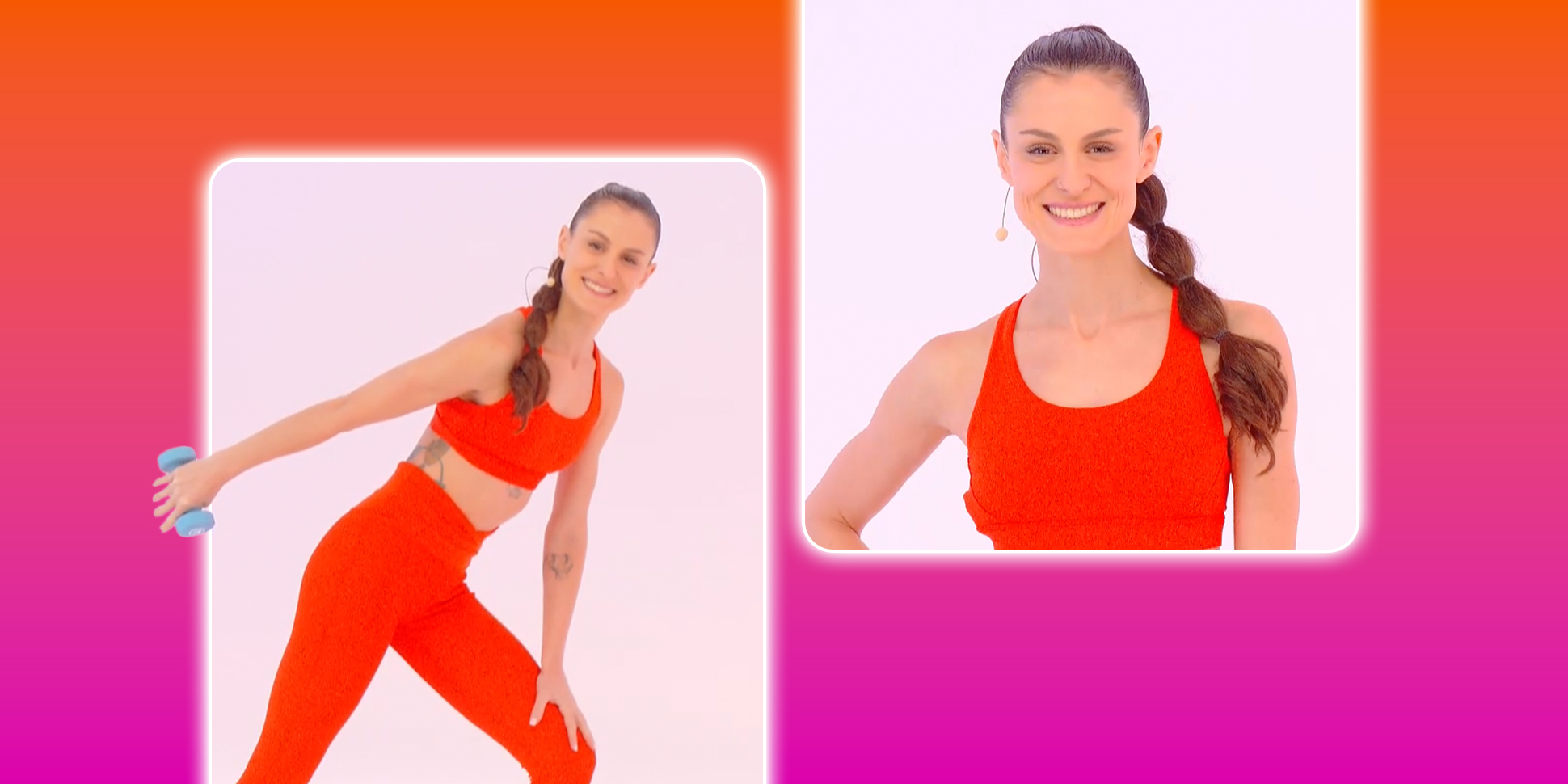
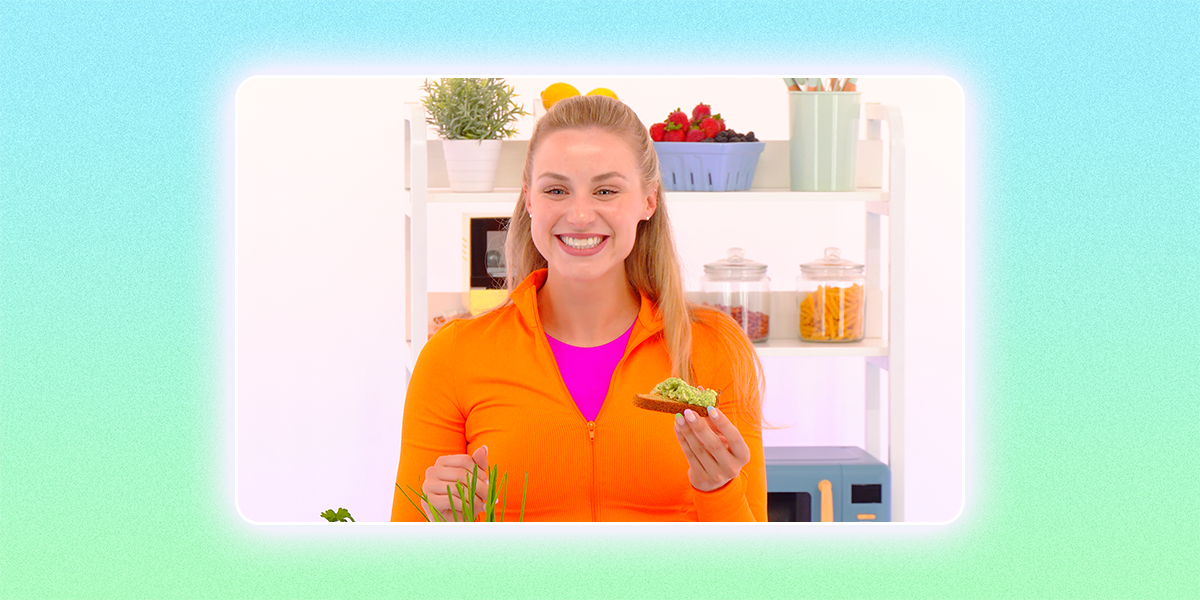

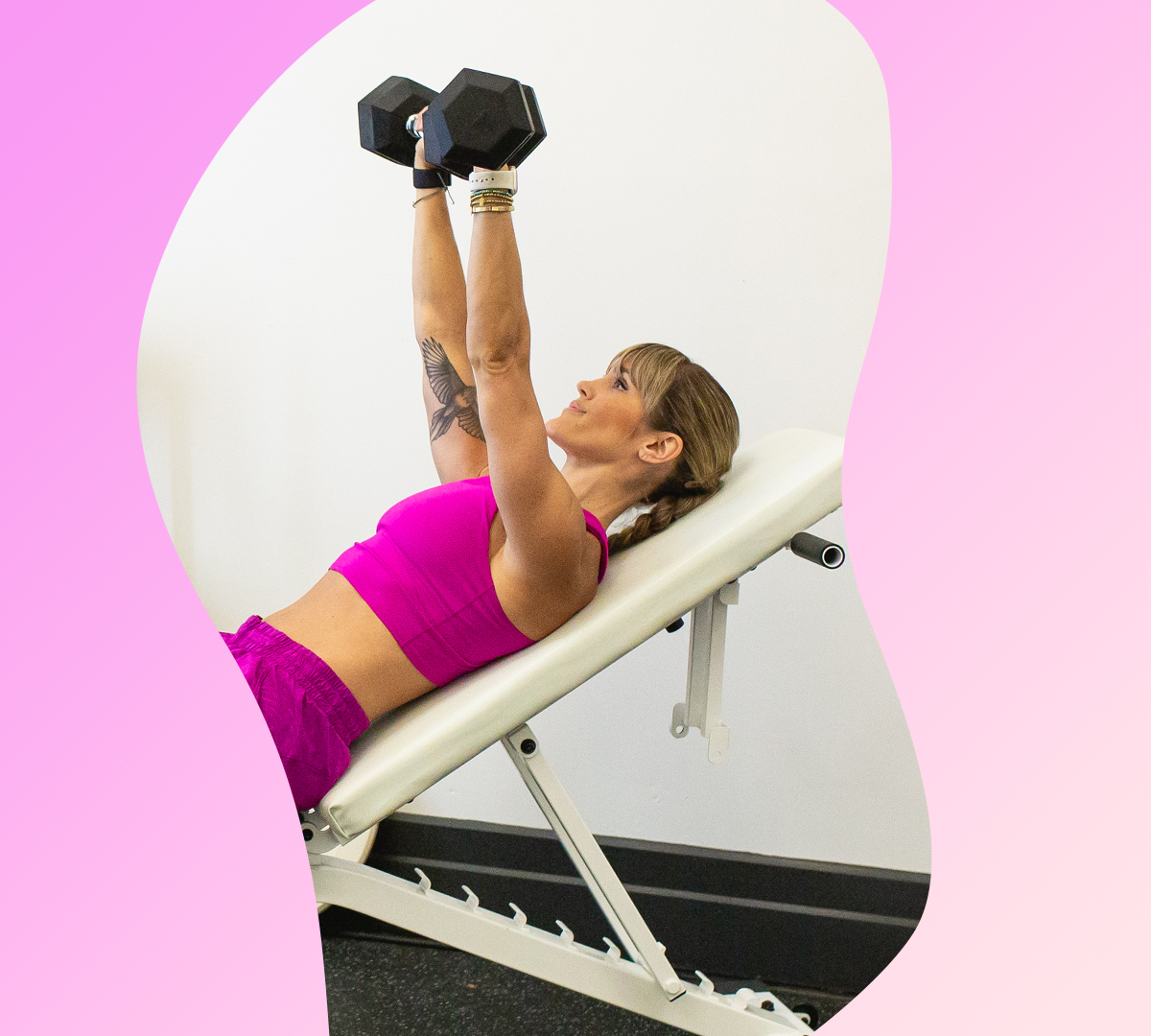
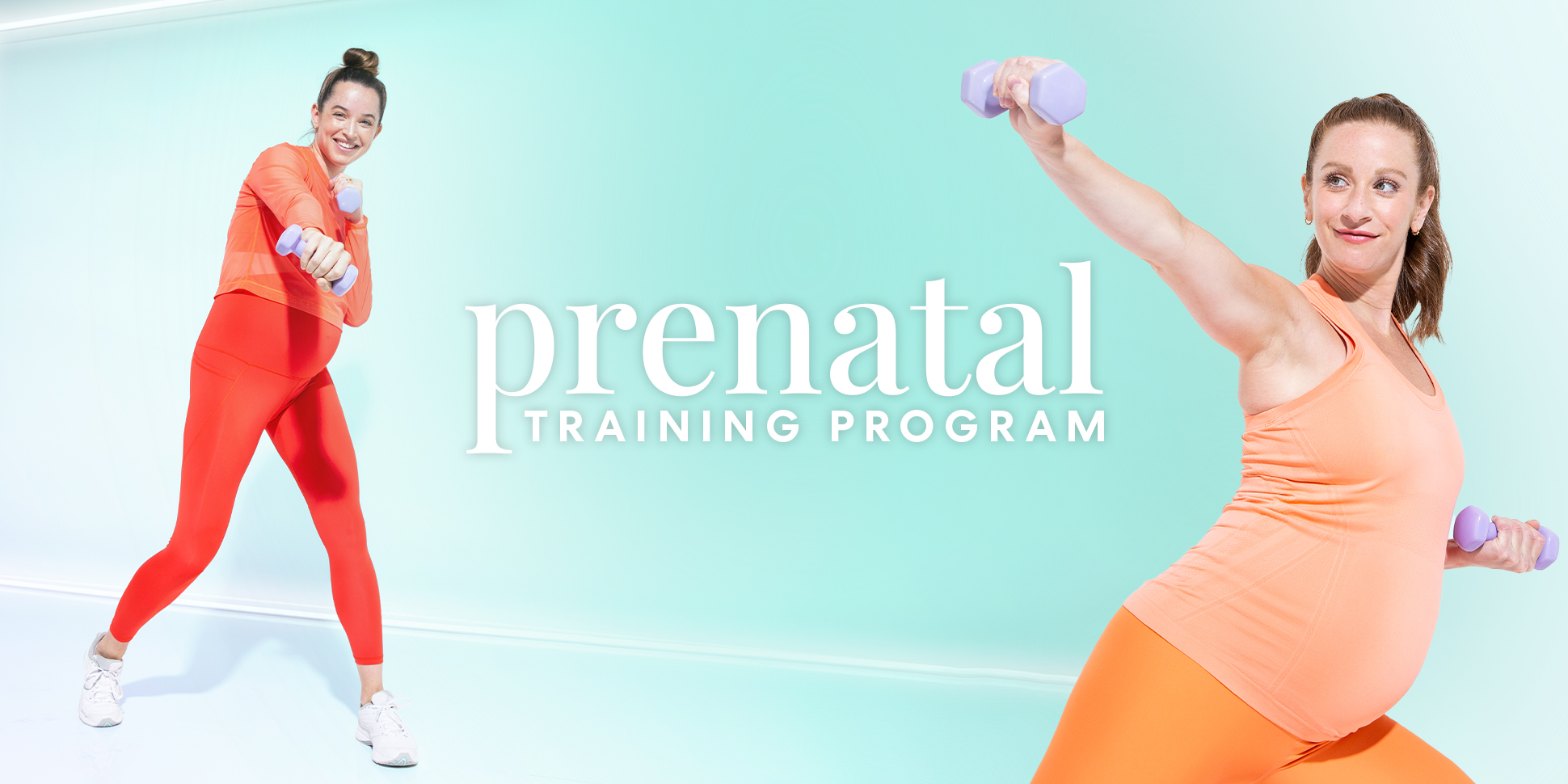


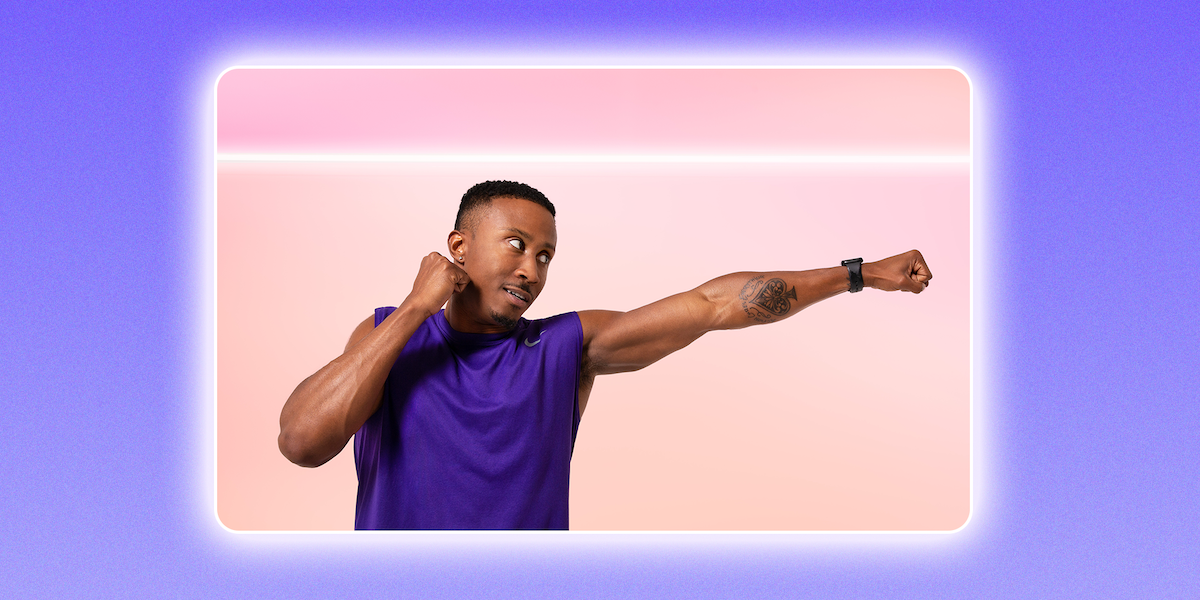
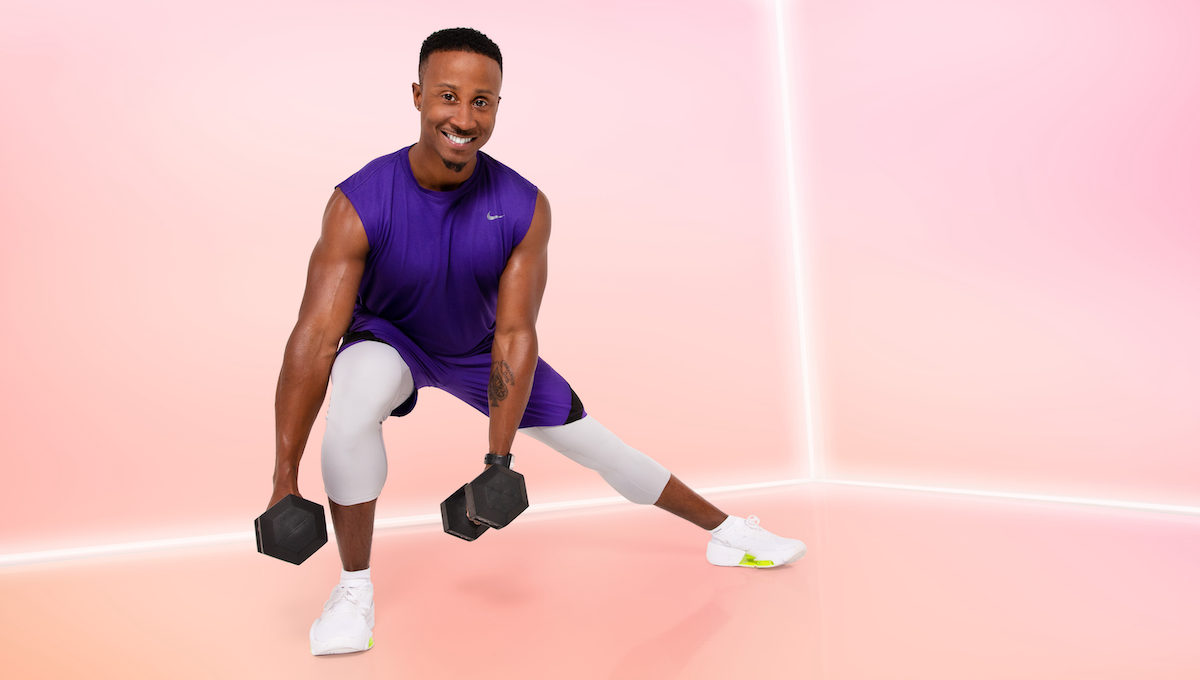

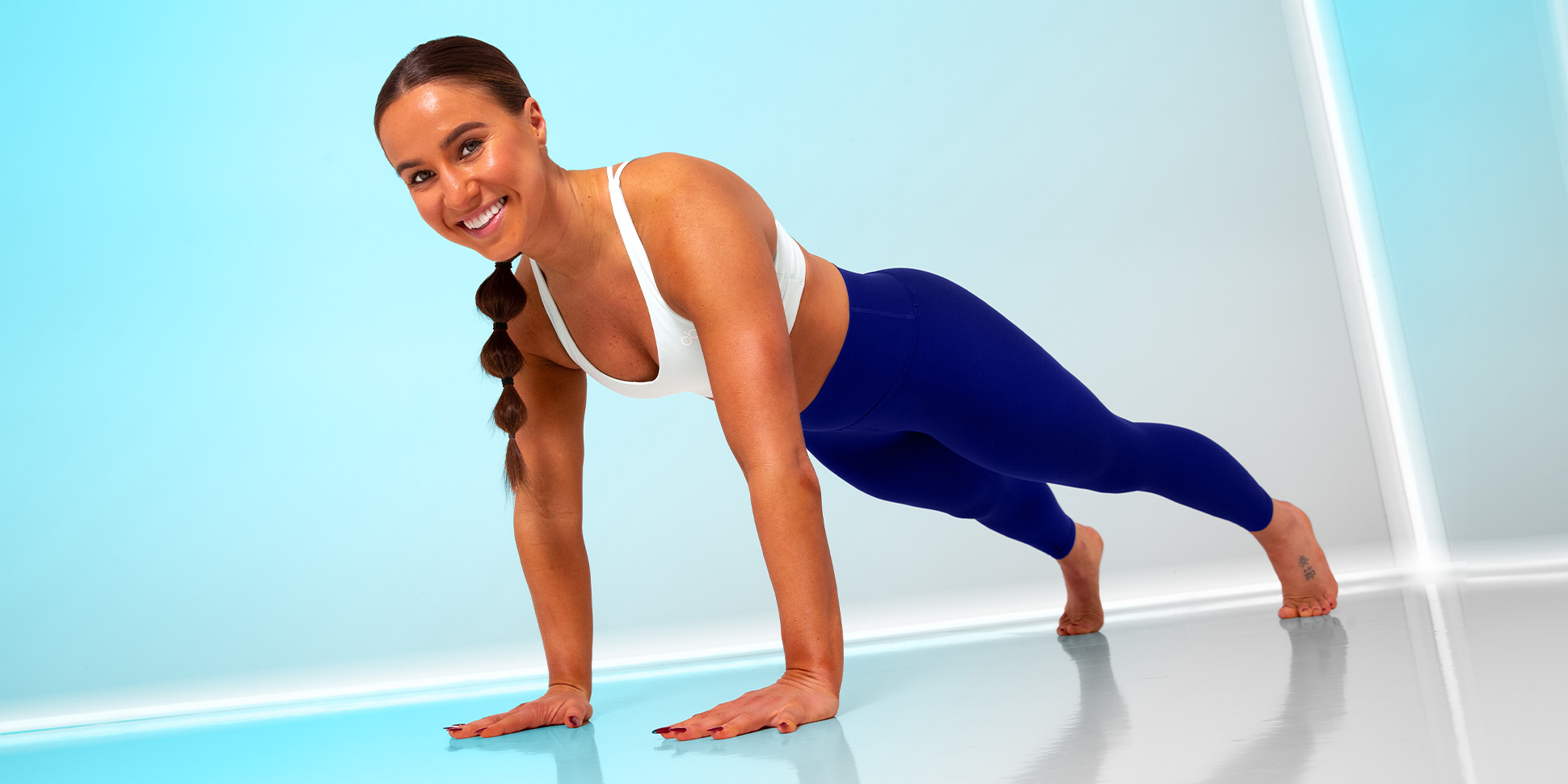
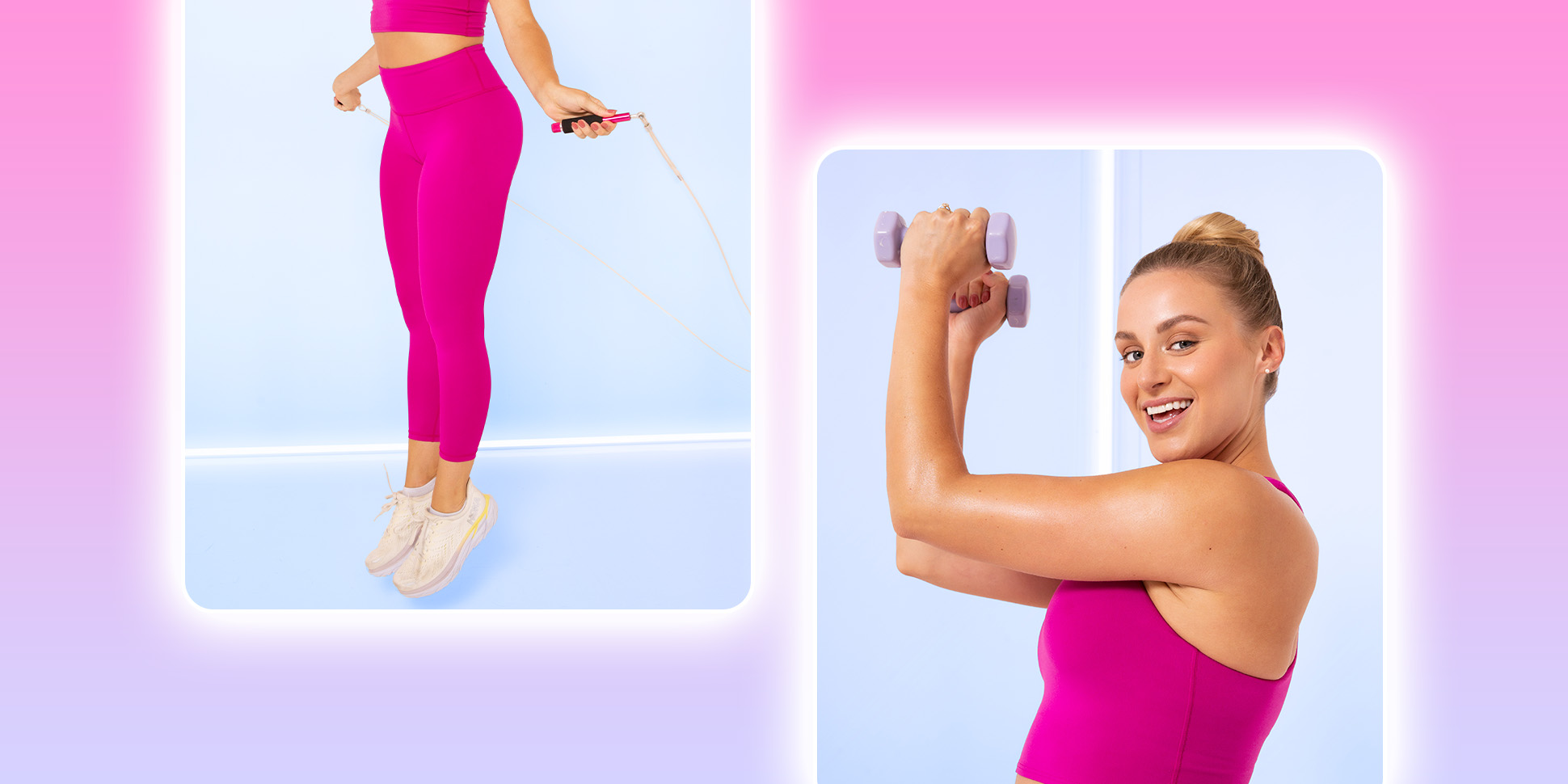

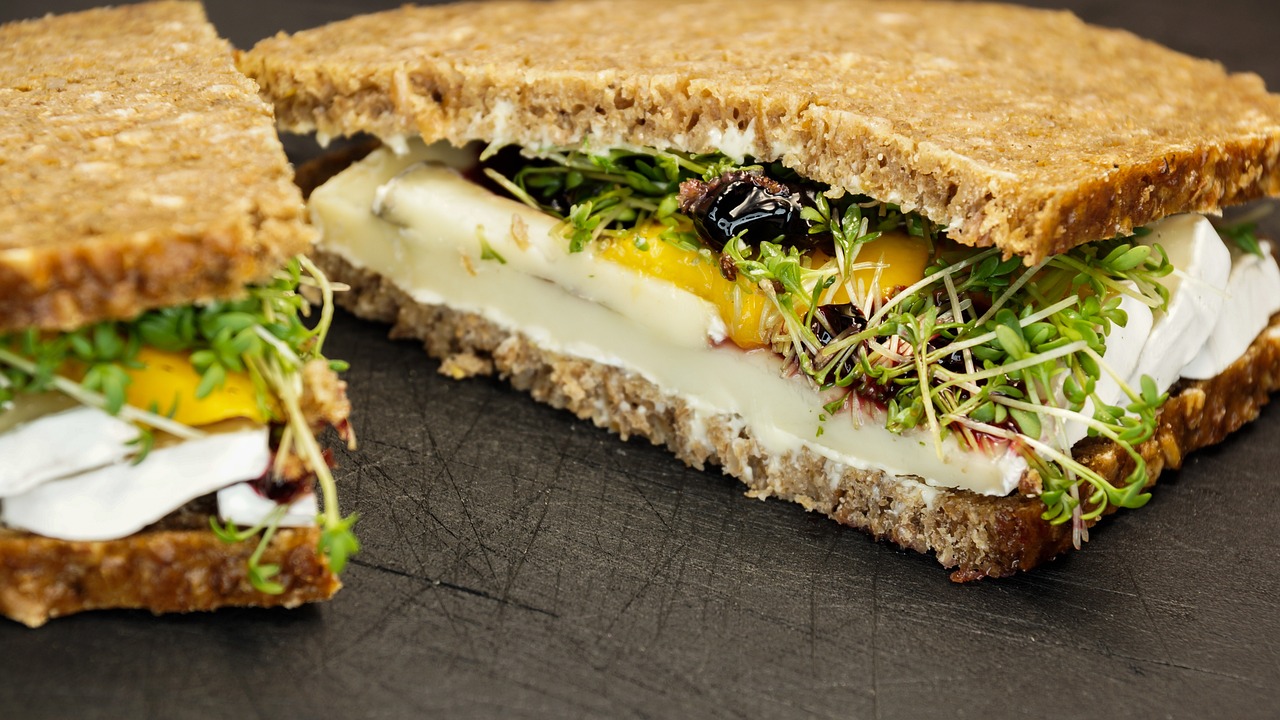
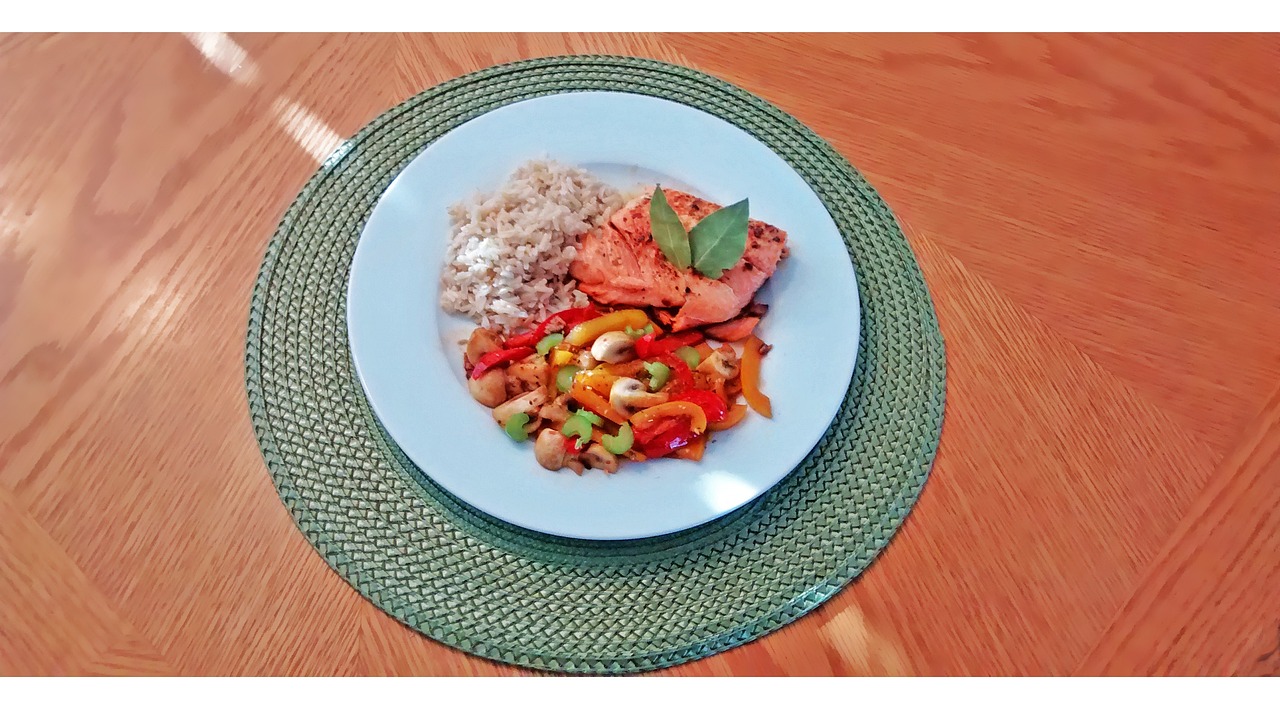
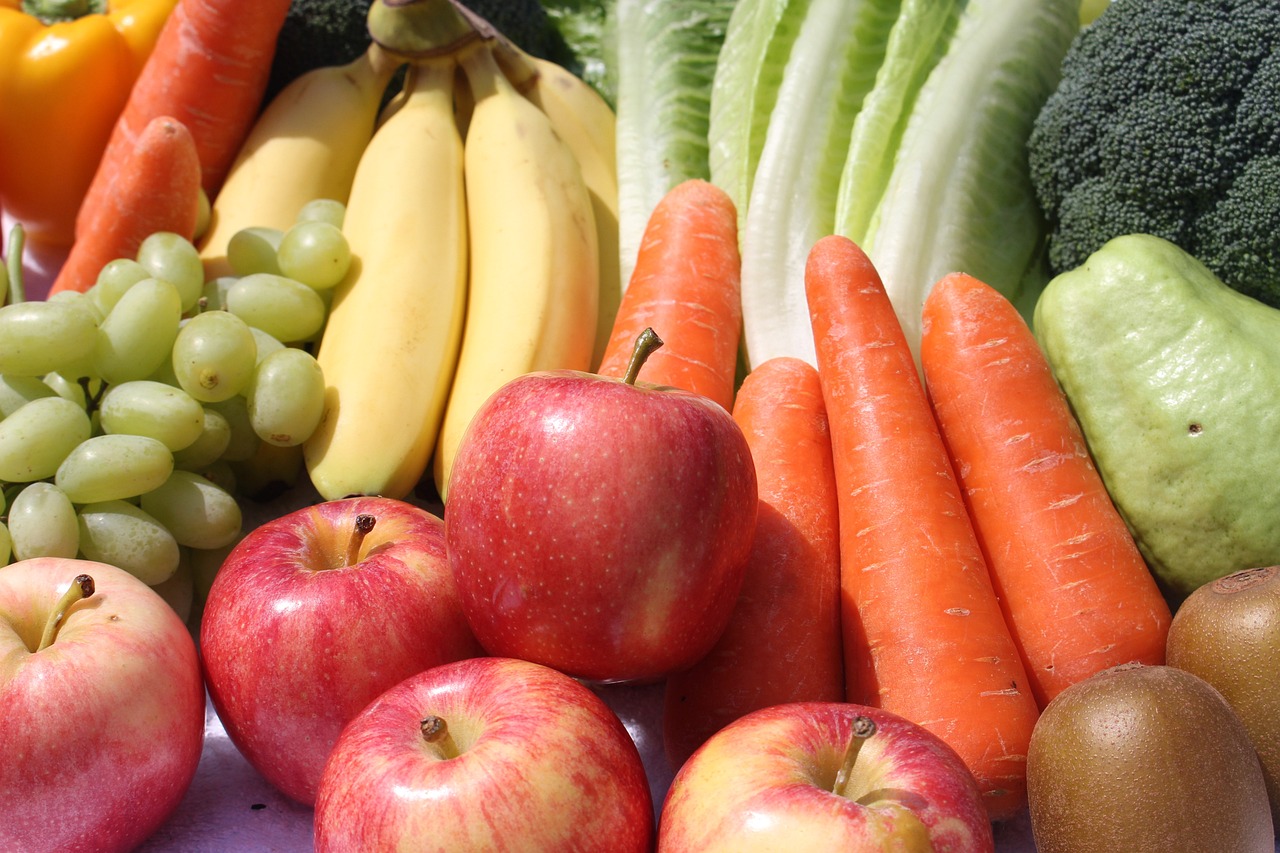
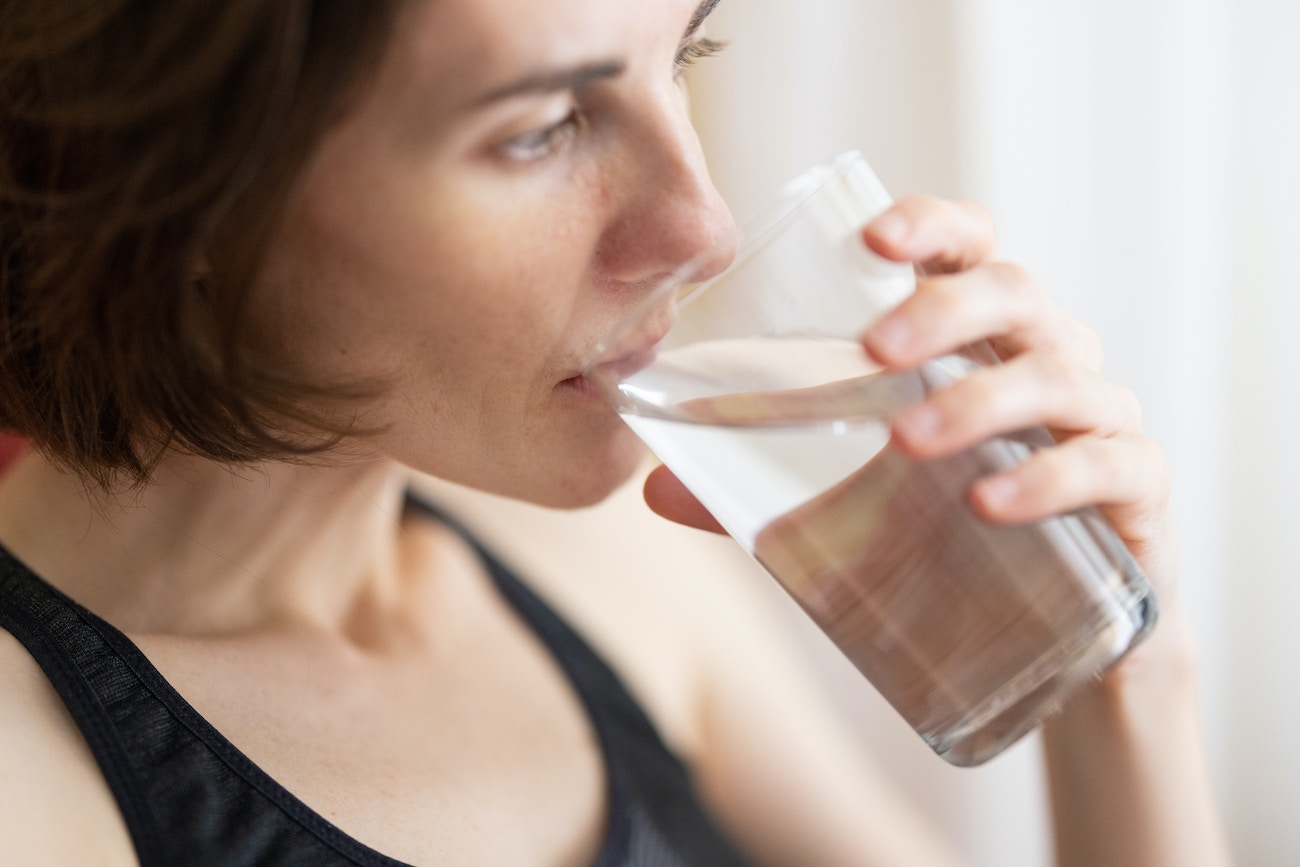
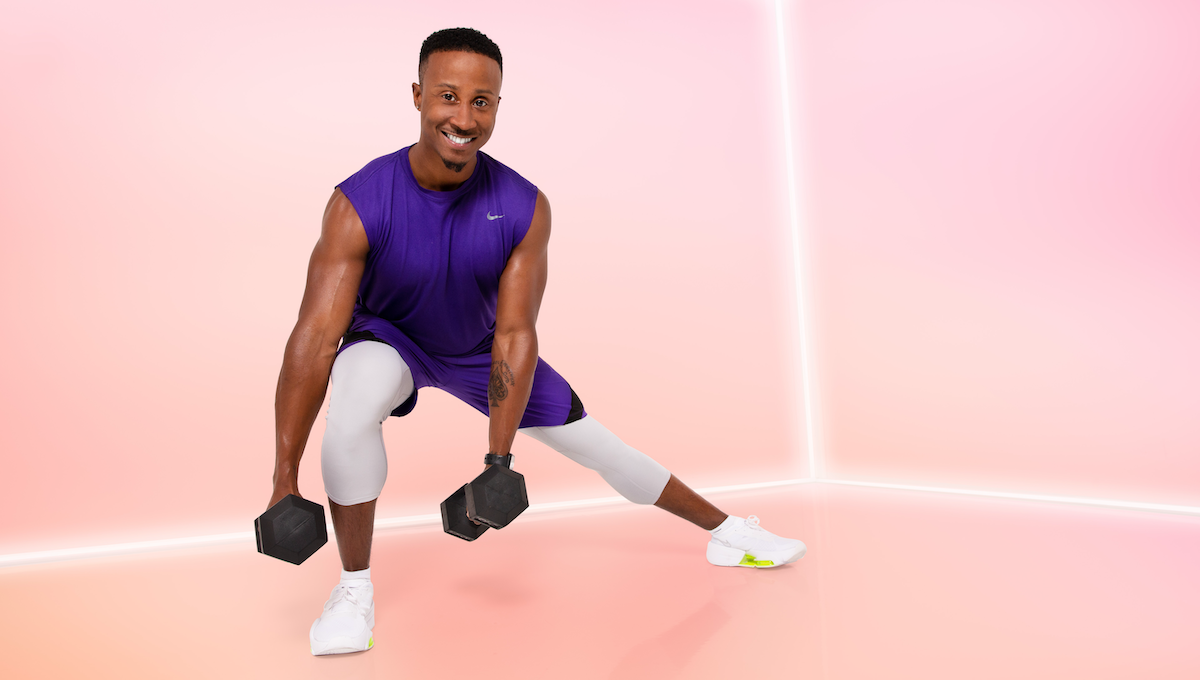
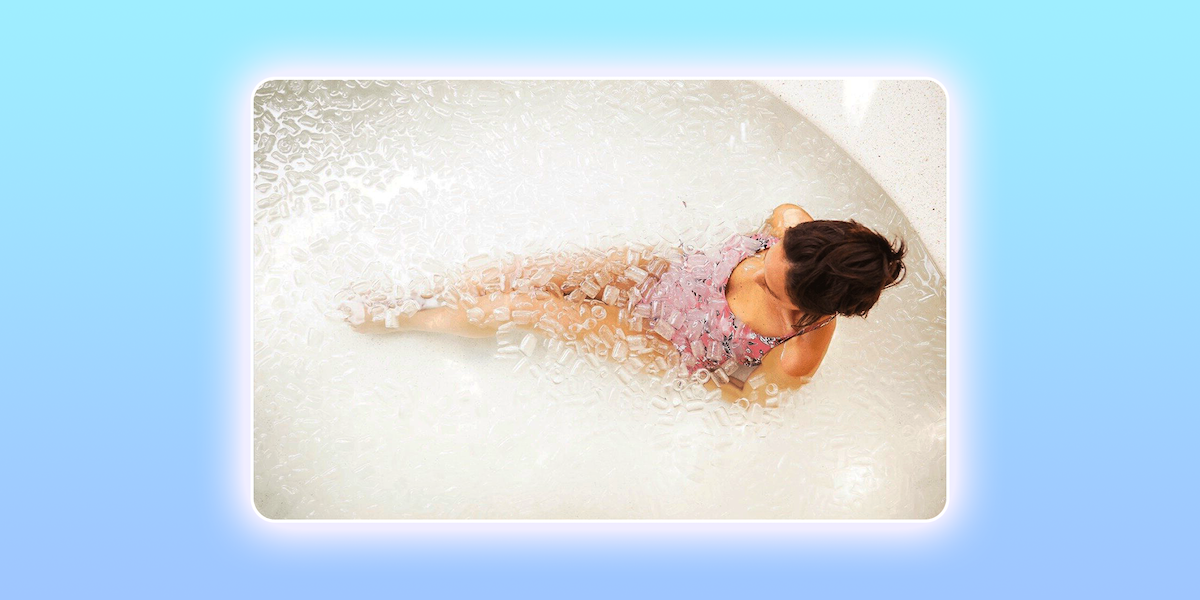
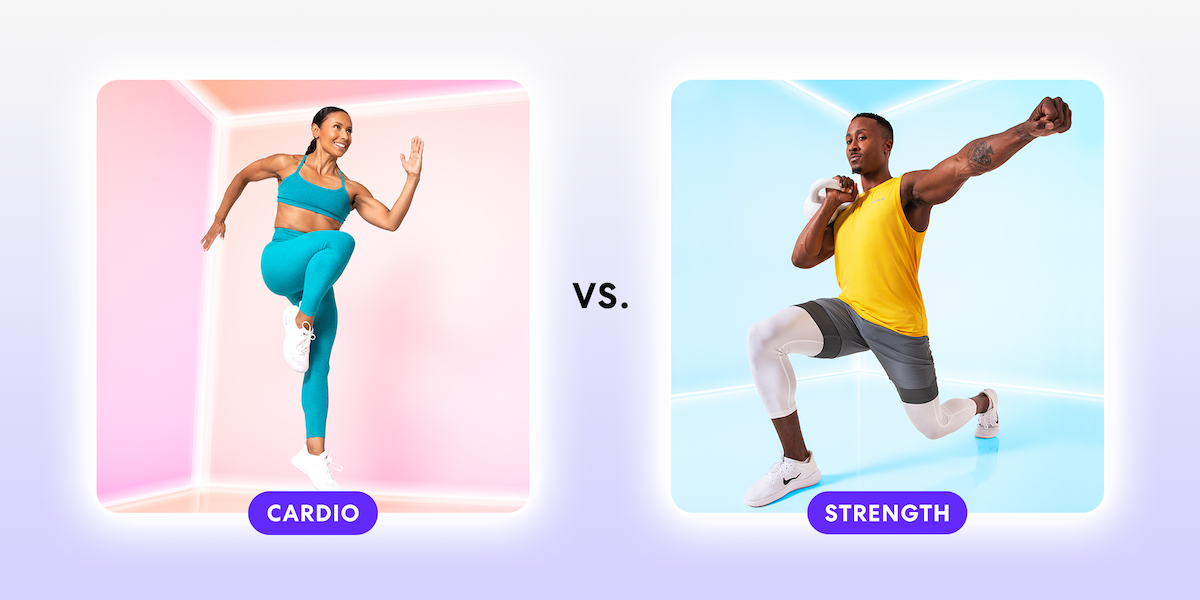
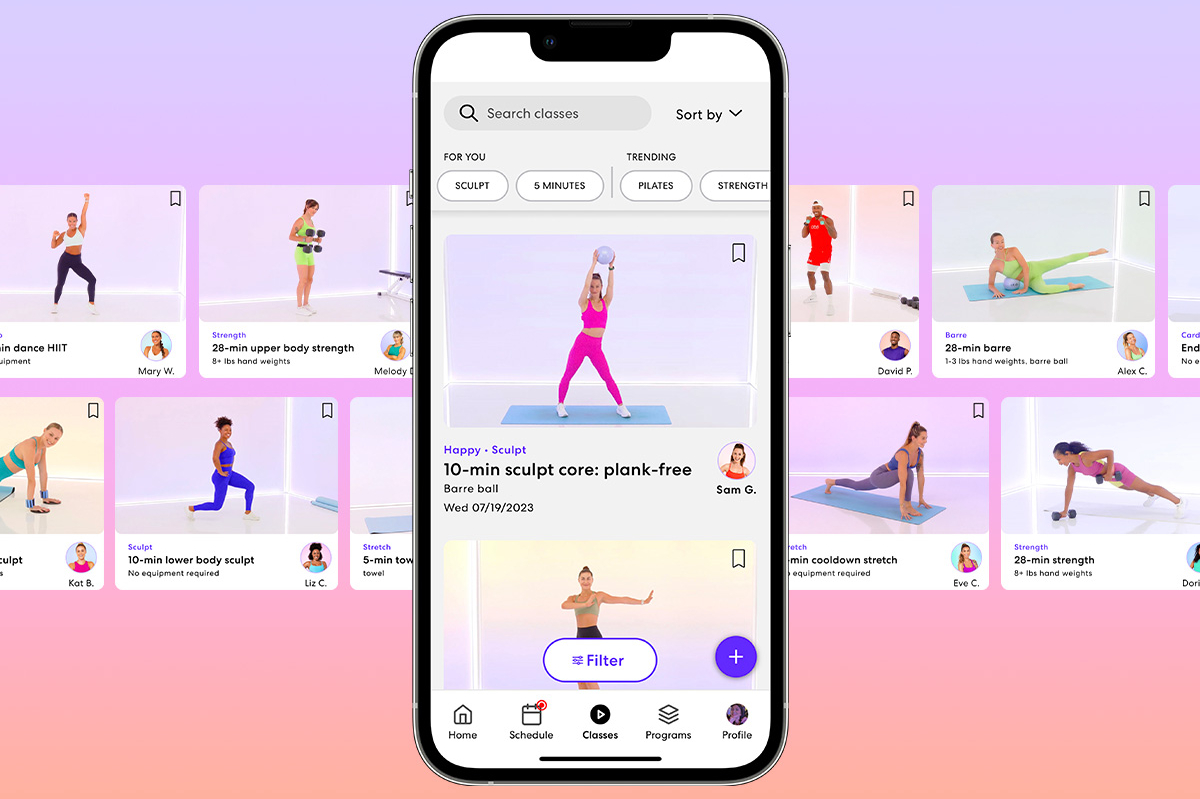

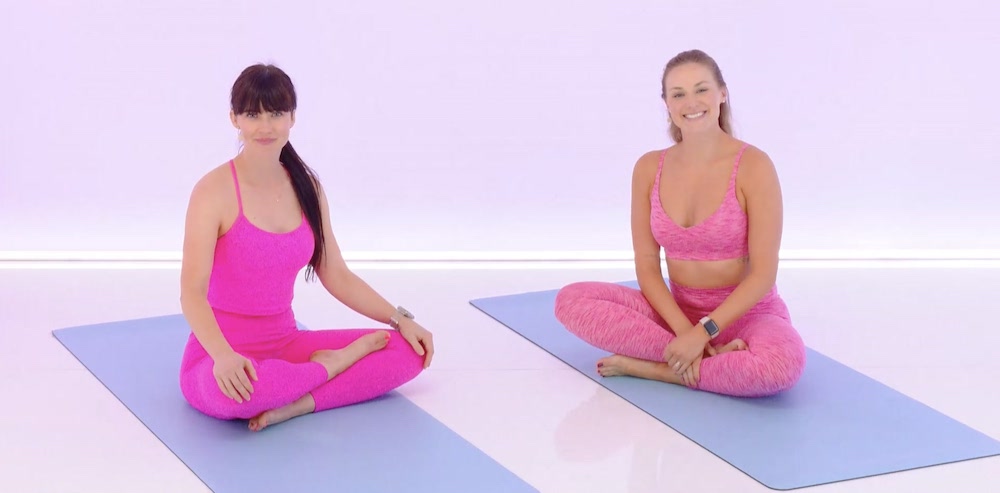
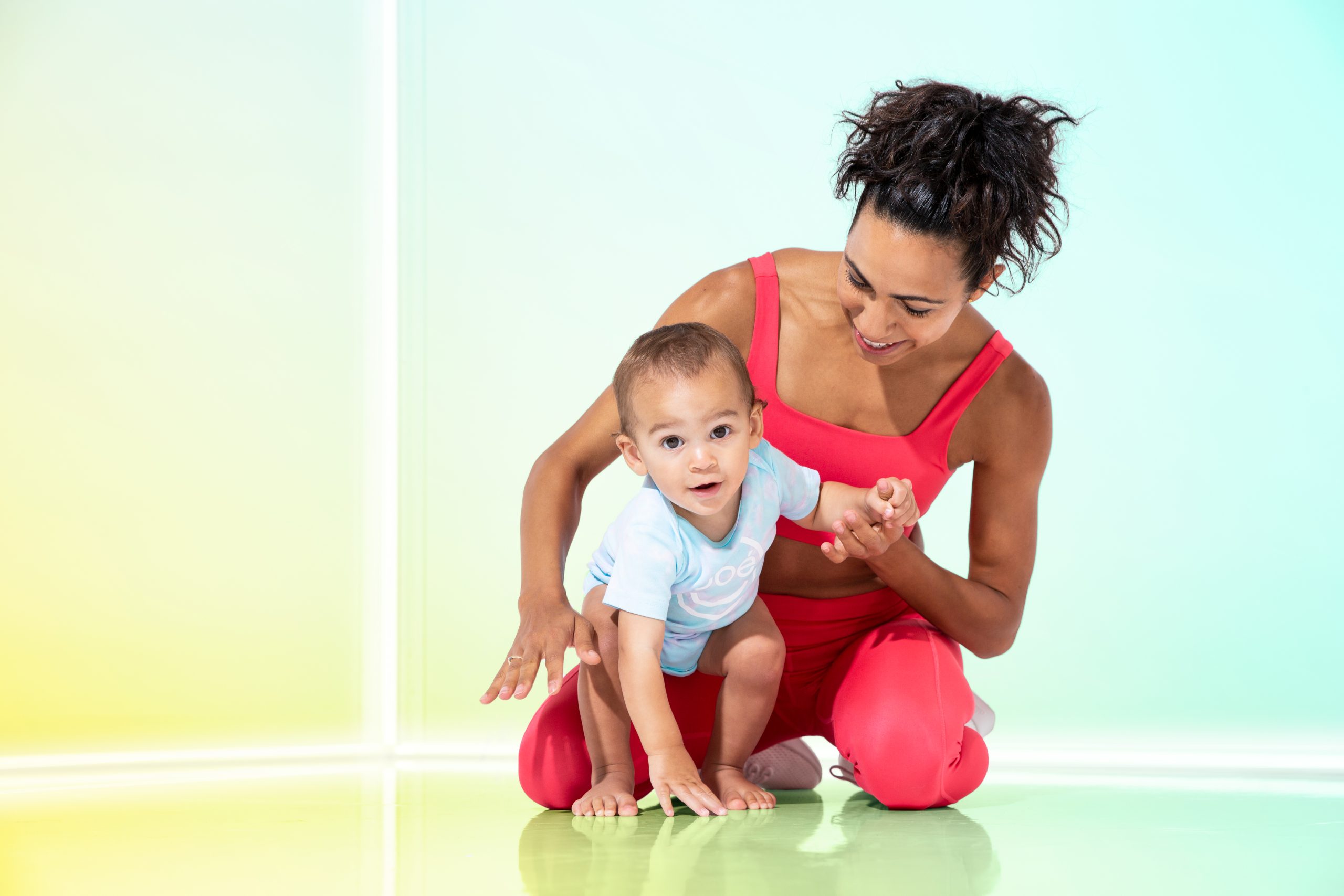

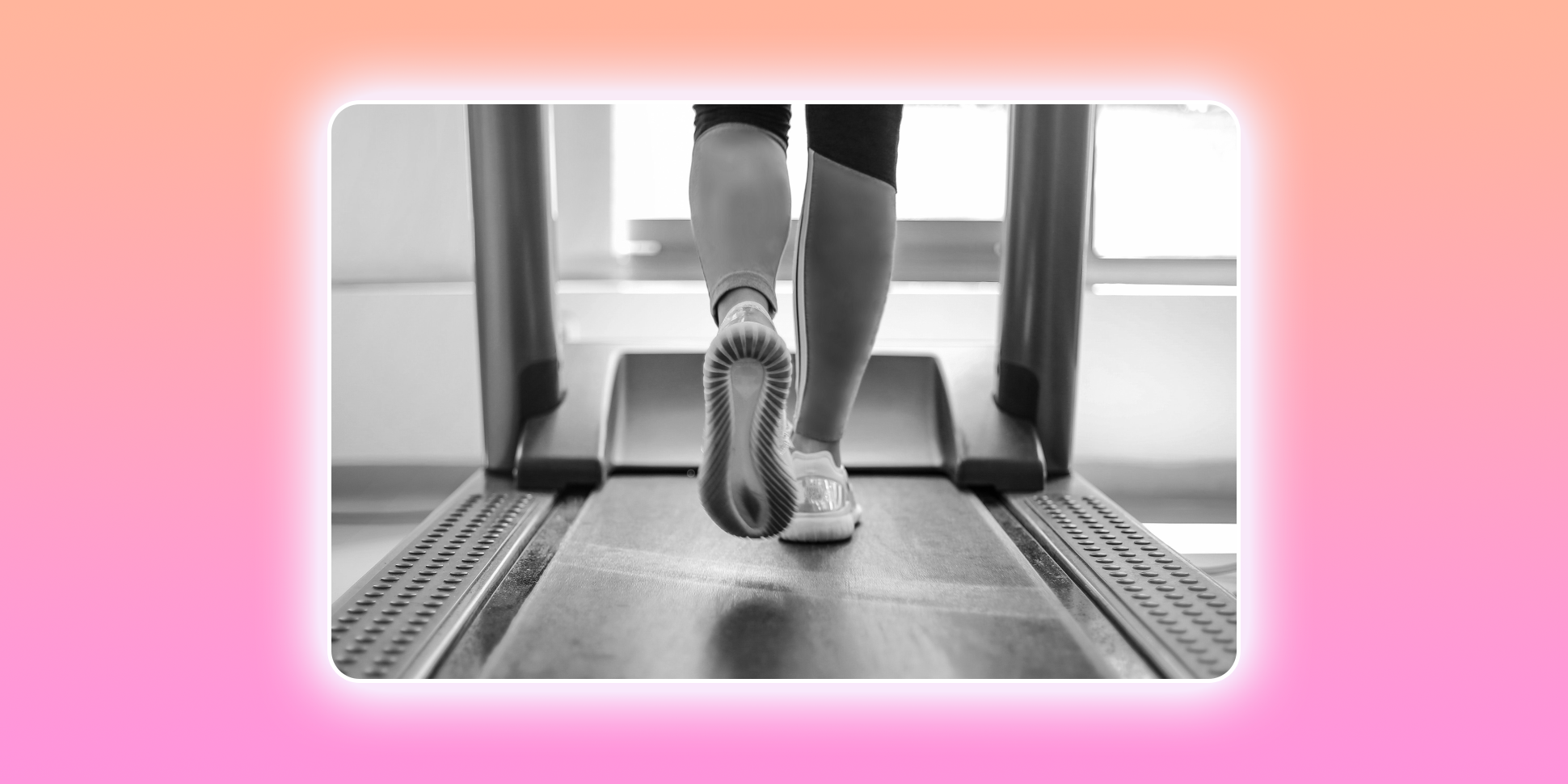
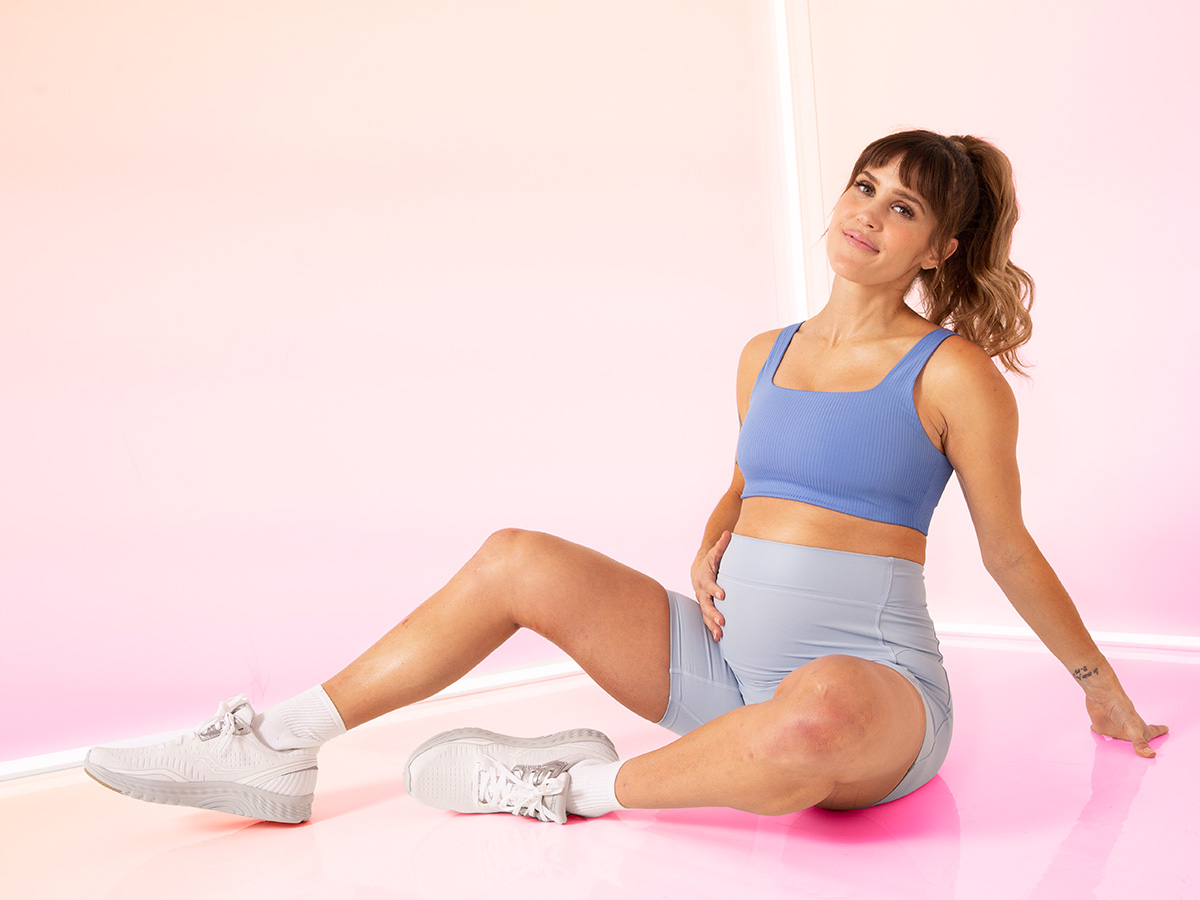
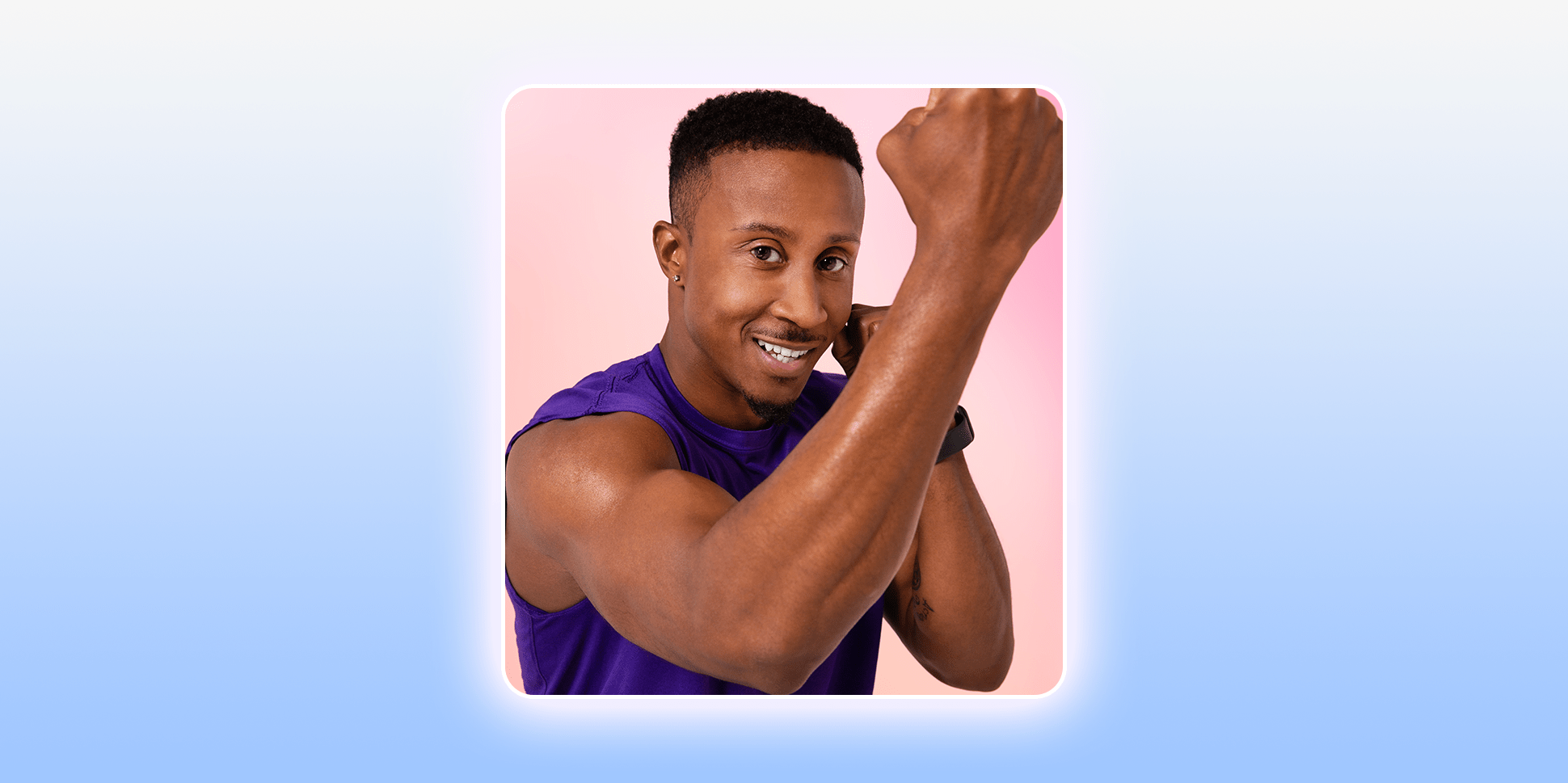
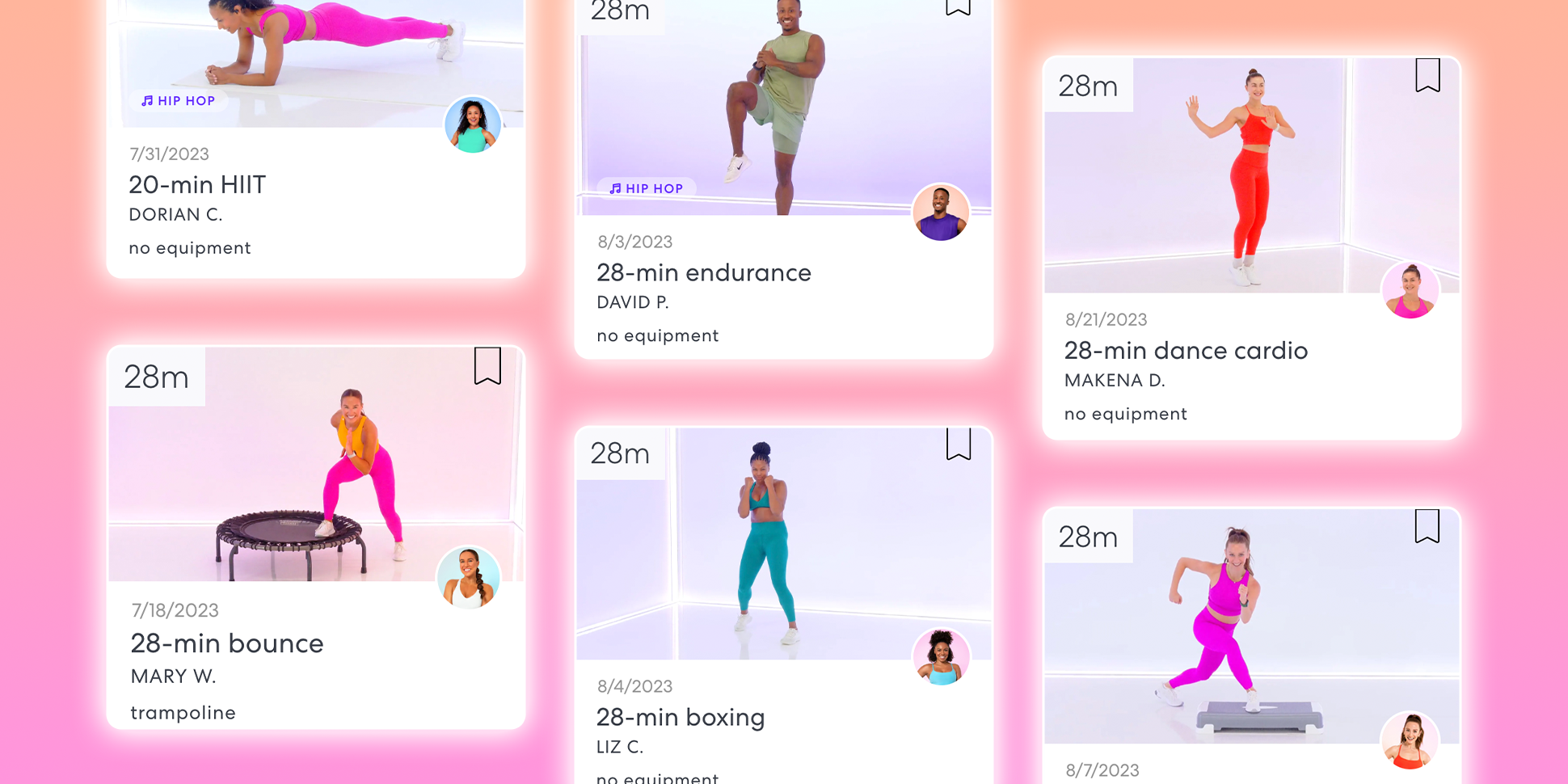
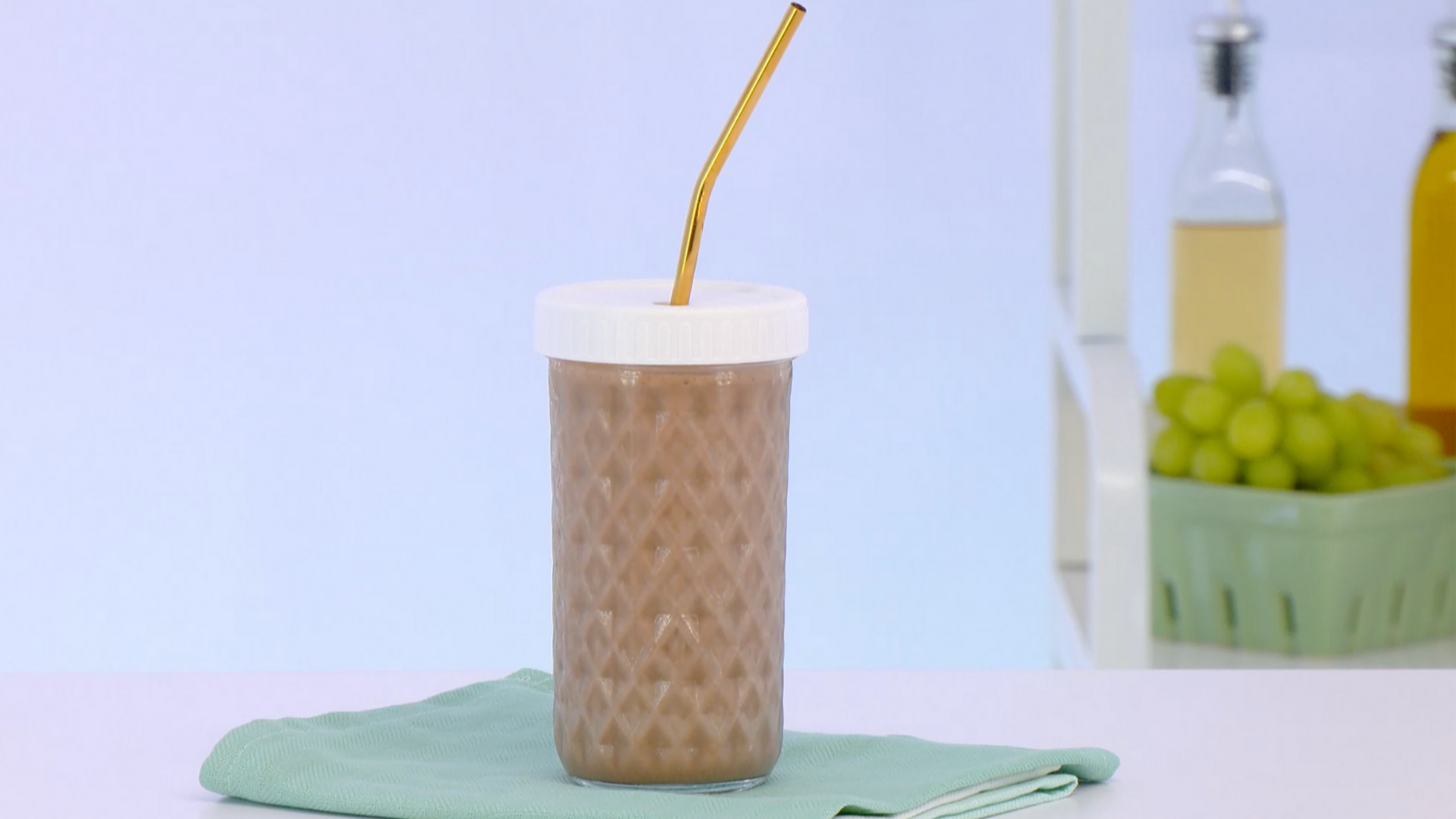
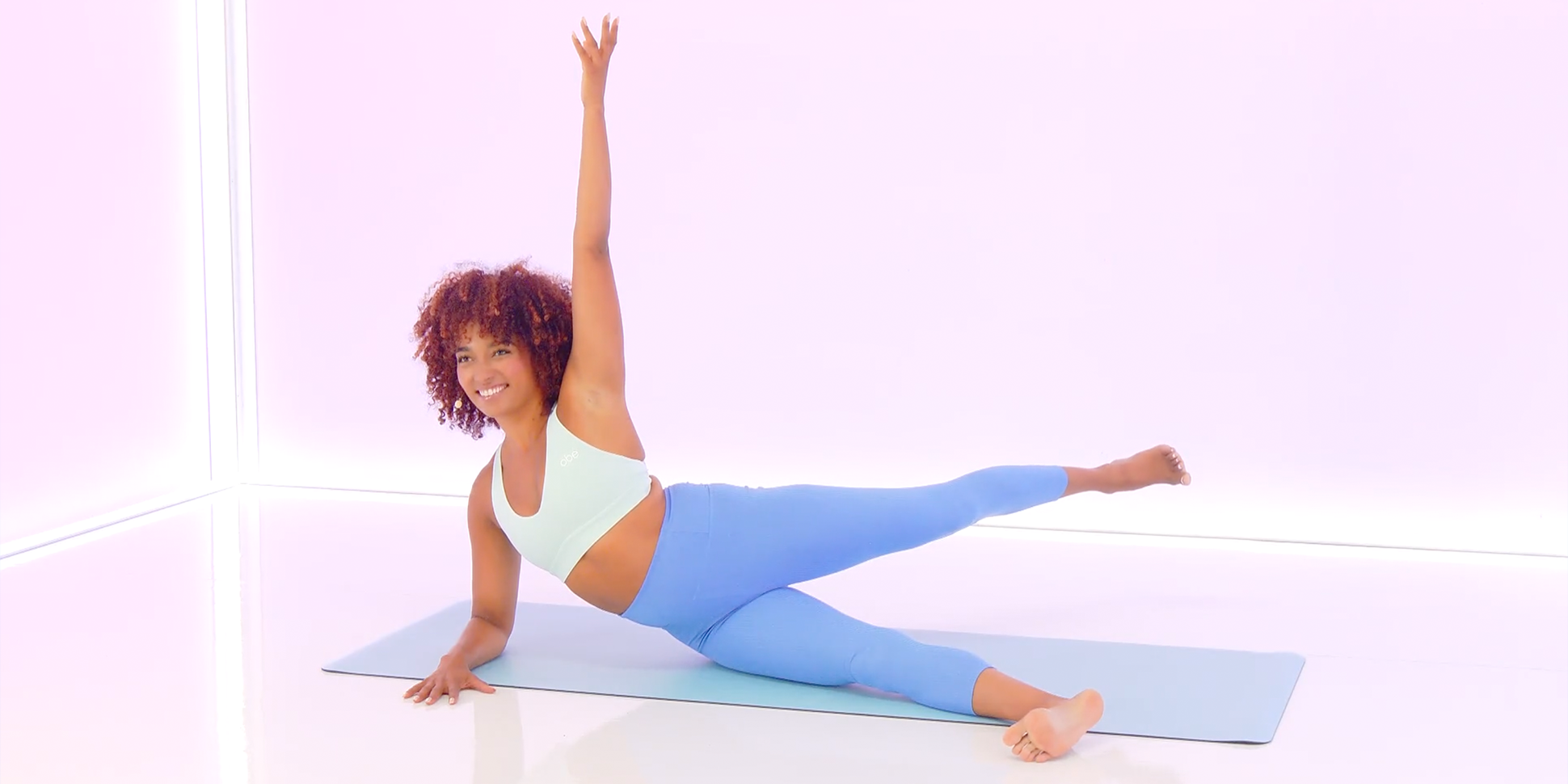
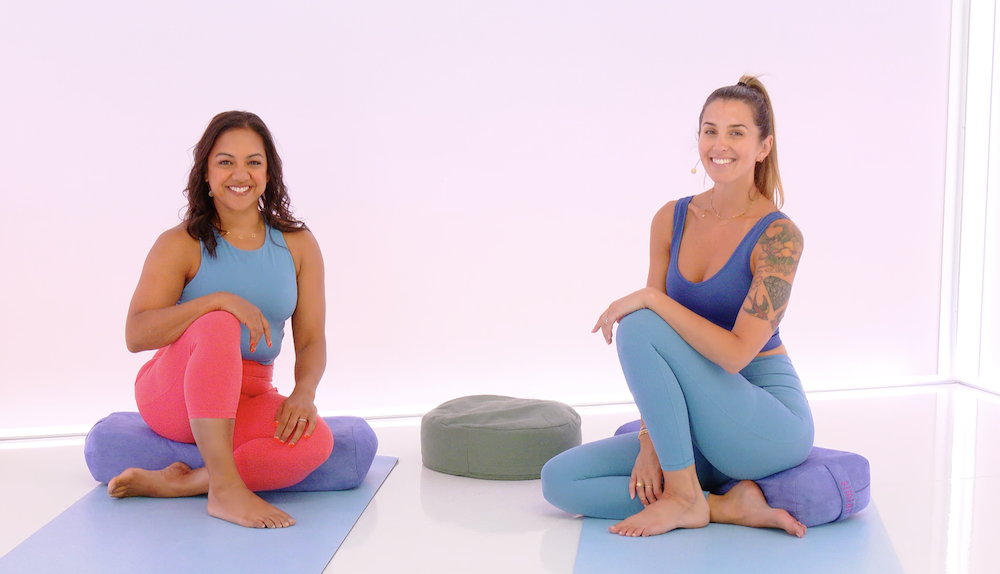
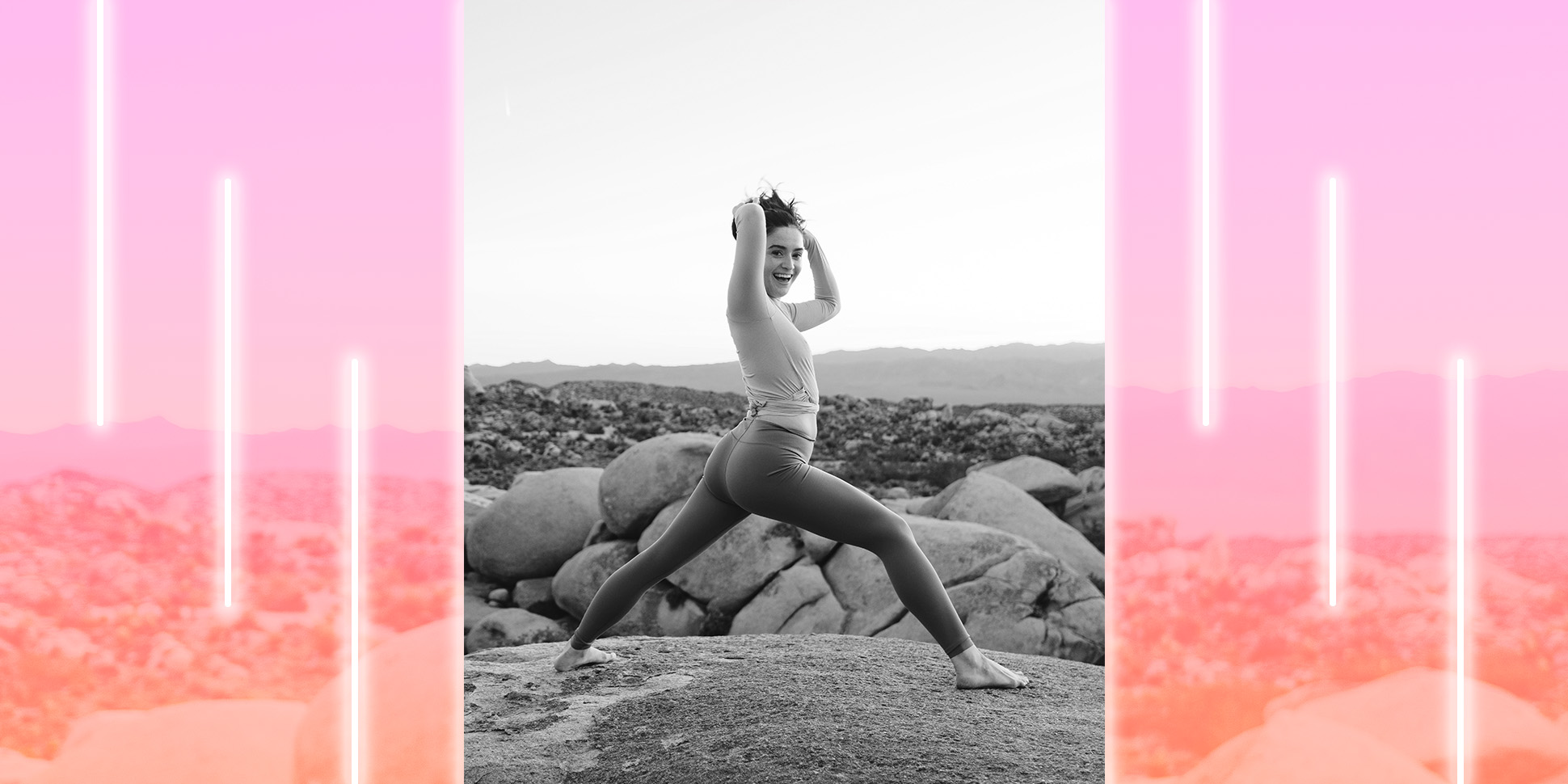
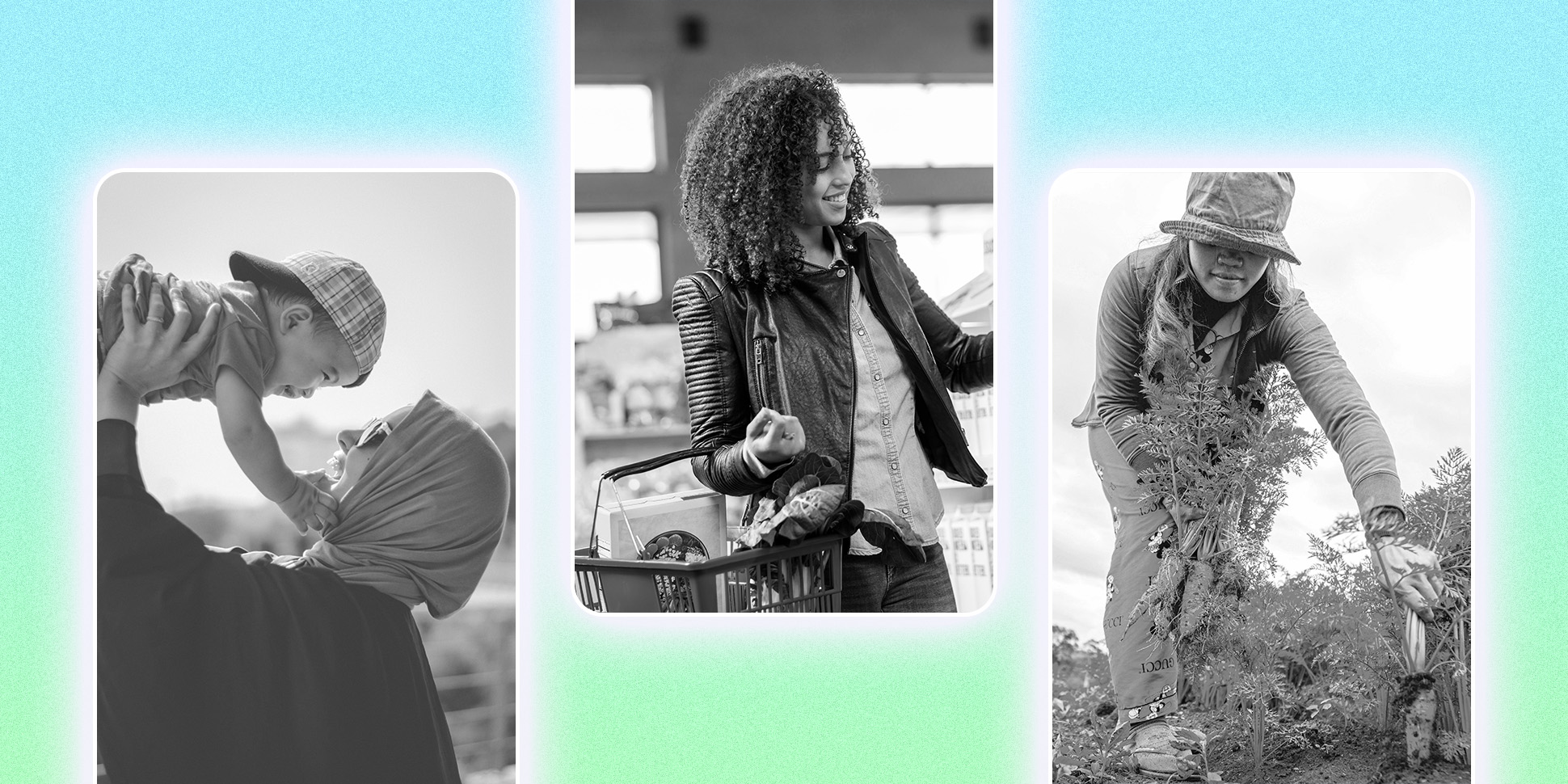
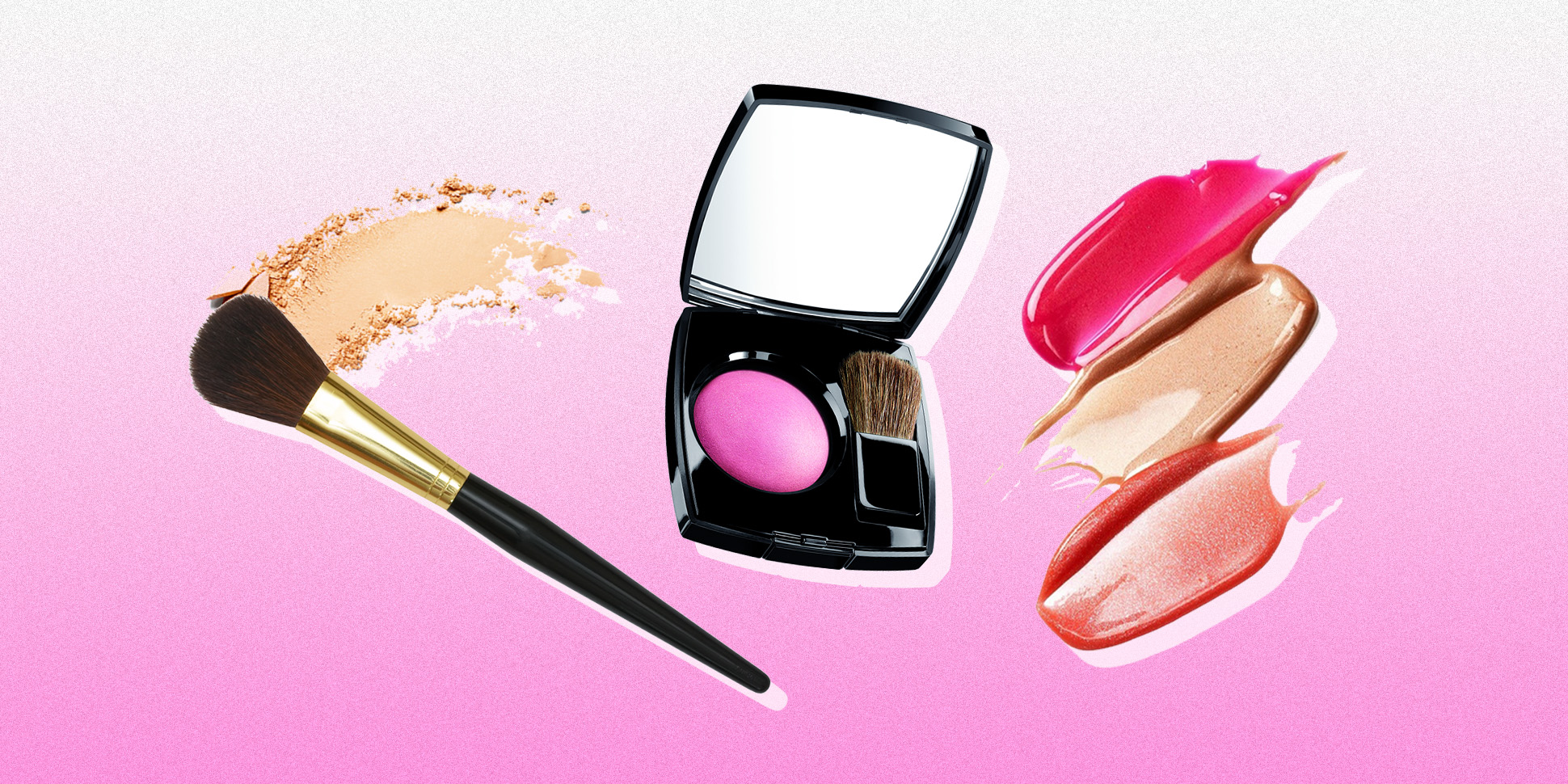
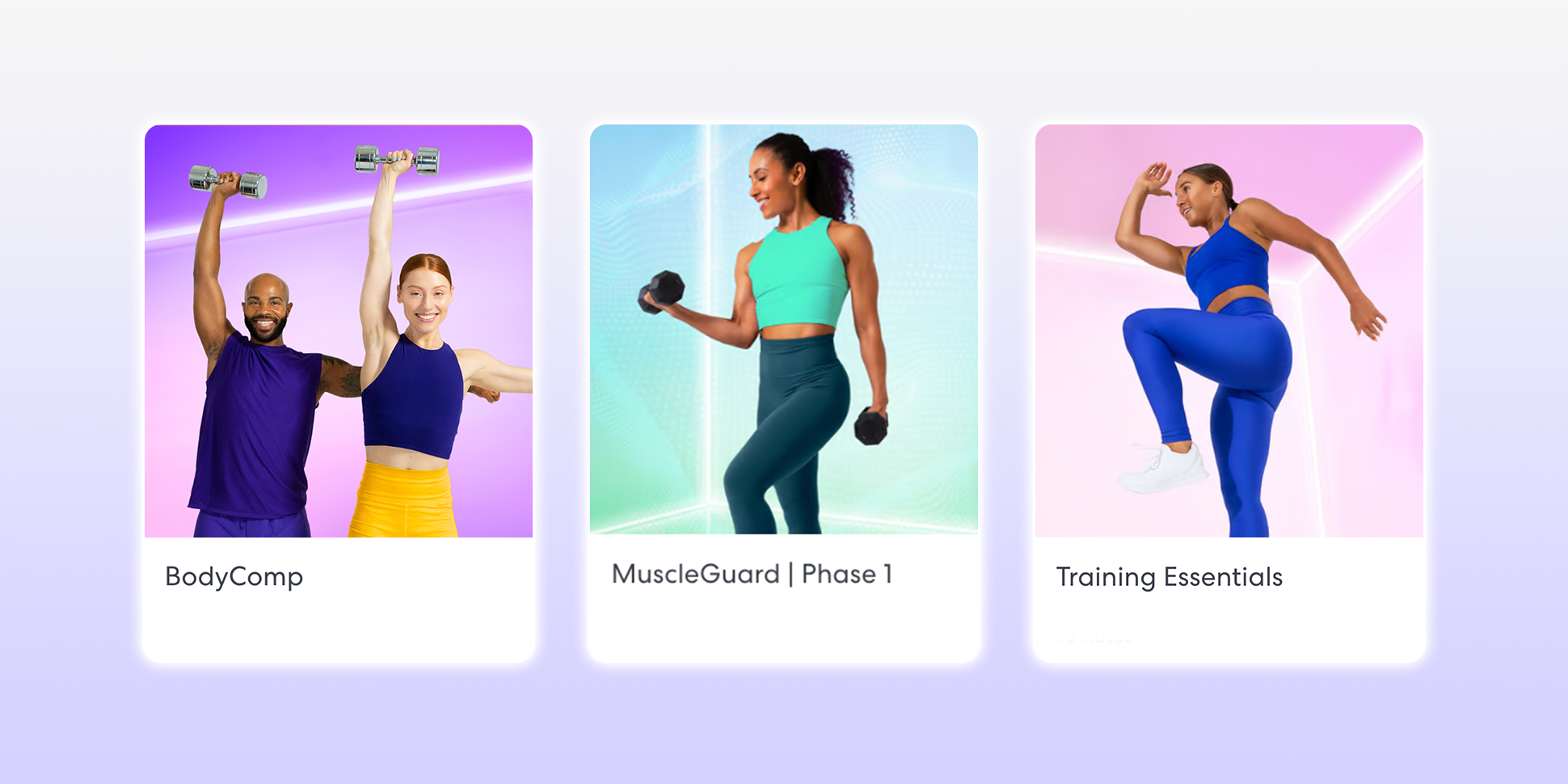
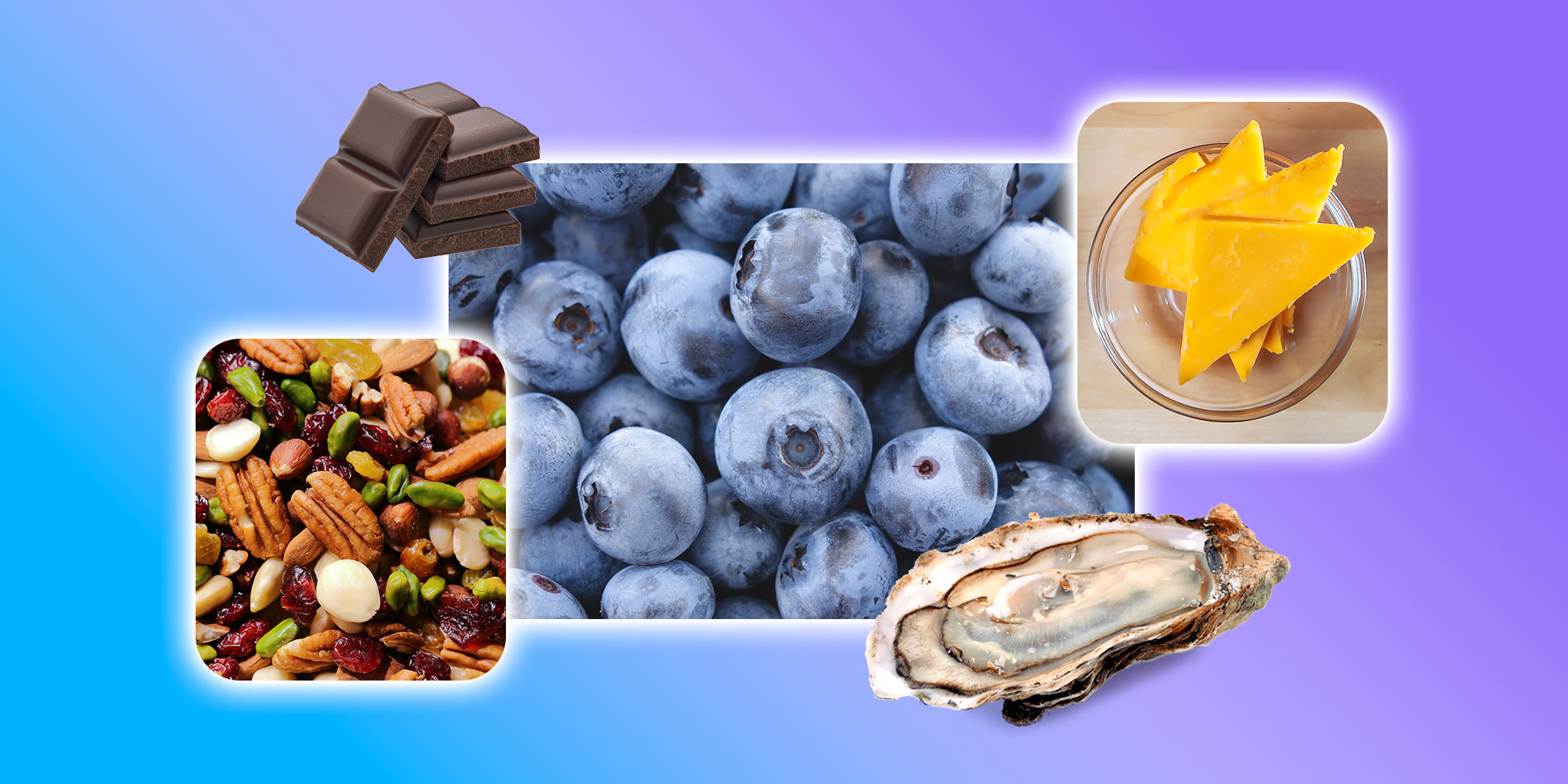
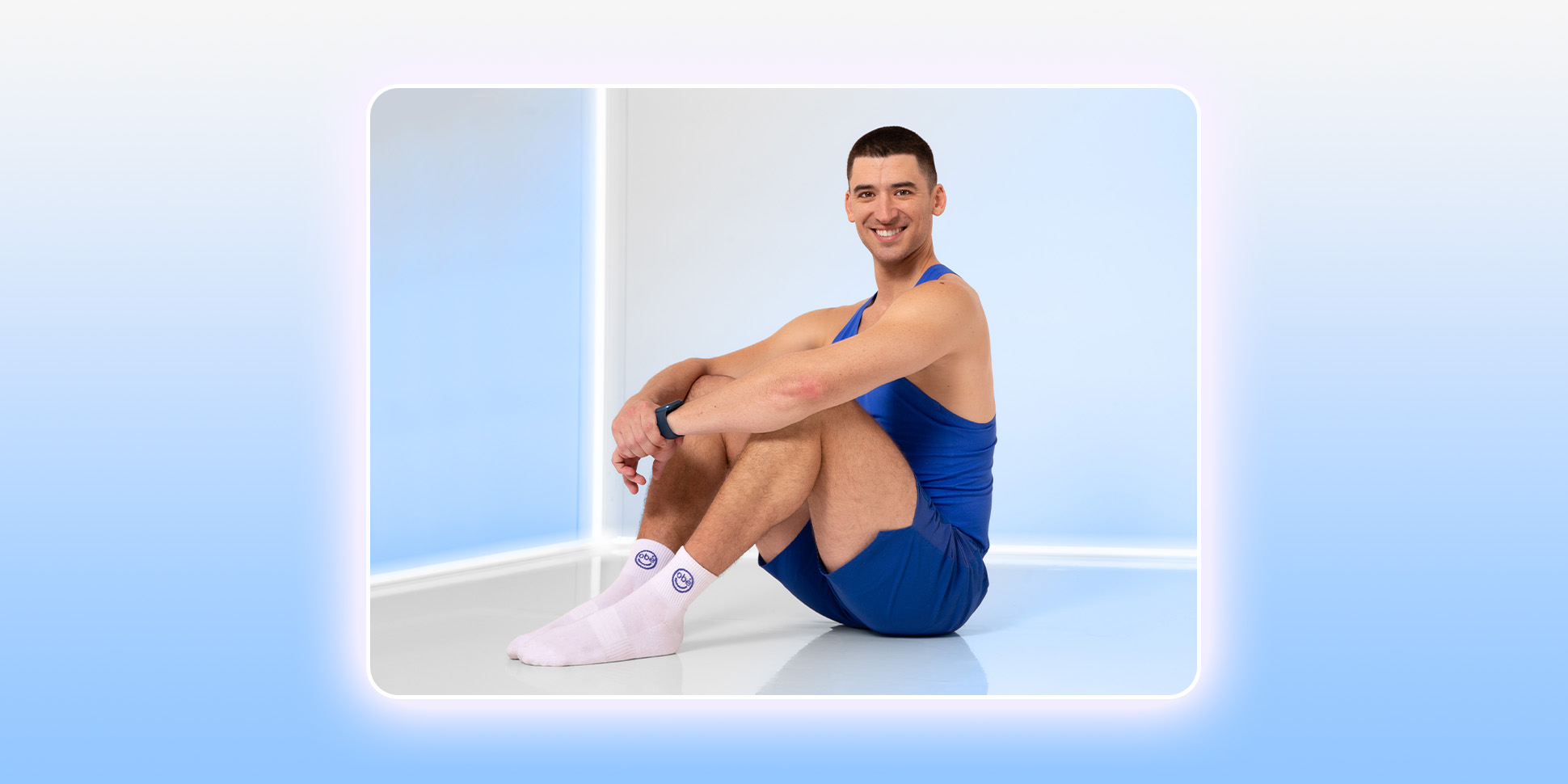

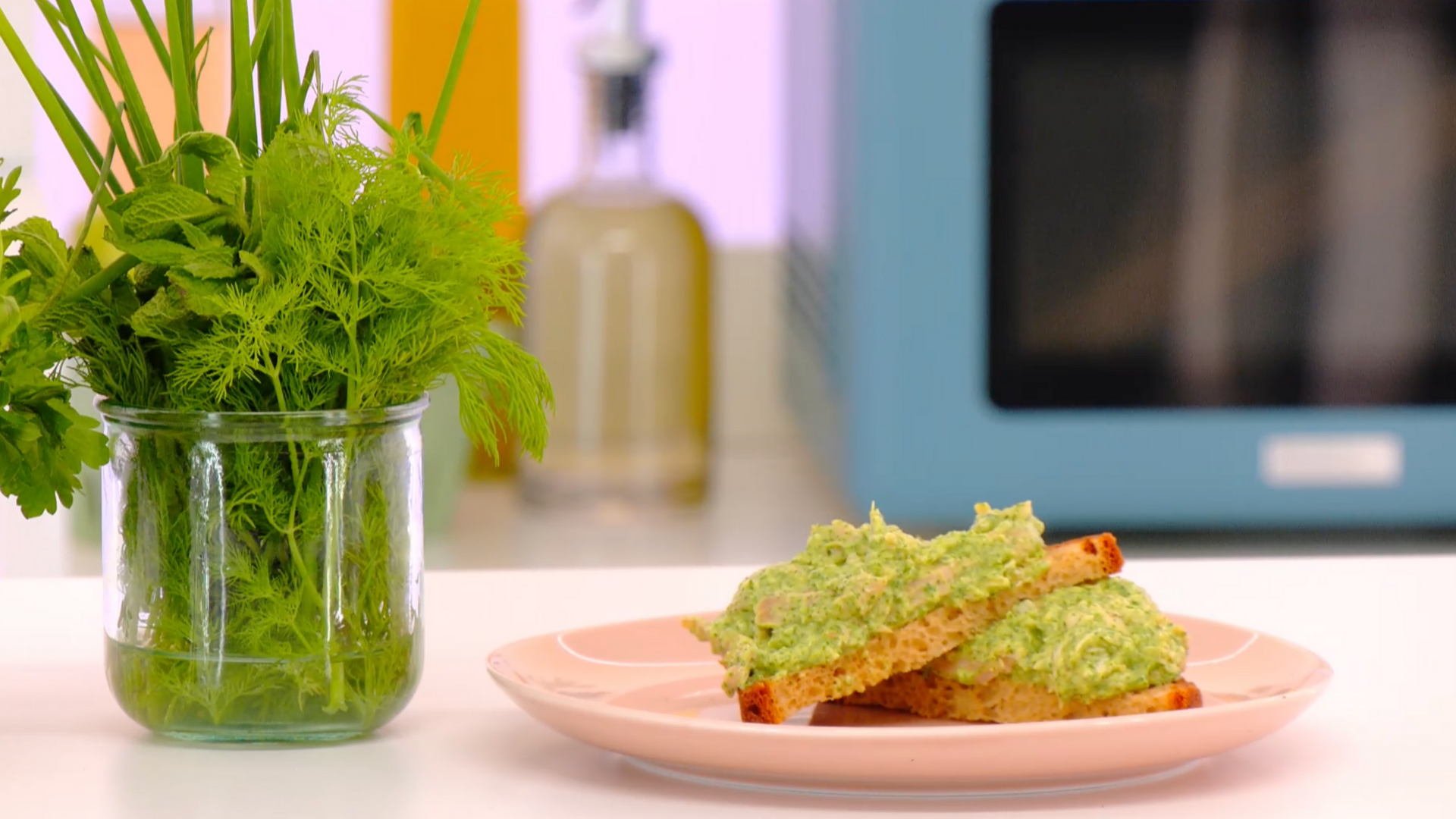
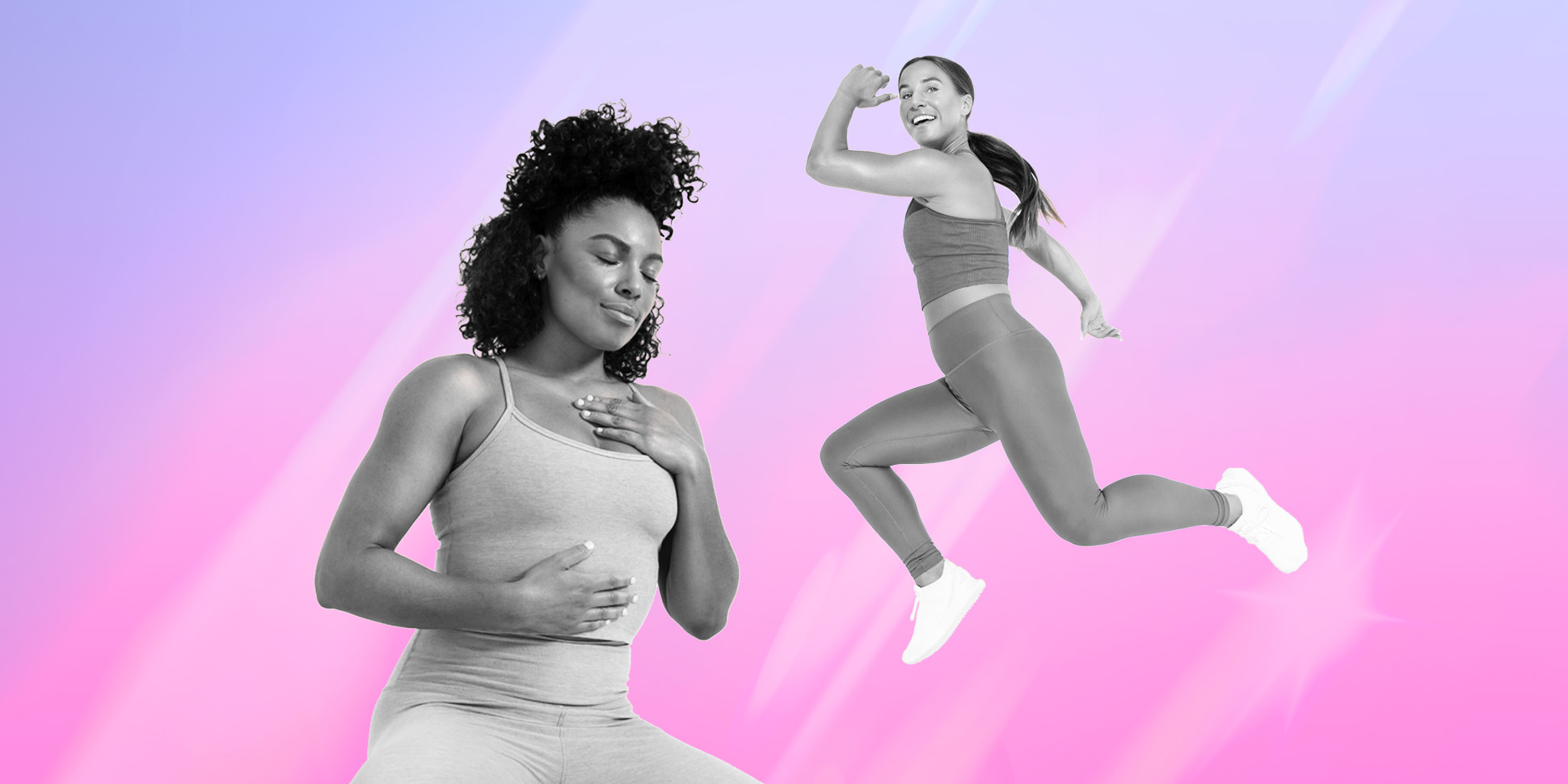
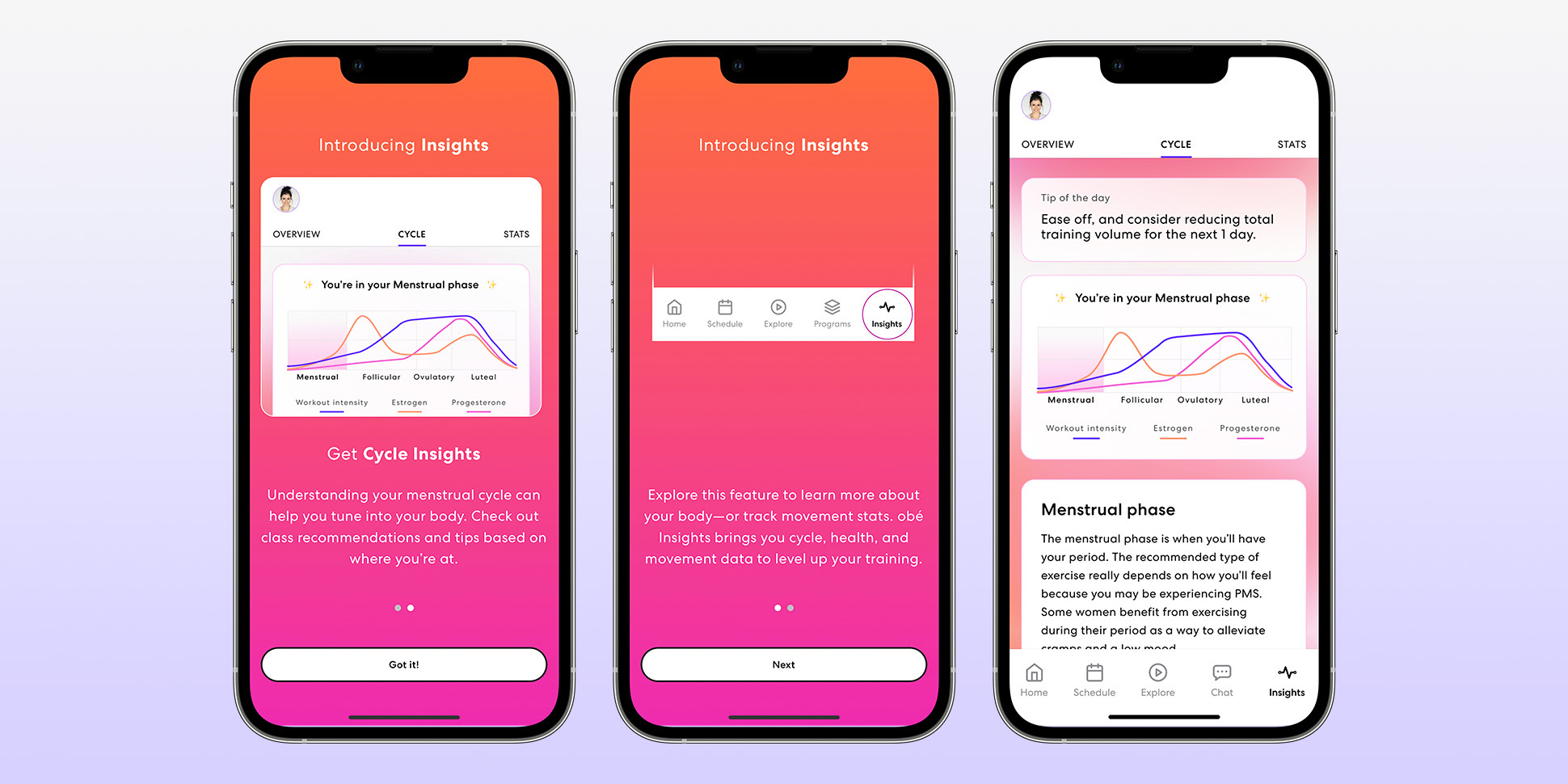

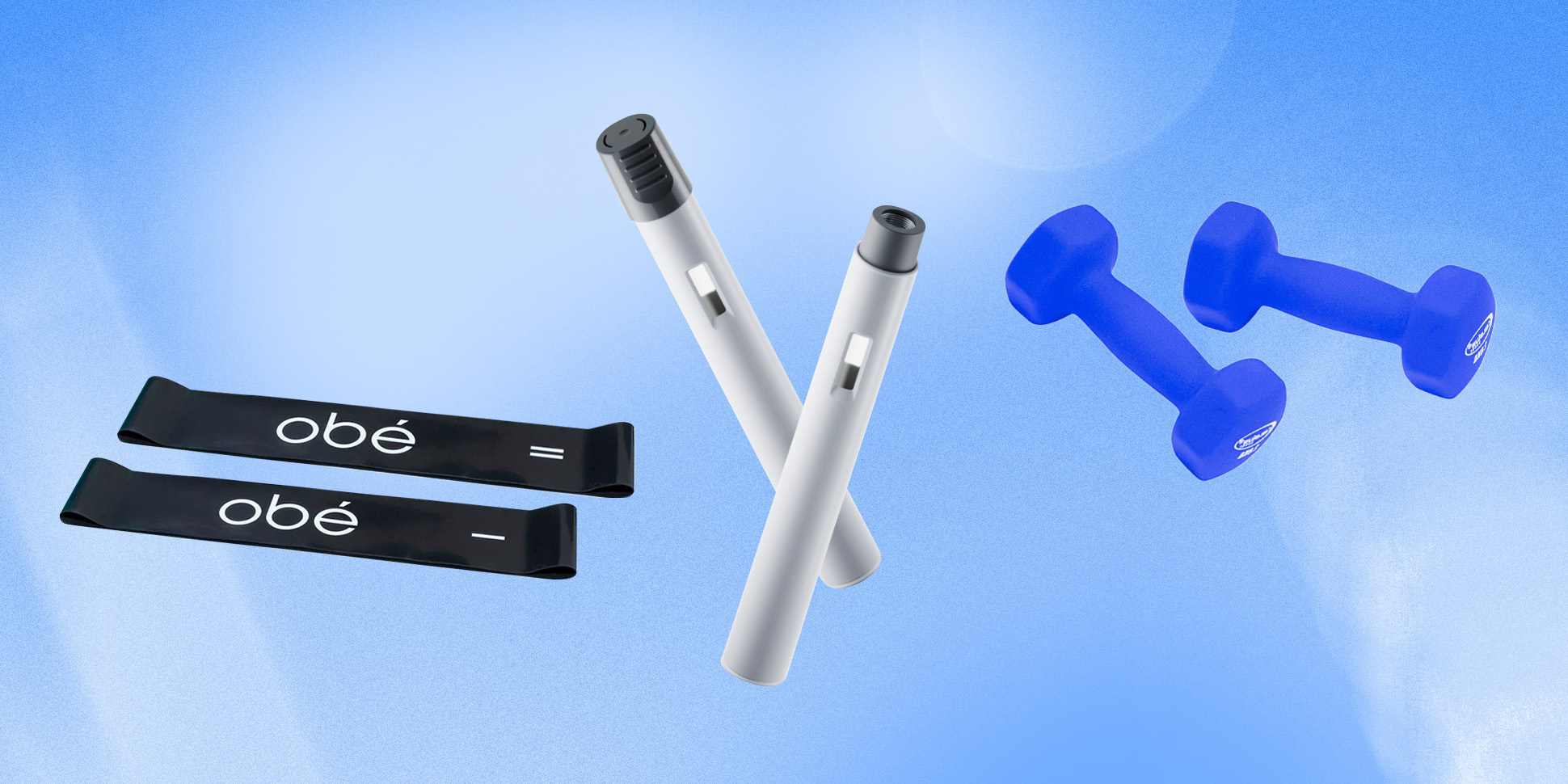
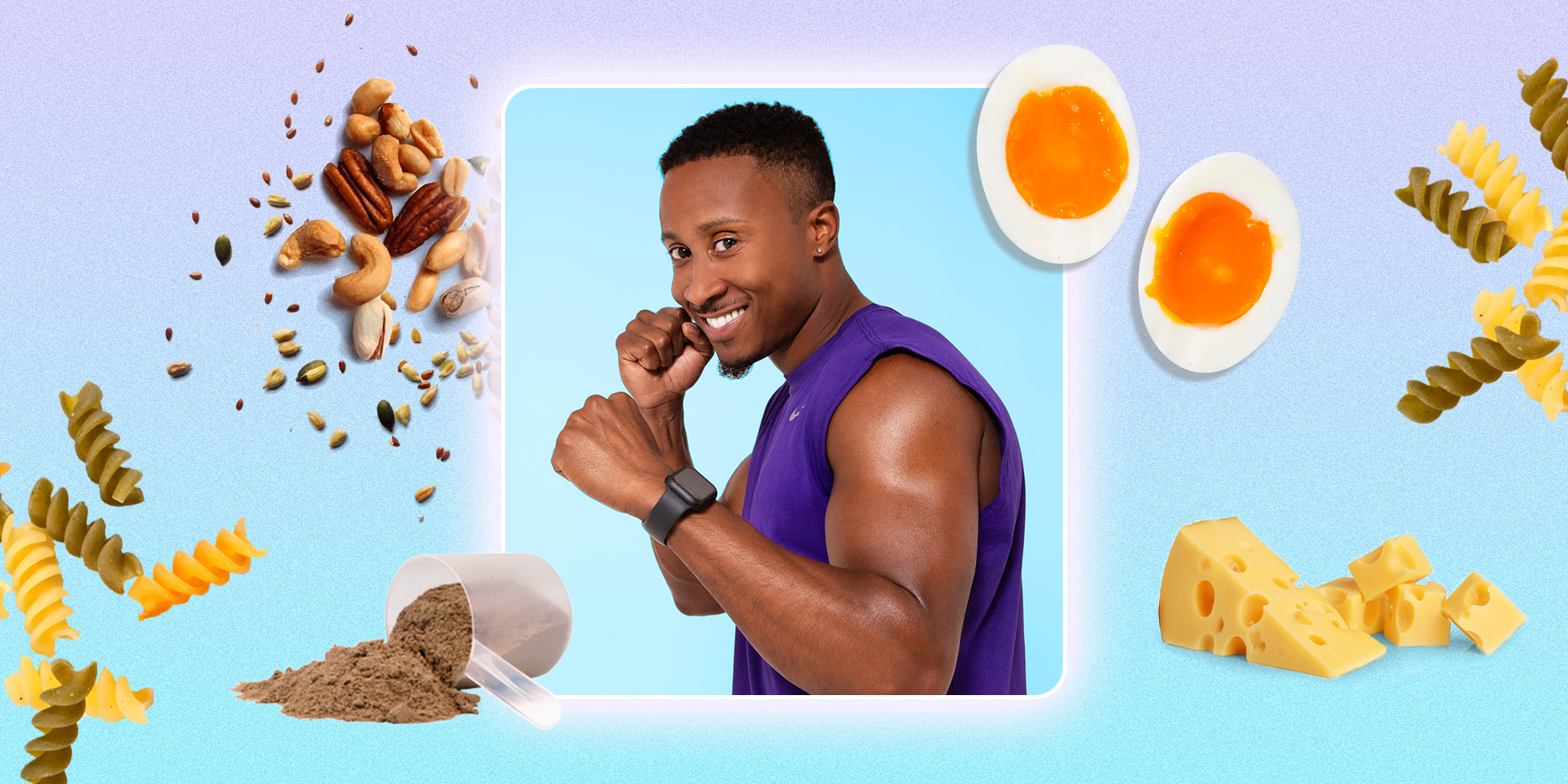
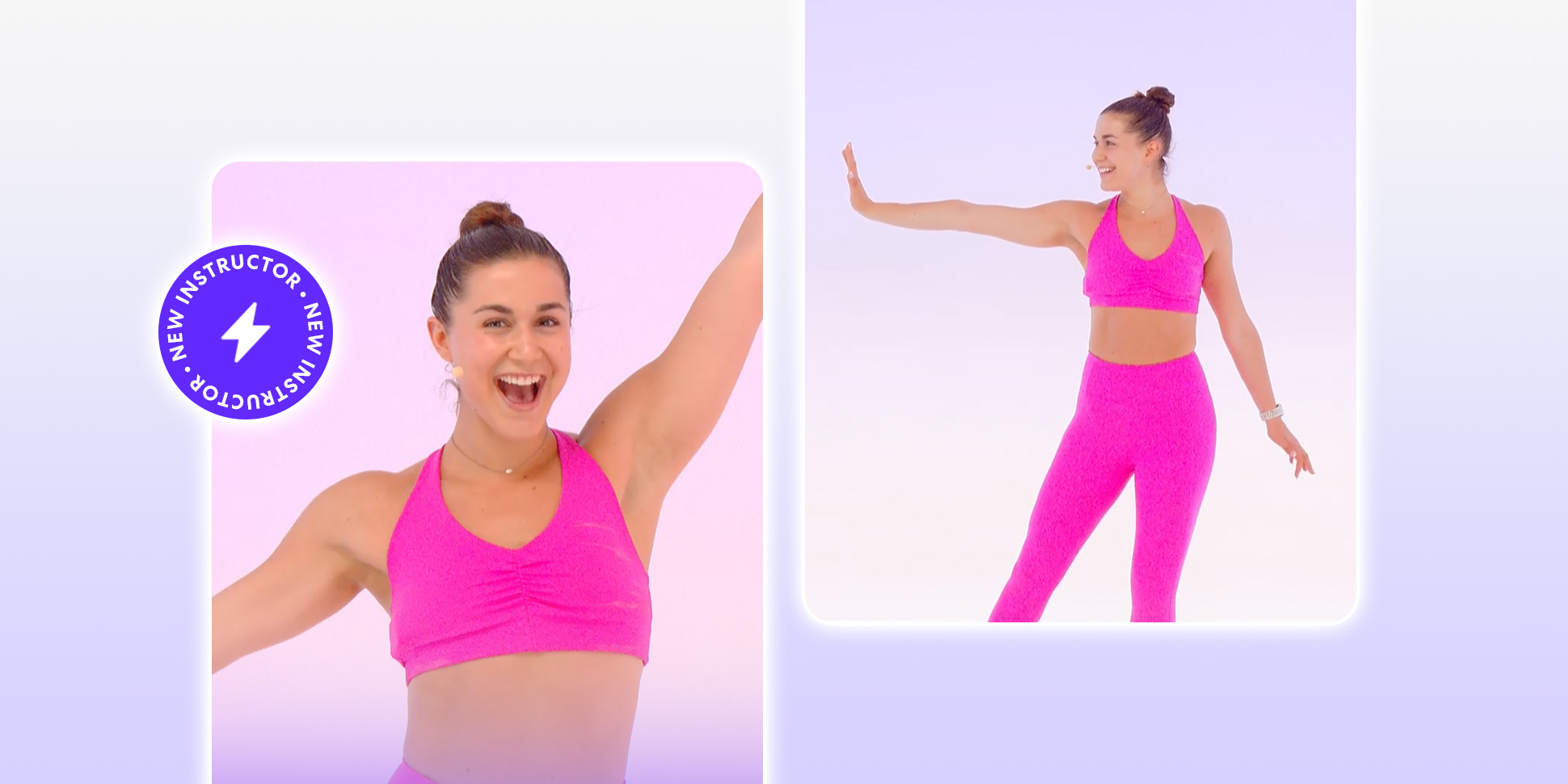
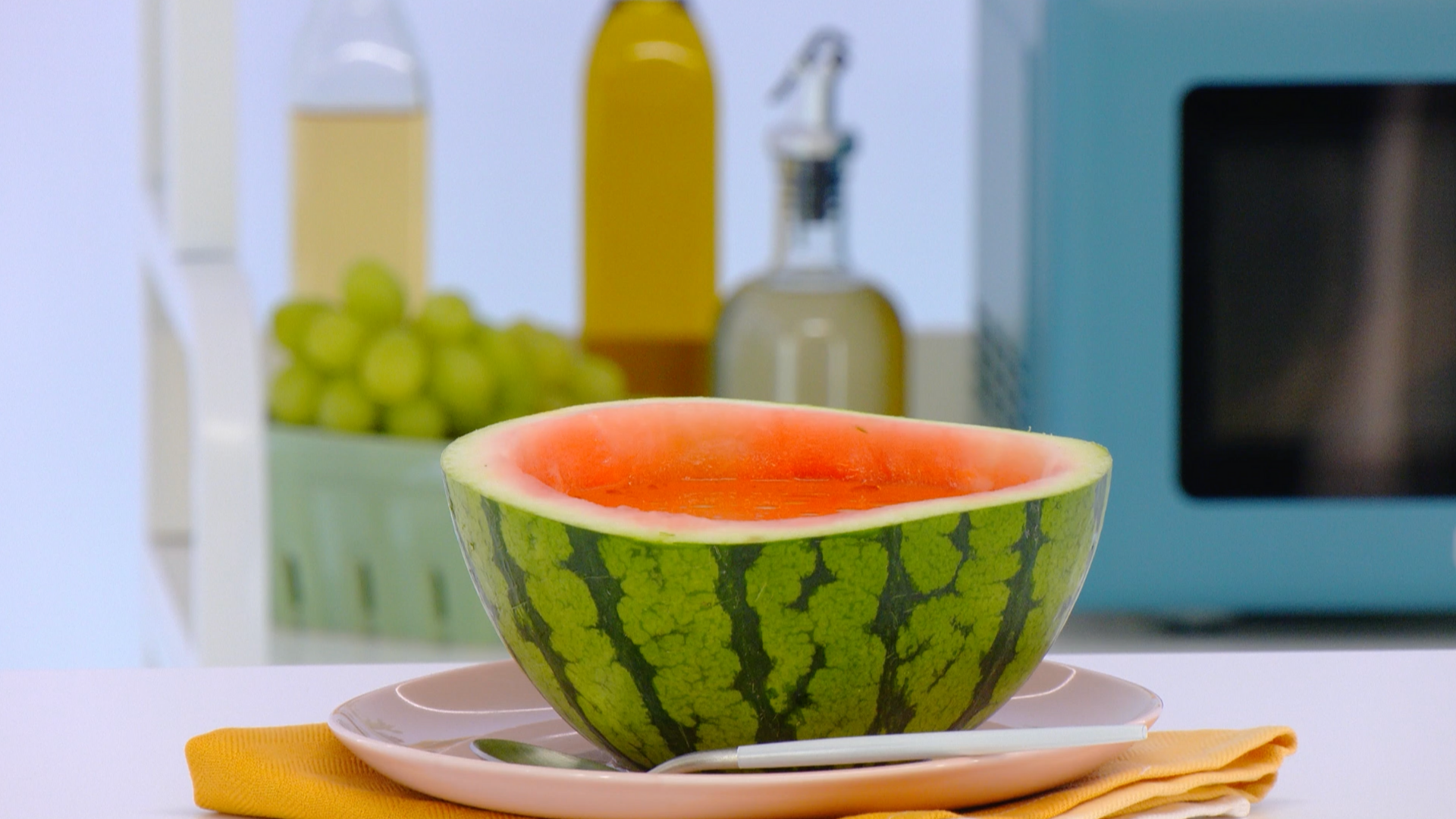
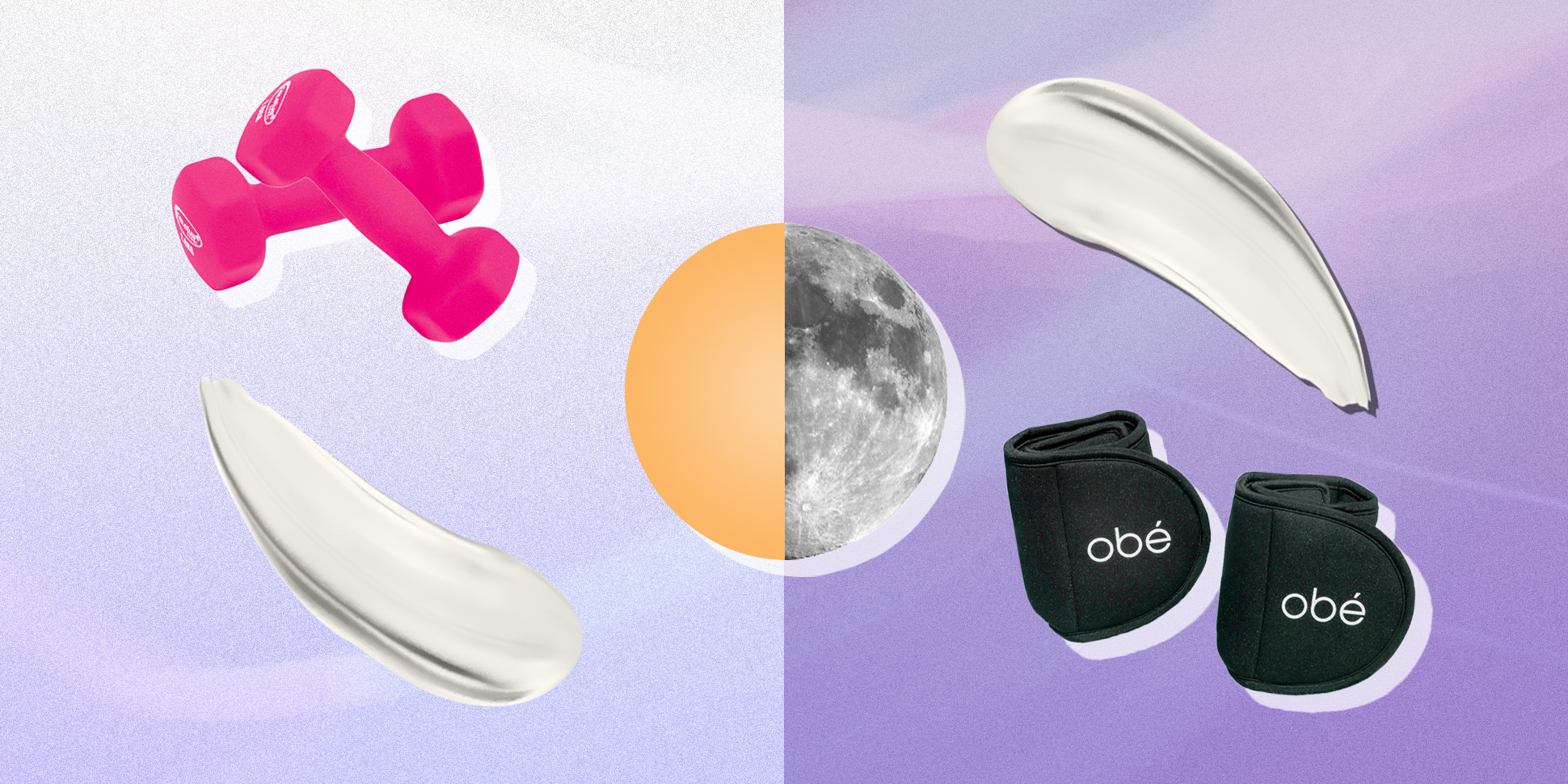
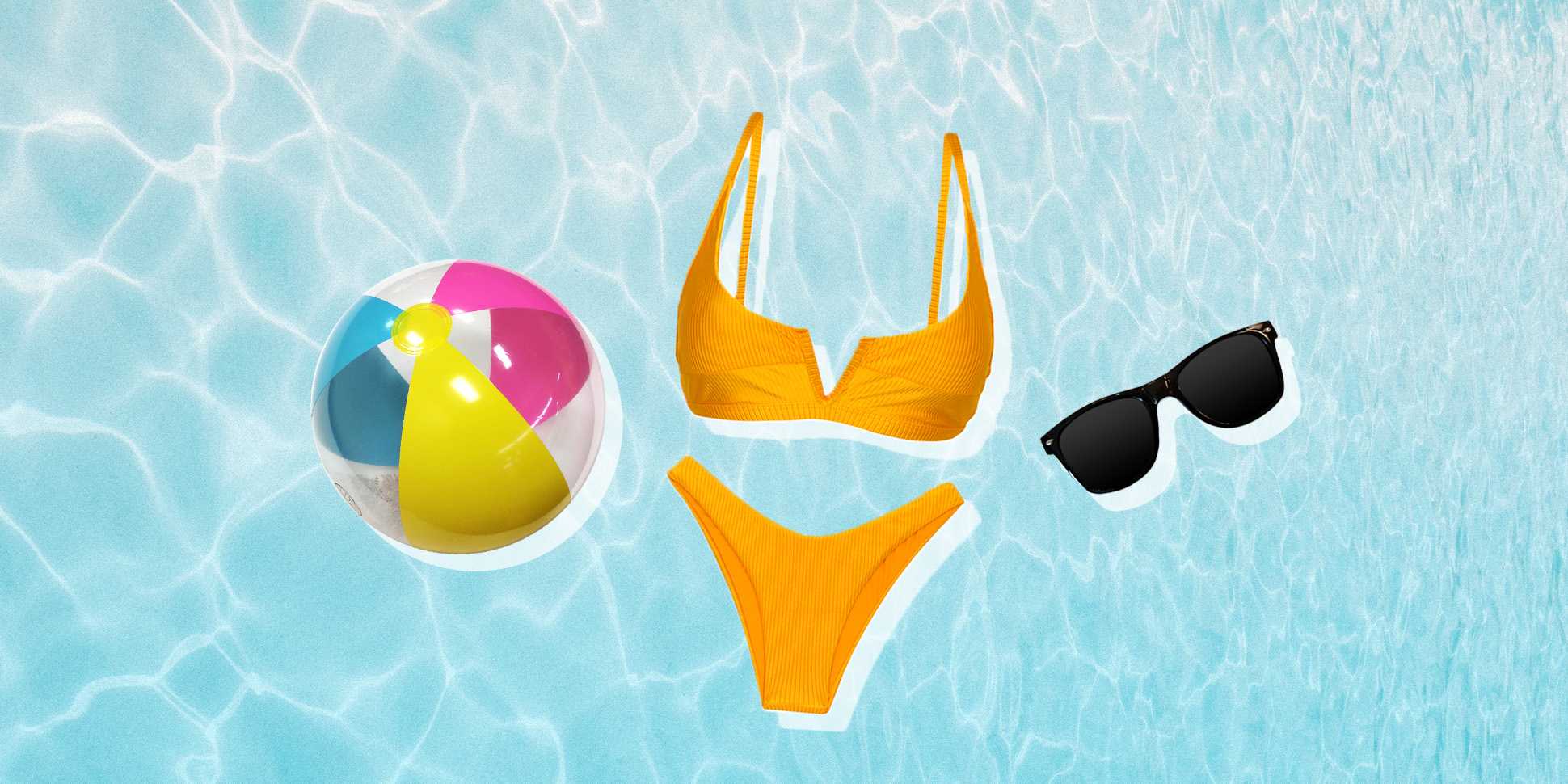
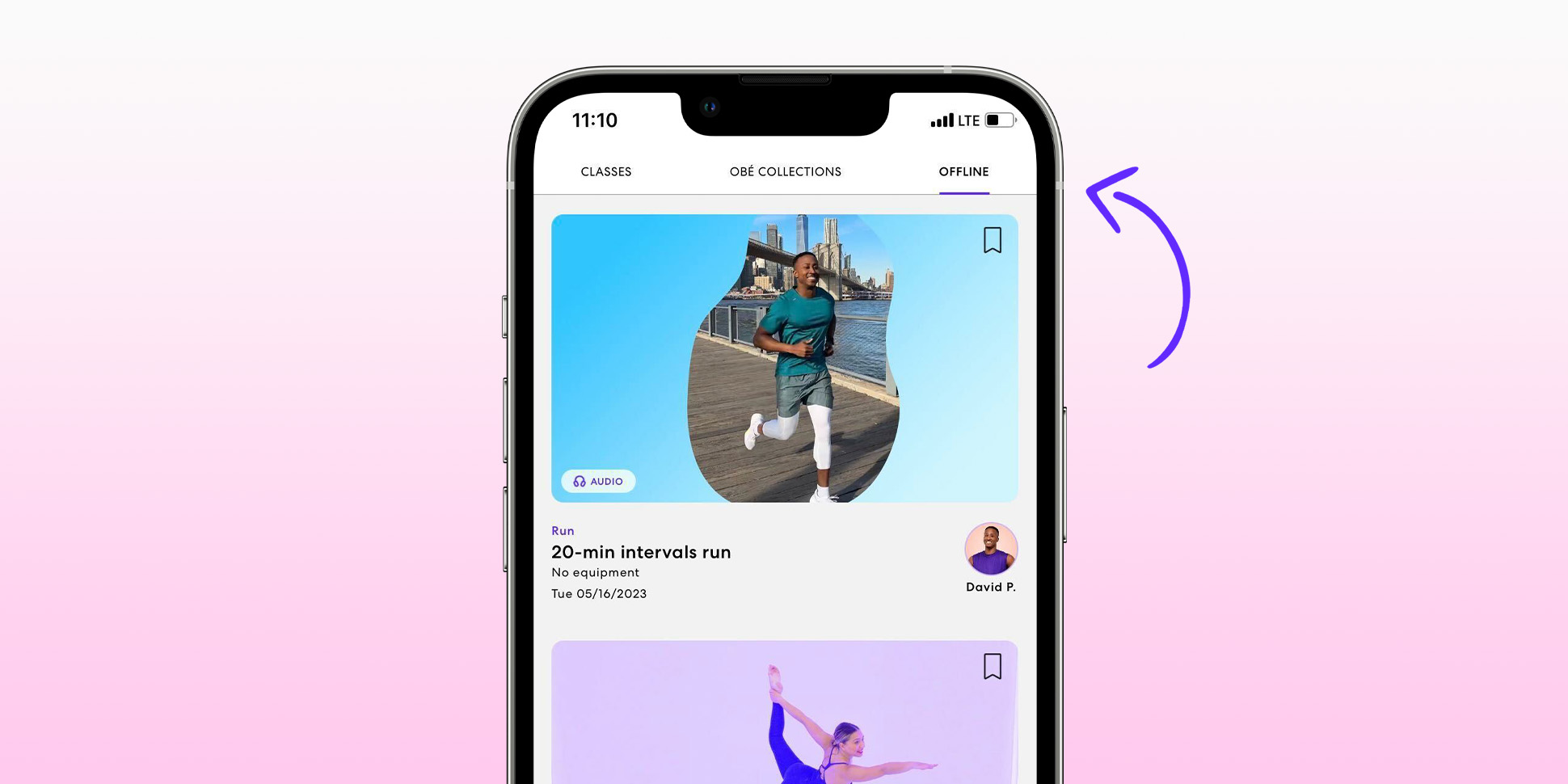
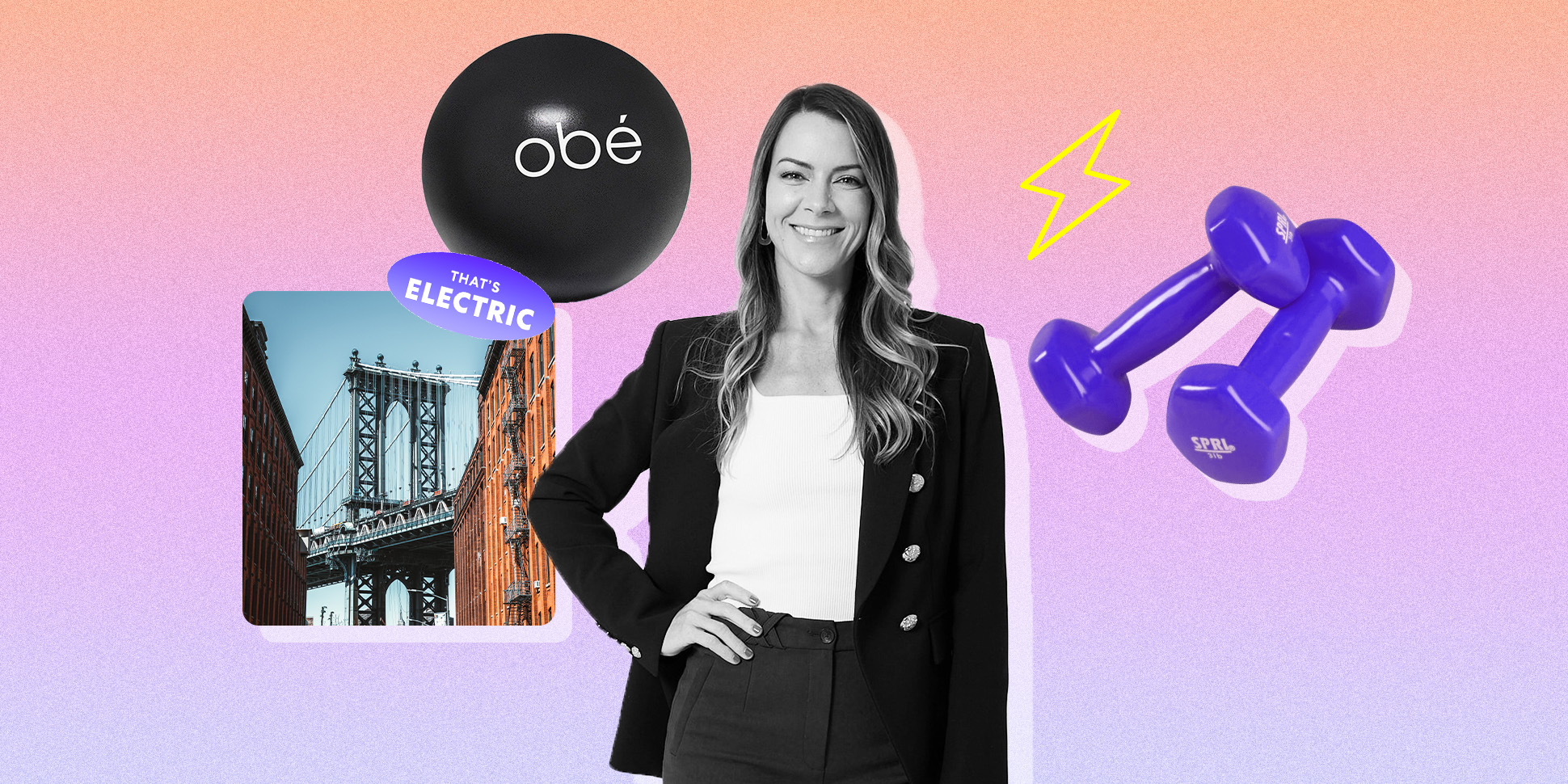

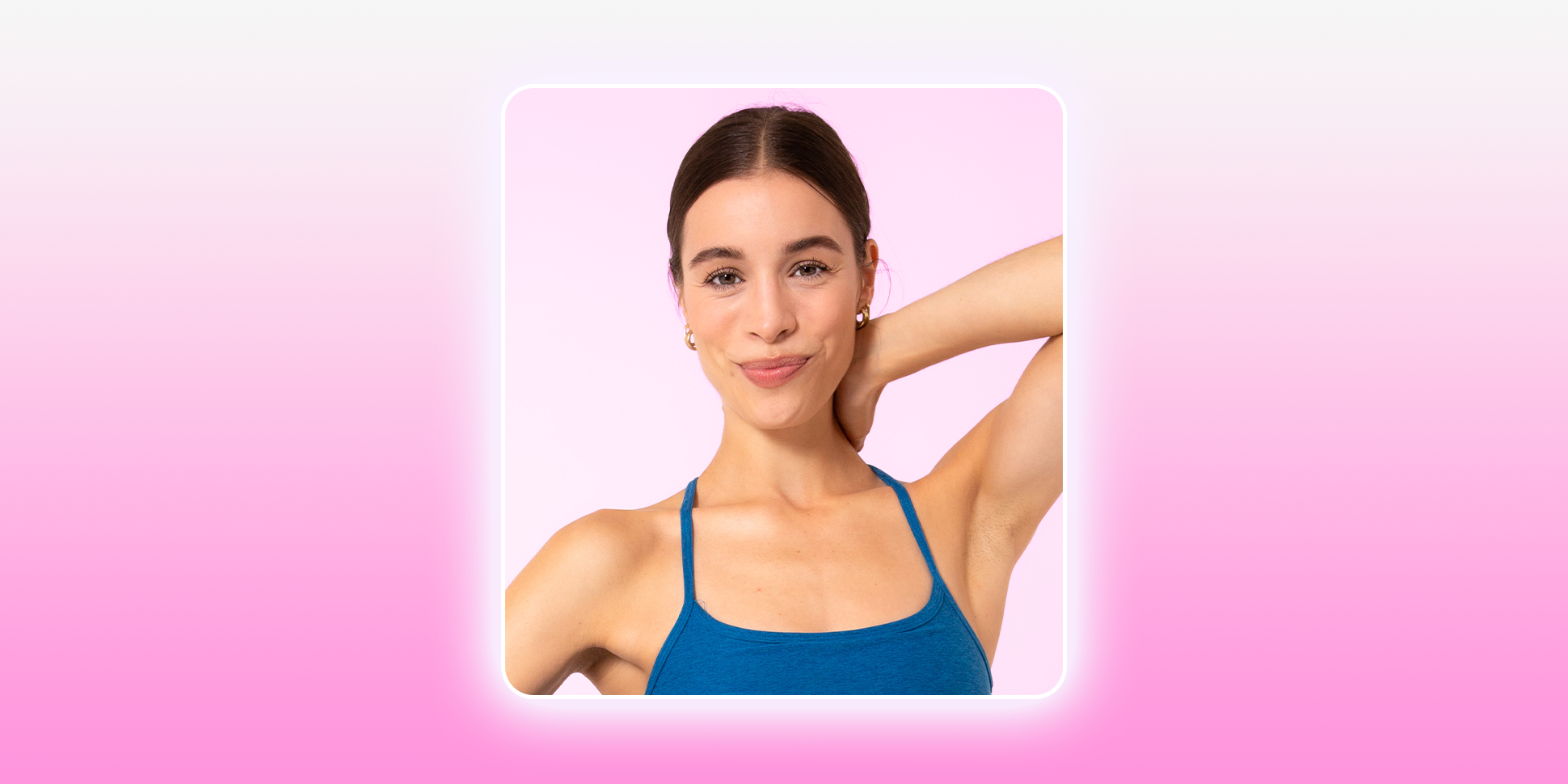
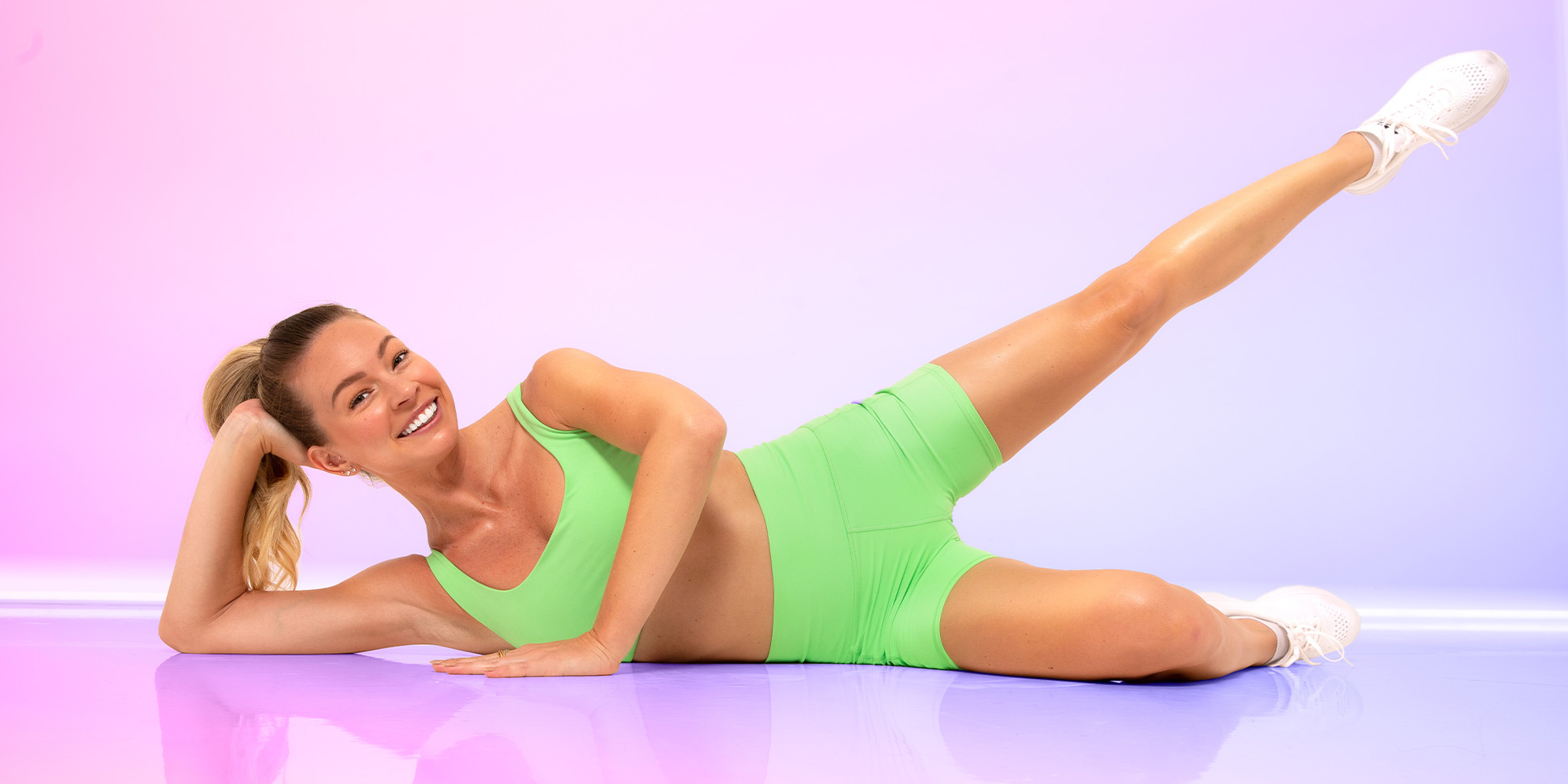
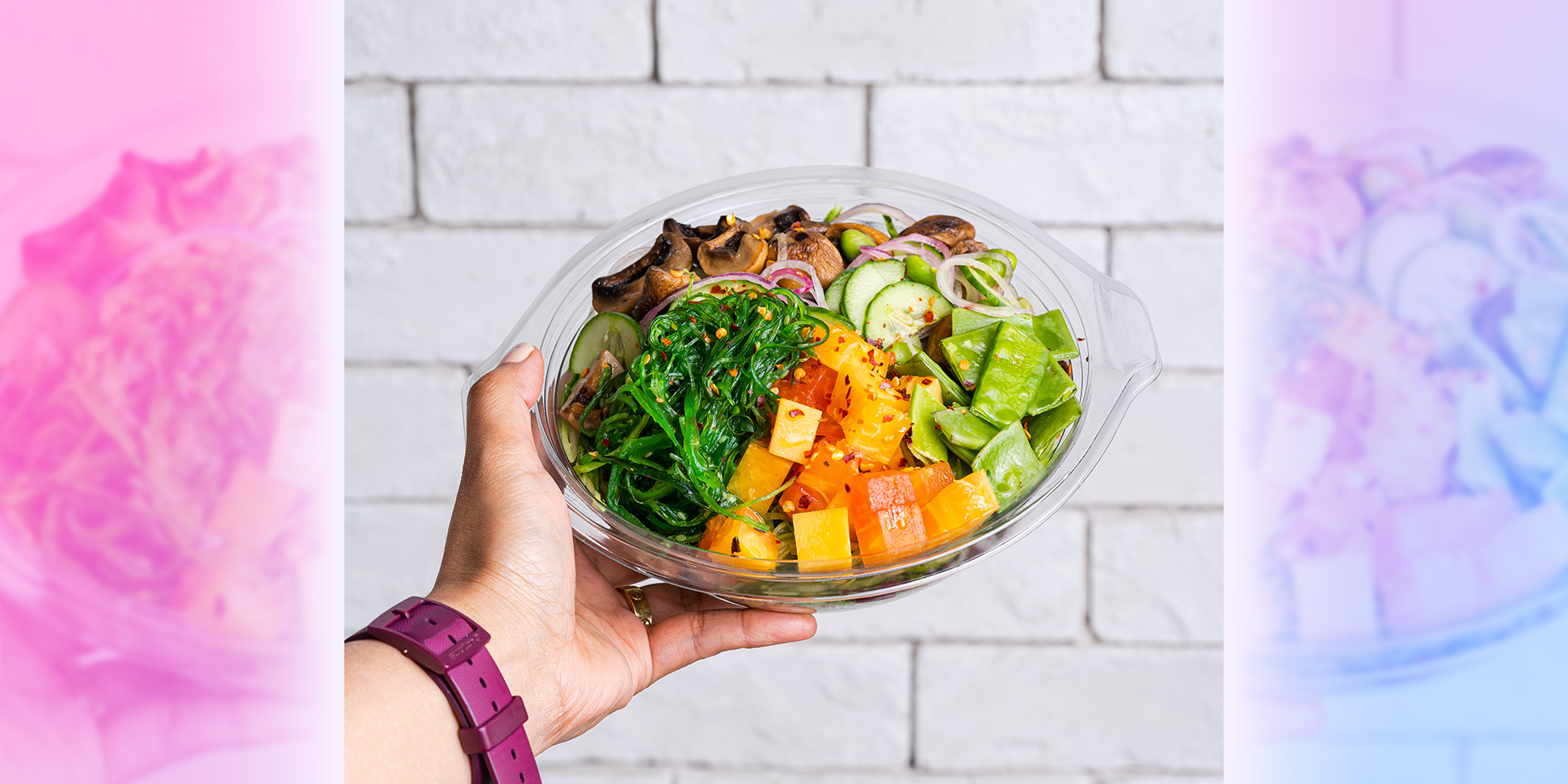
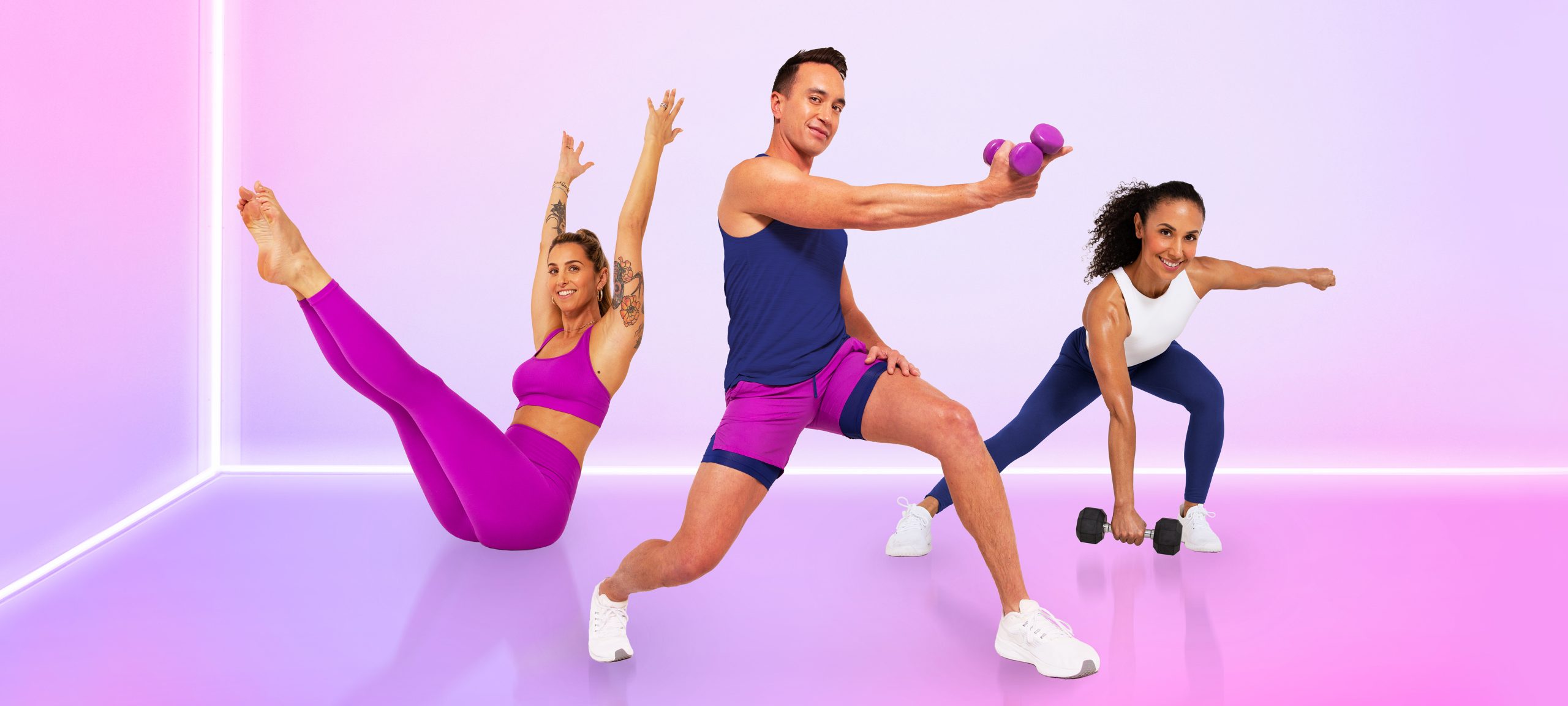
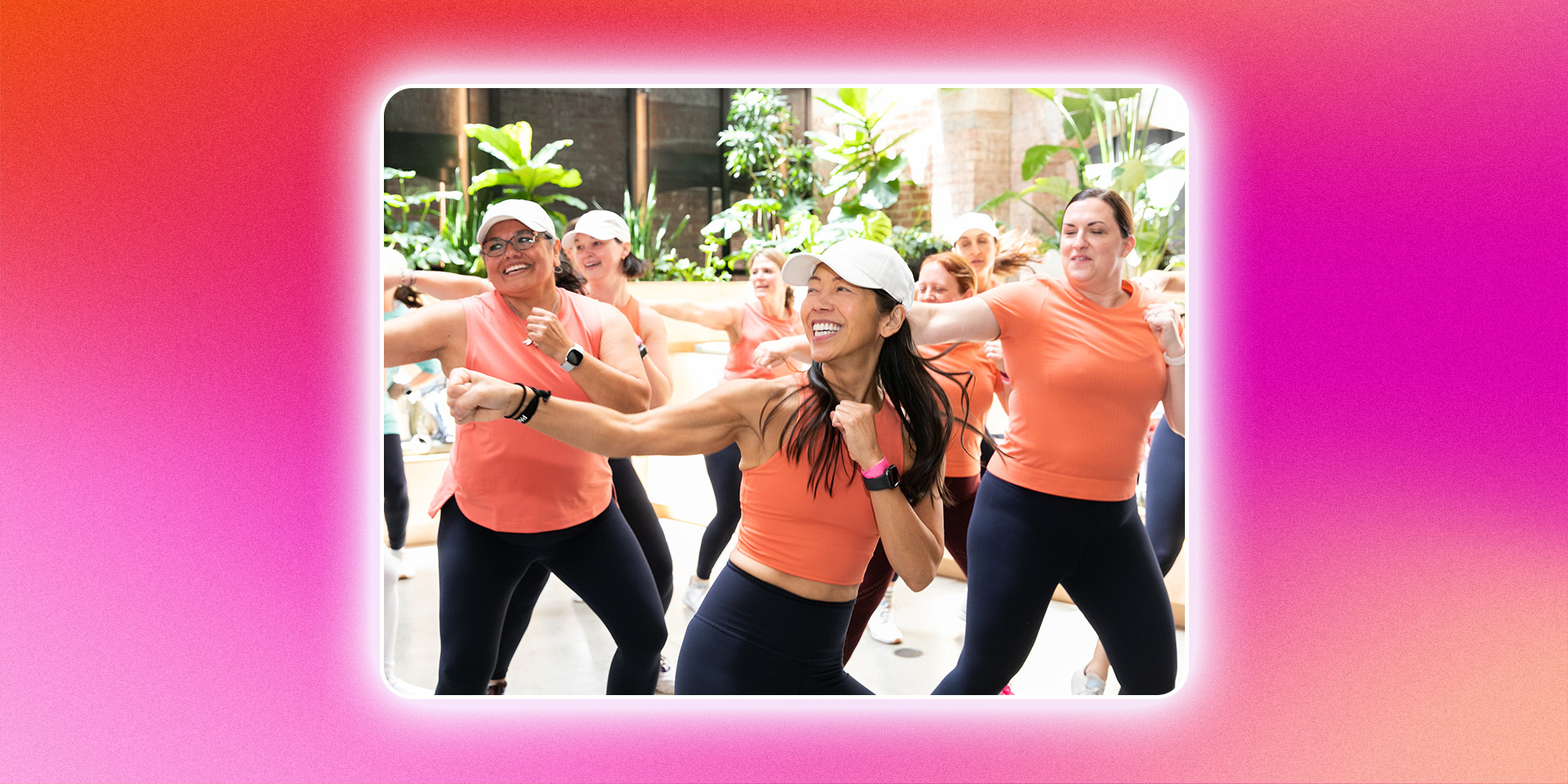
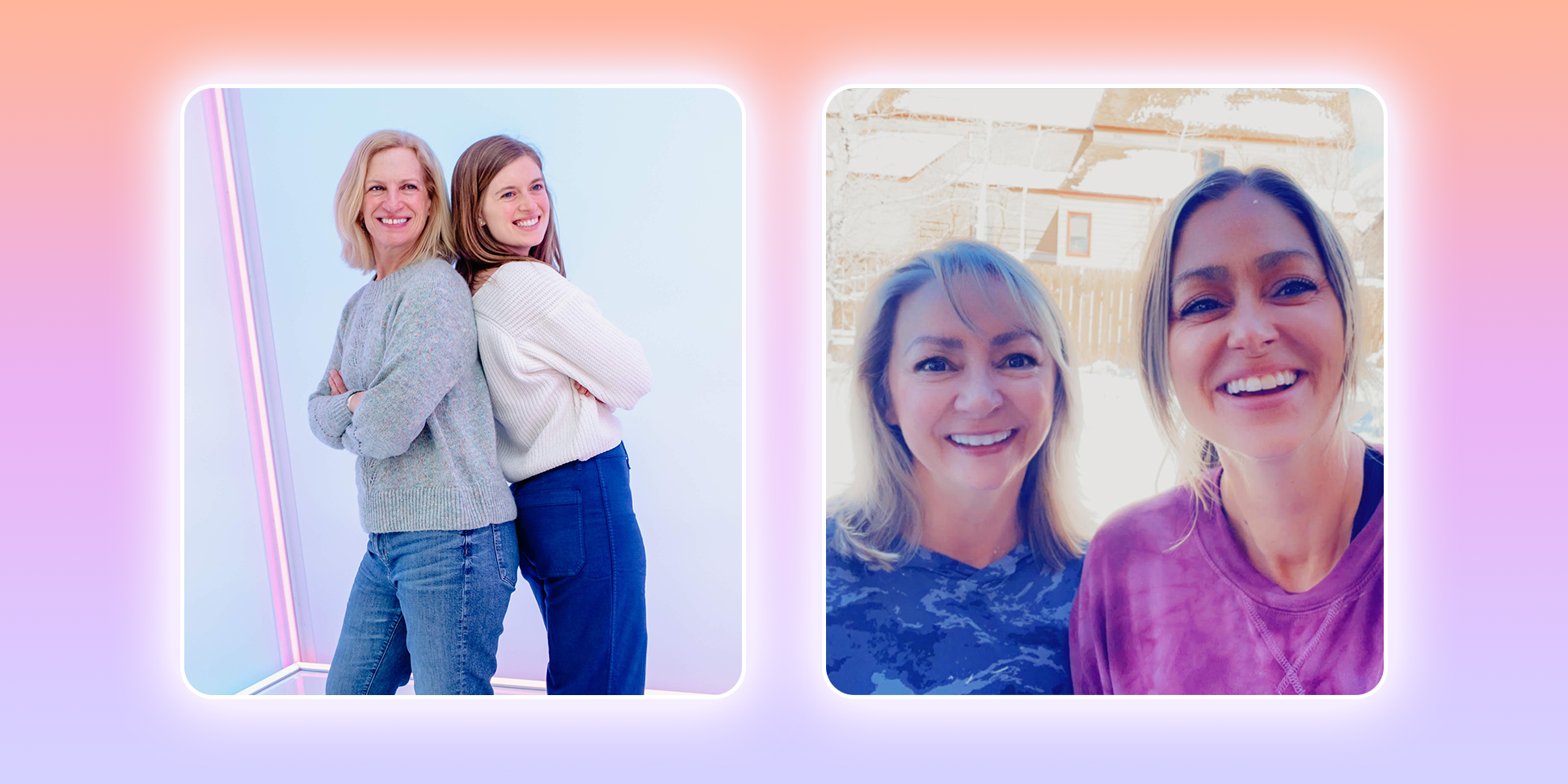
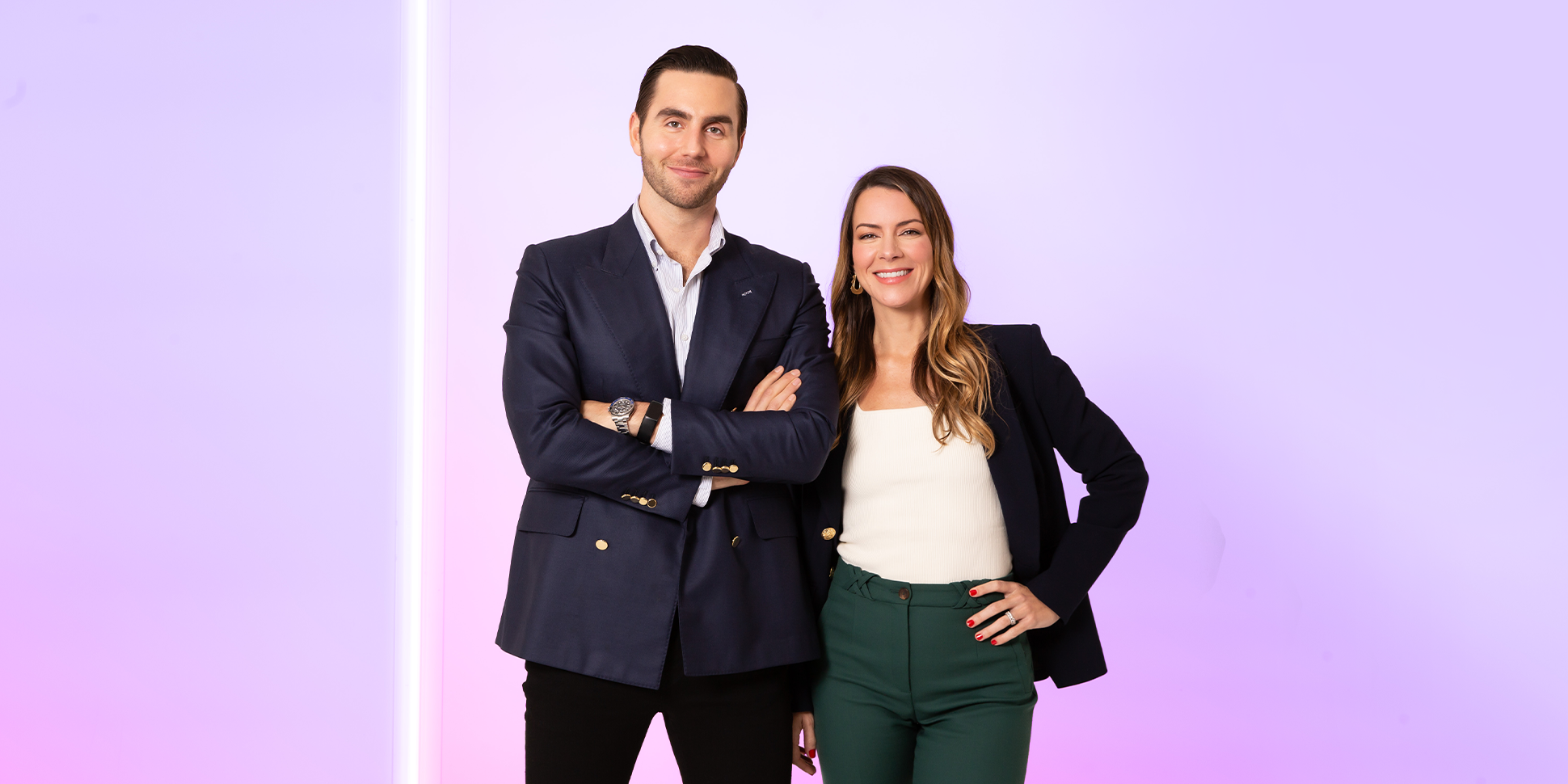
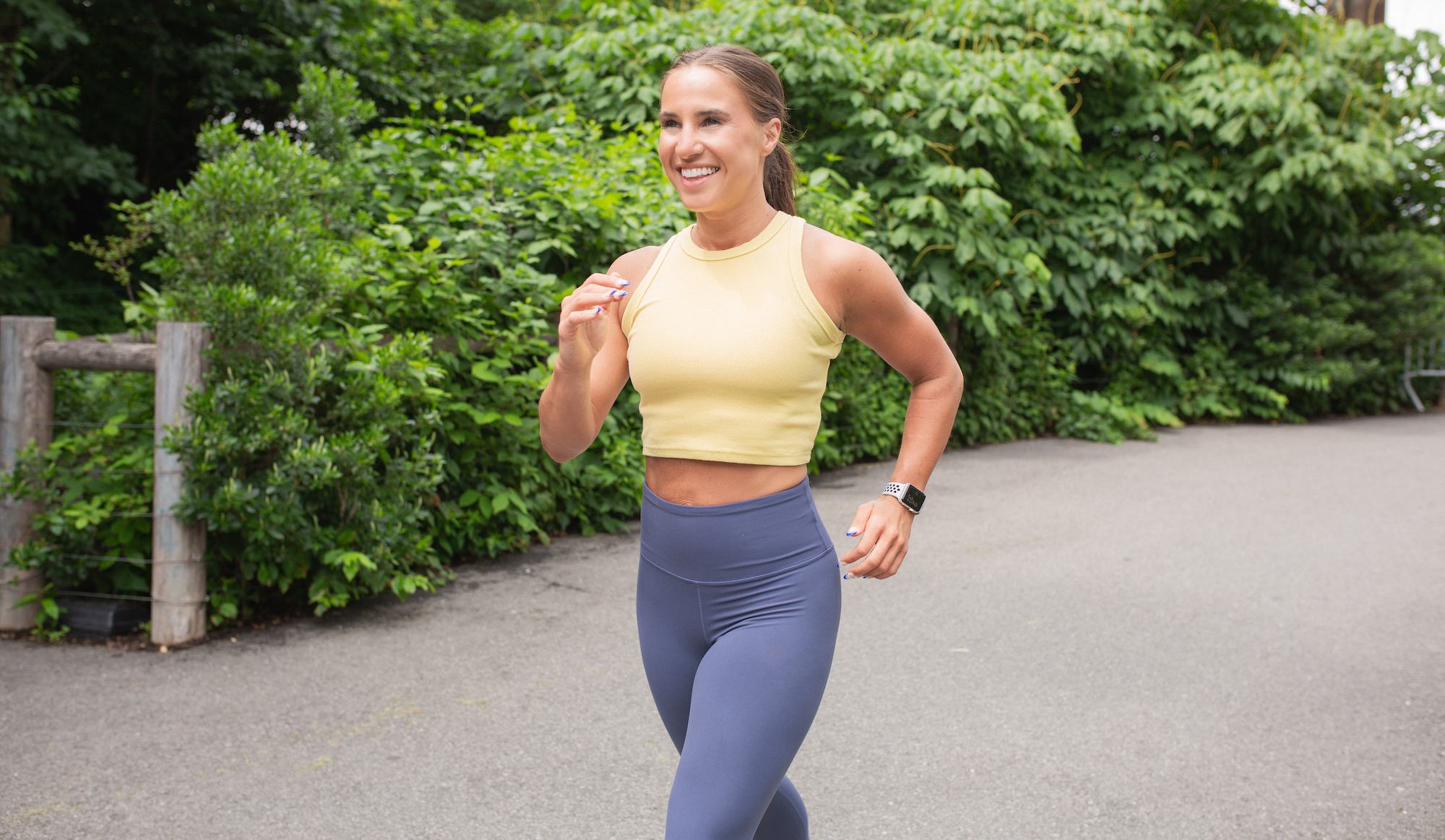
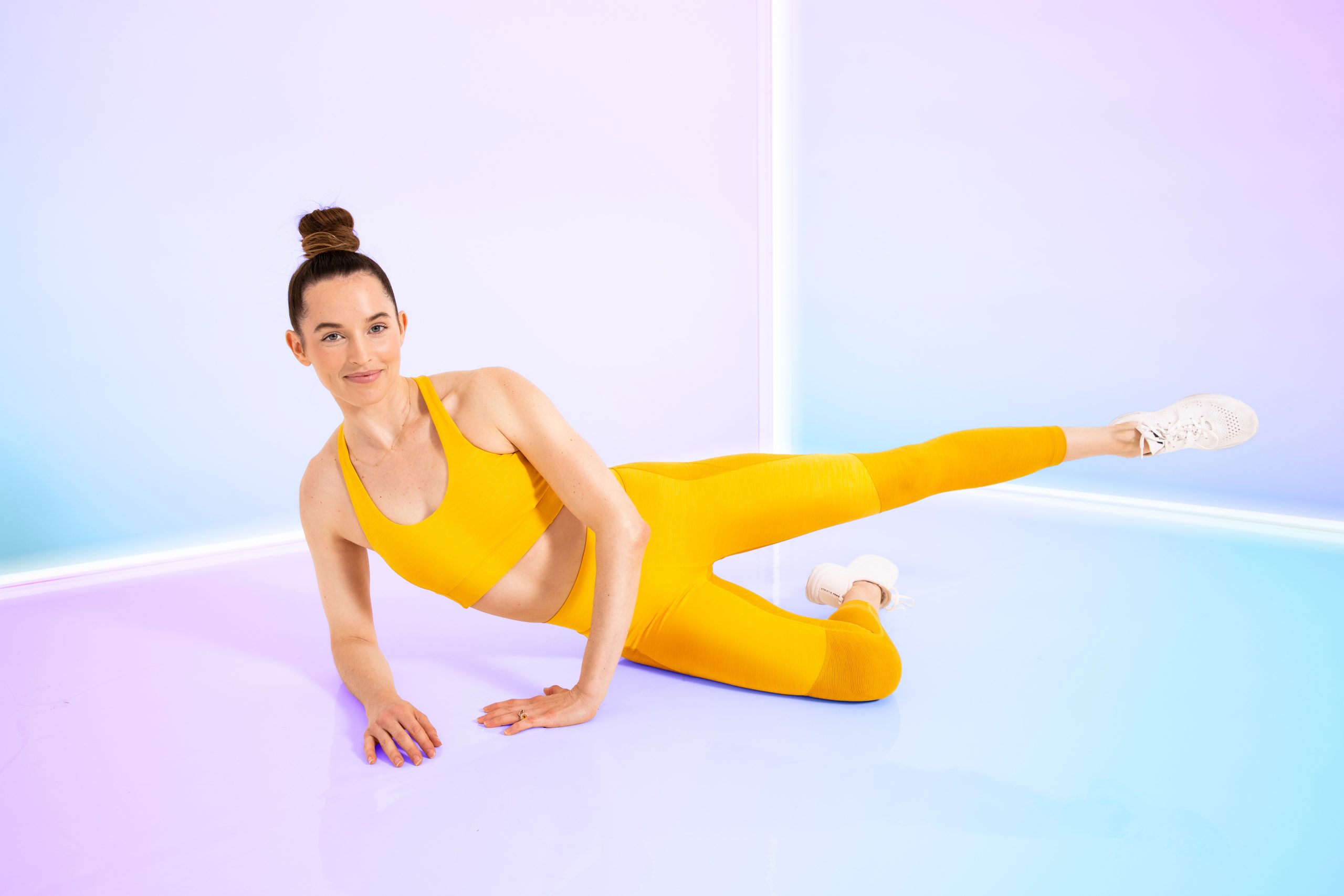

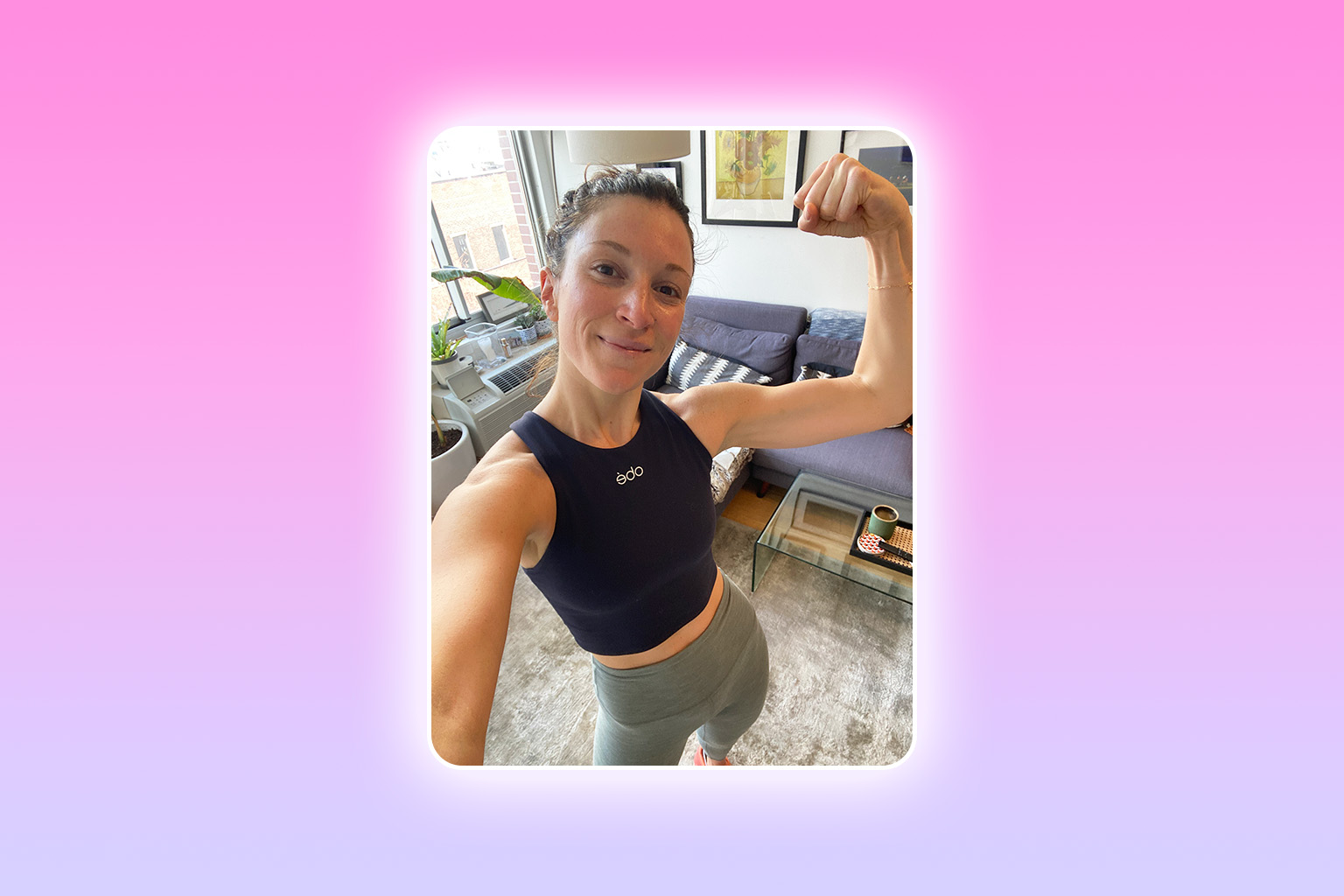
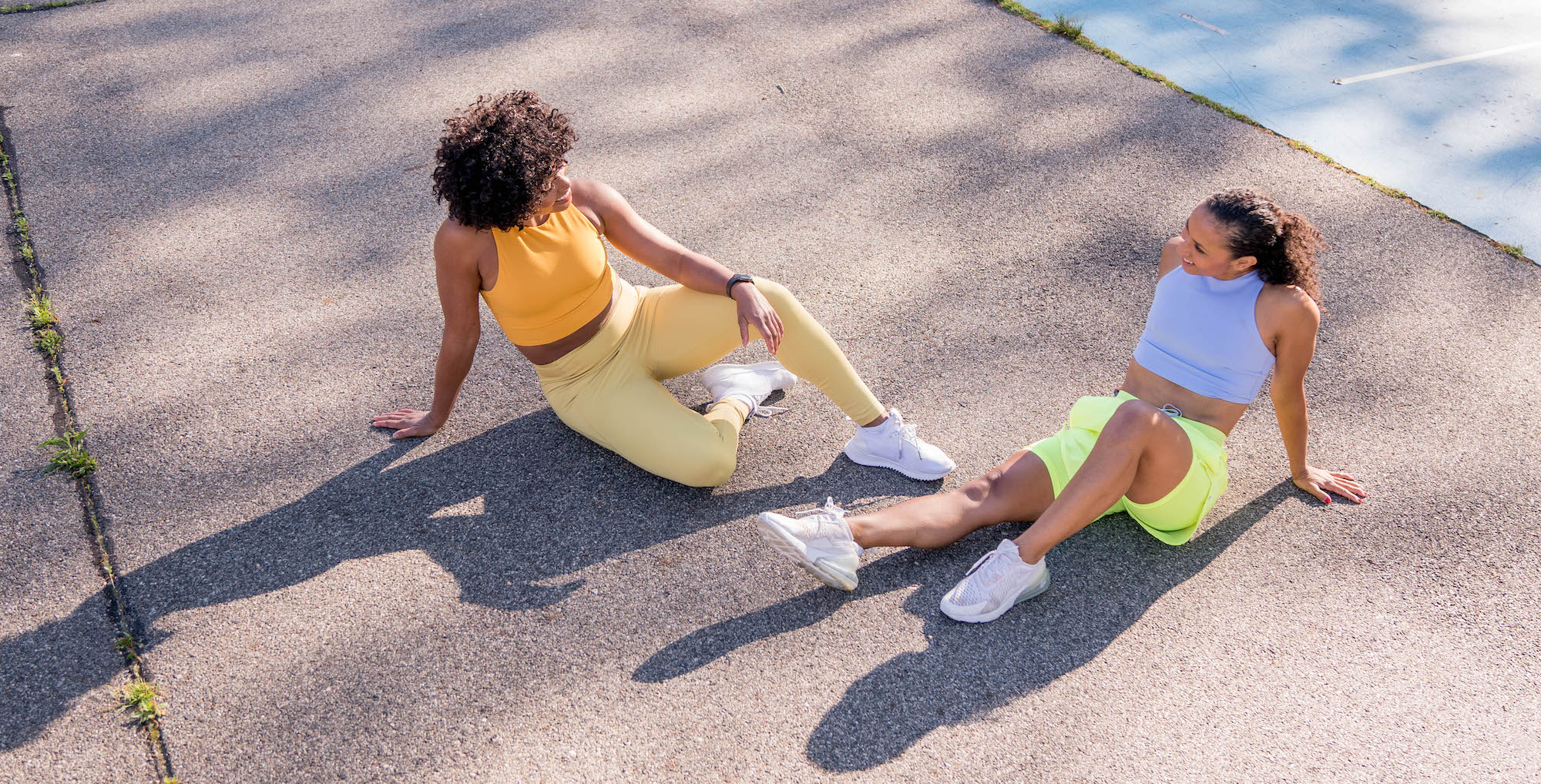
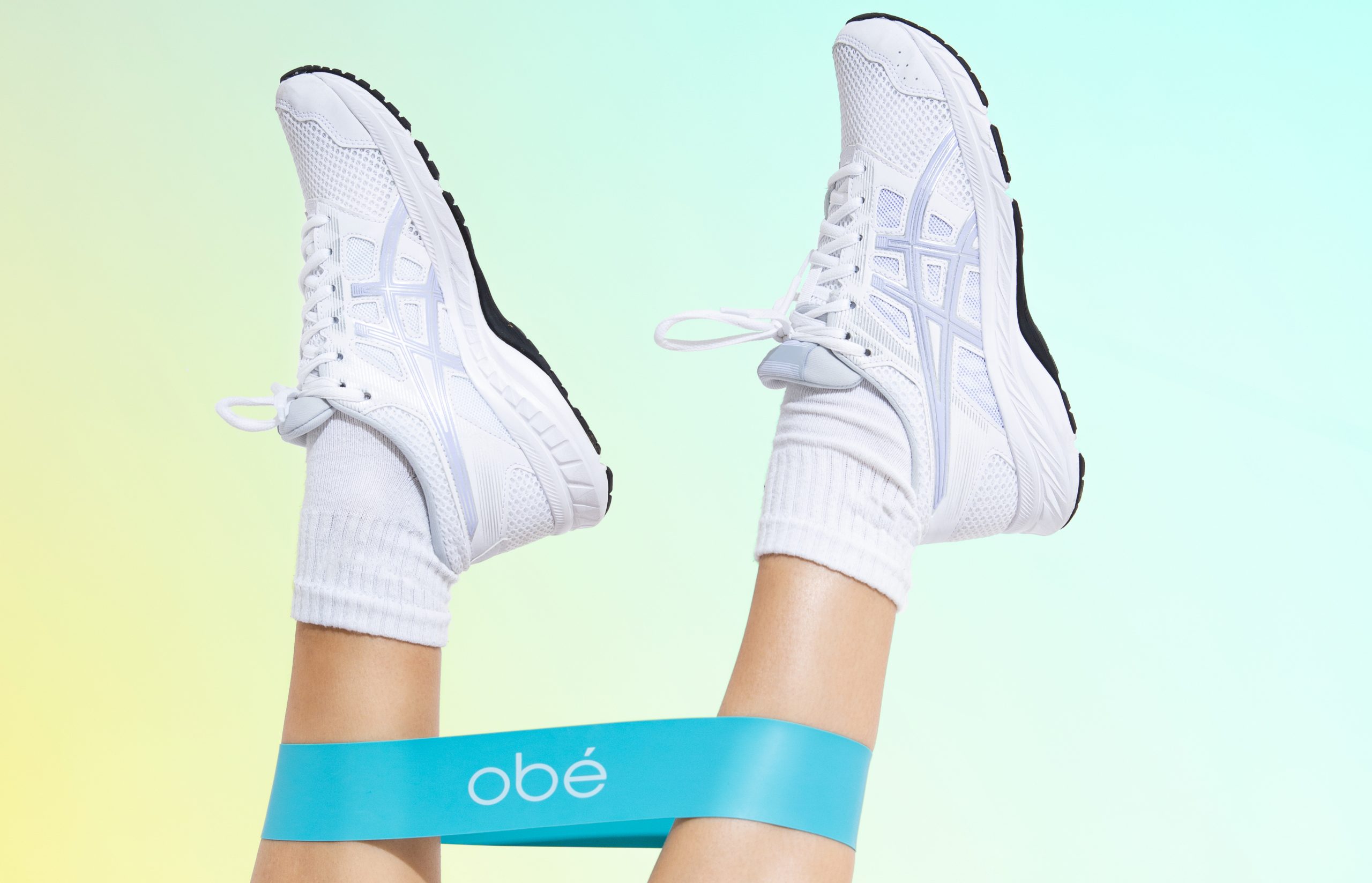

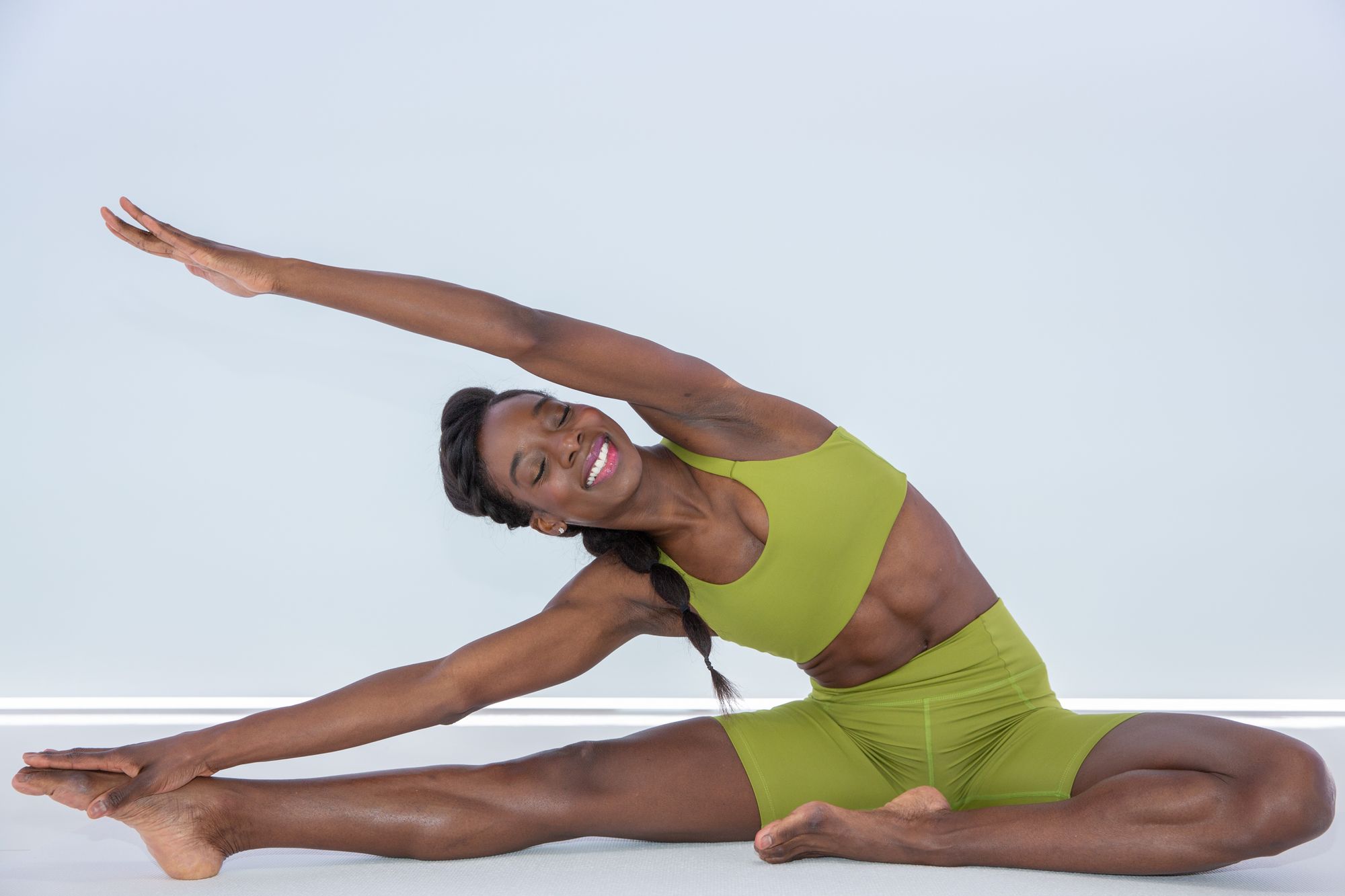
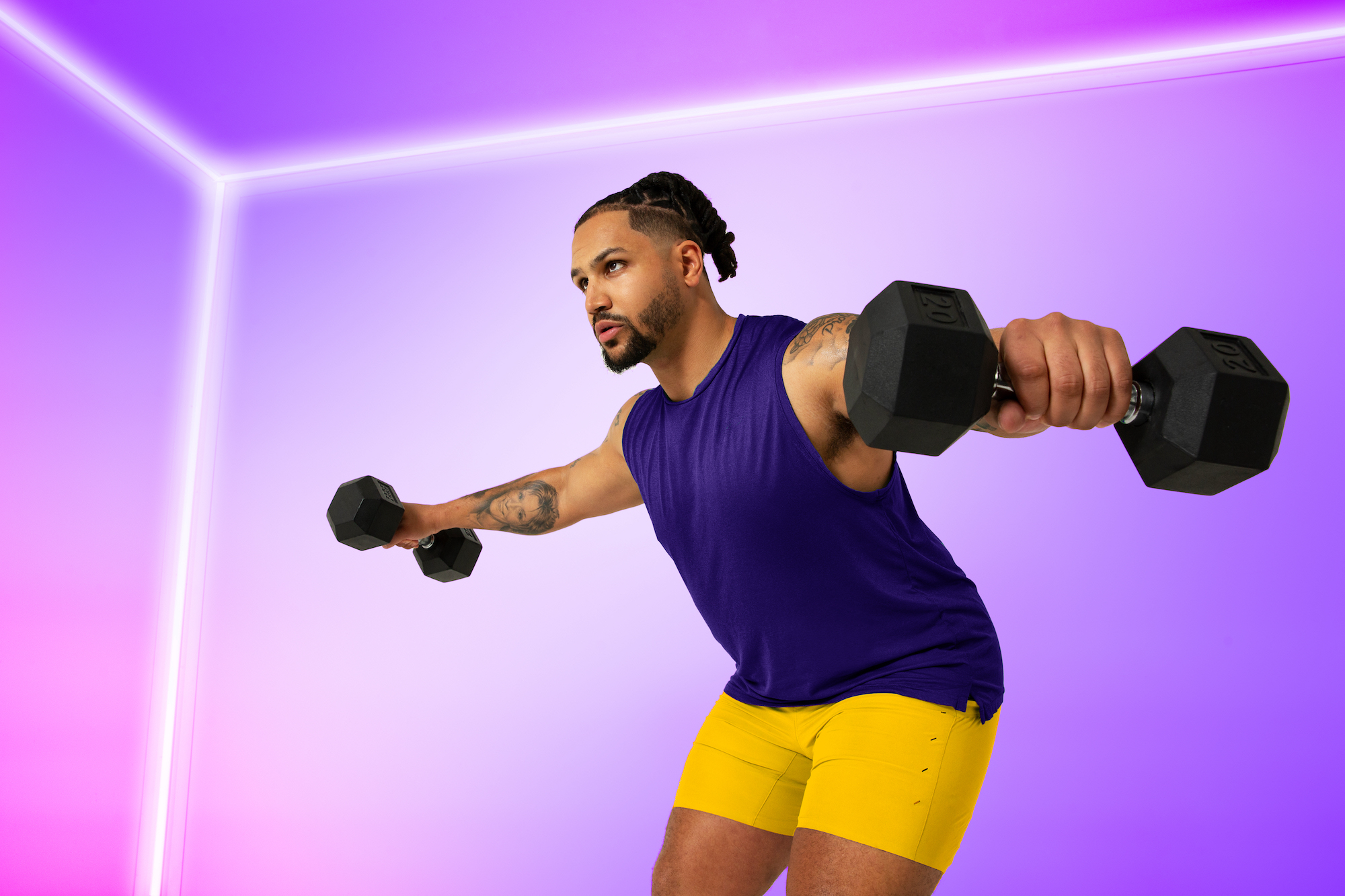
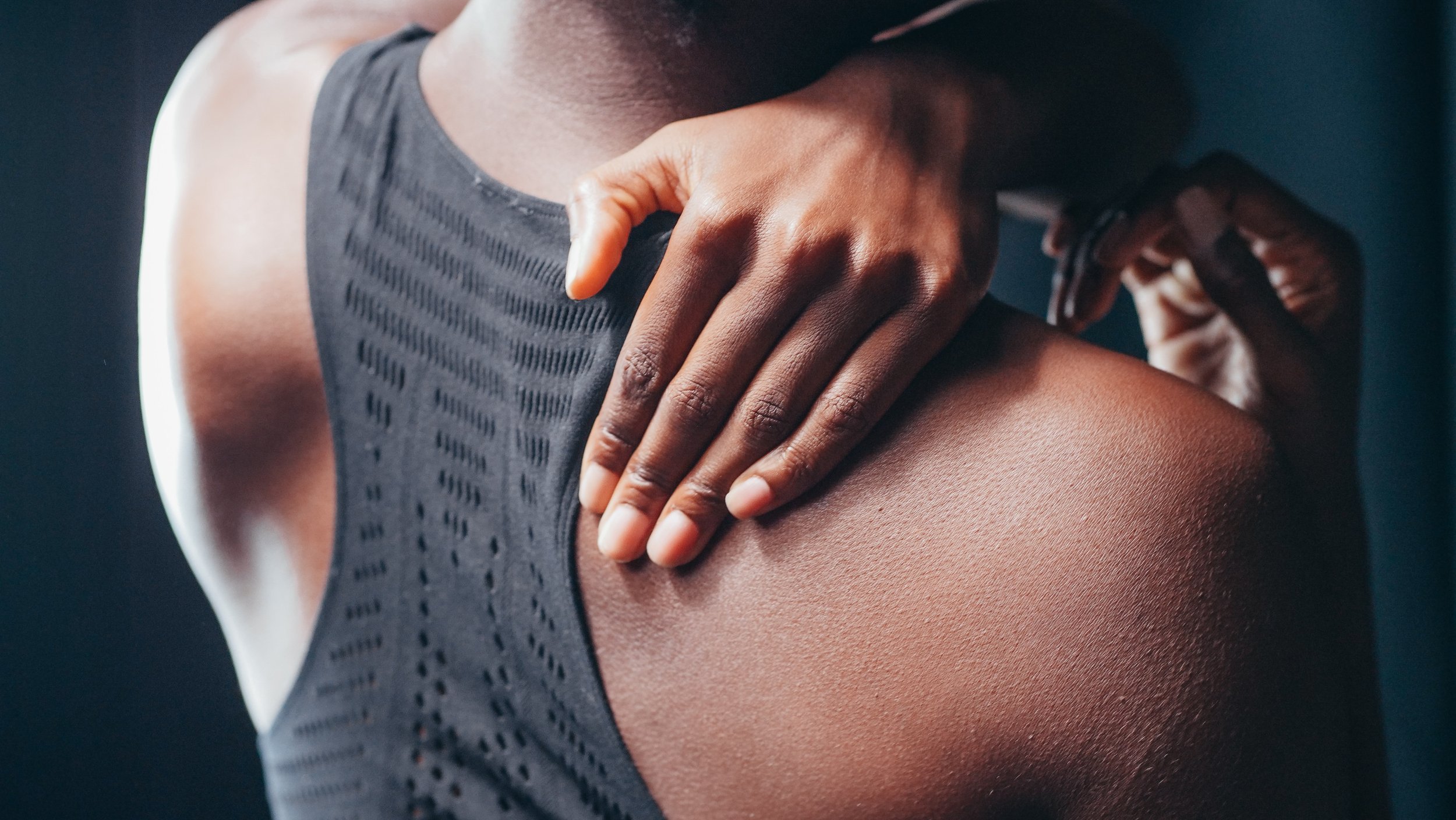
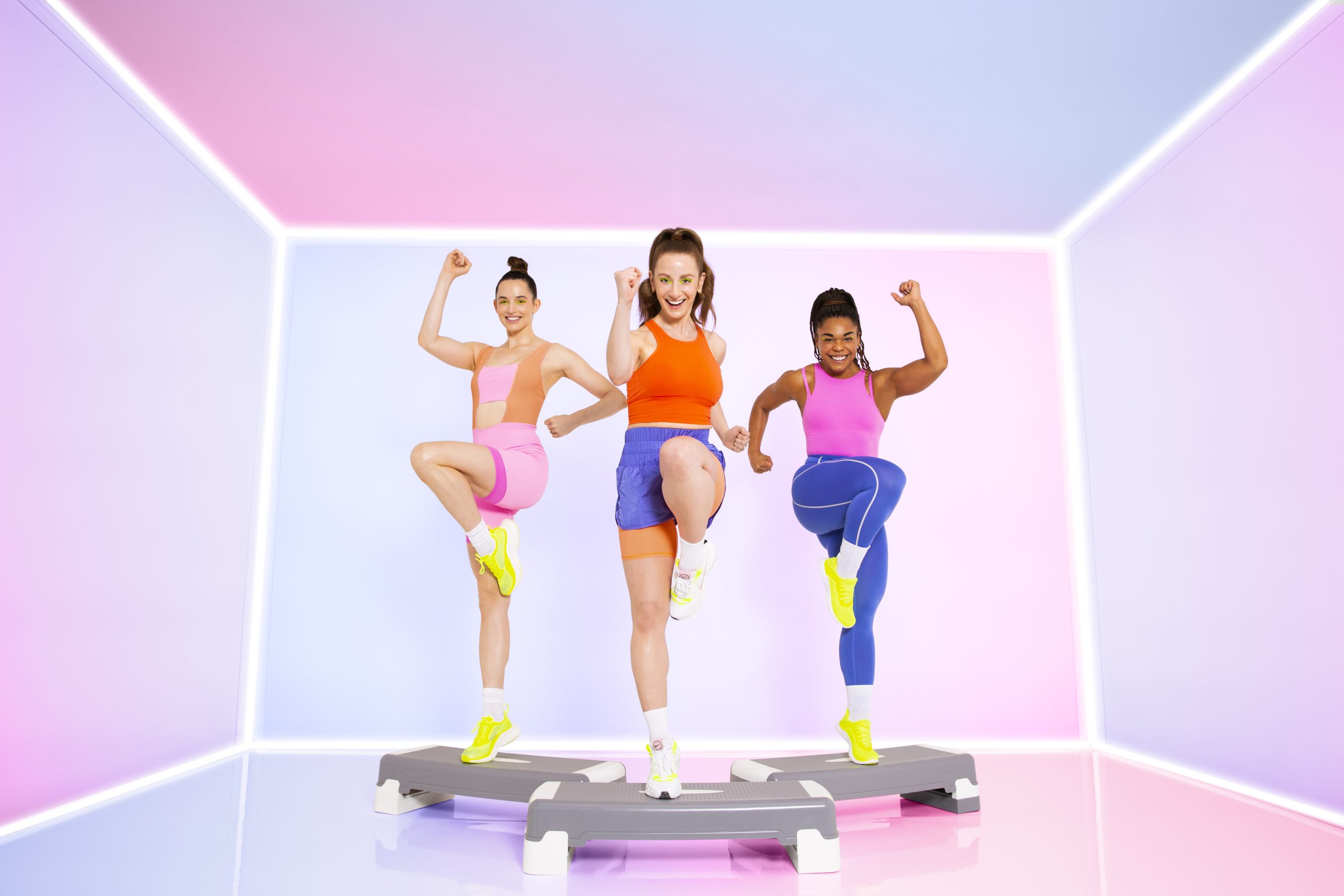
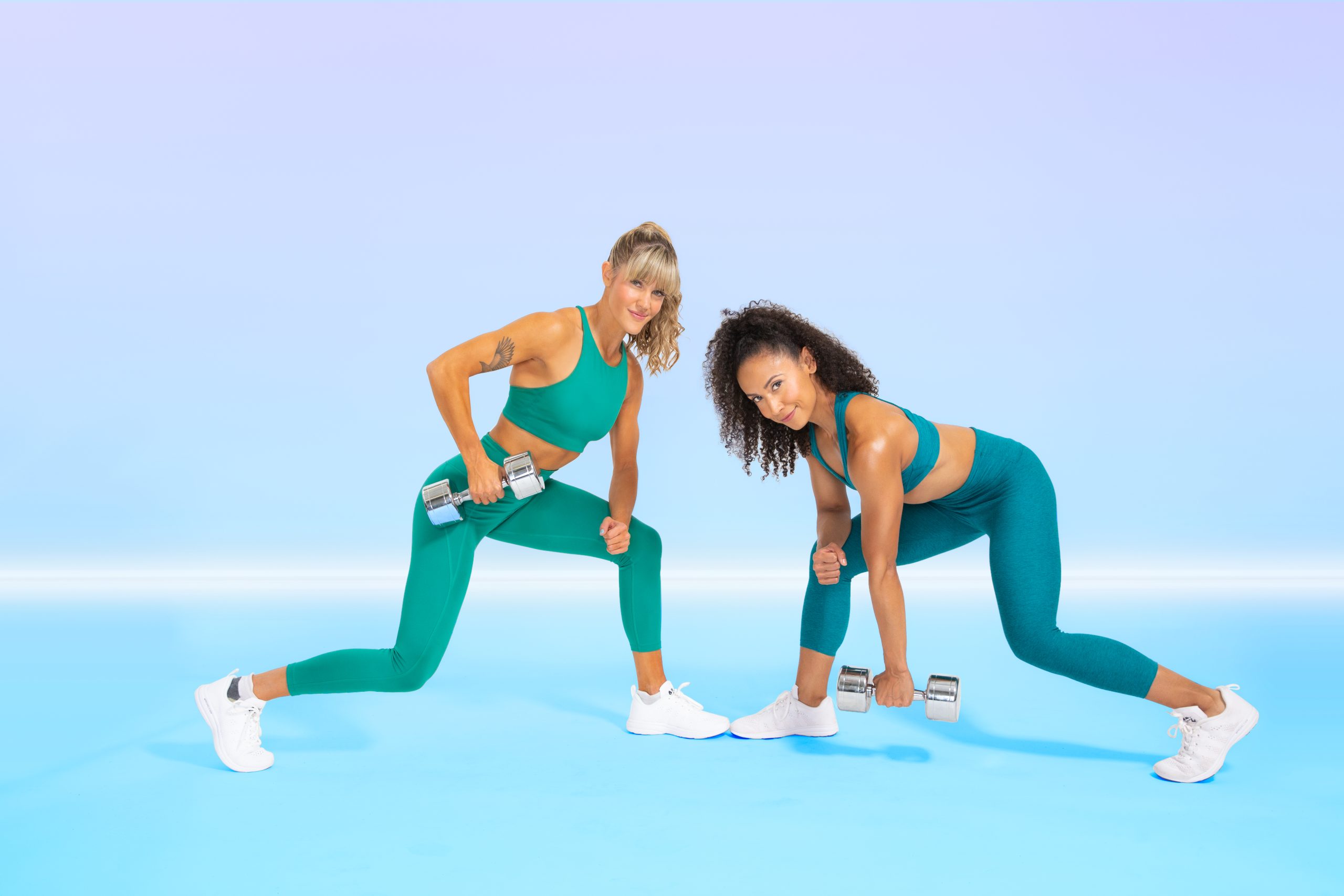
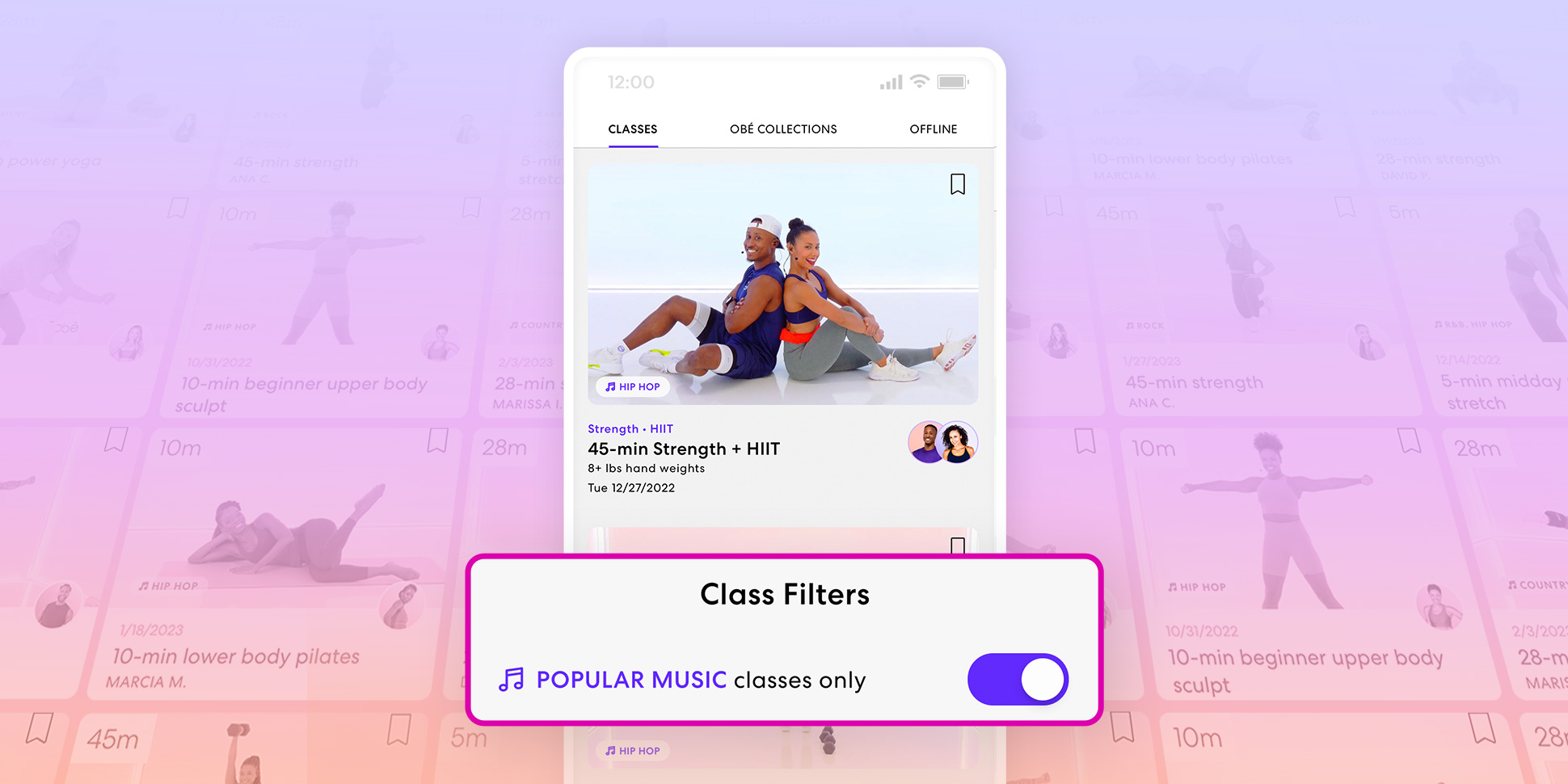
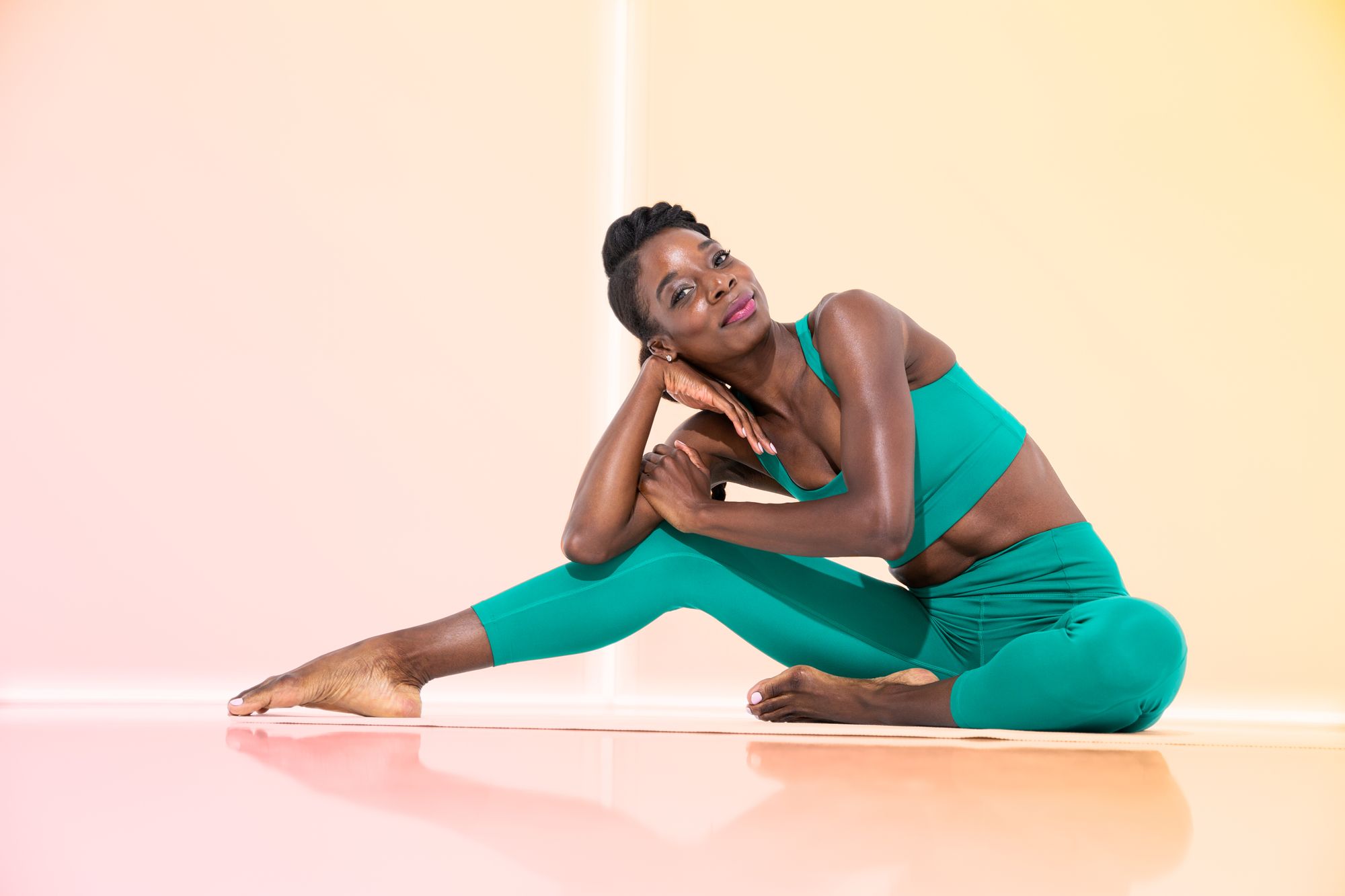

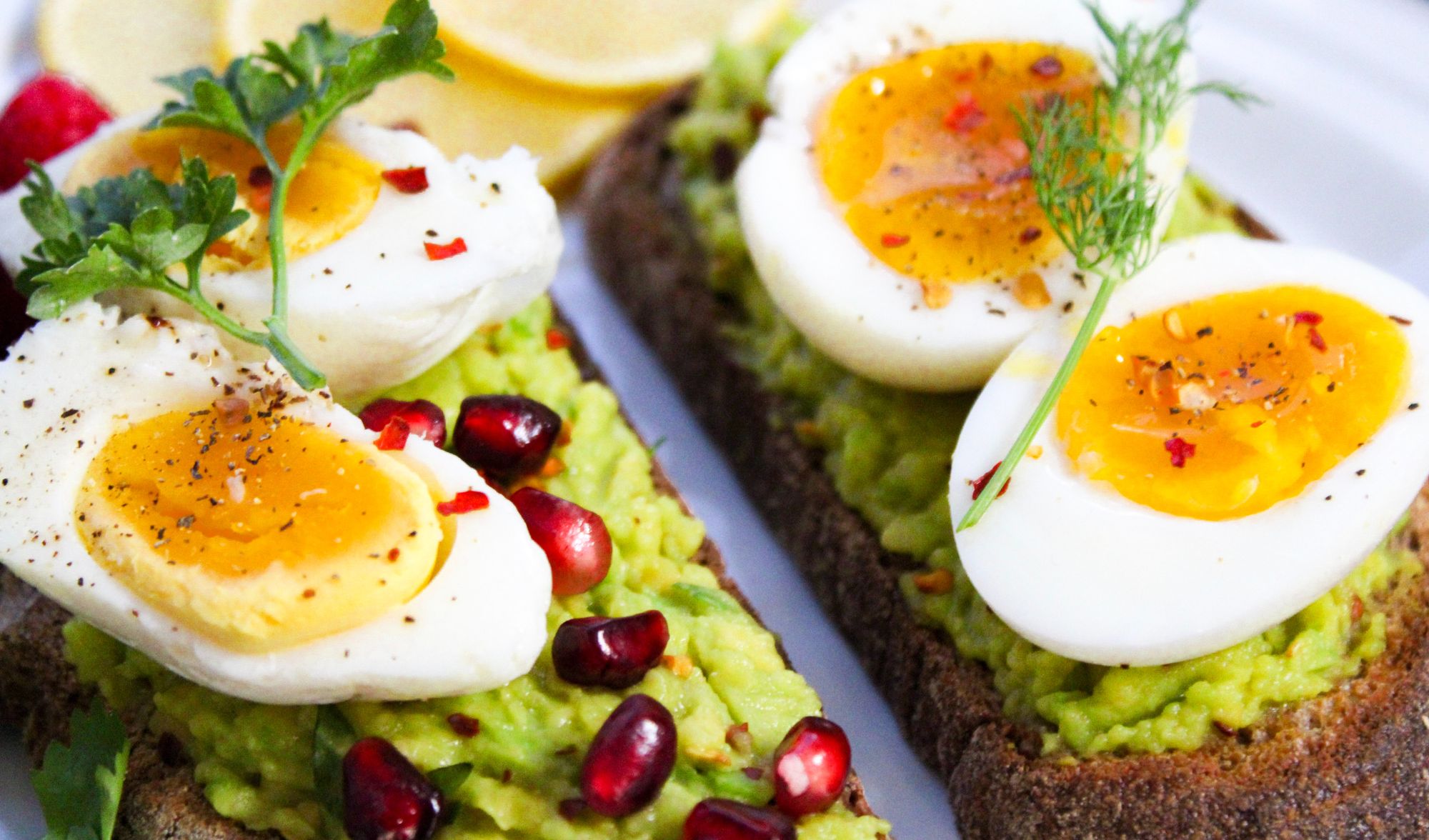
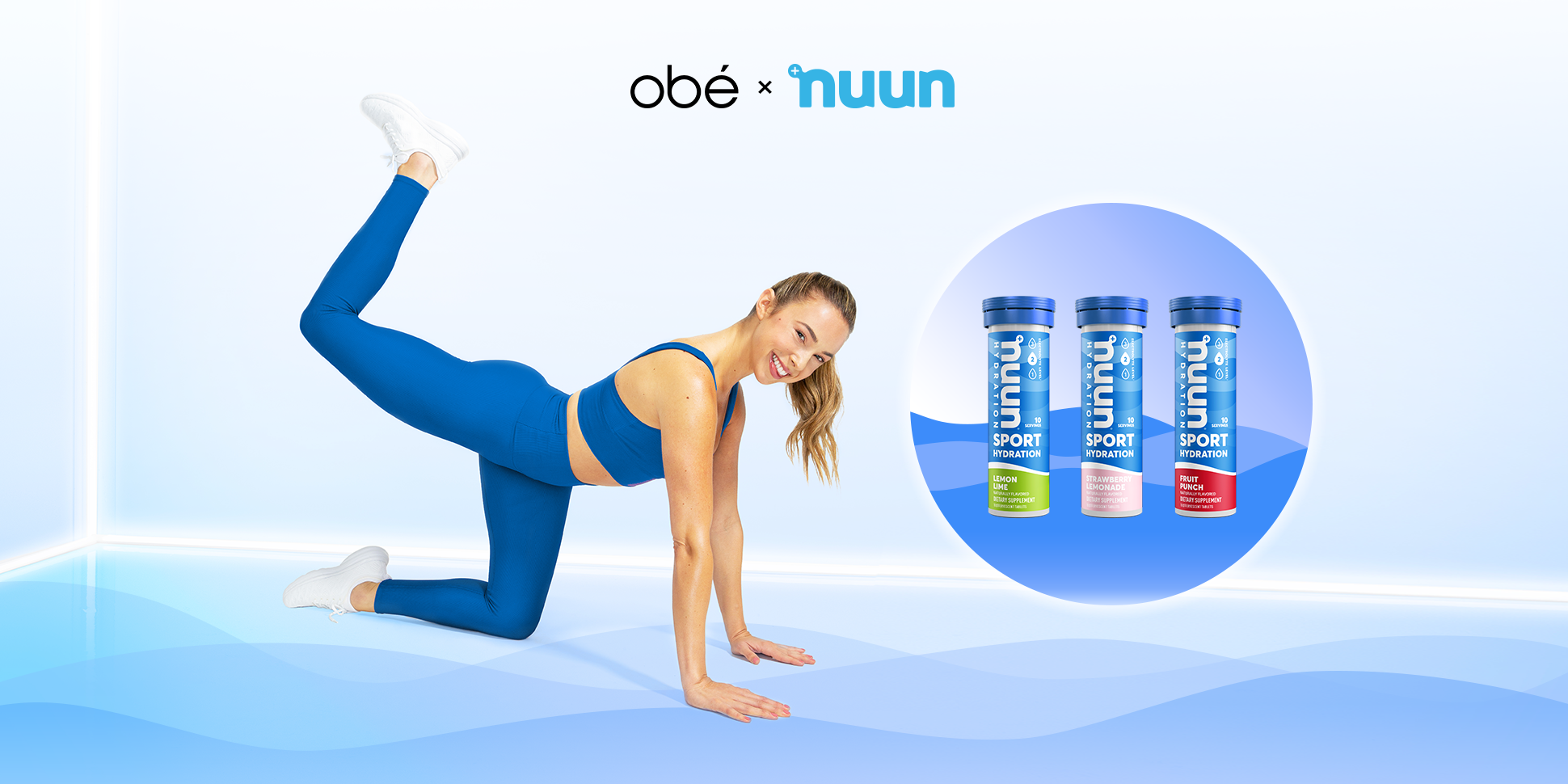
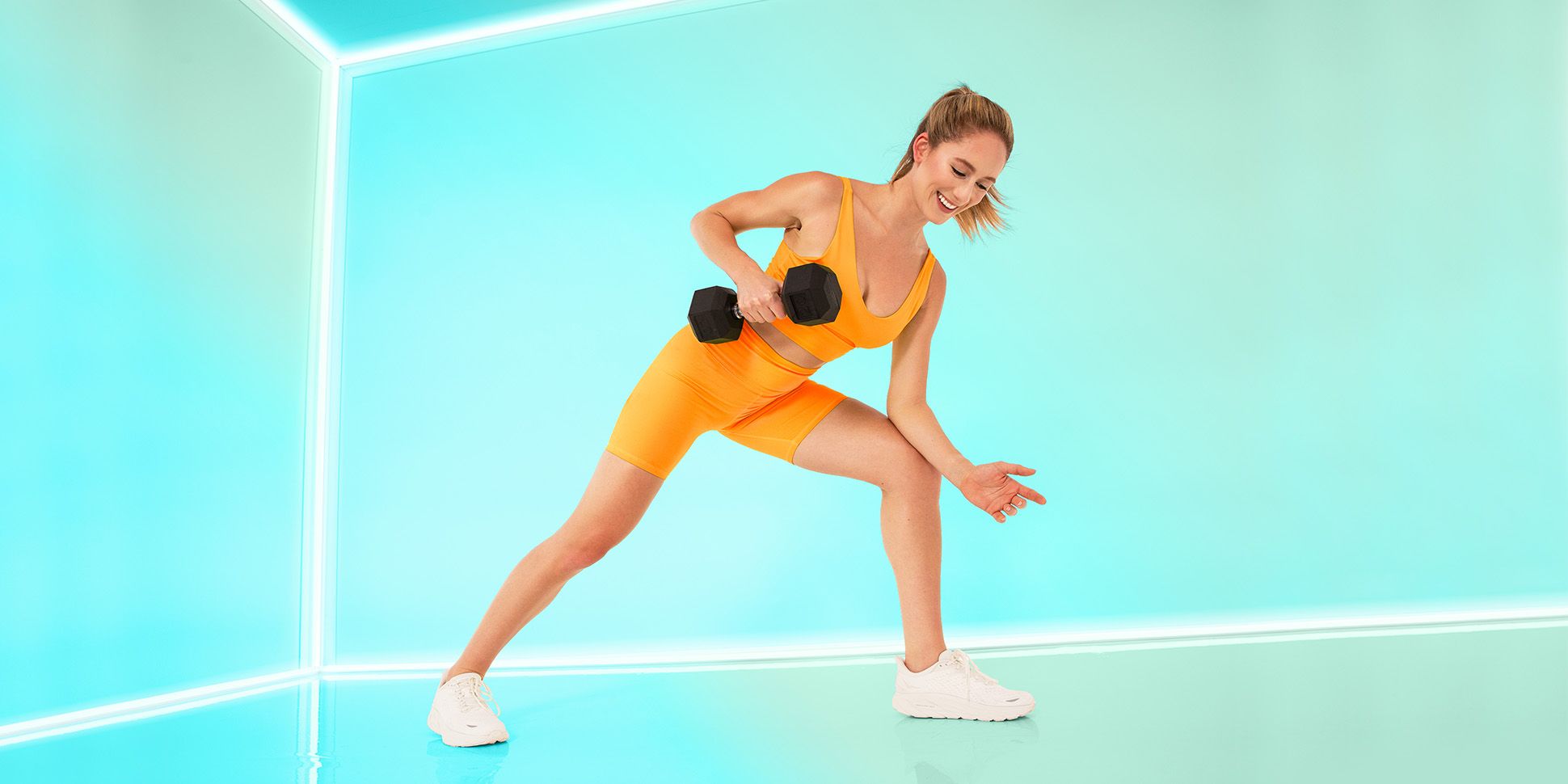
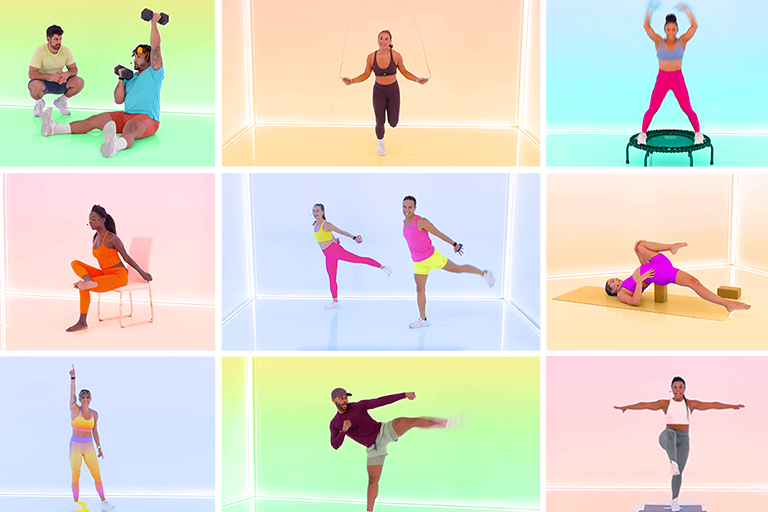
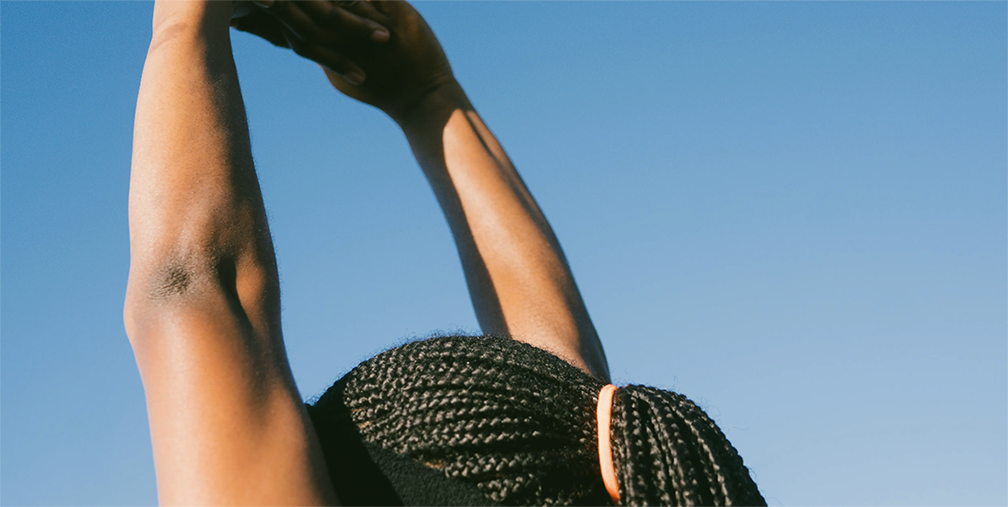

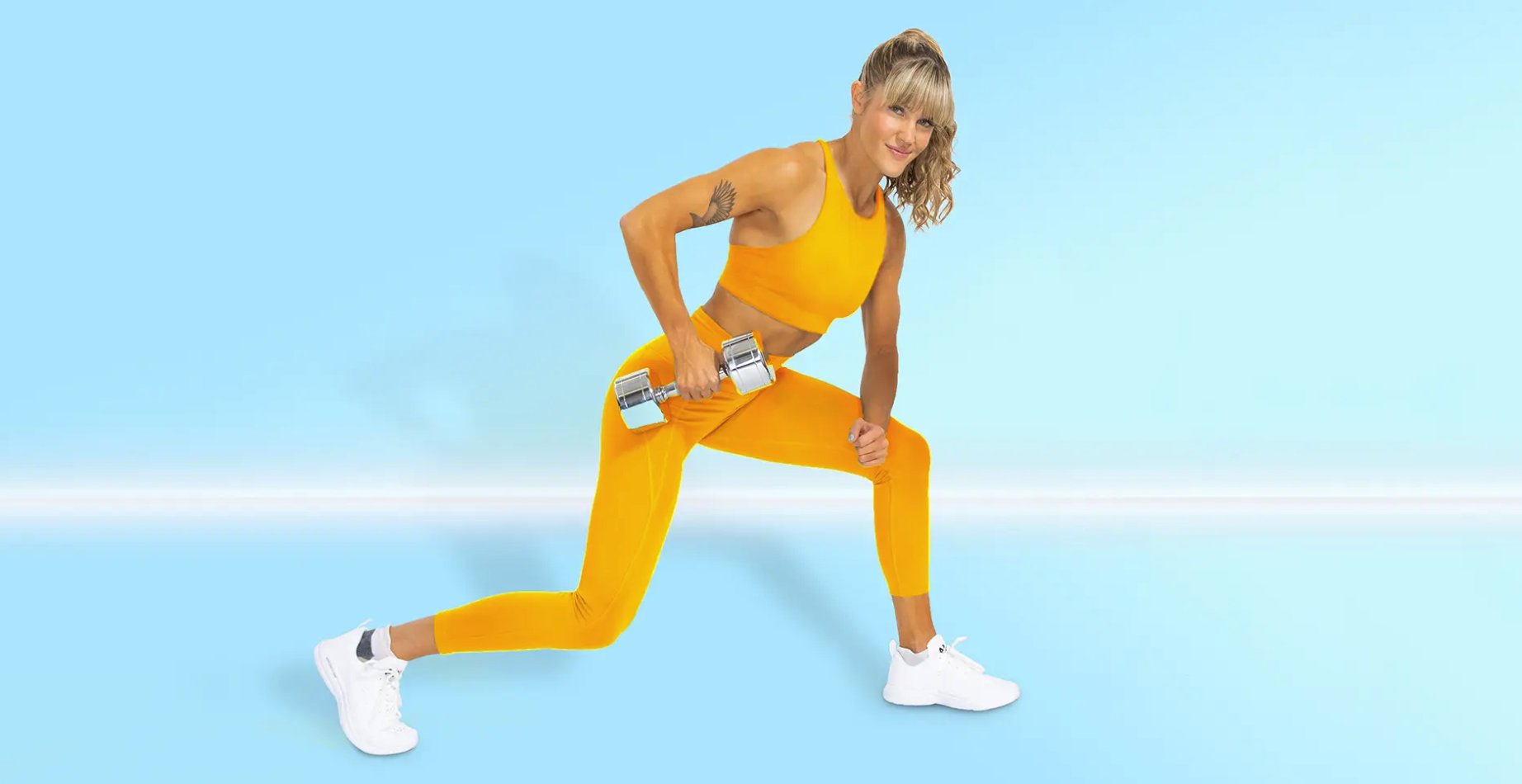
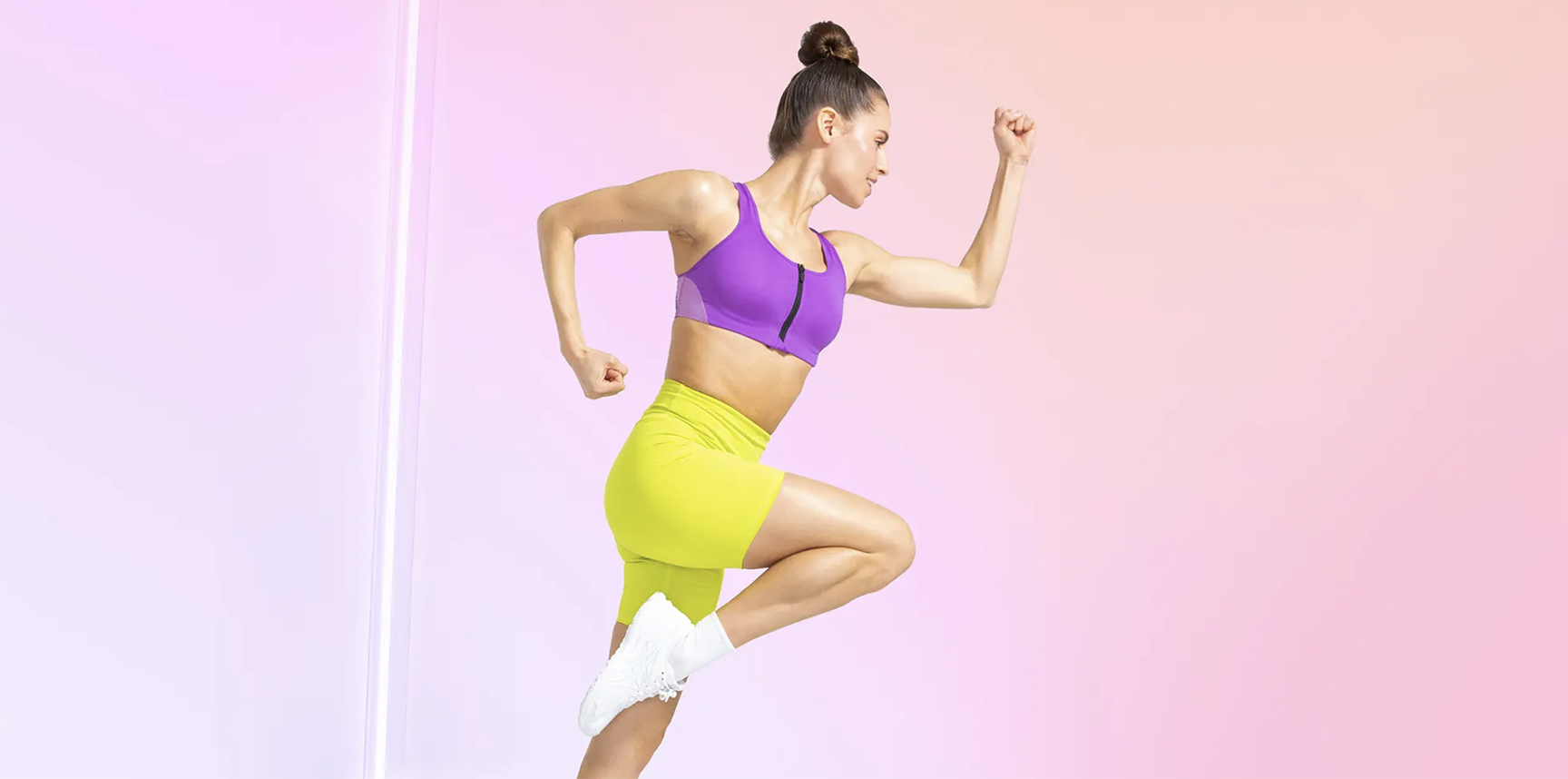
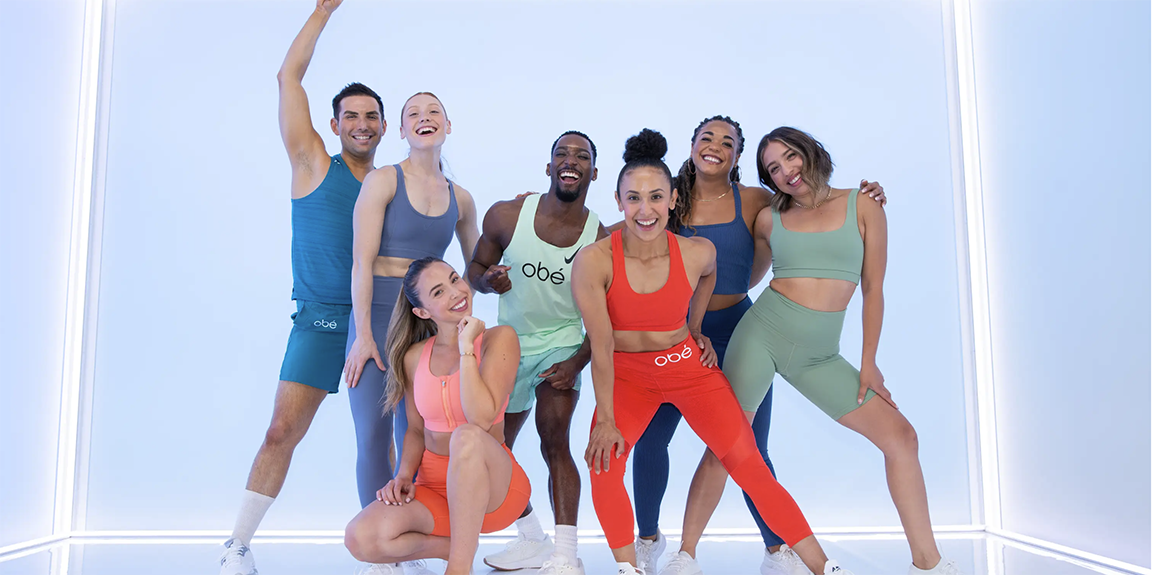
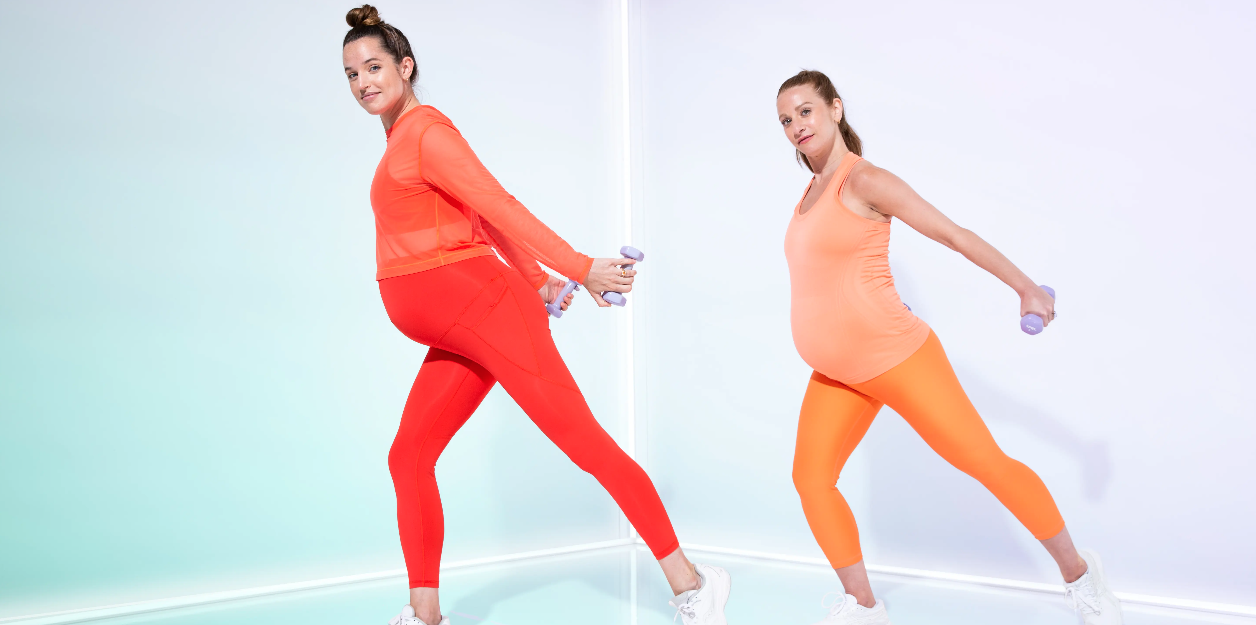
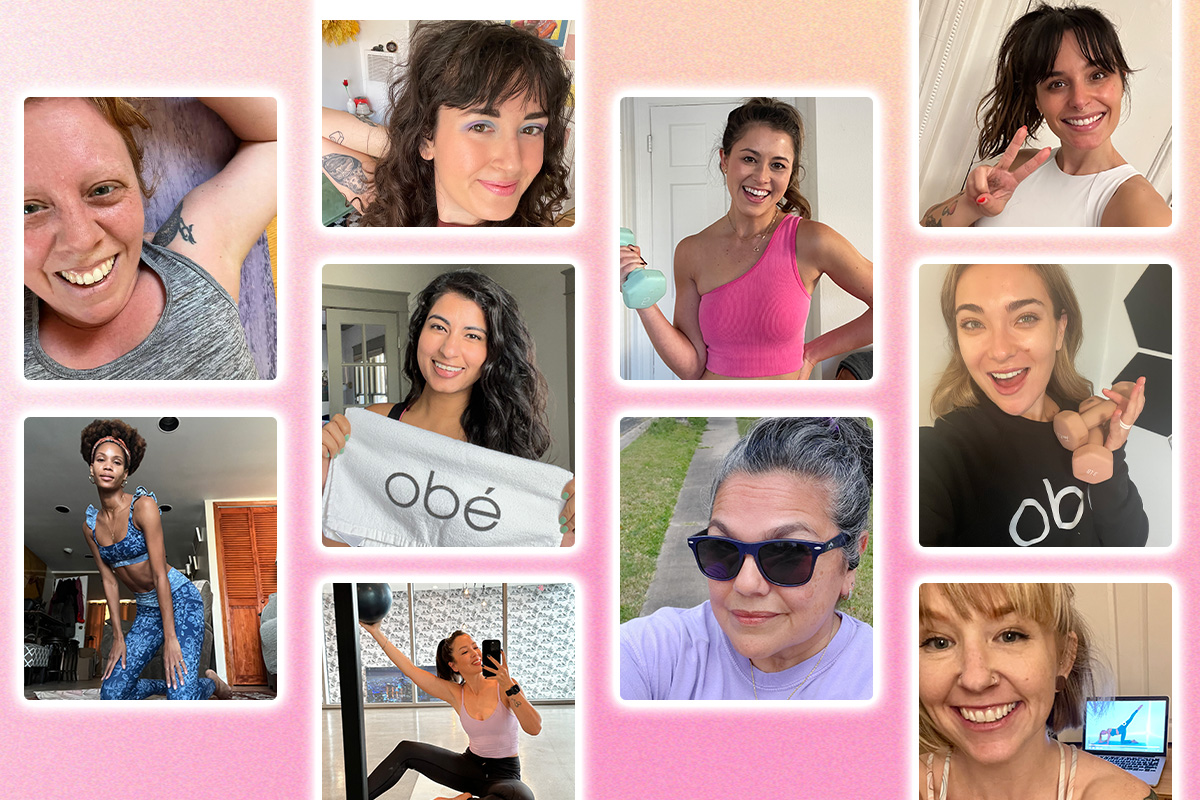
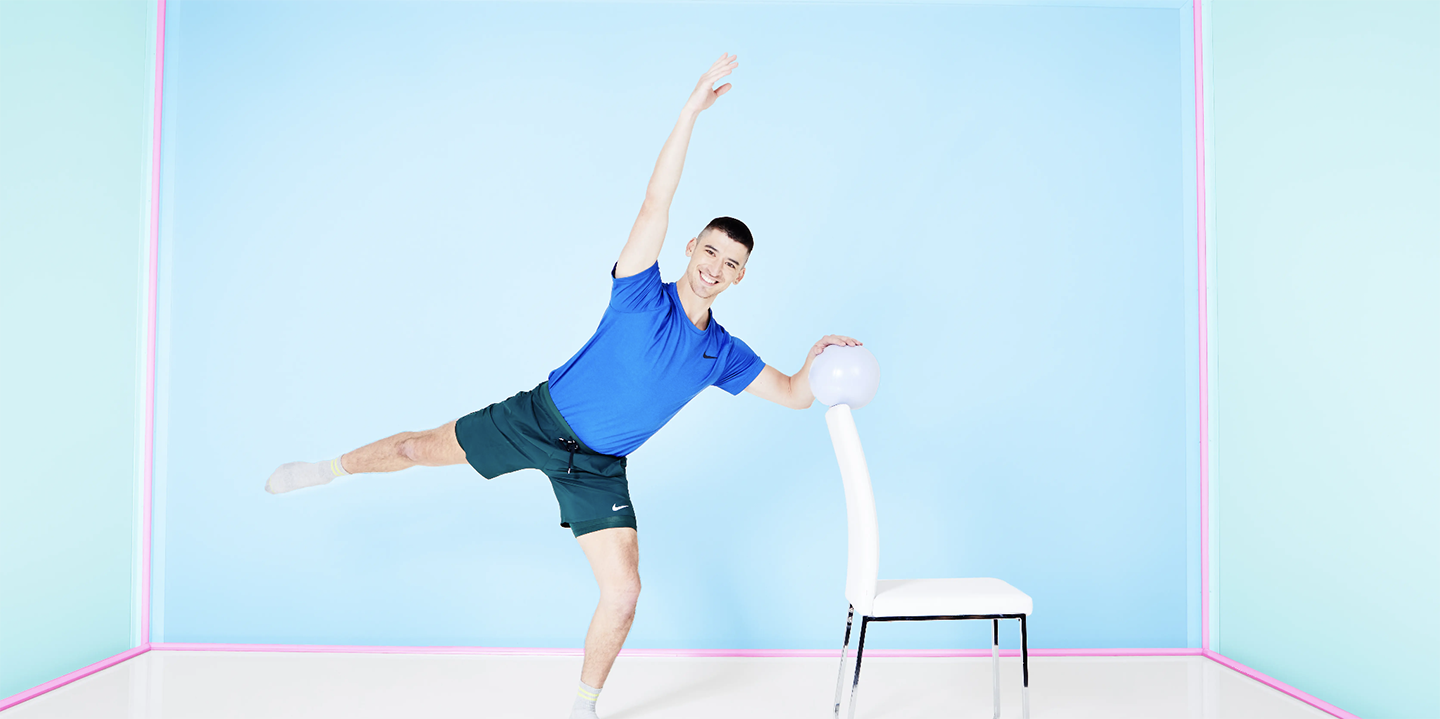
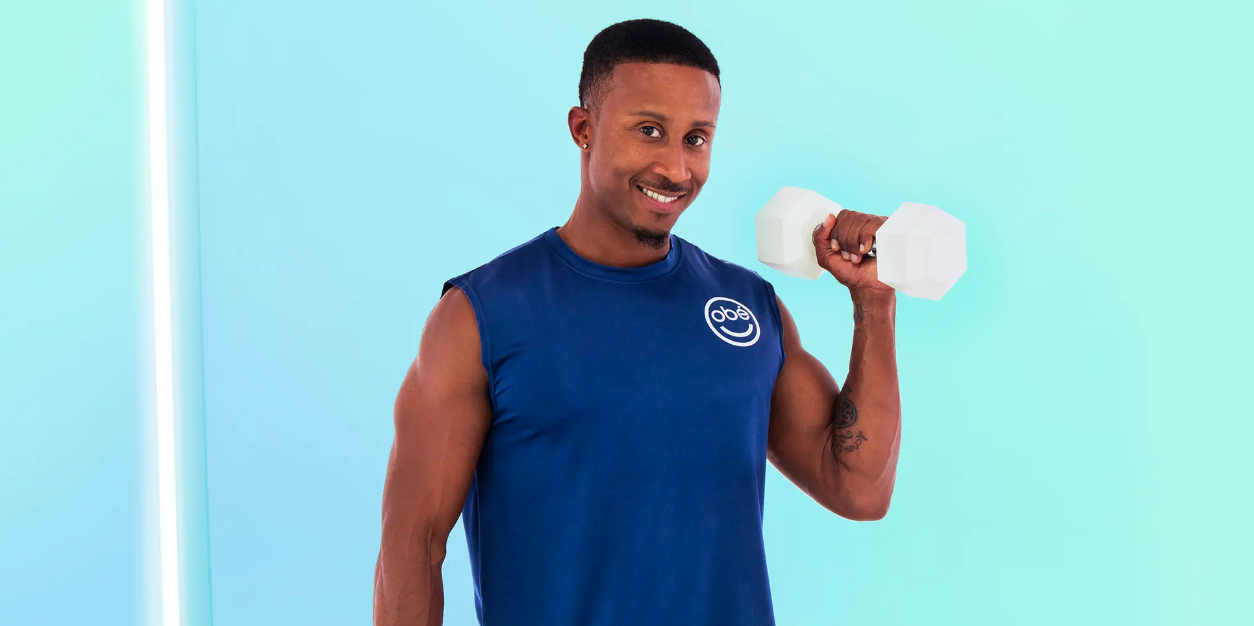
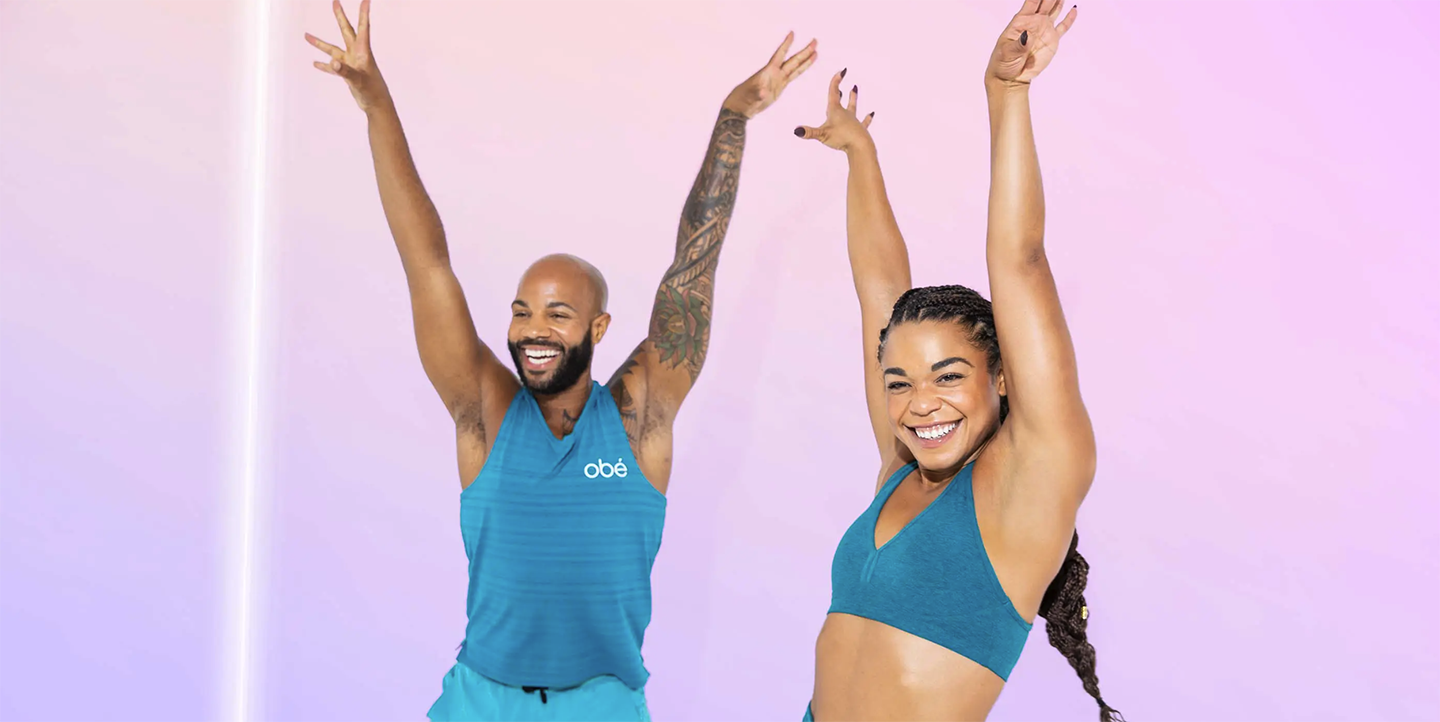
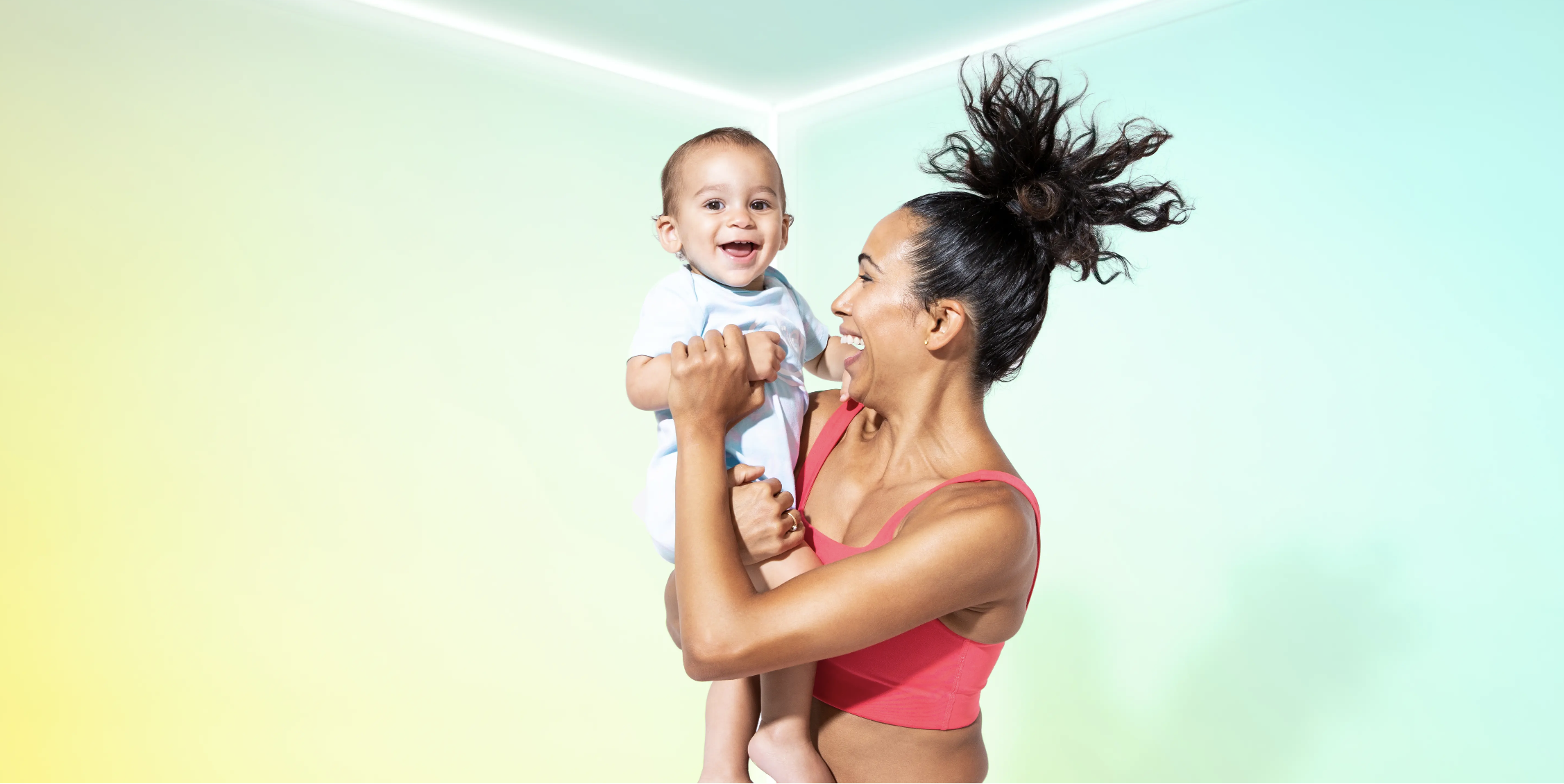


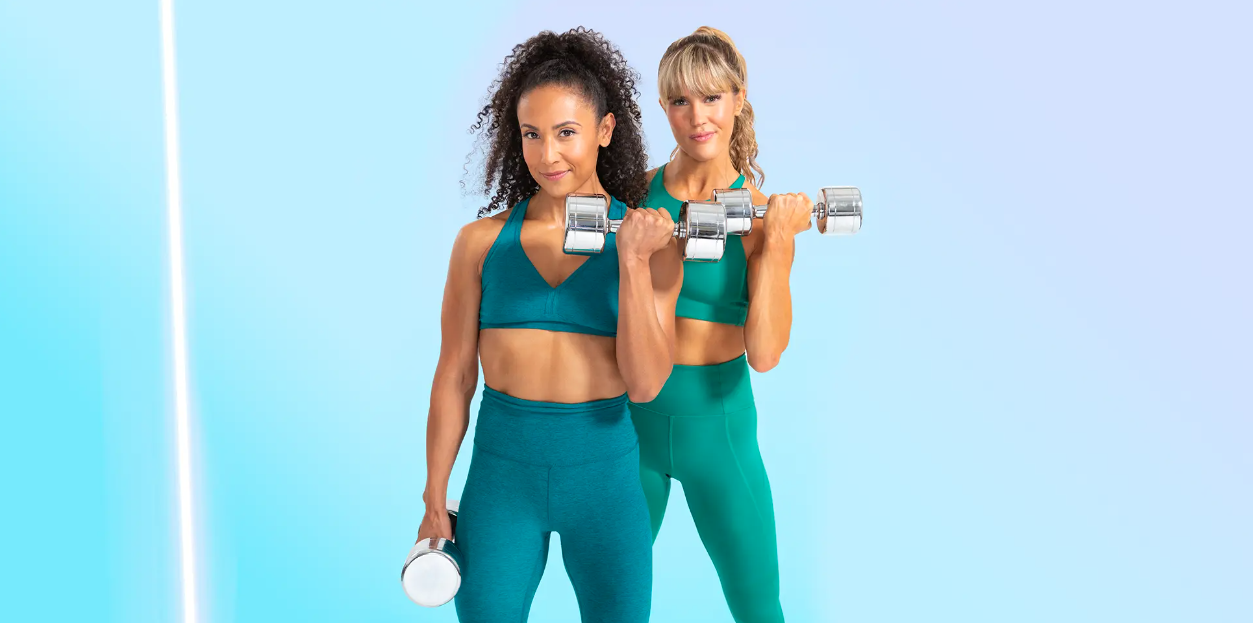


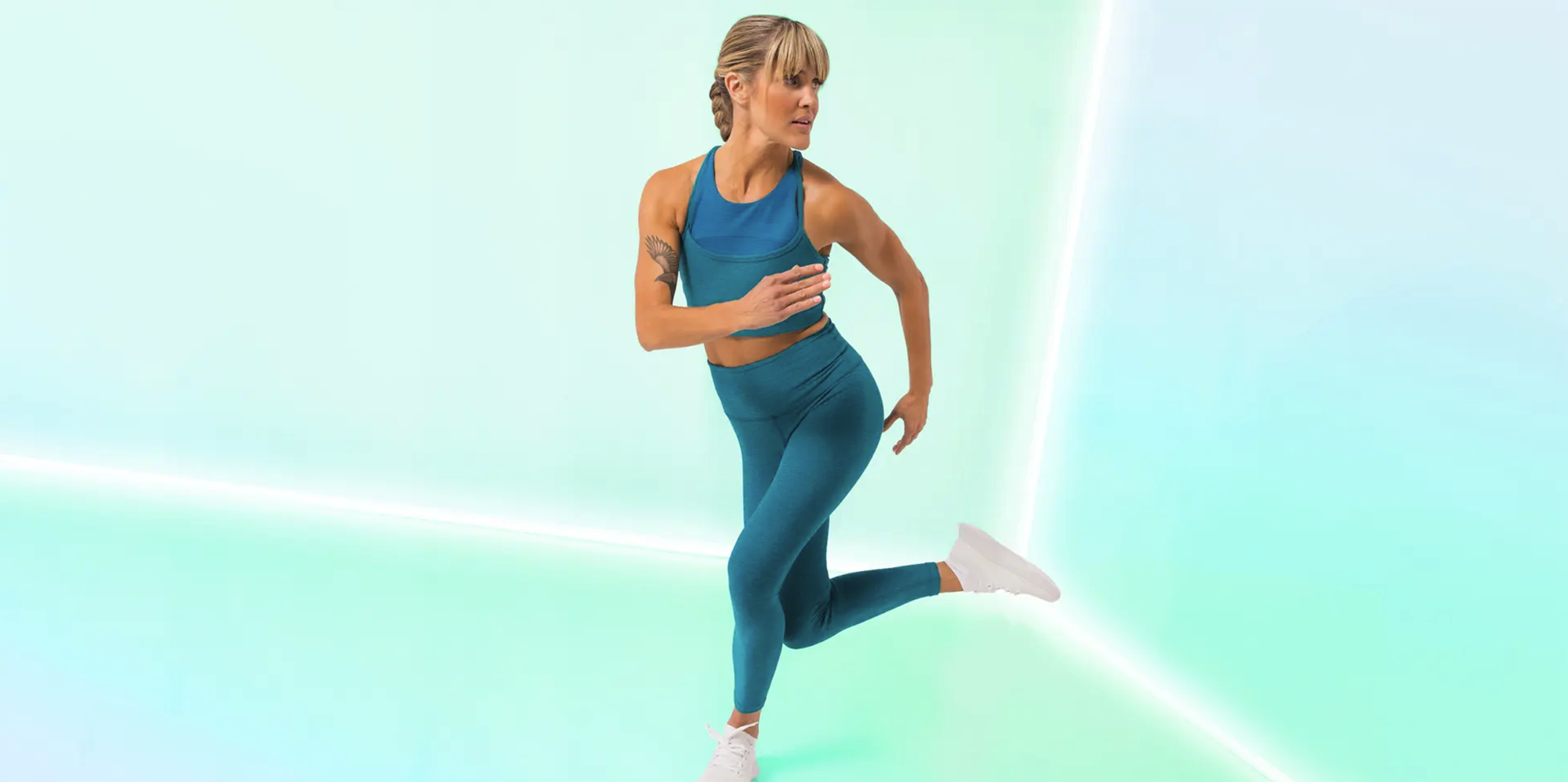
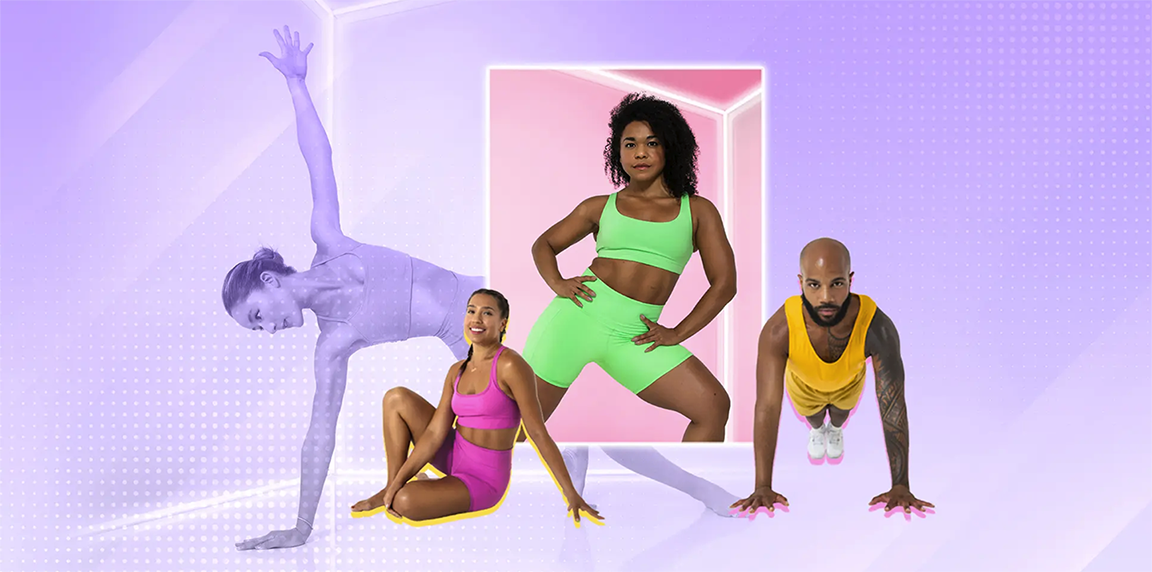
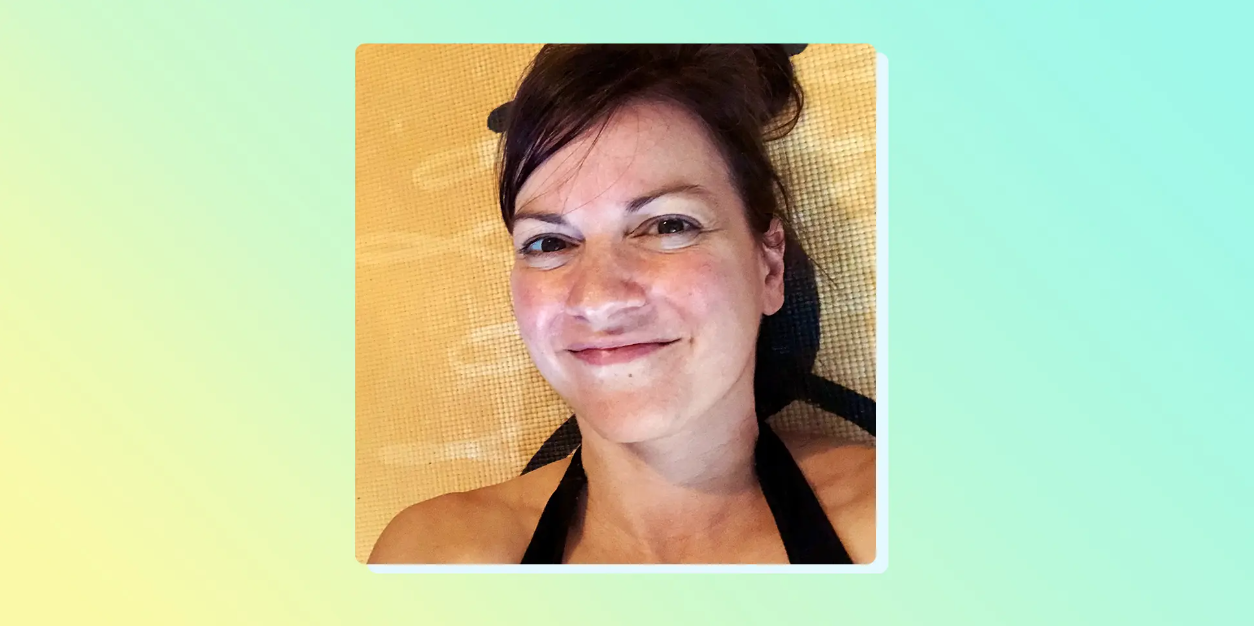
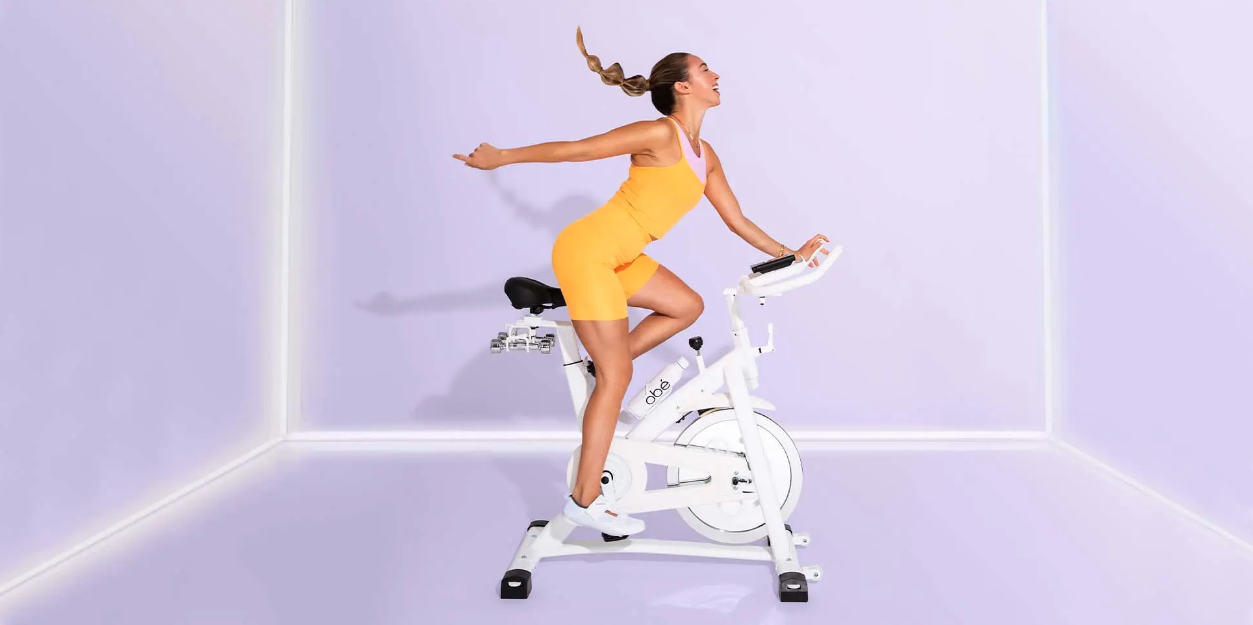
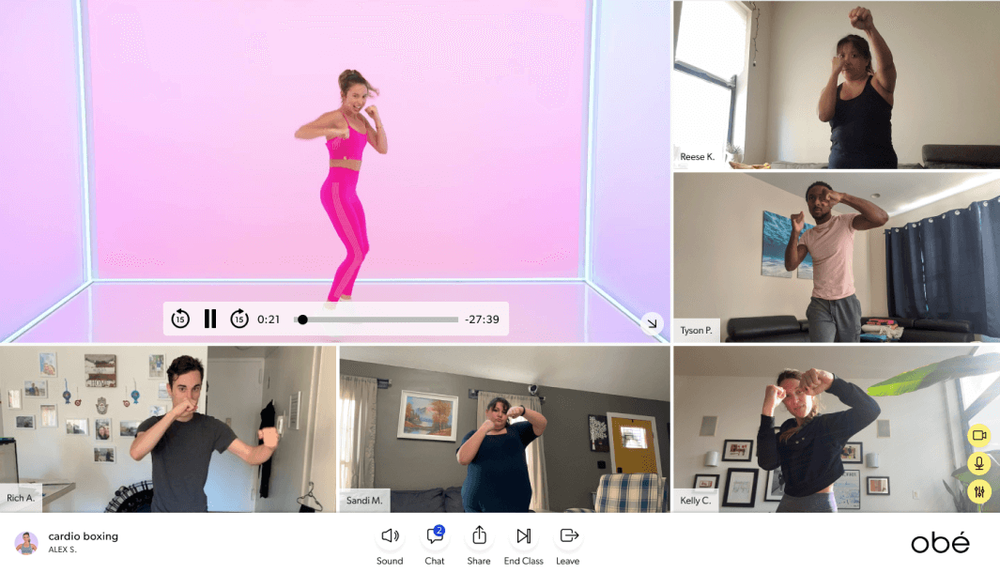

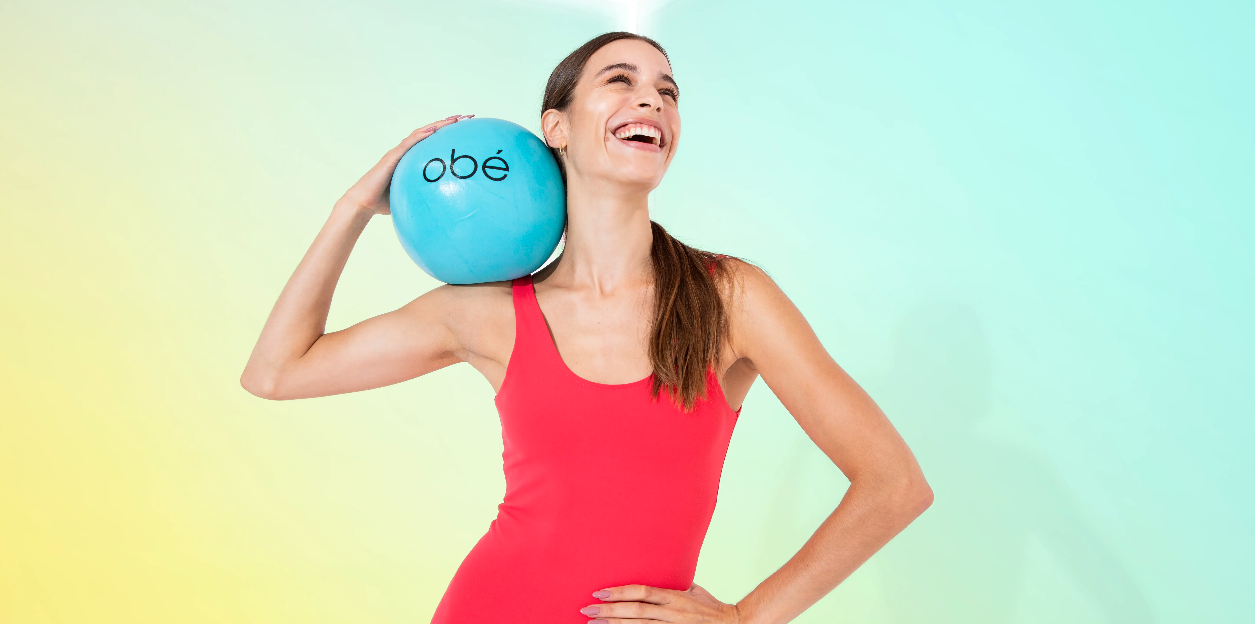
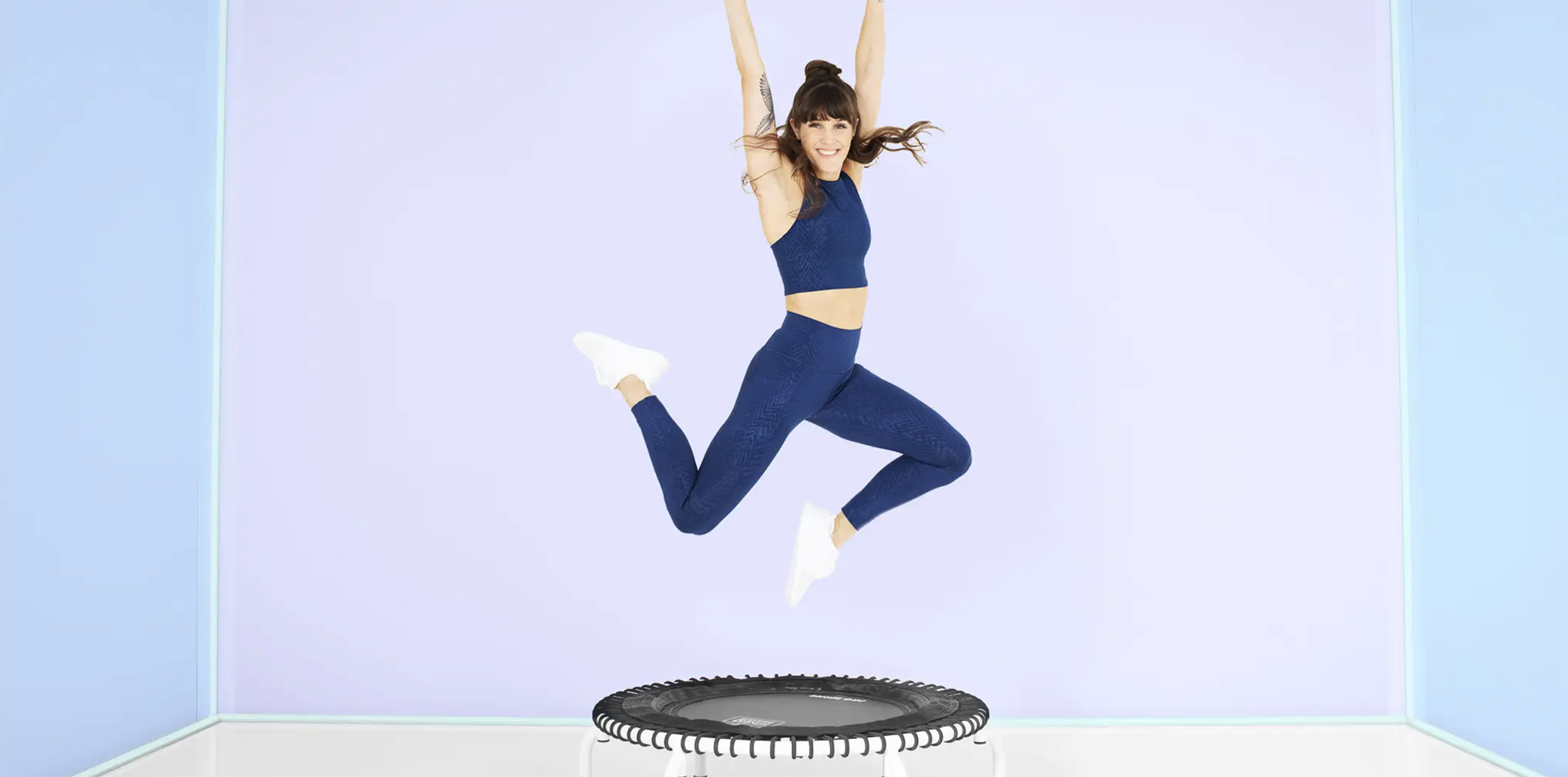
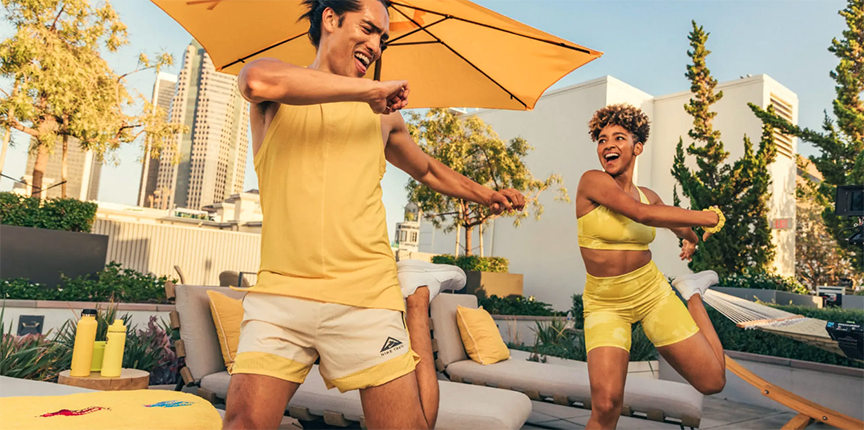
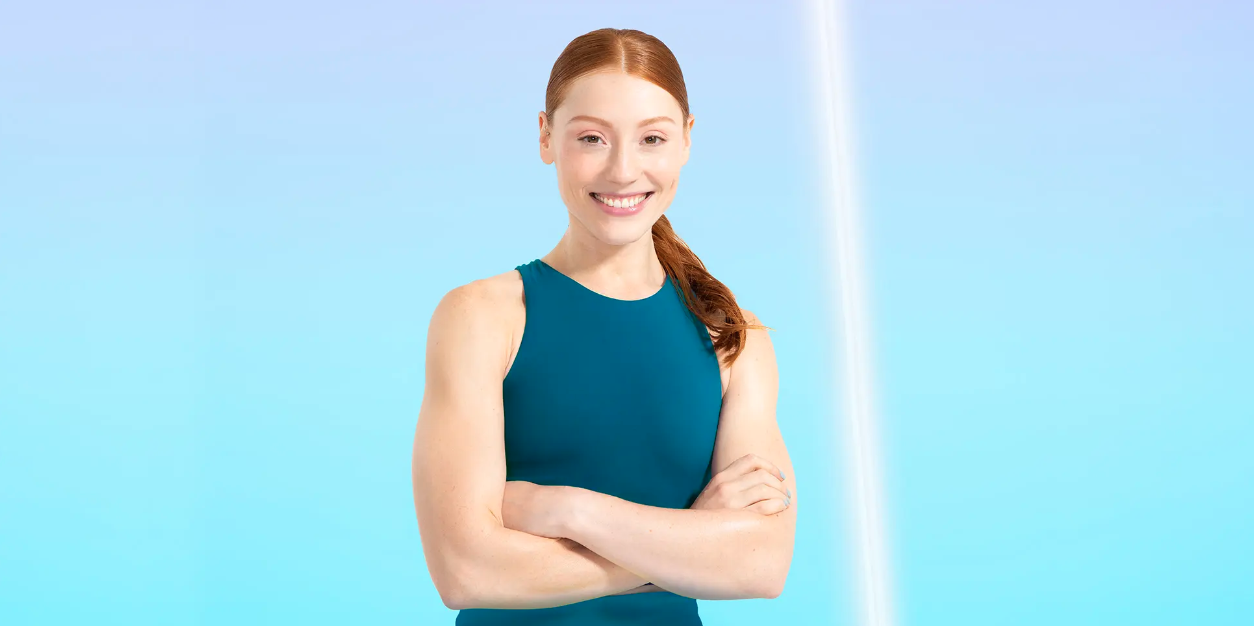
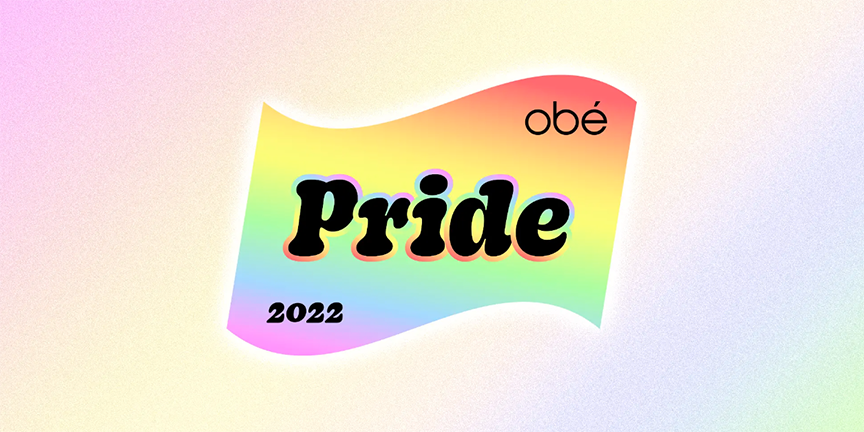


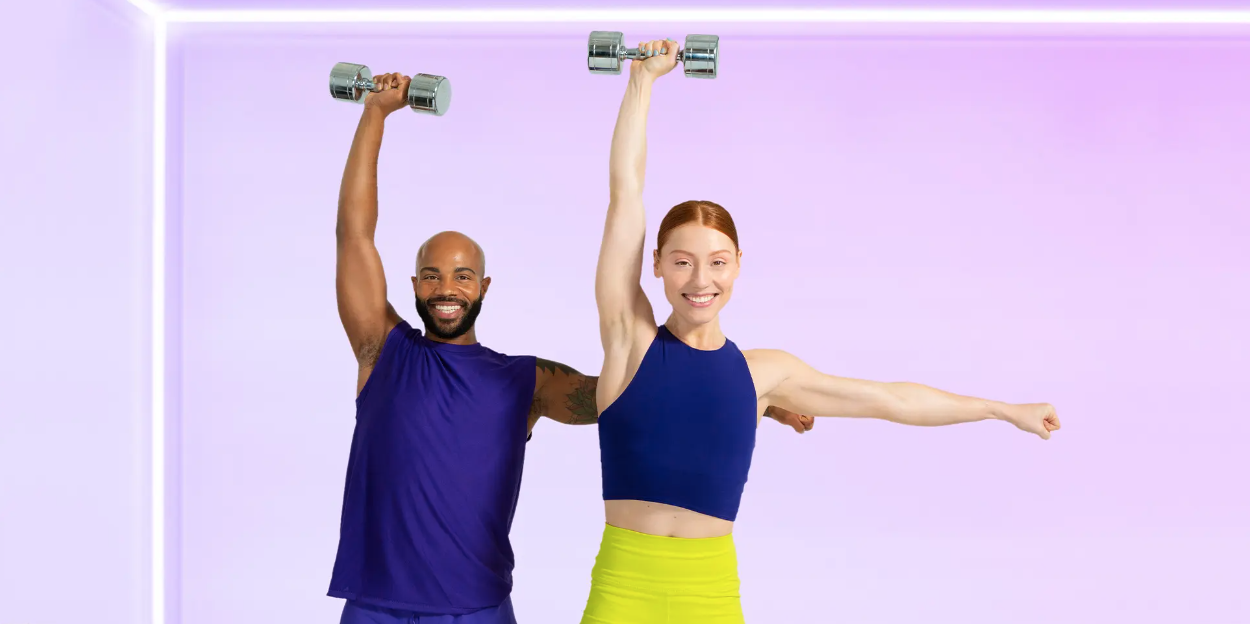
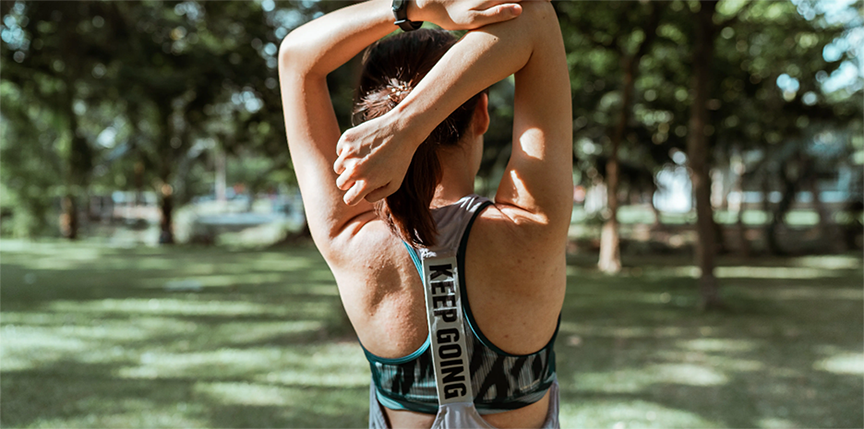

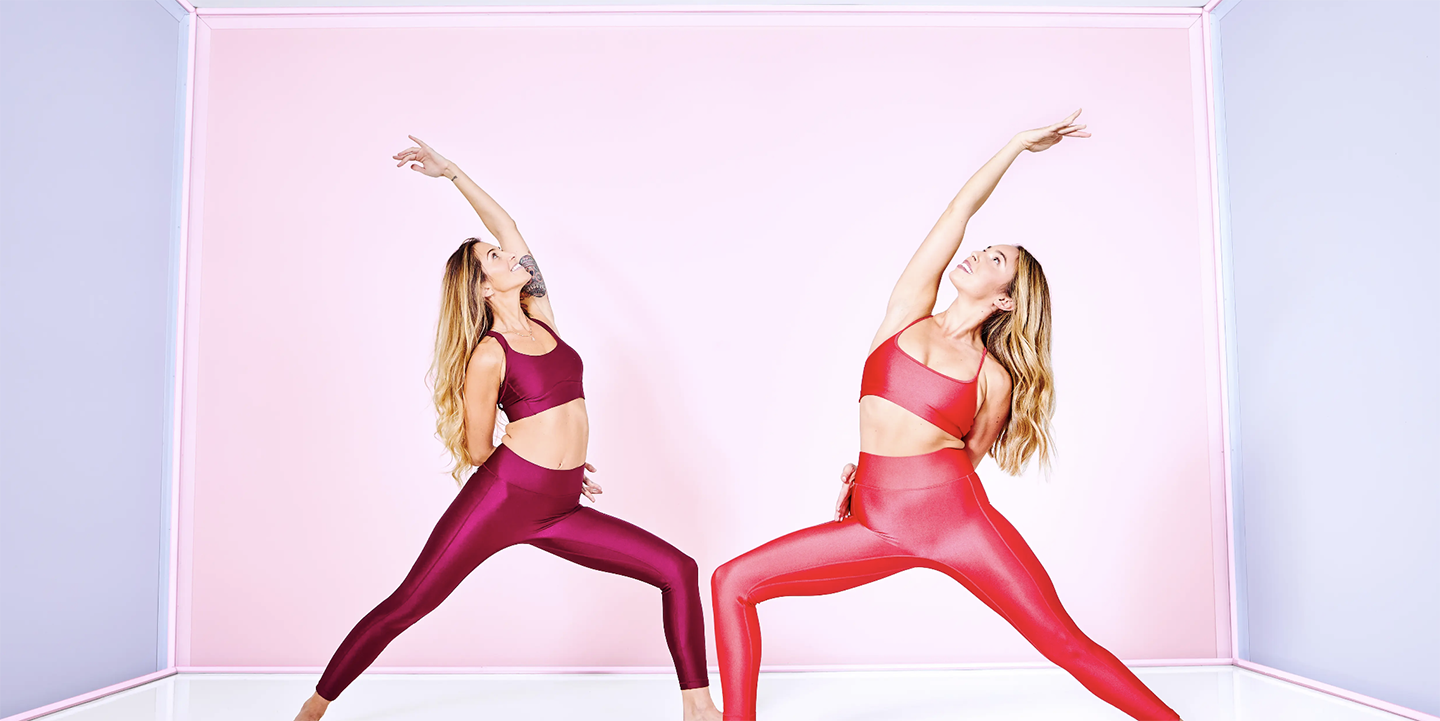
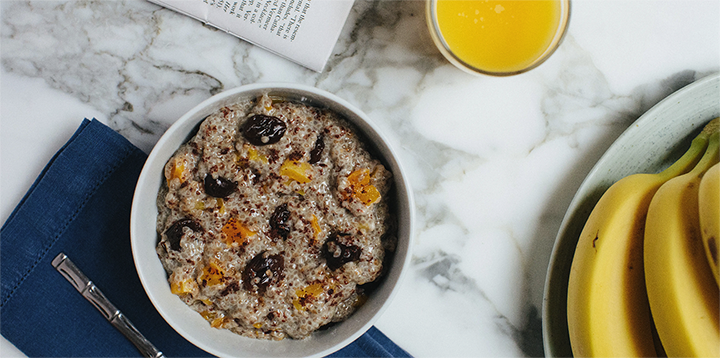
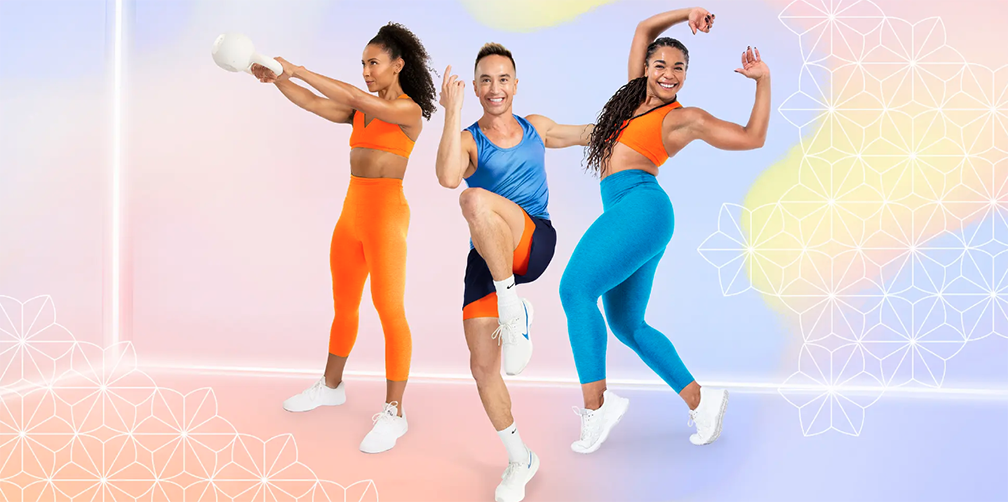

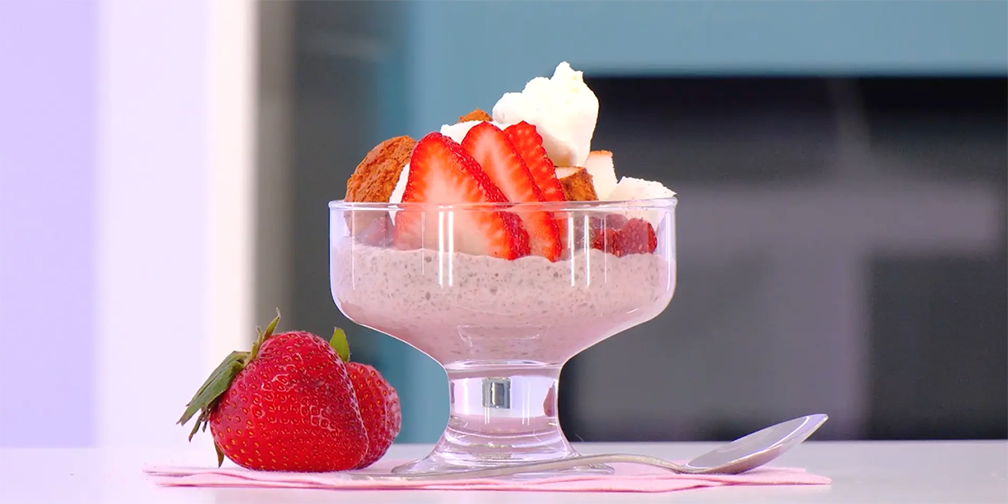
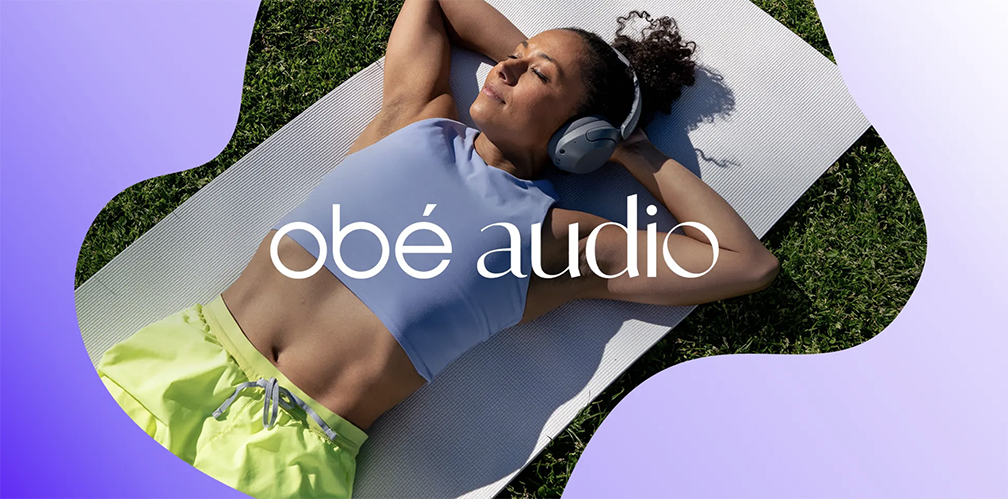
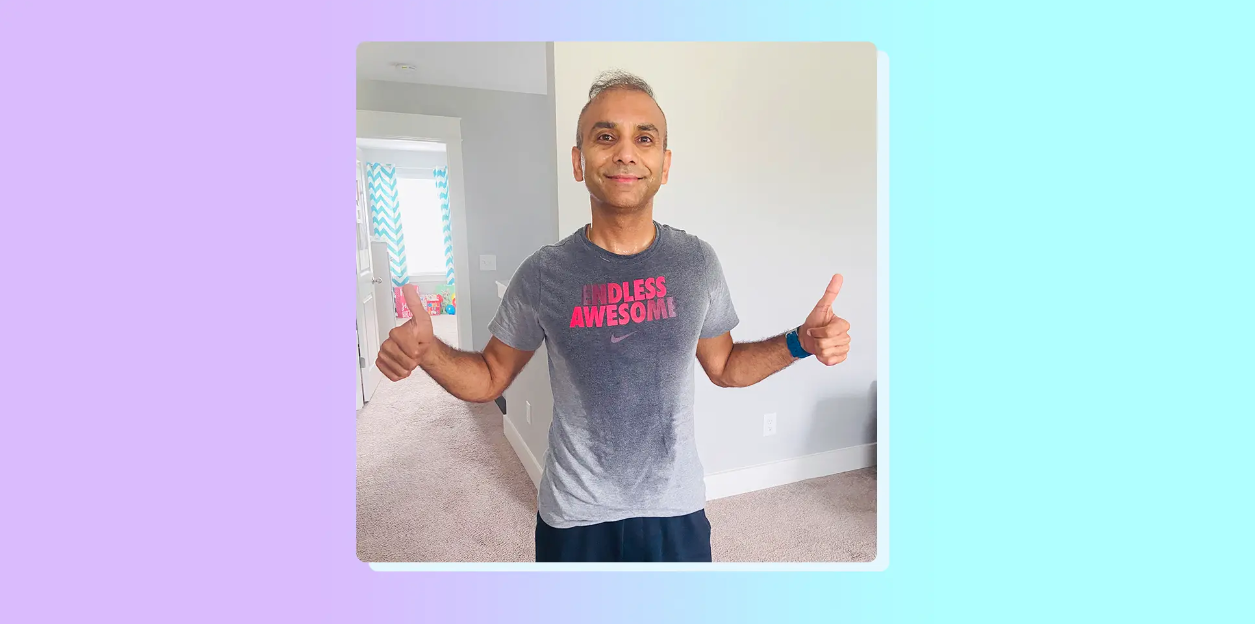
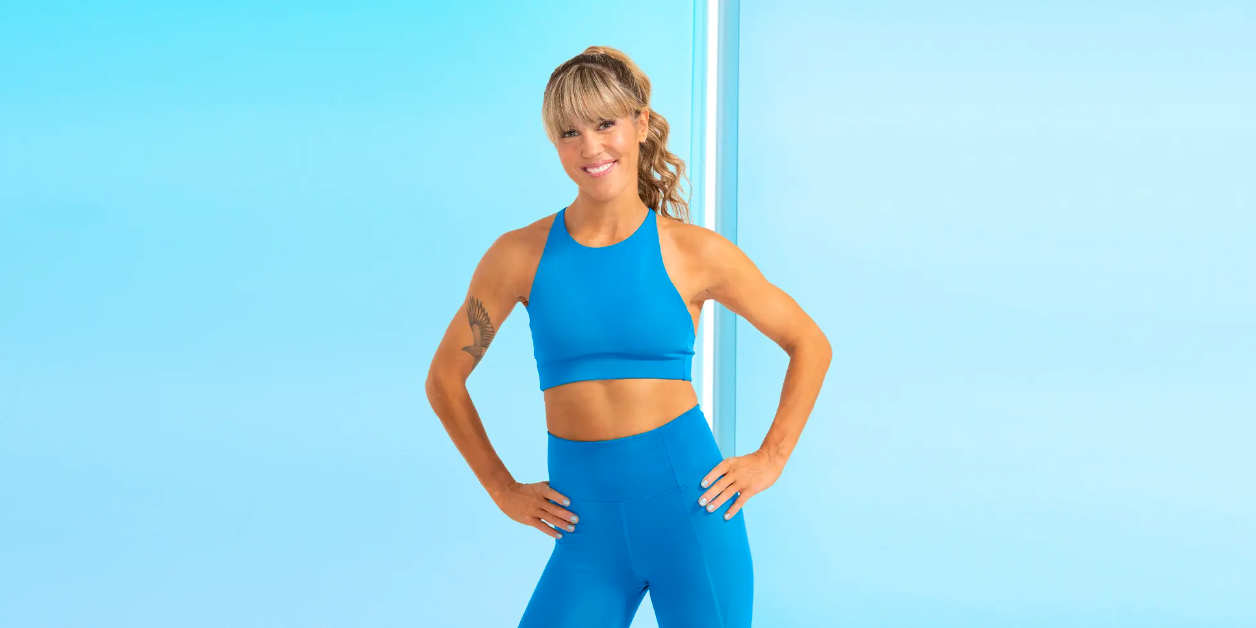
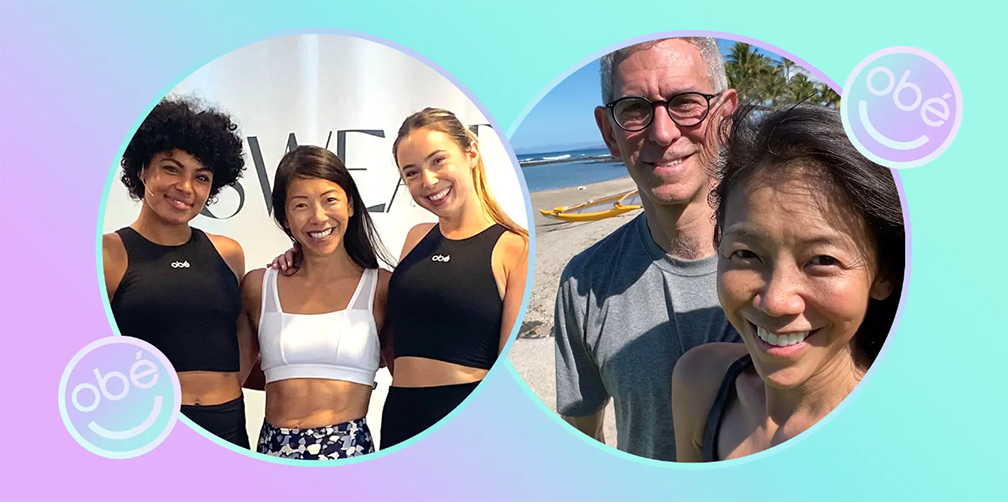



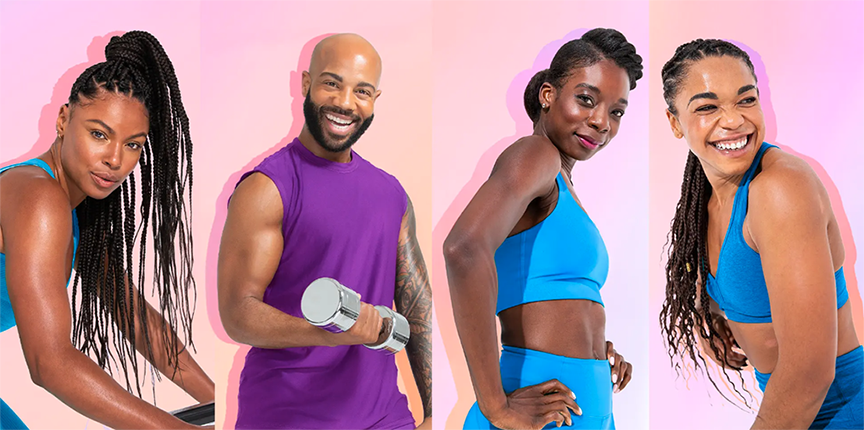
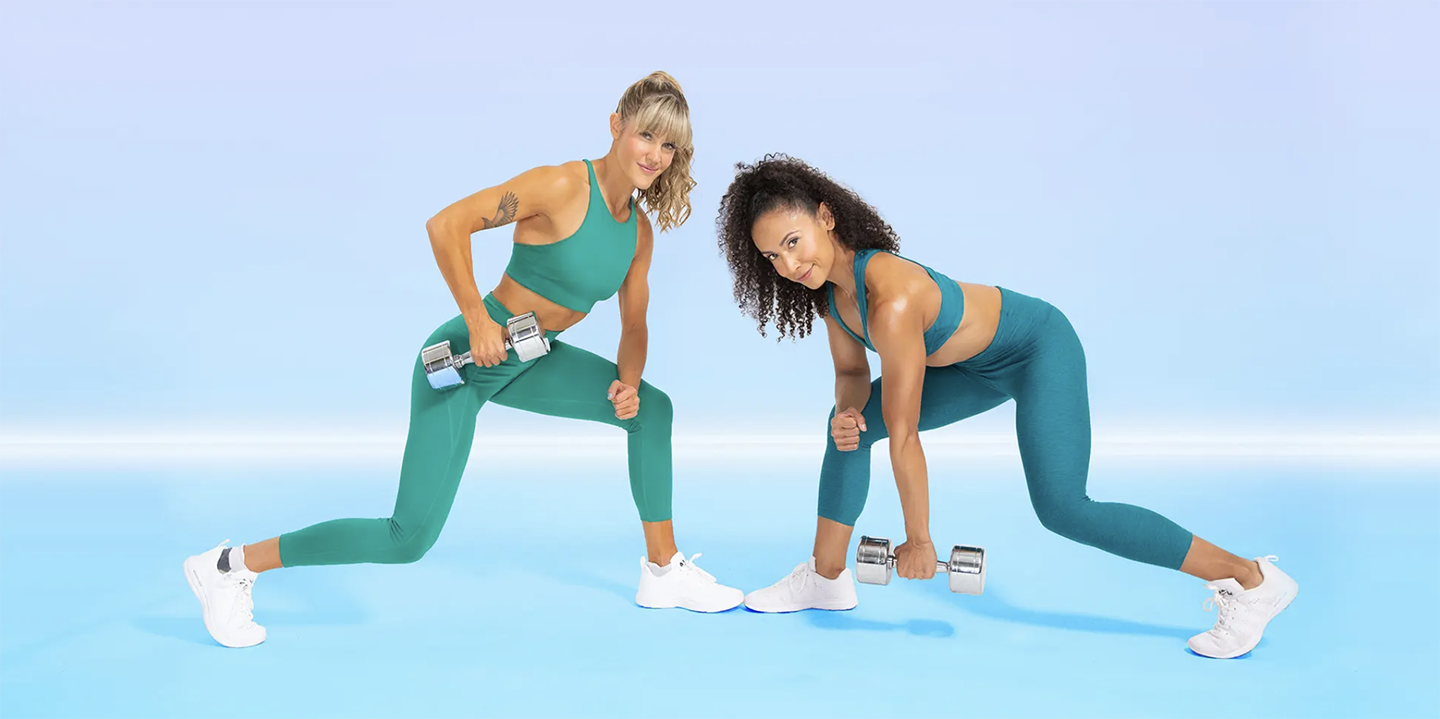
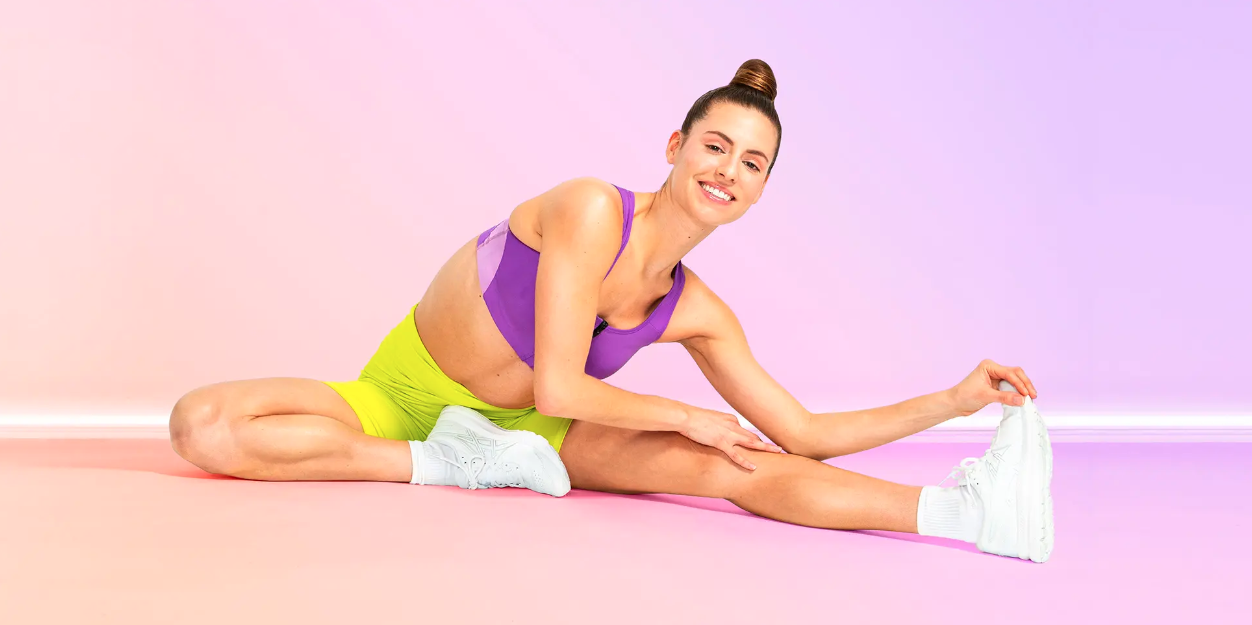
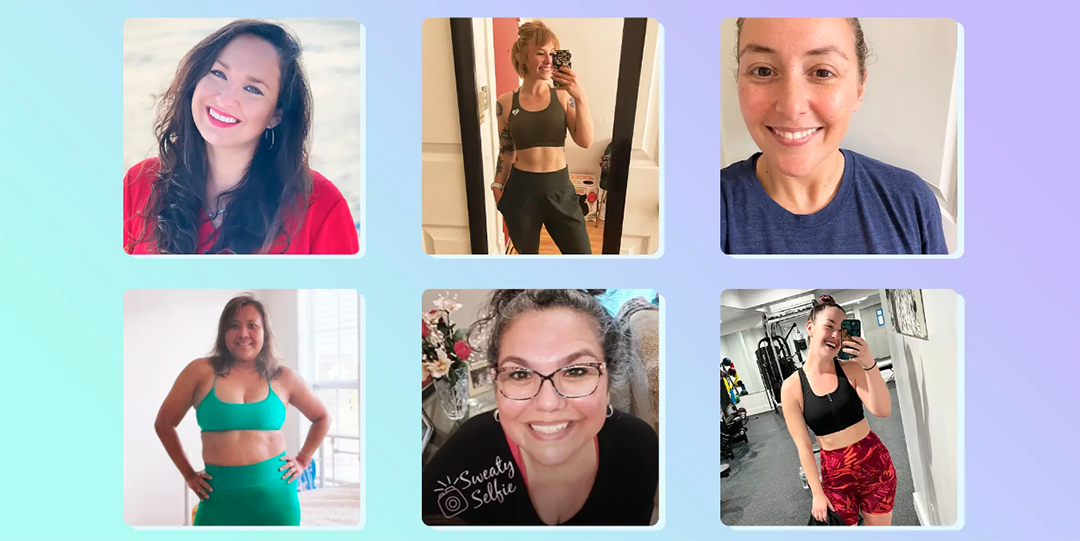
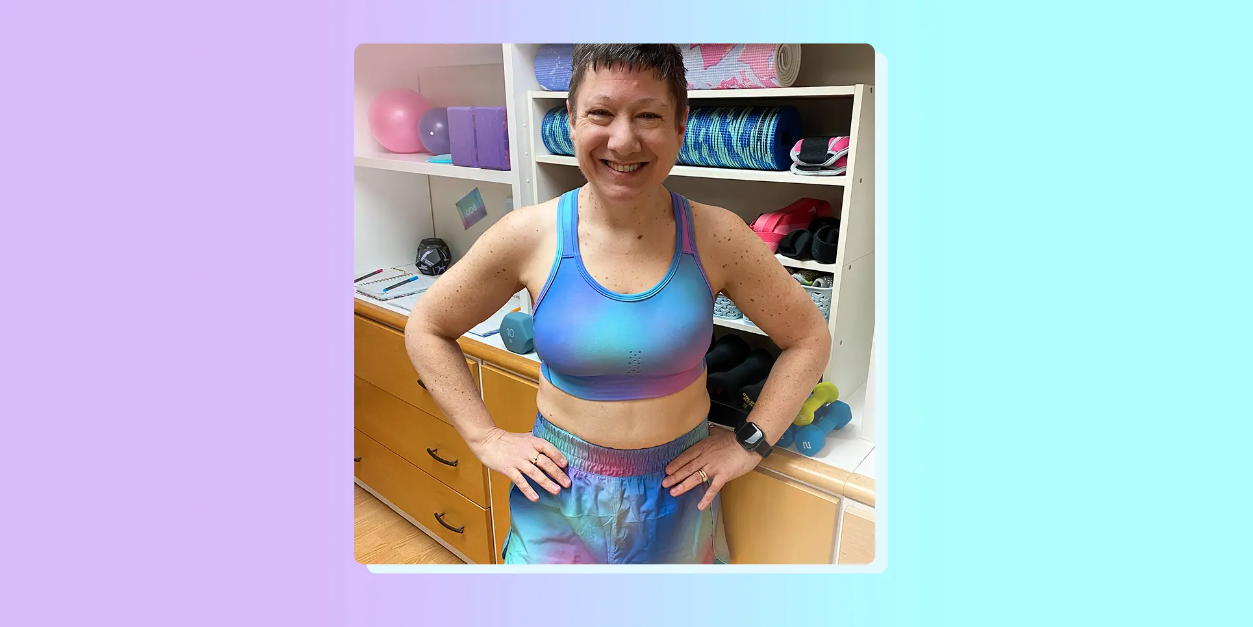
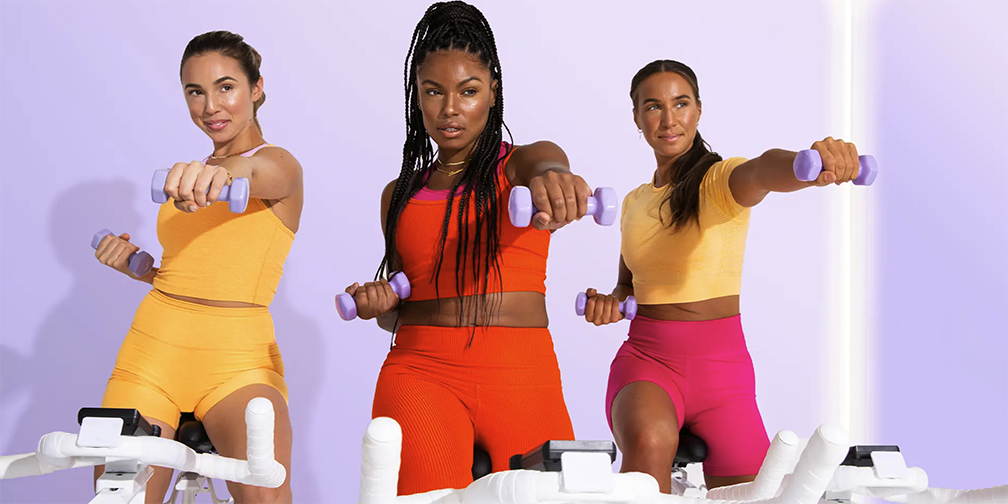
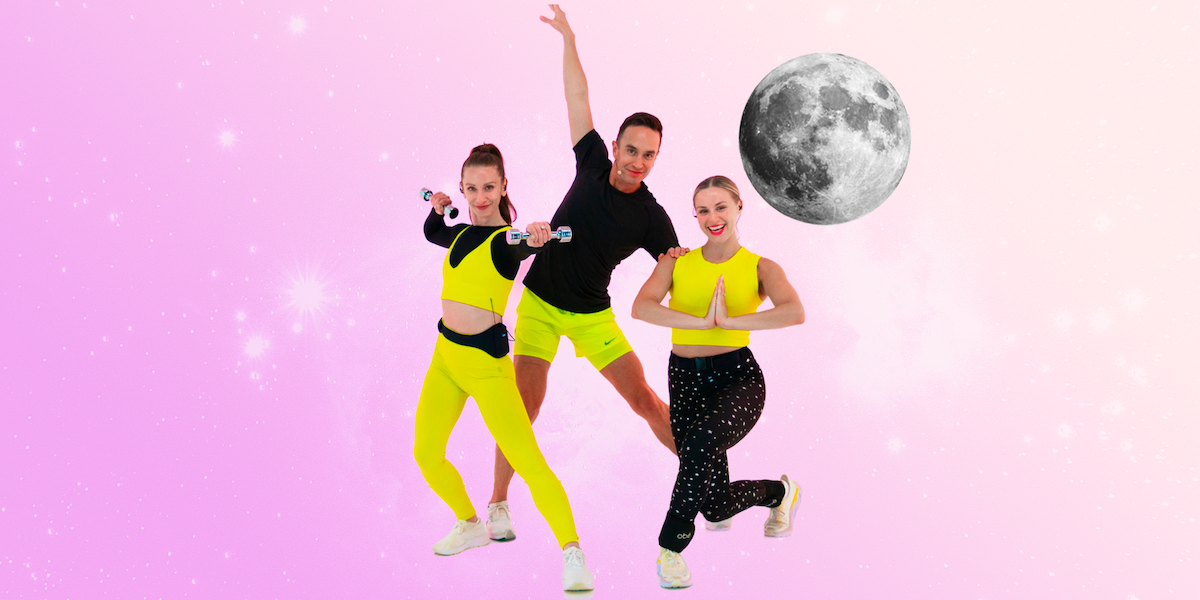
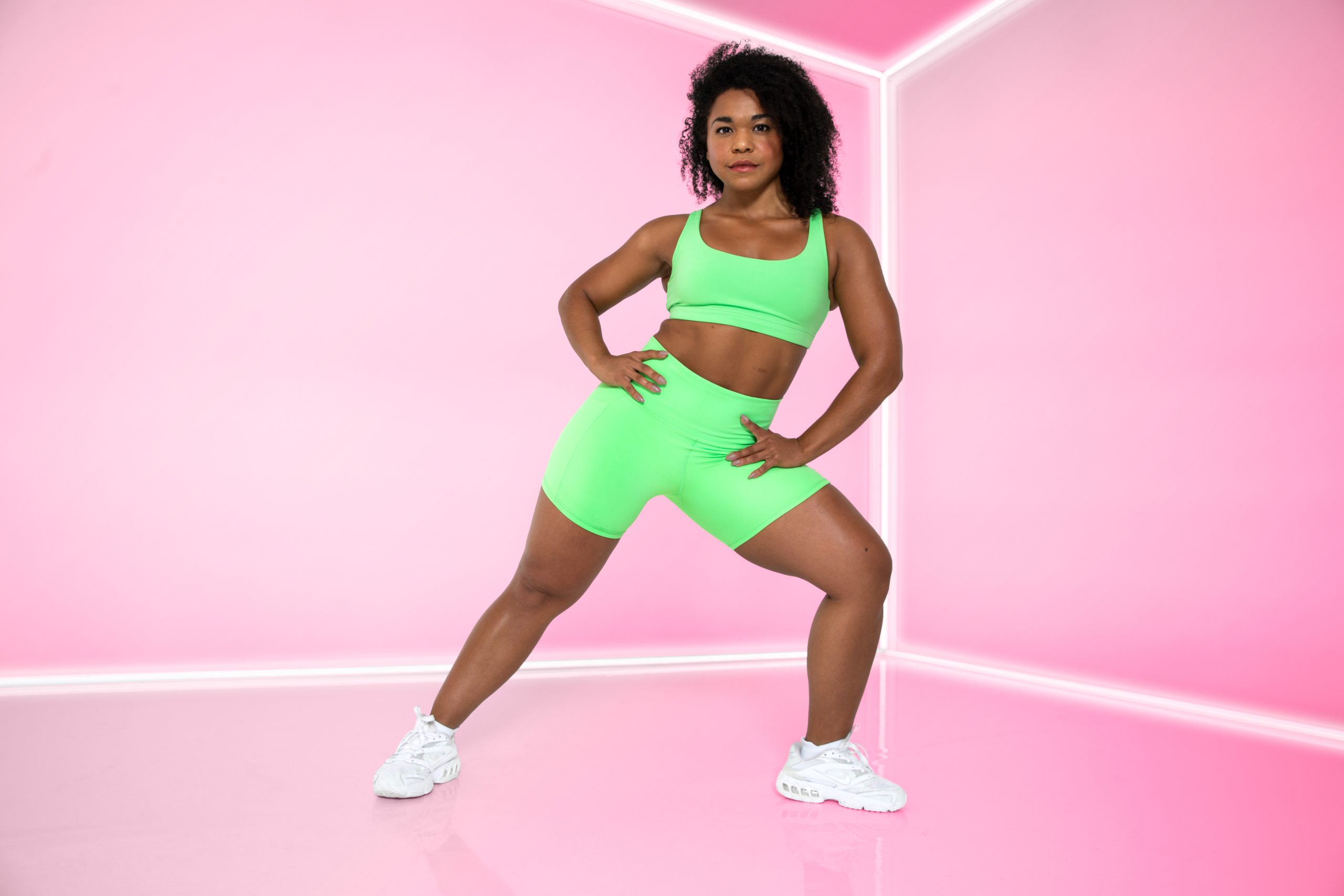
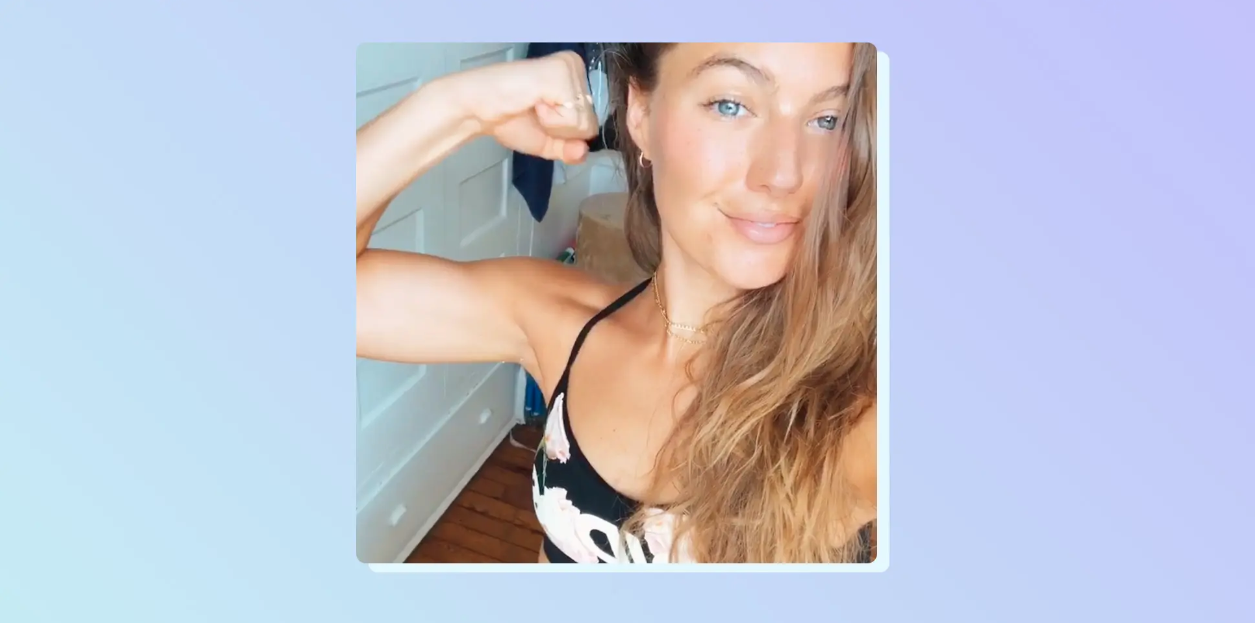
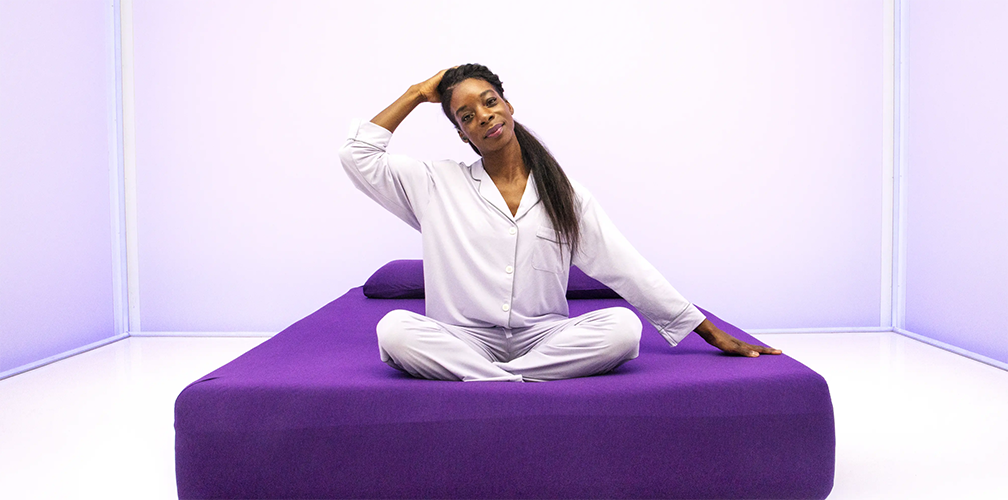

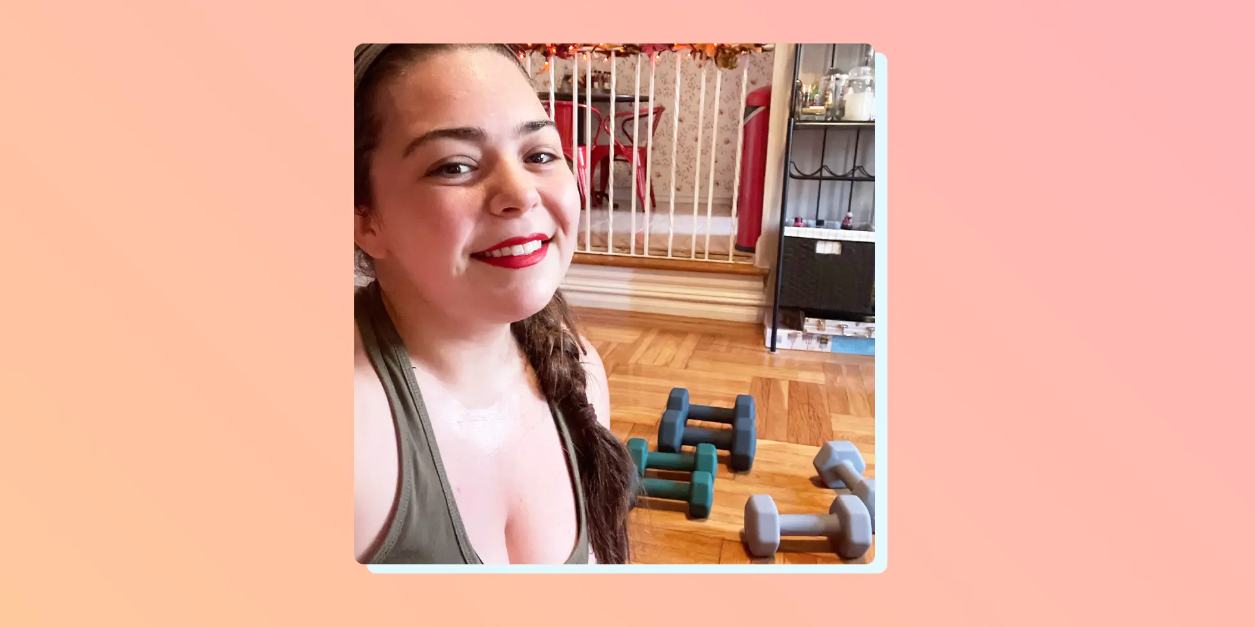
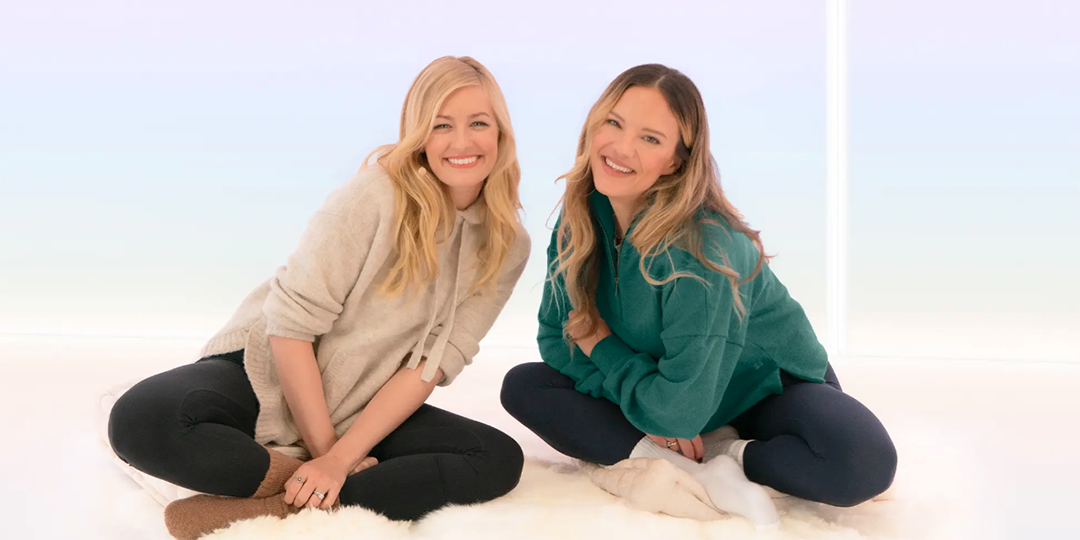
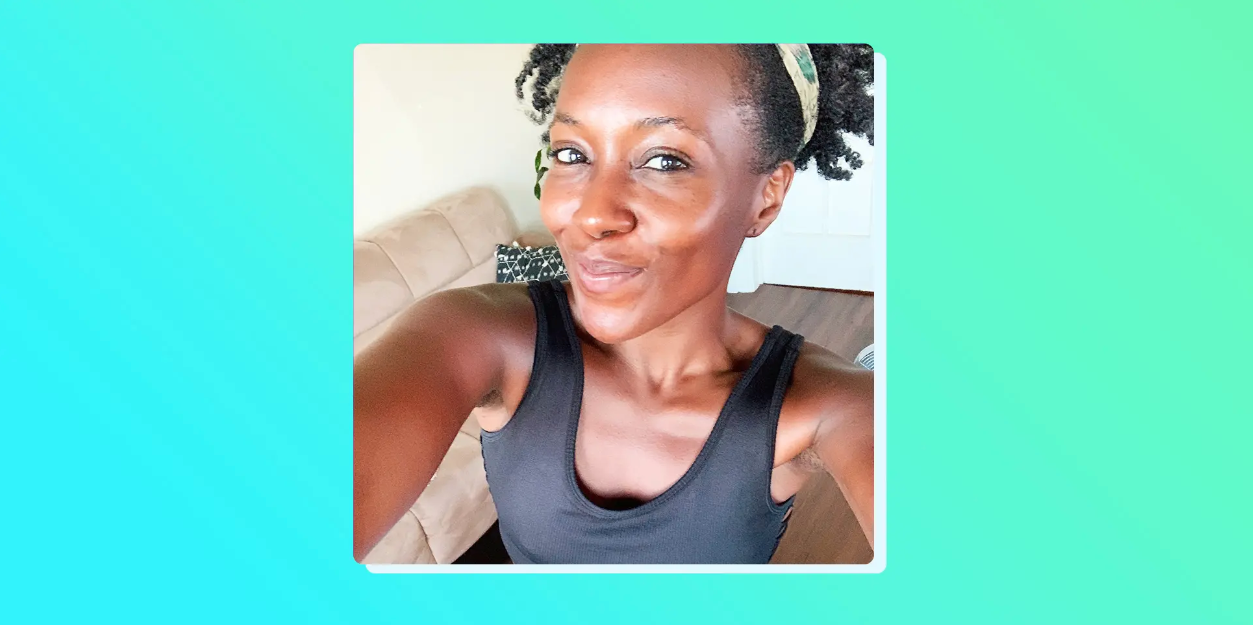
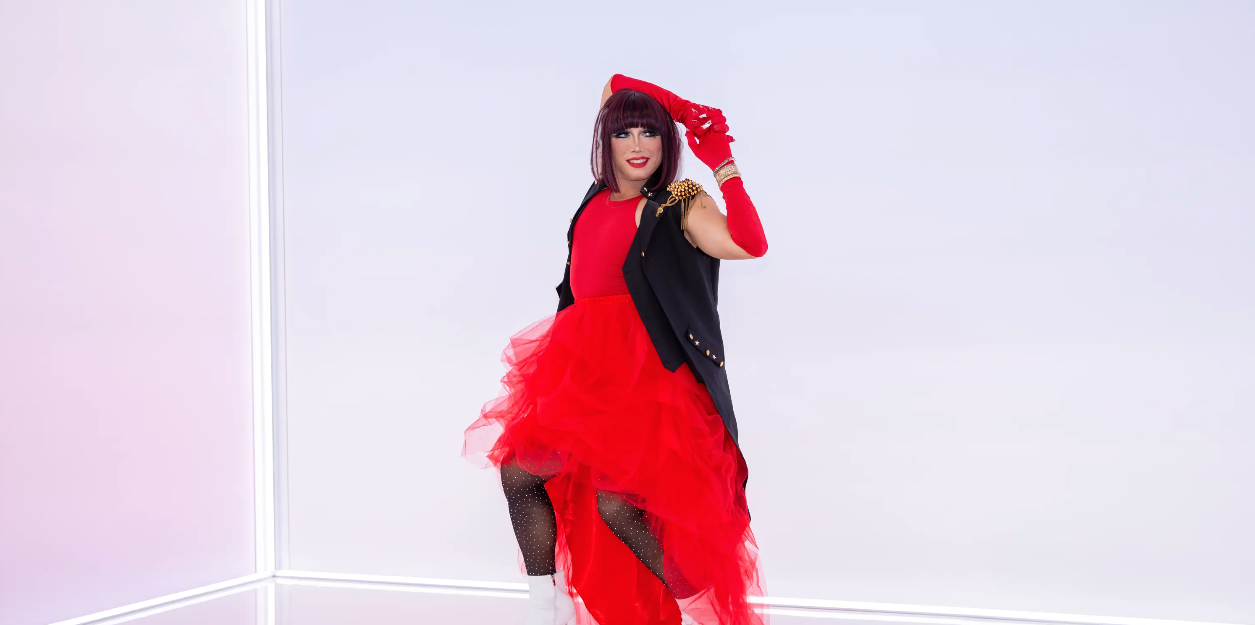
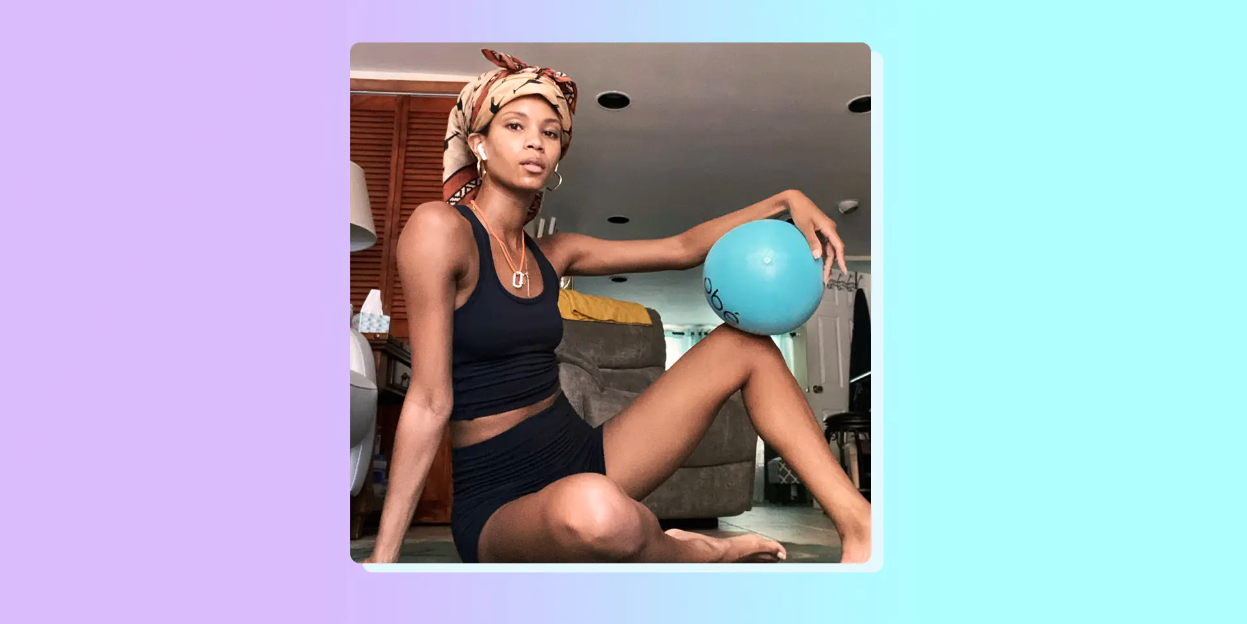
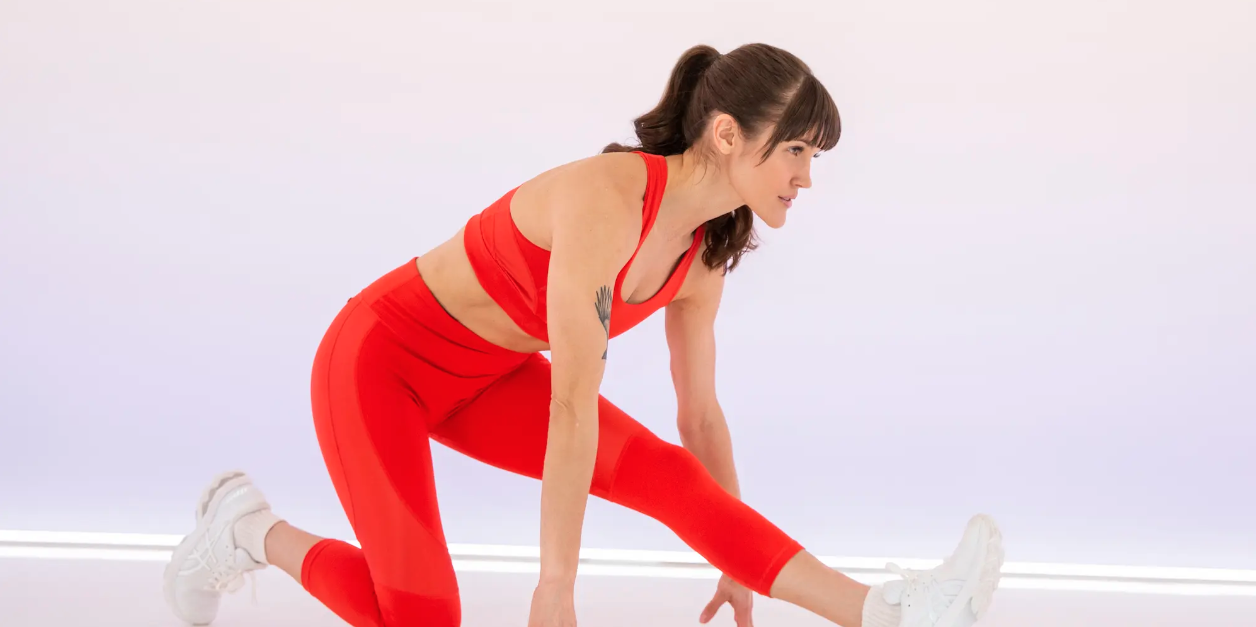
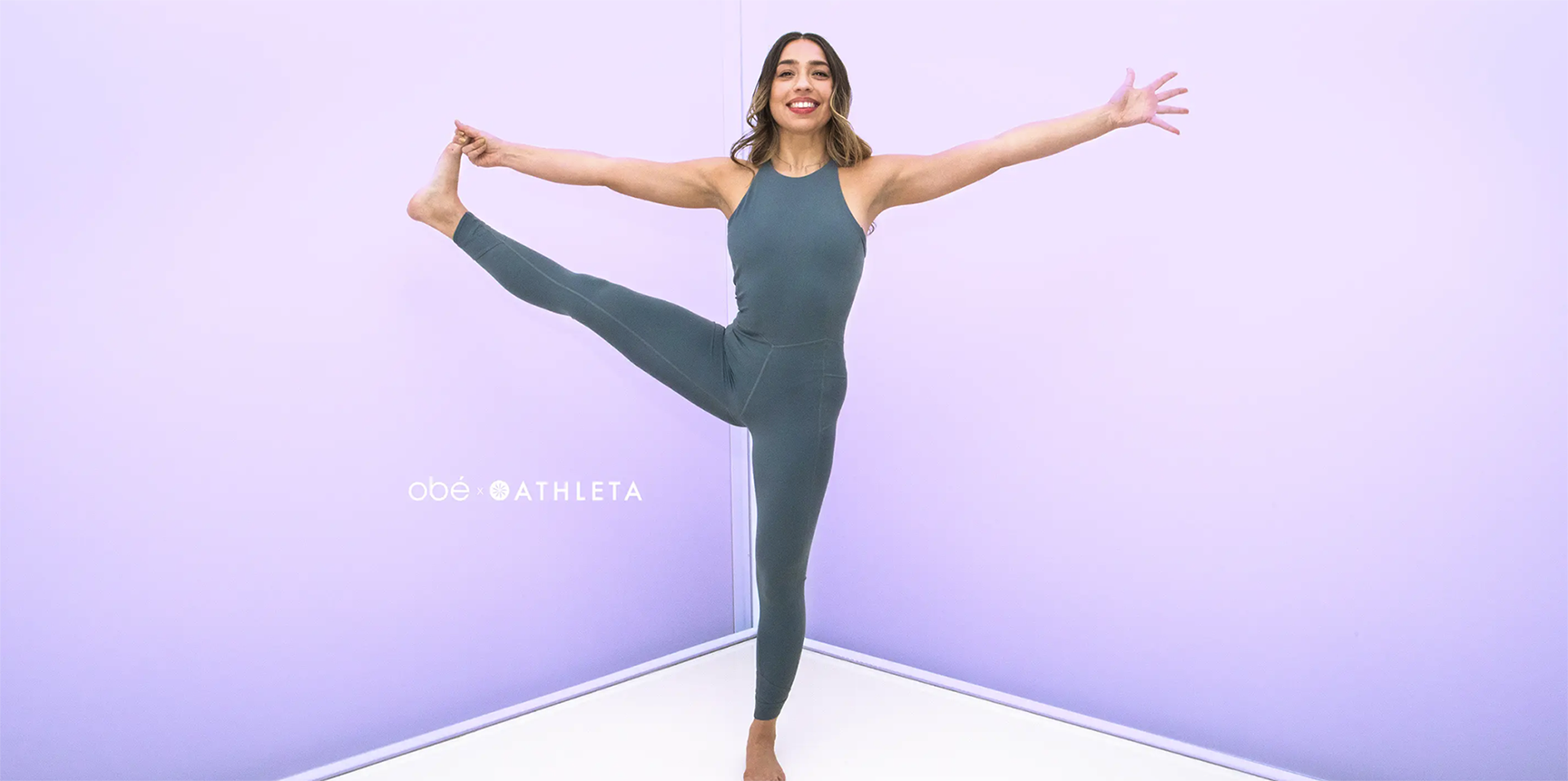
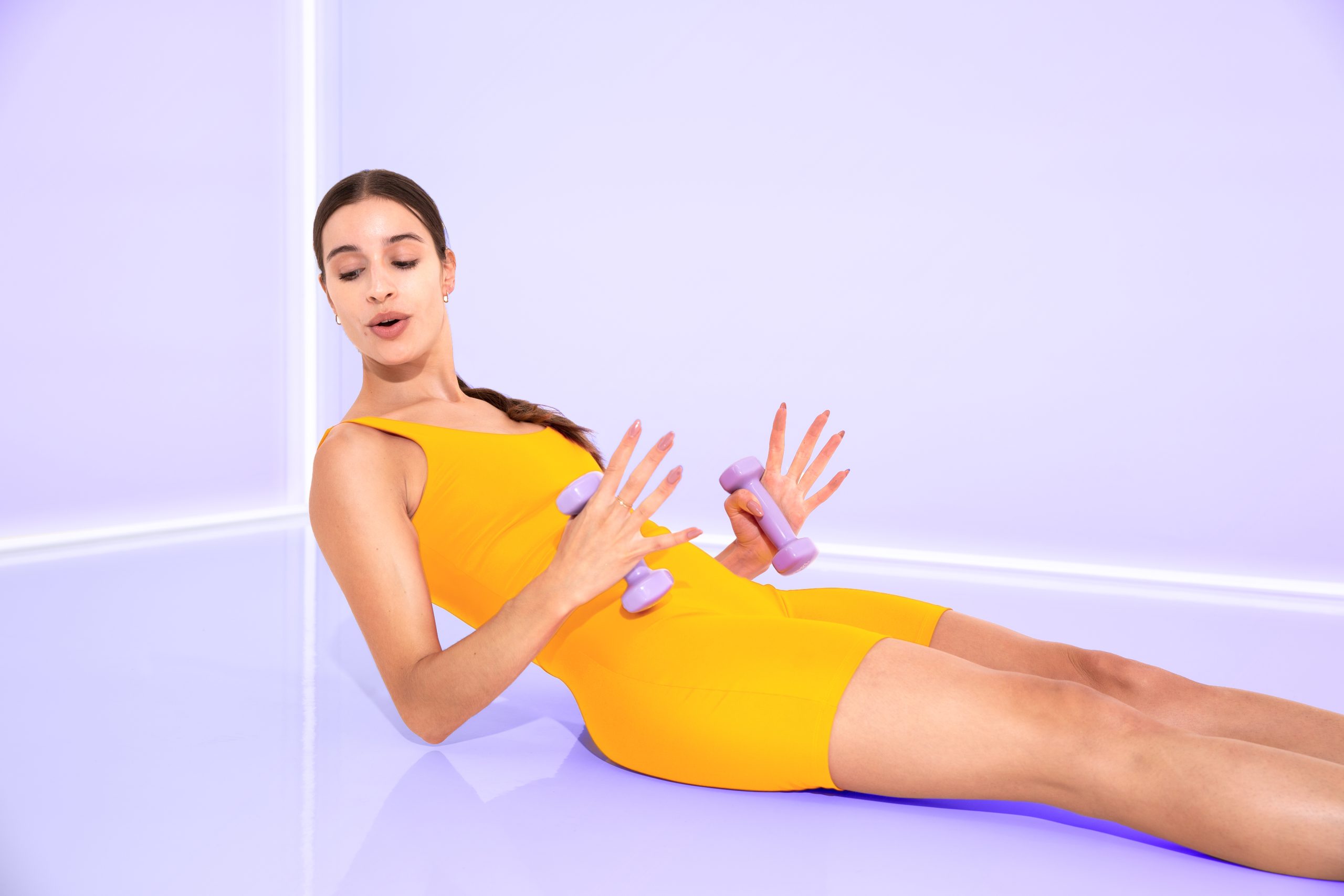
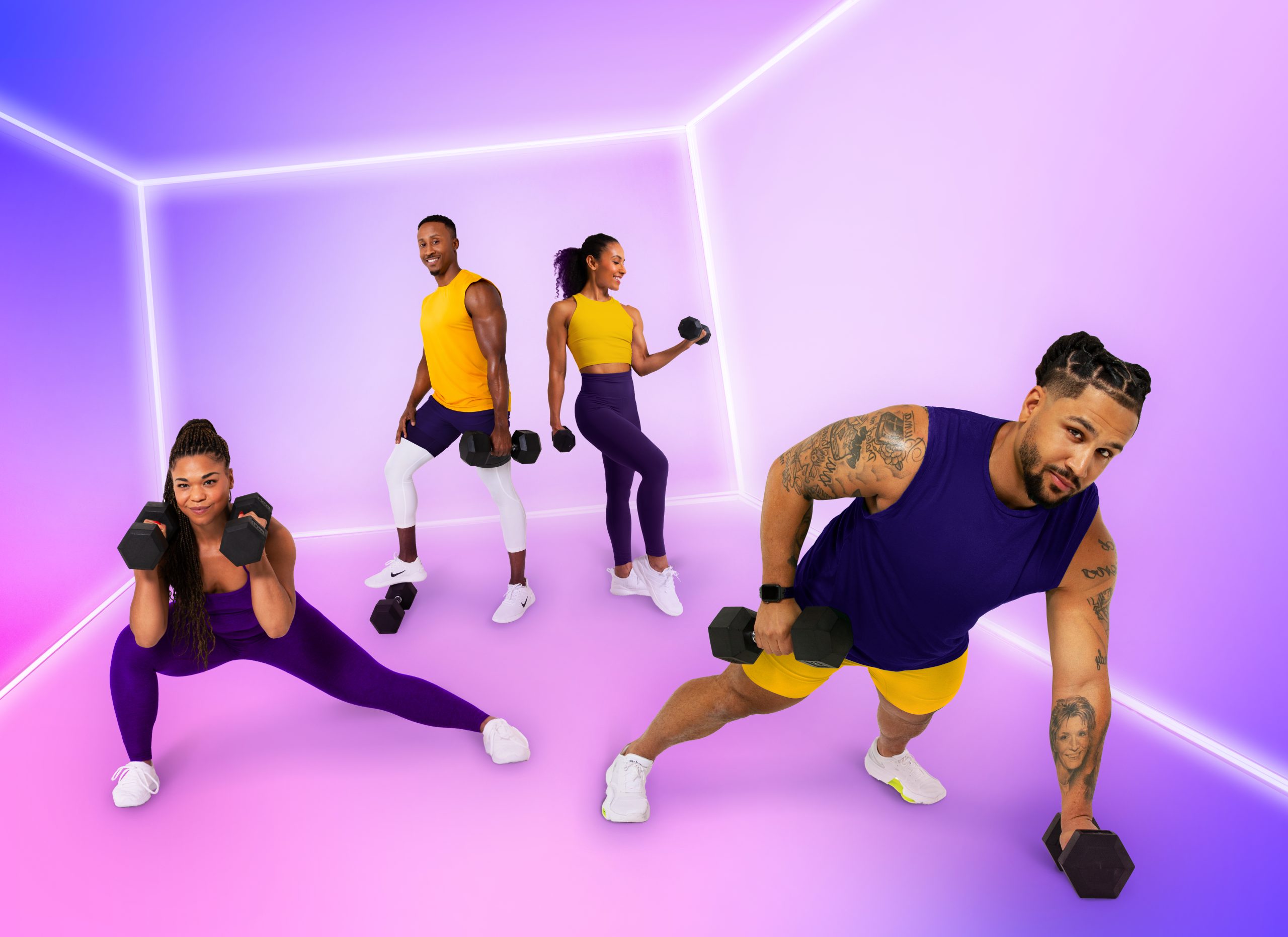
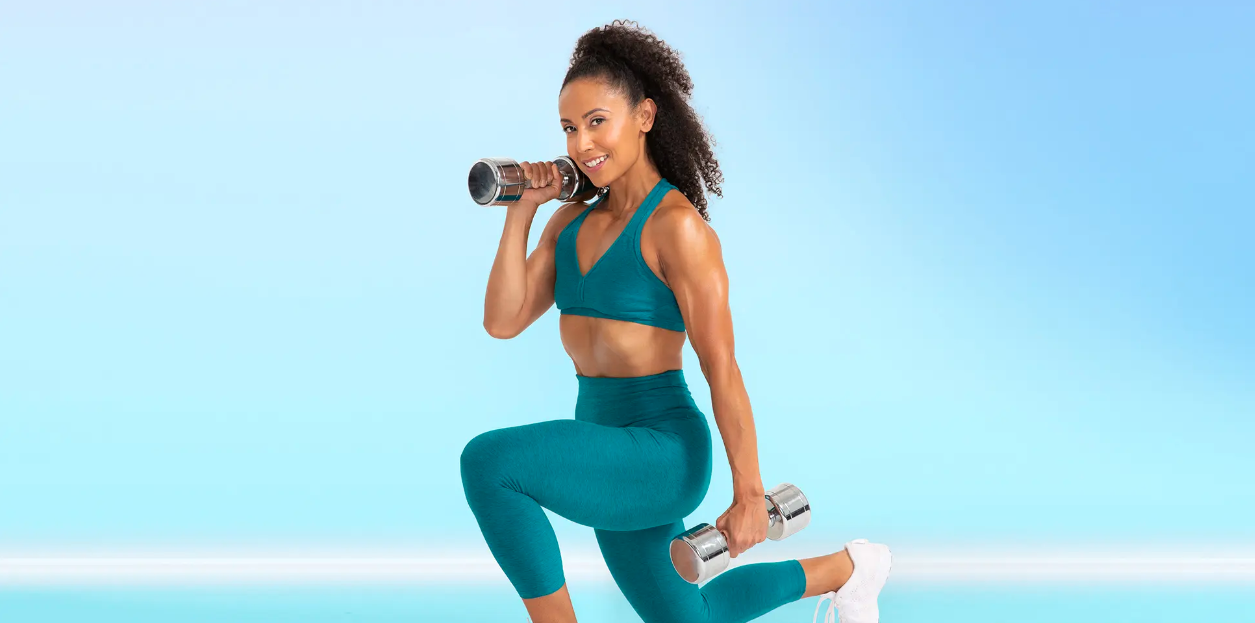
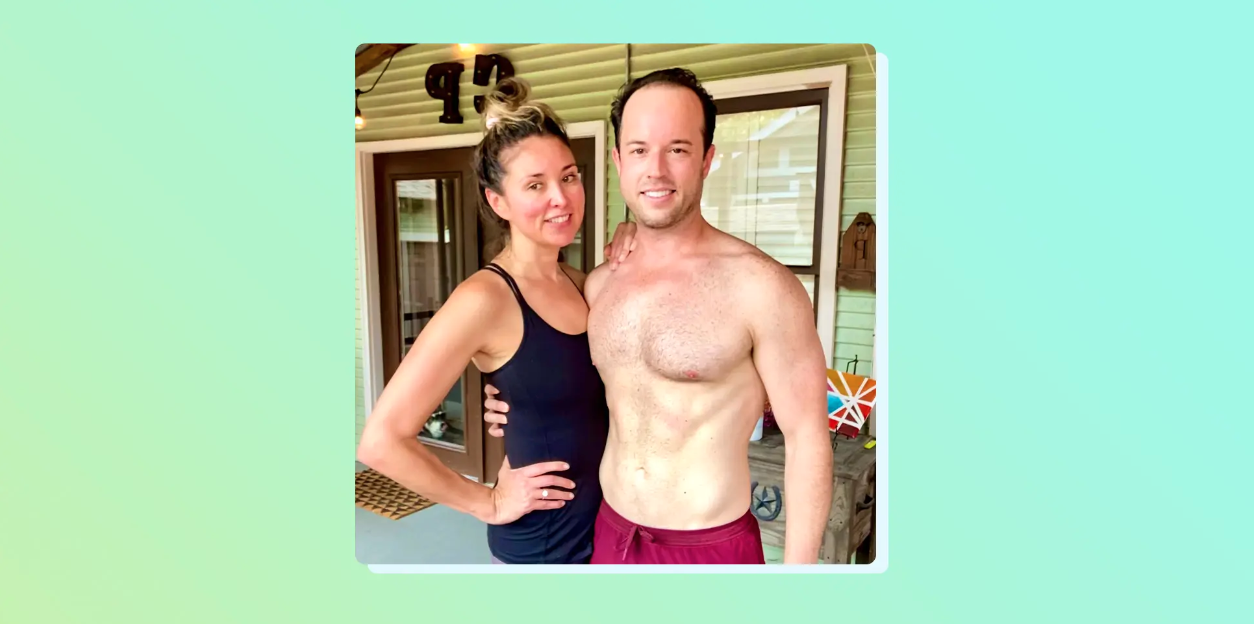
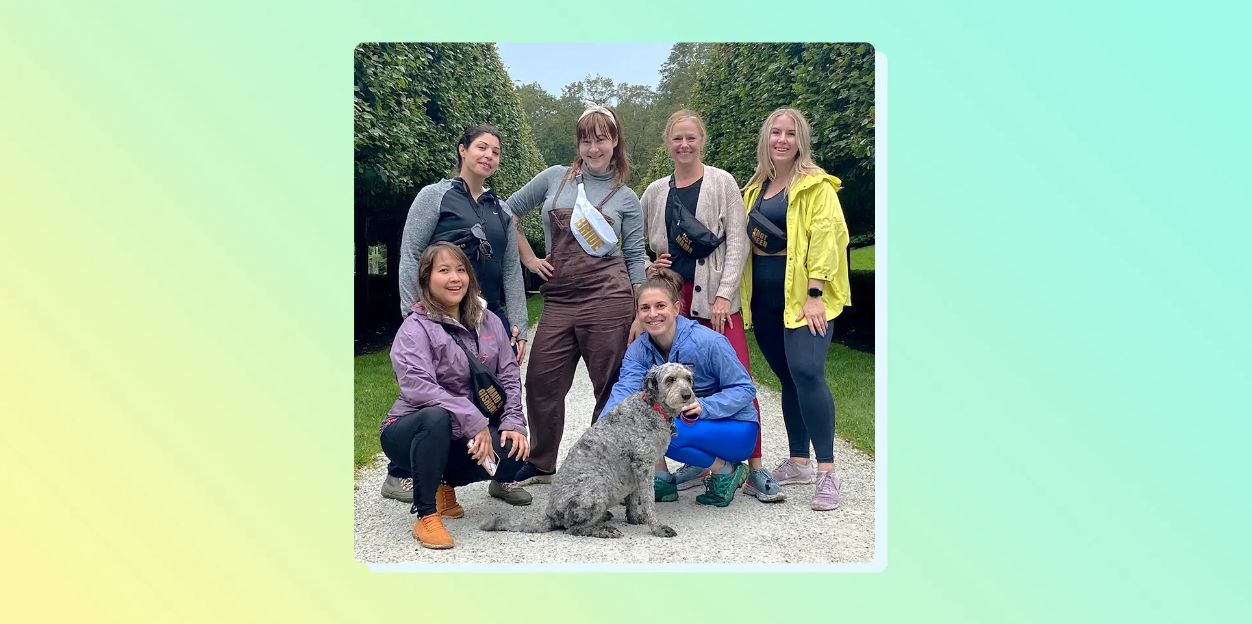
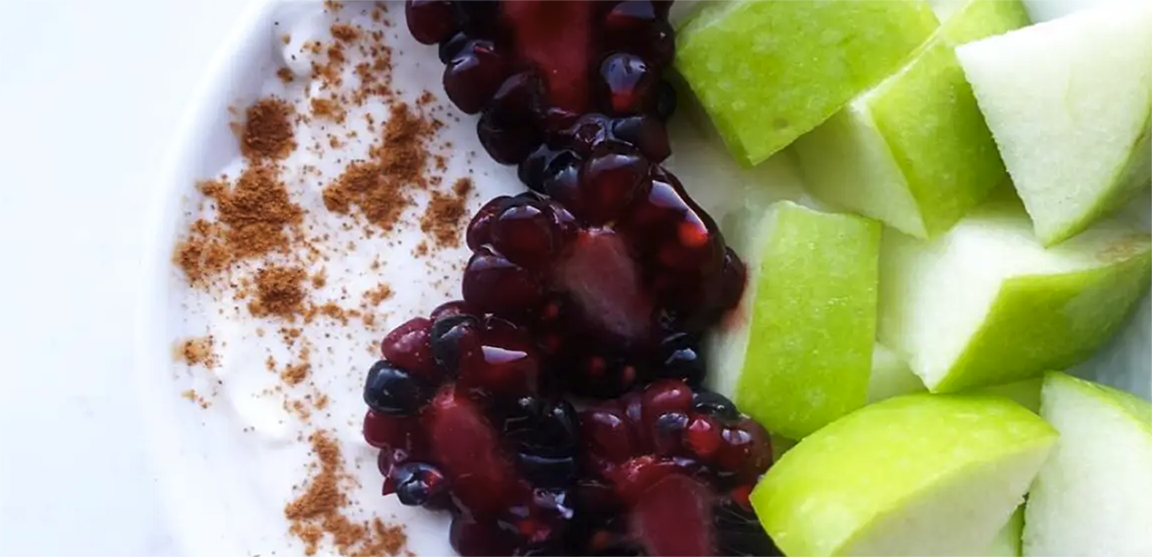

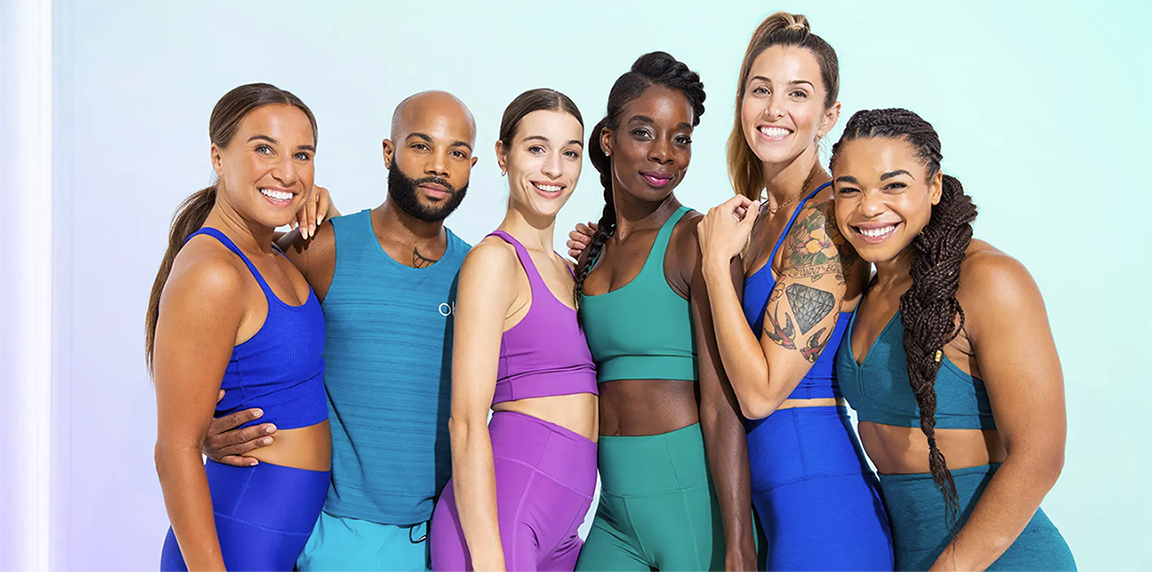
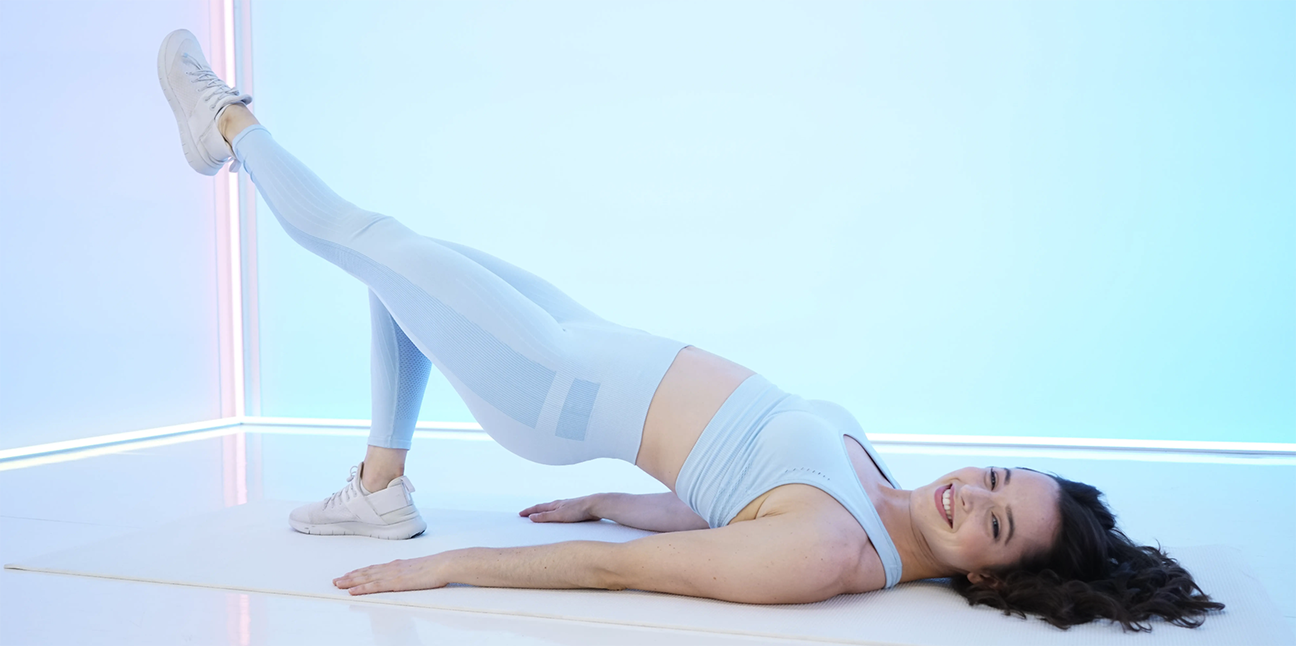
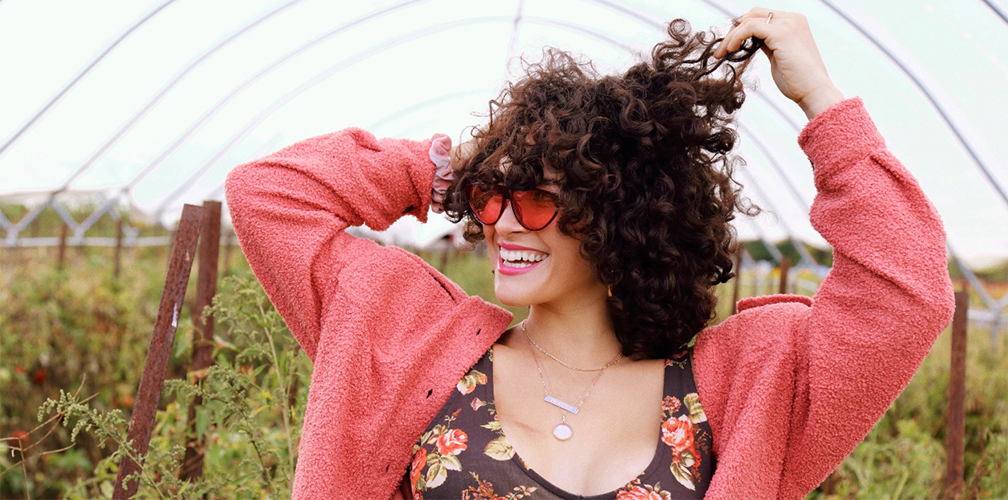
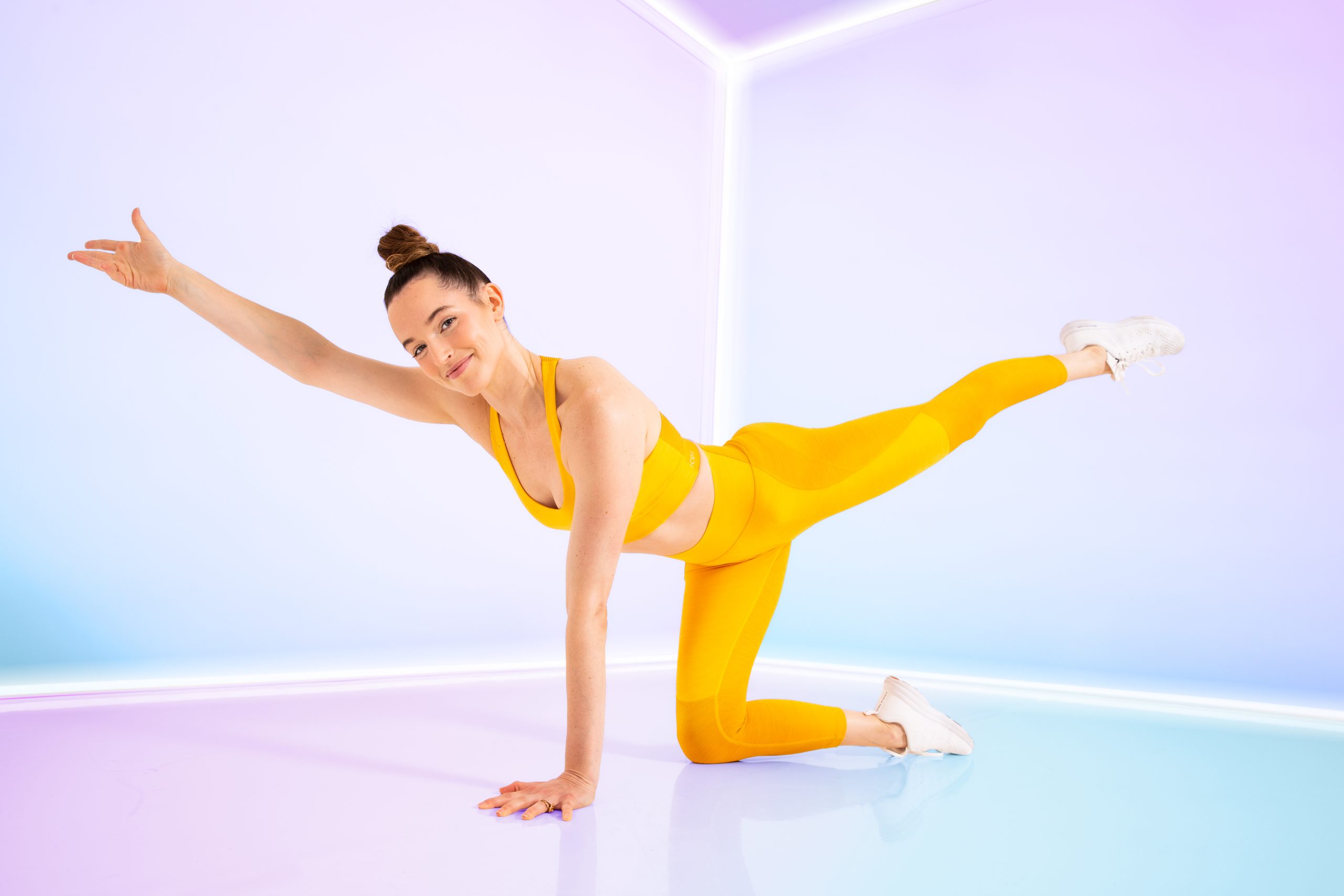
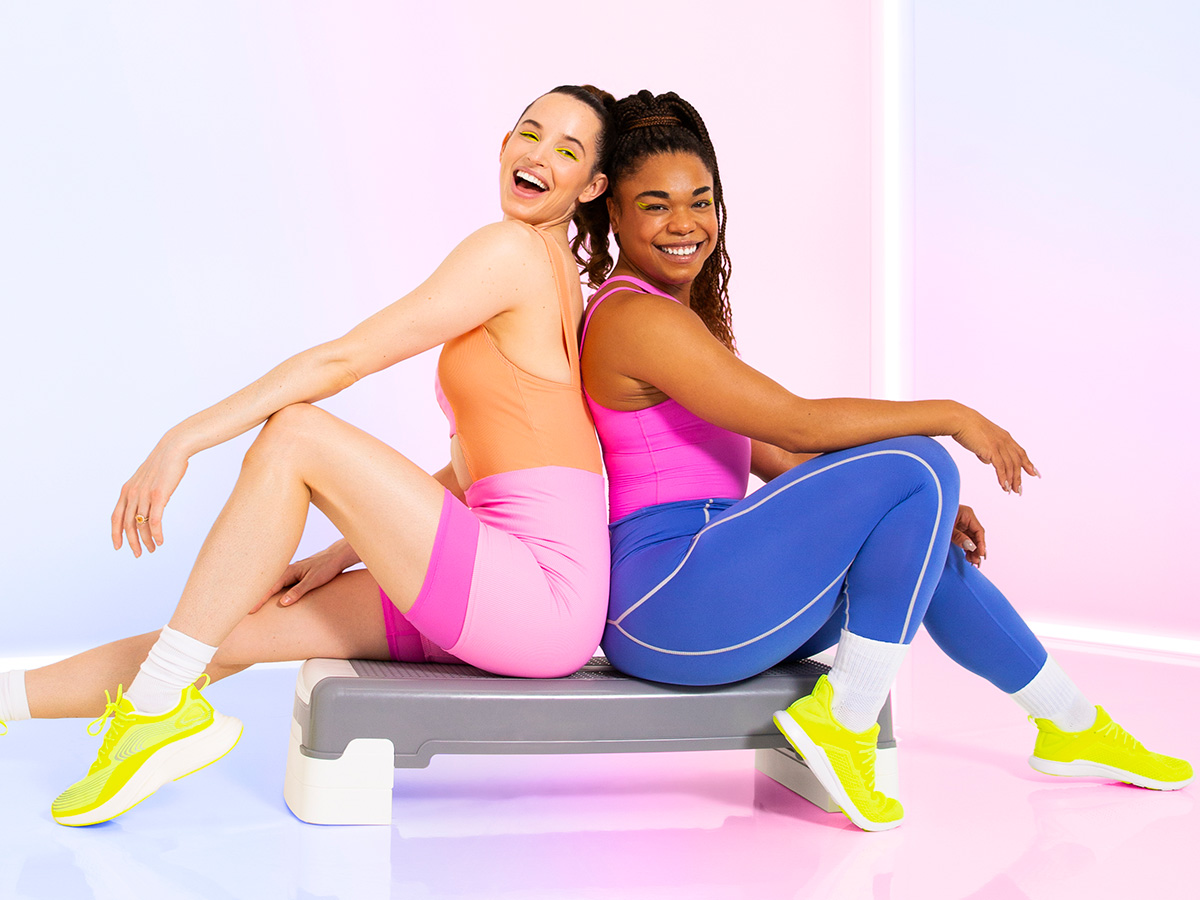
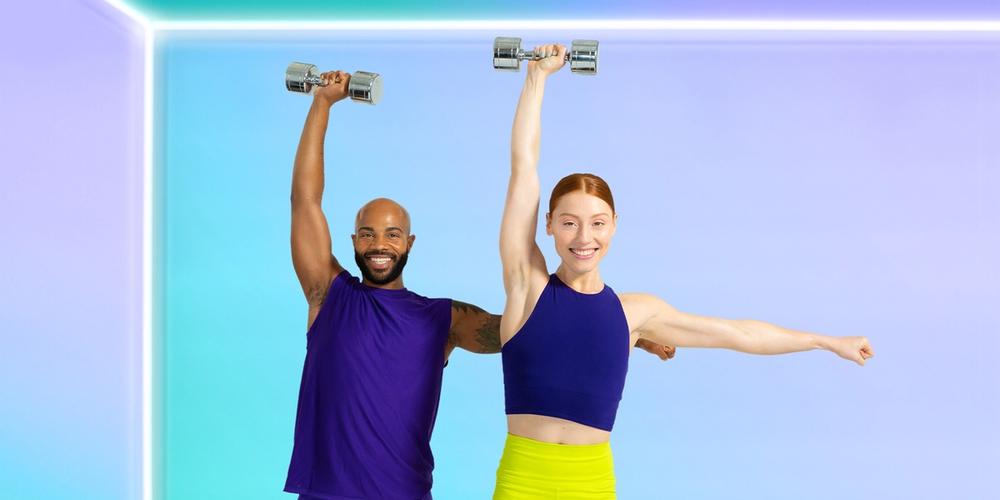
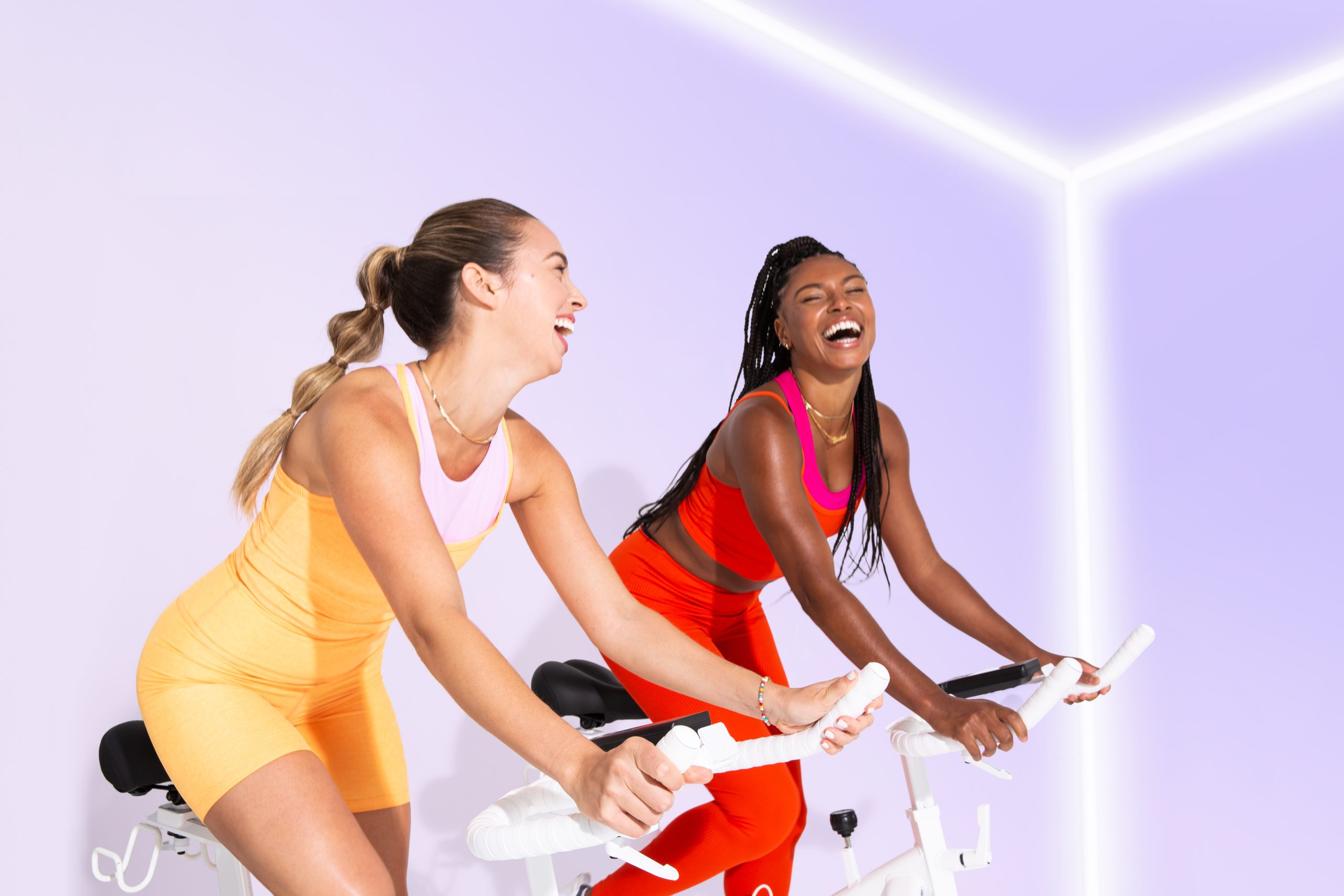
Leave a Reply